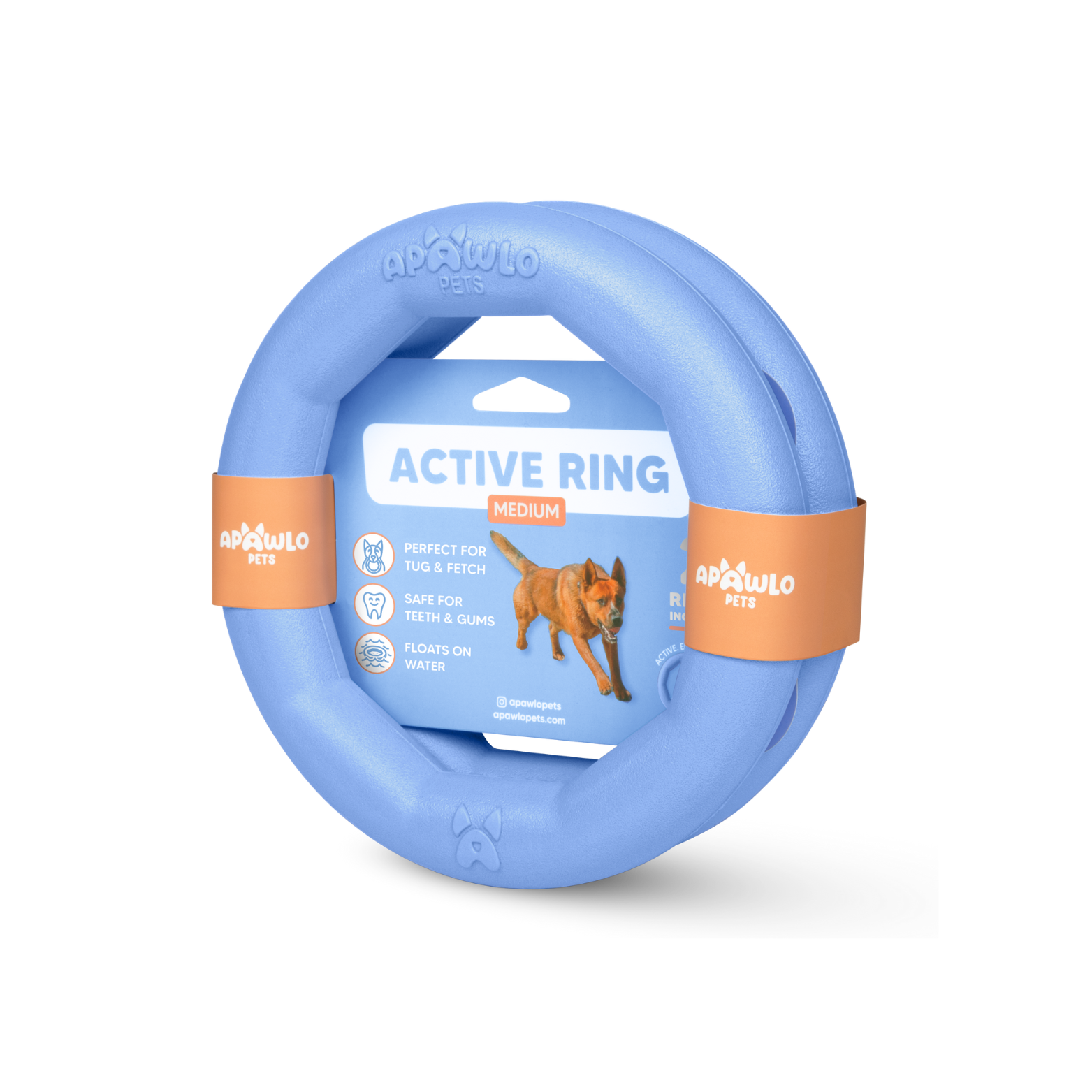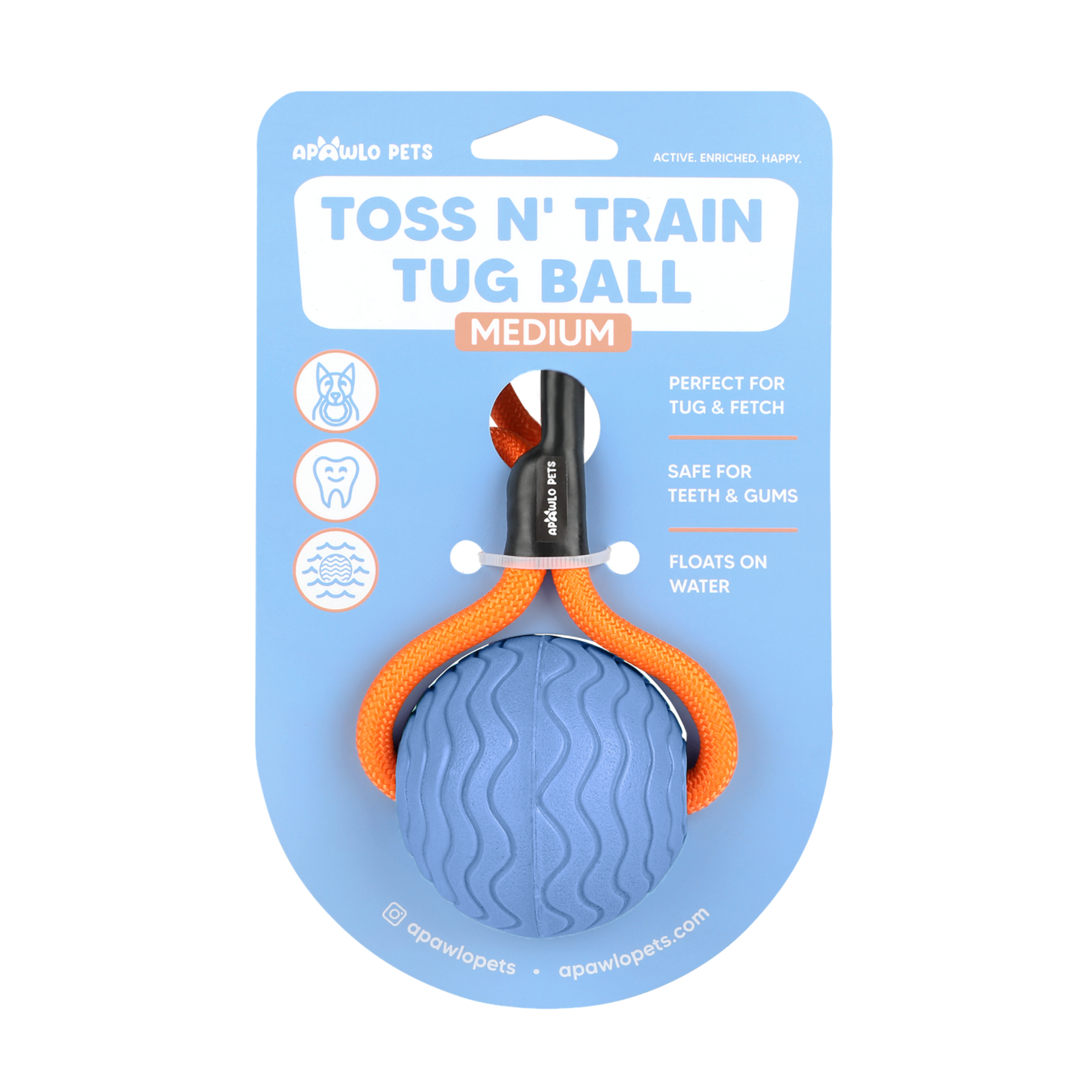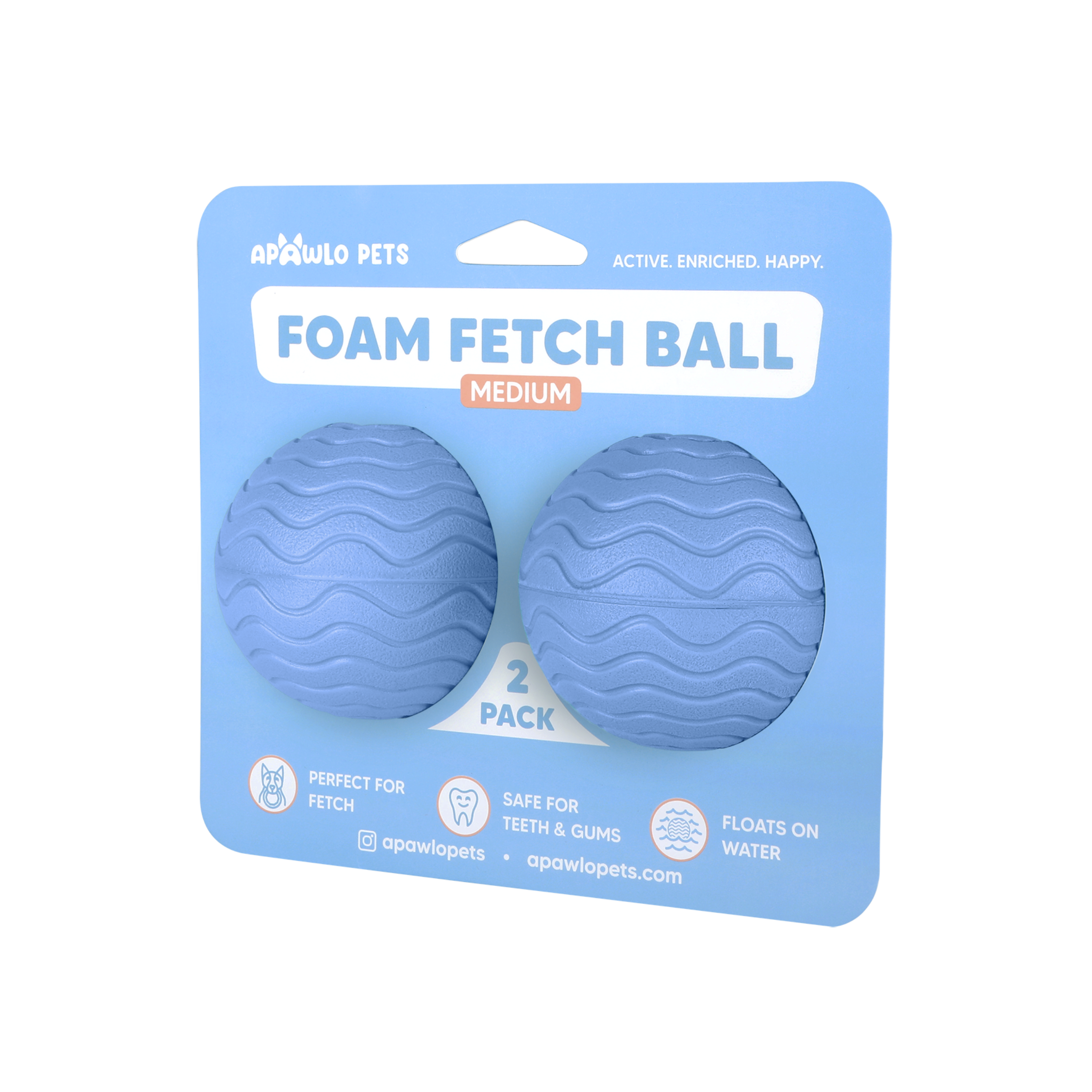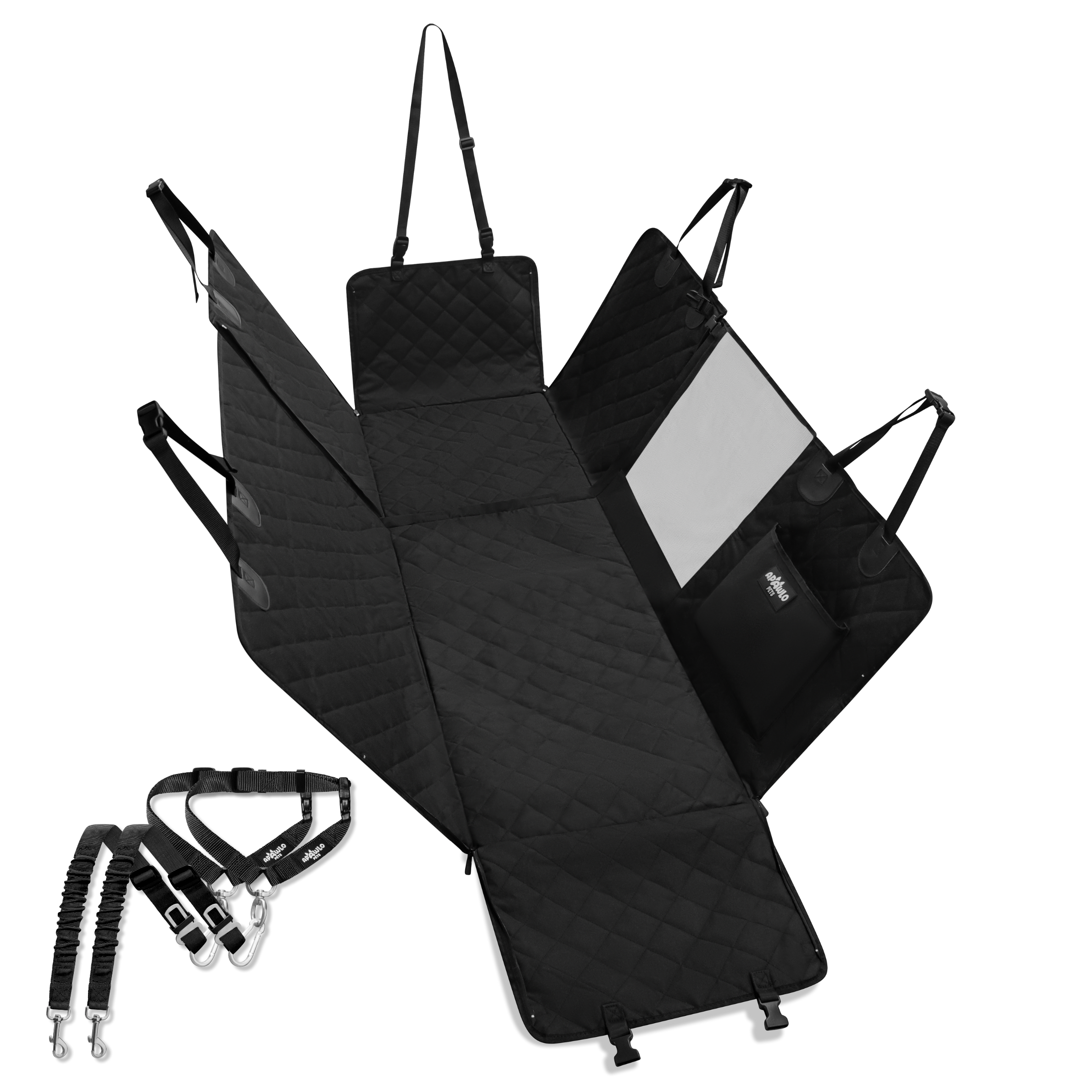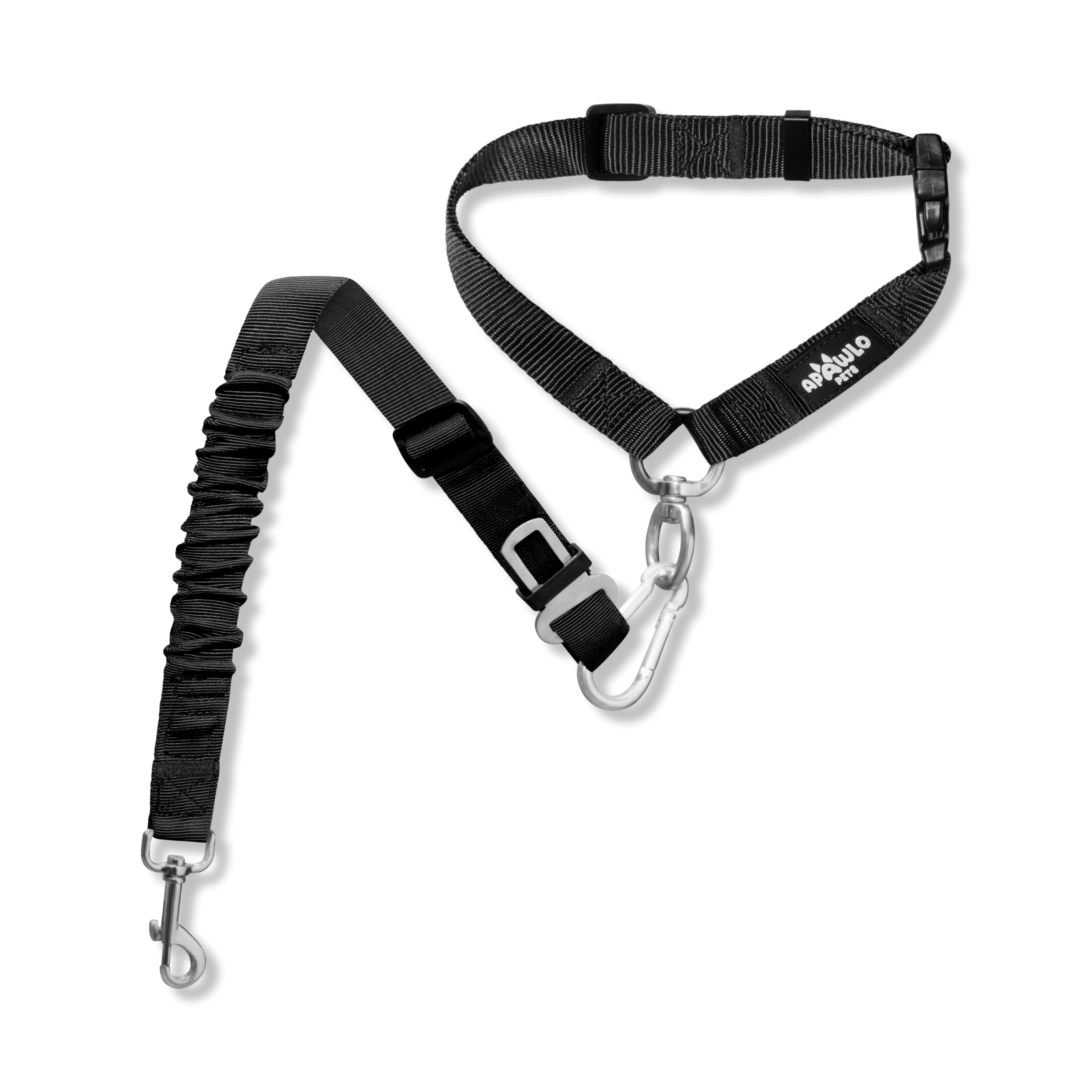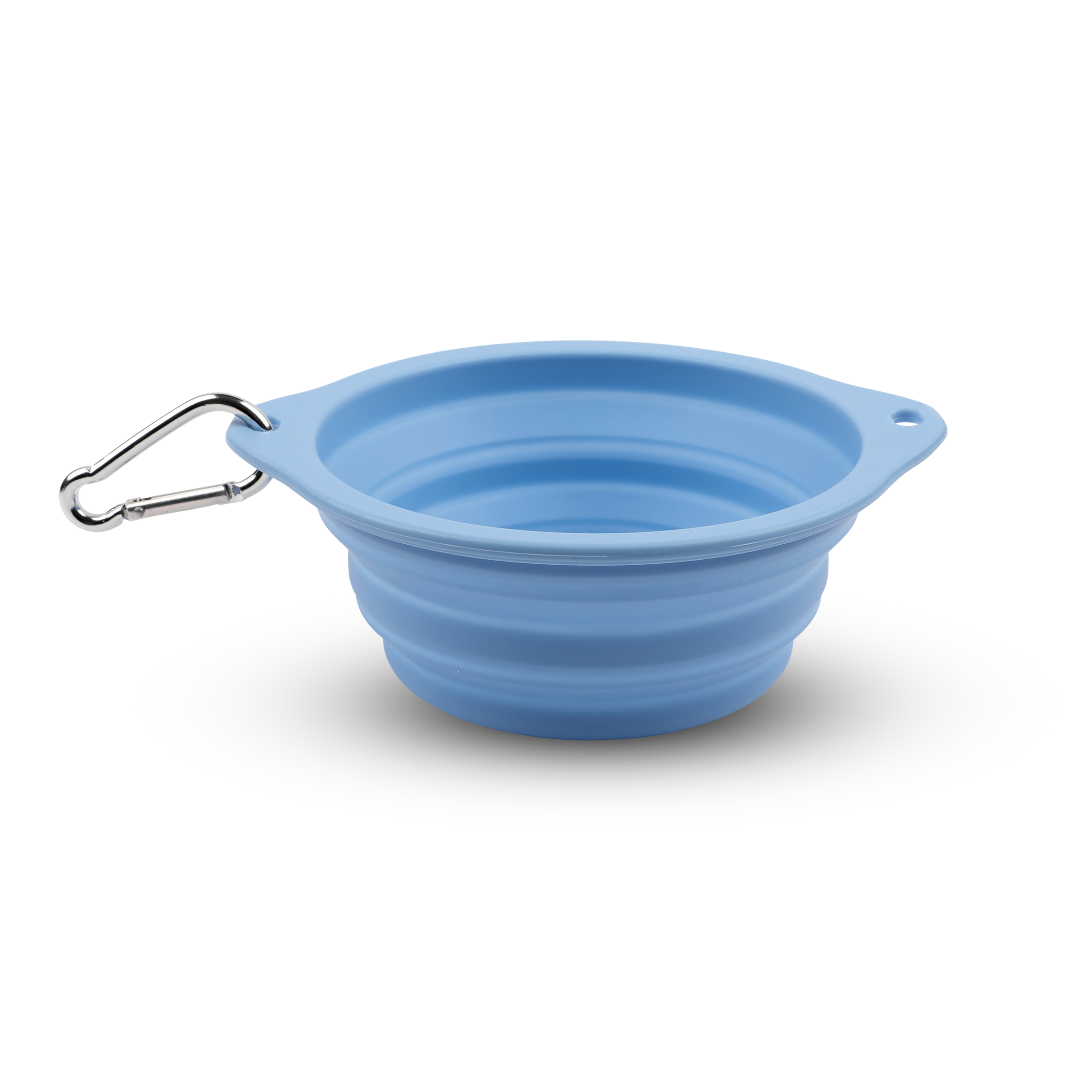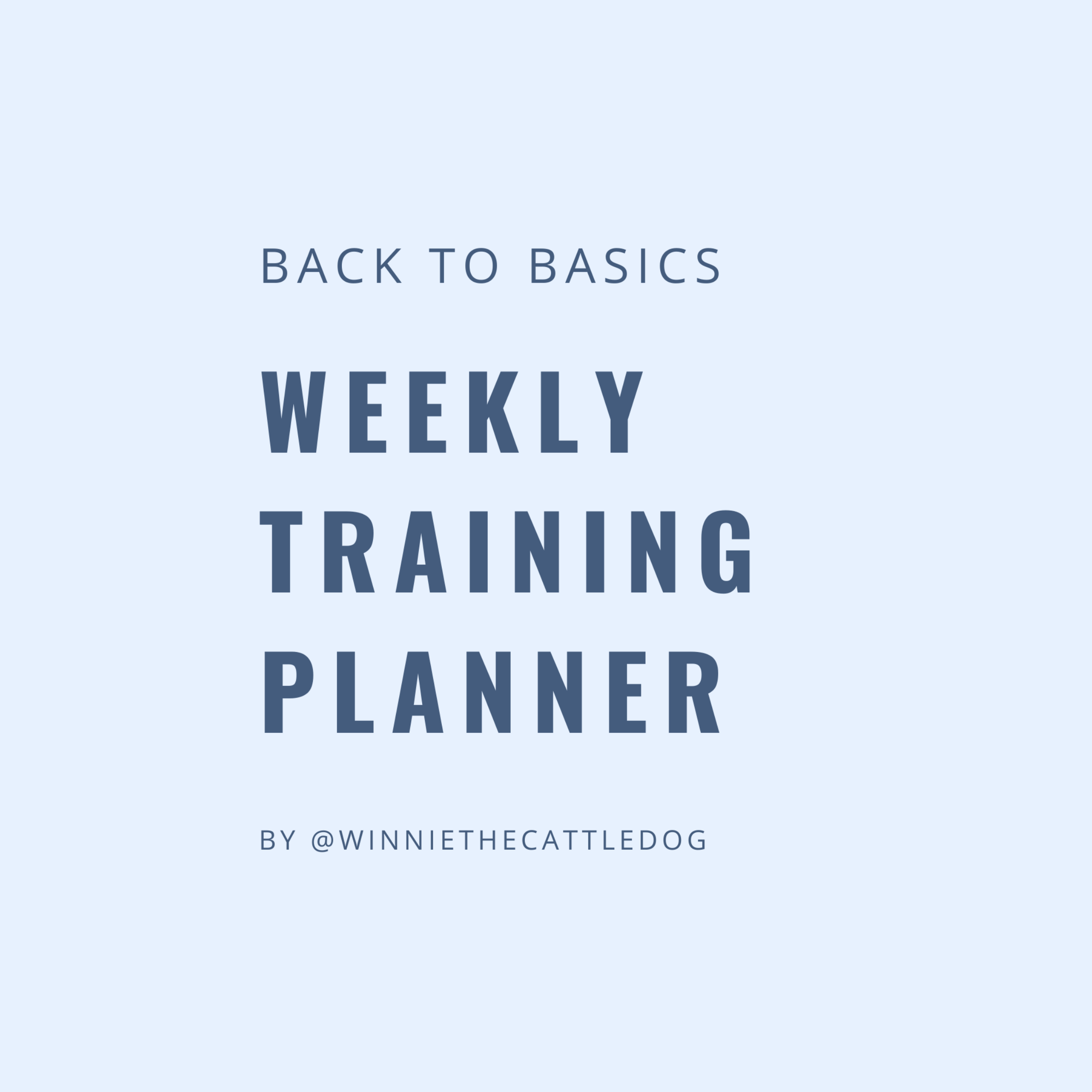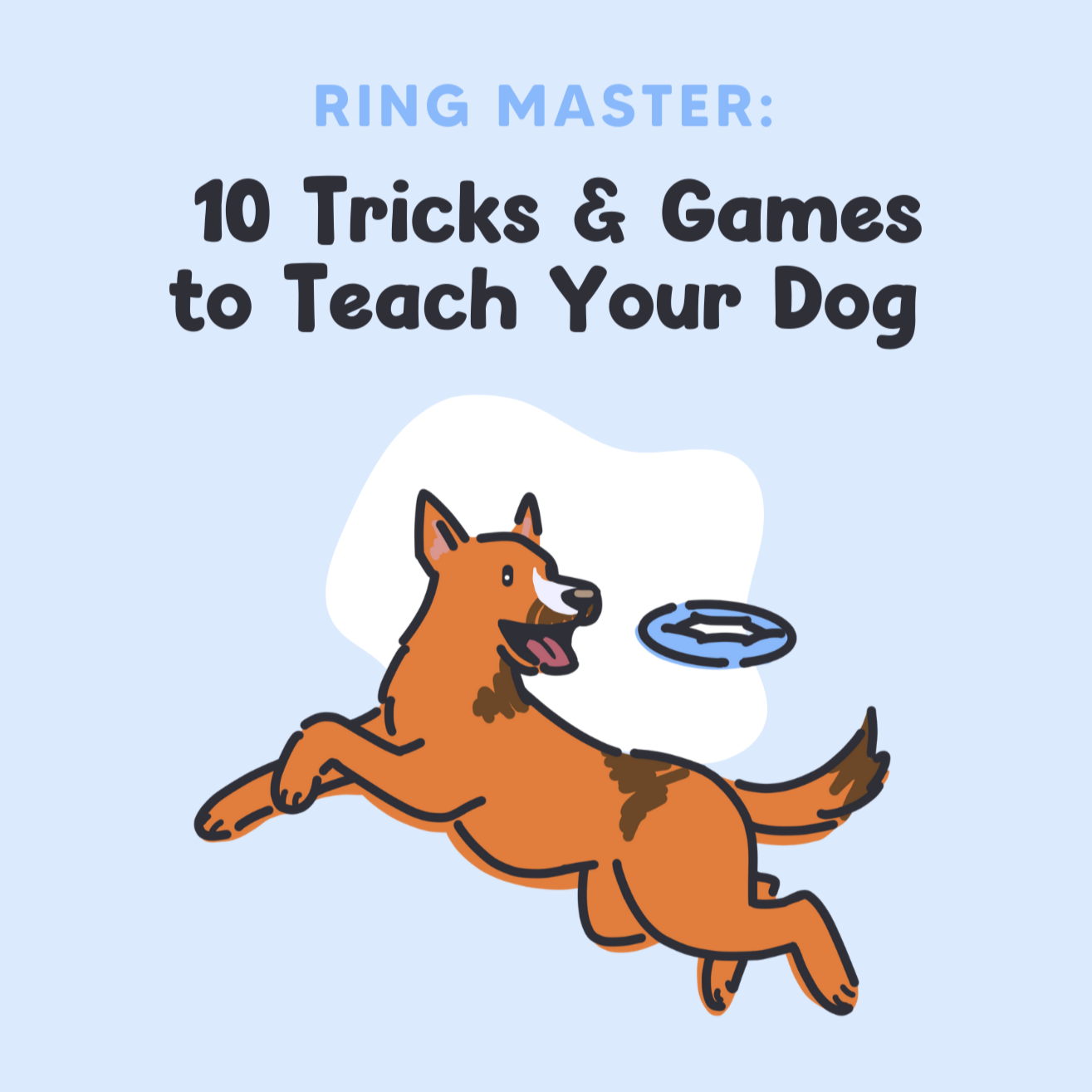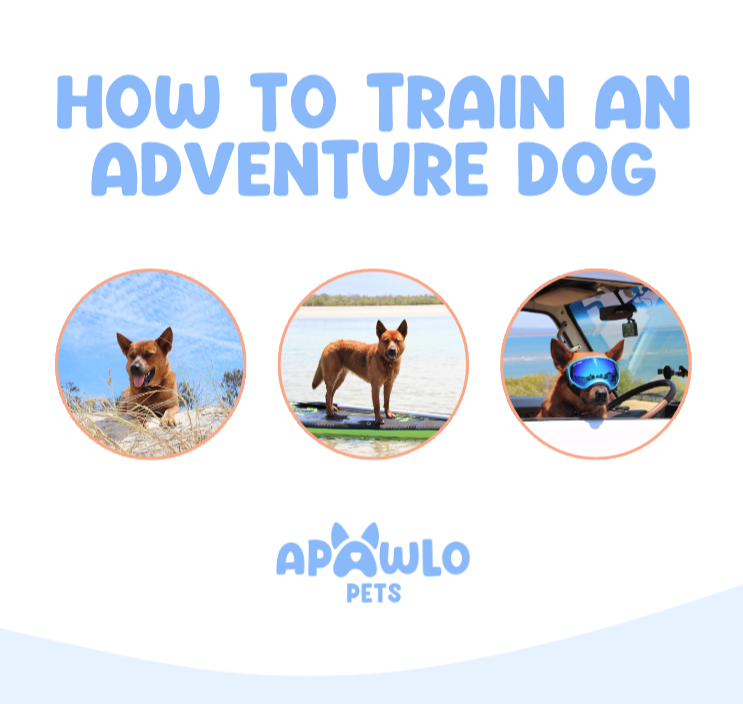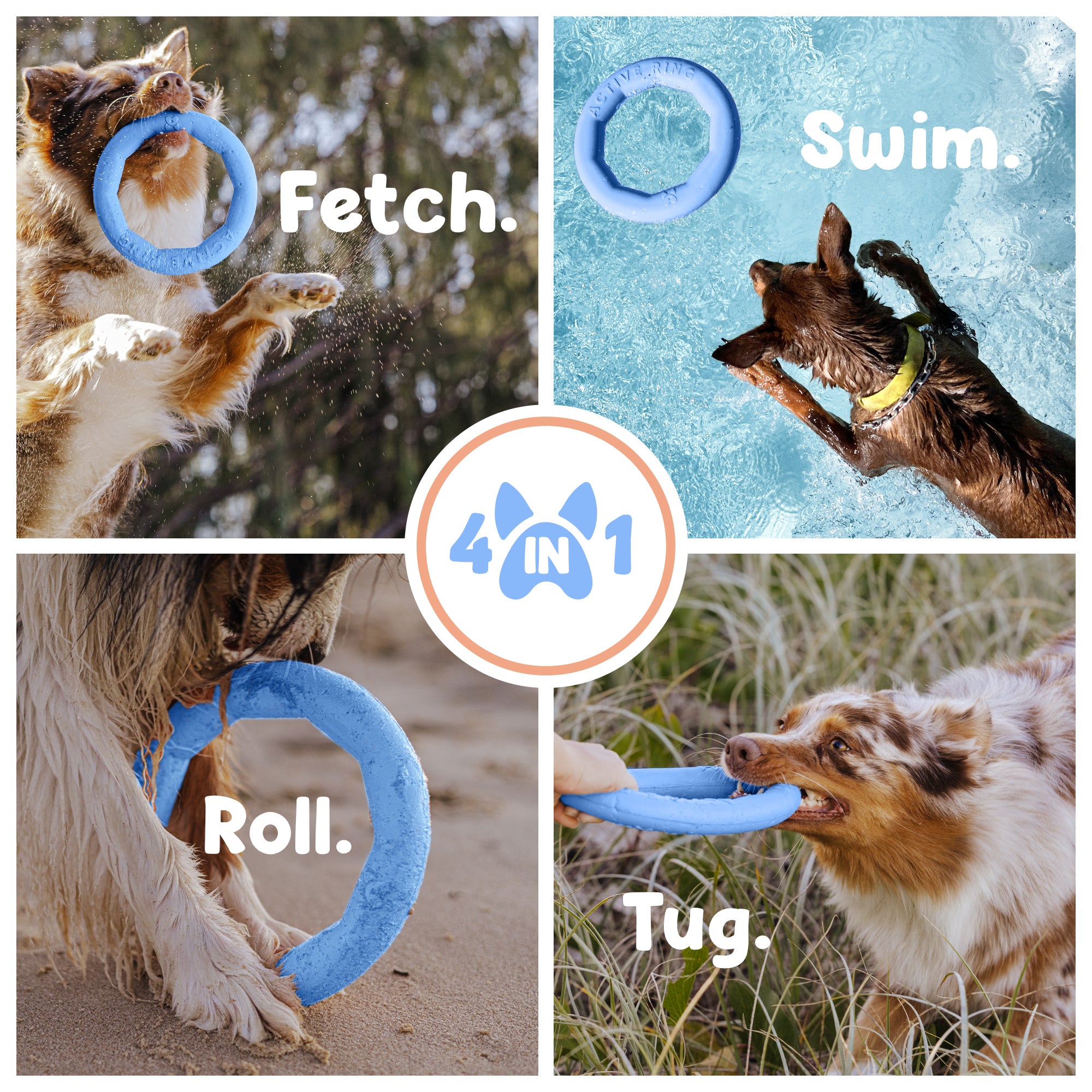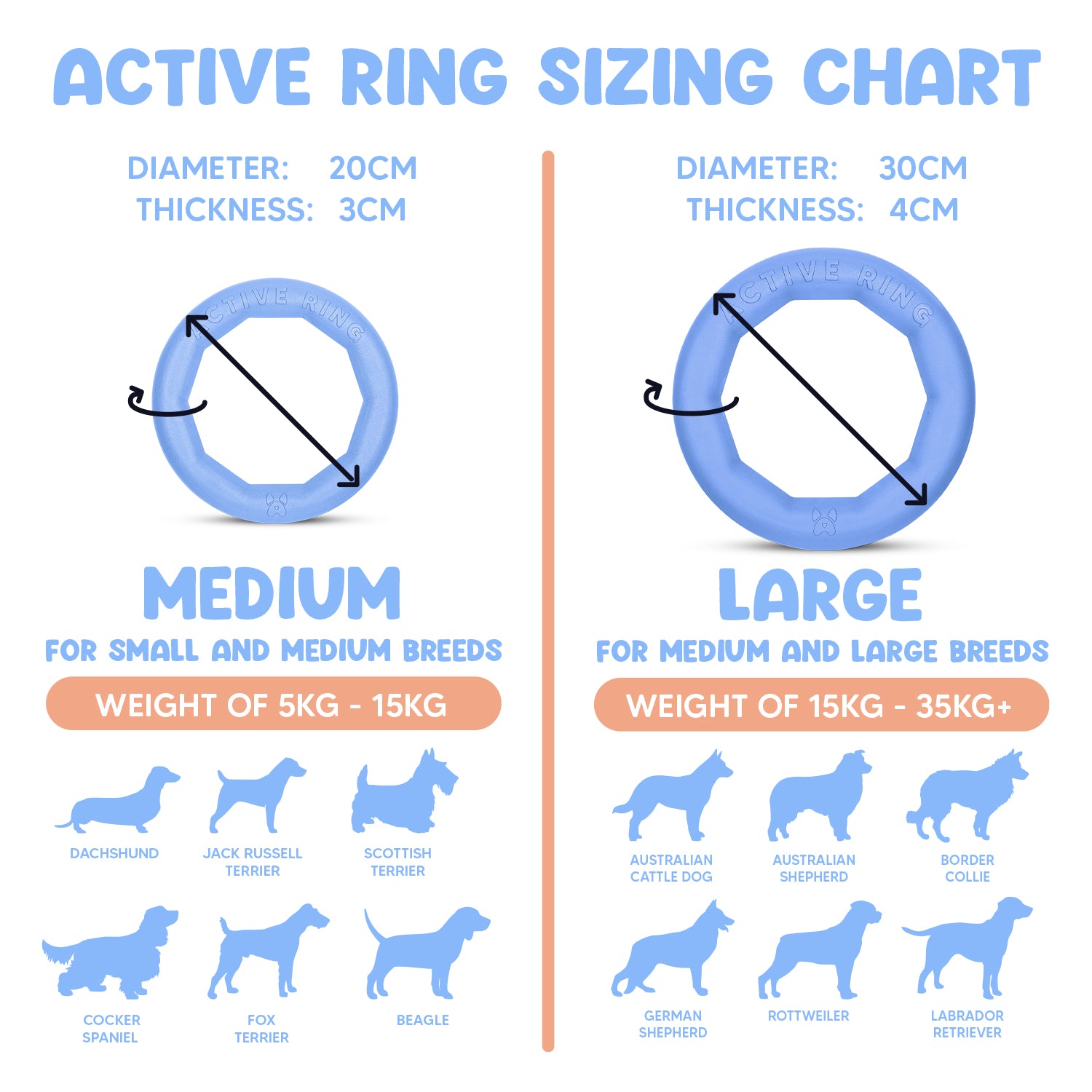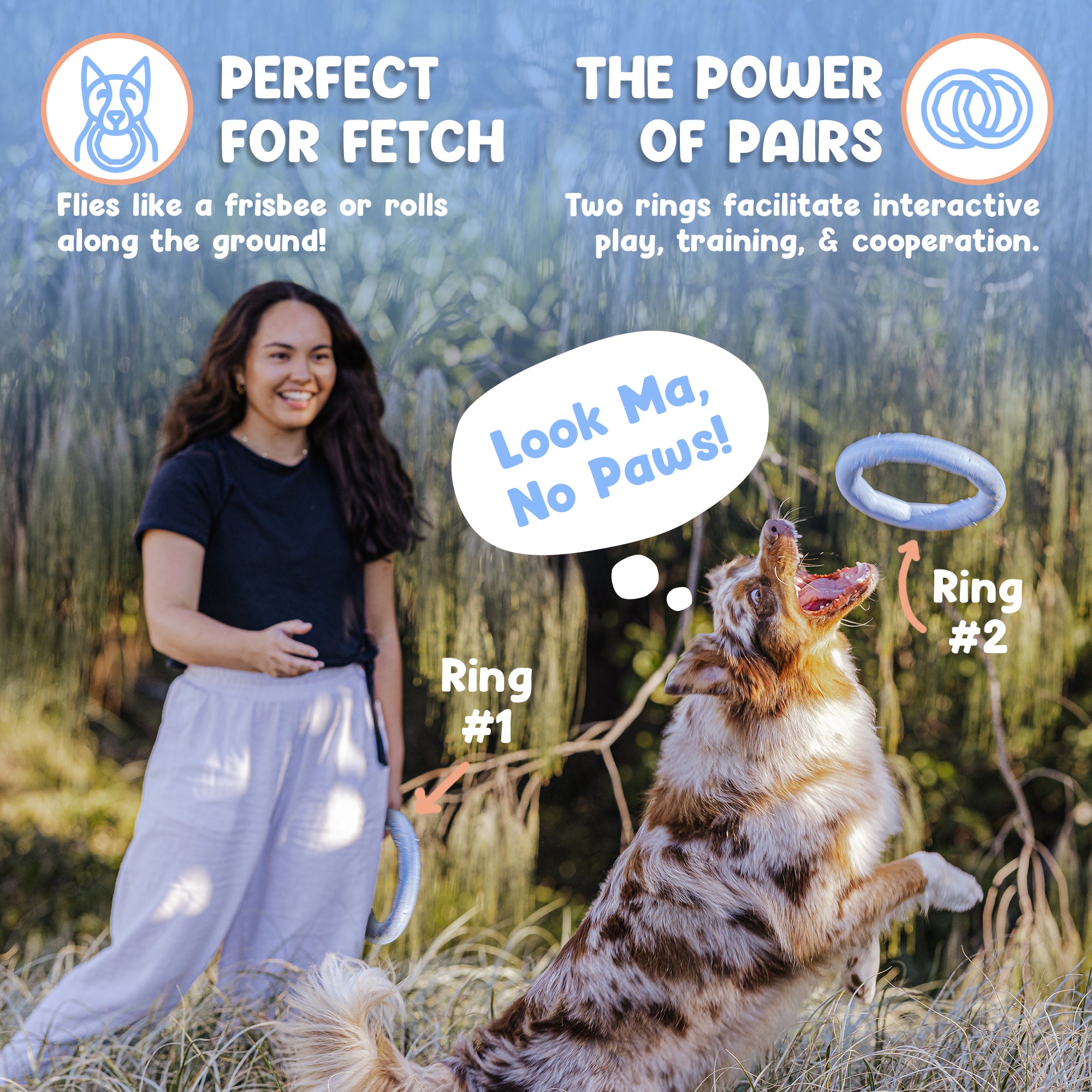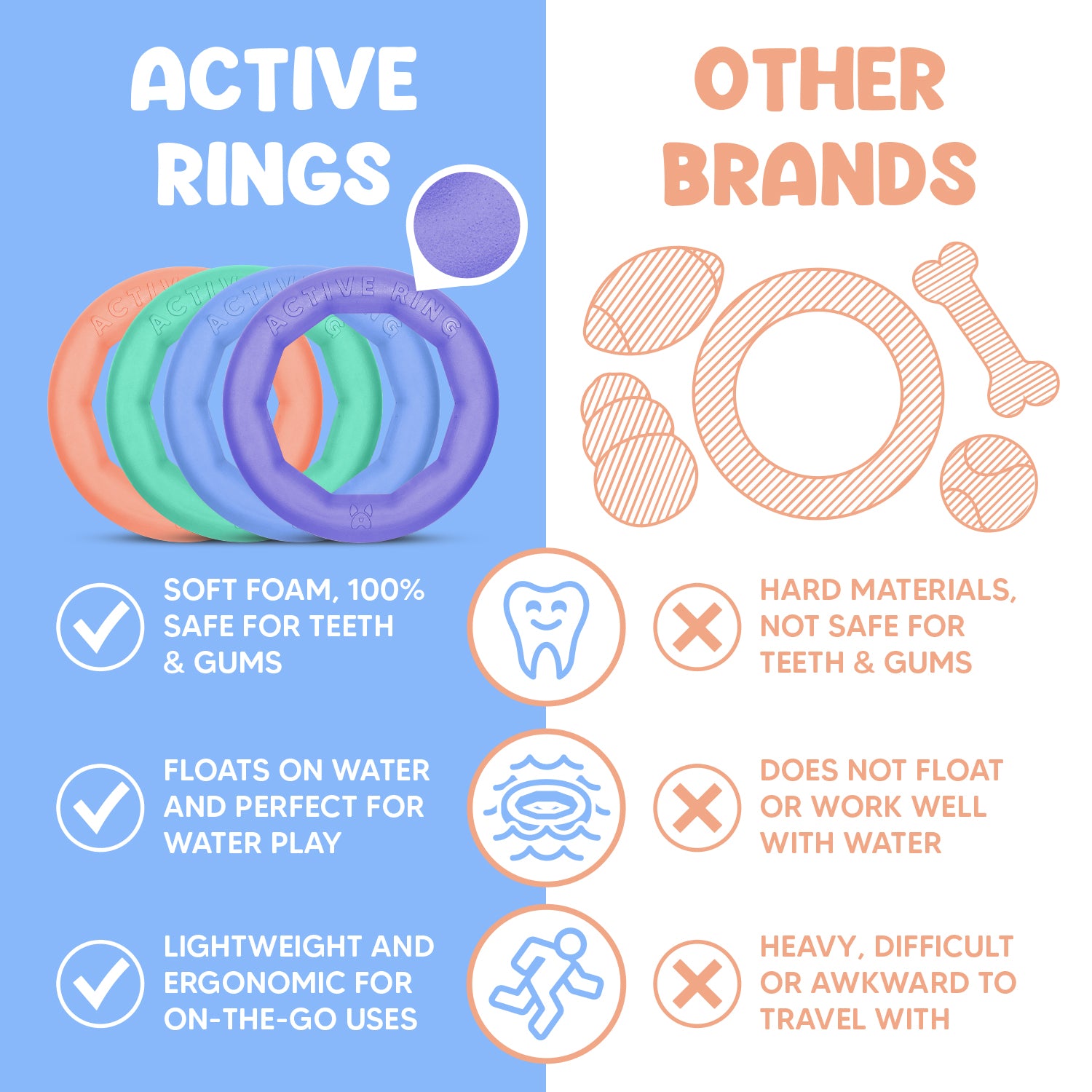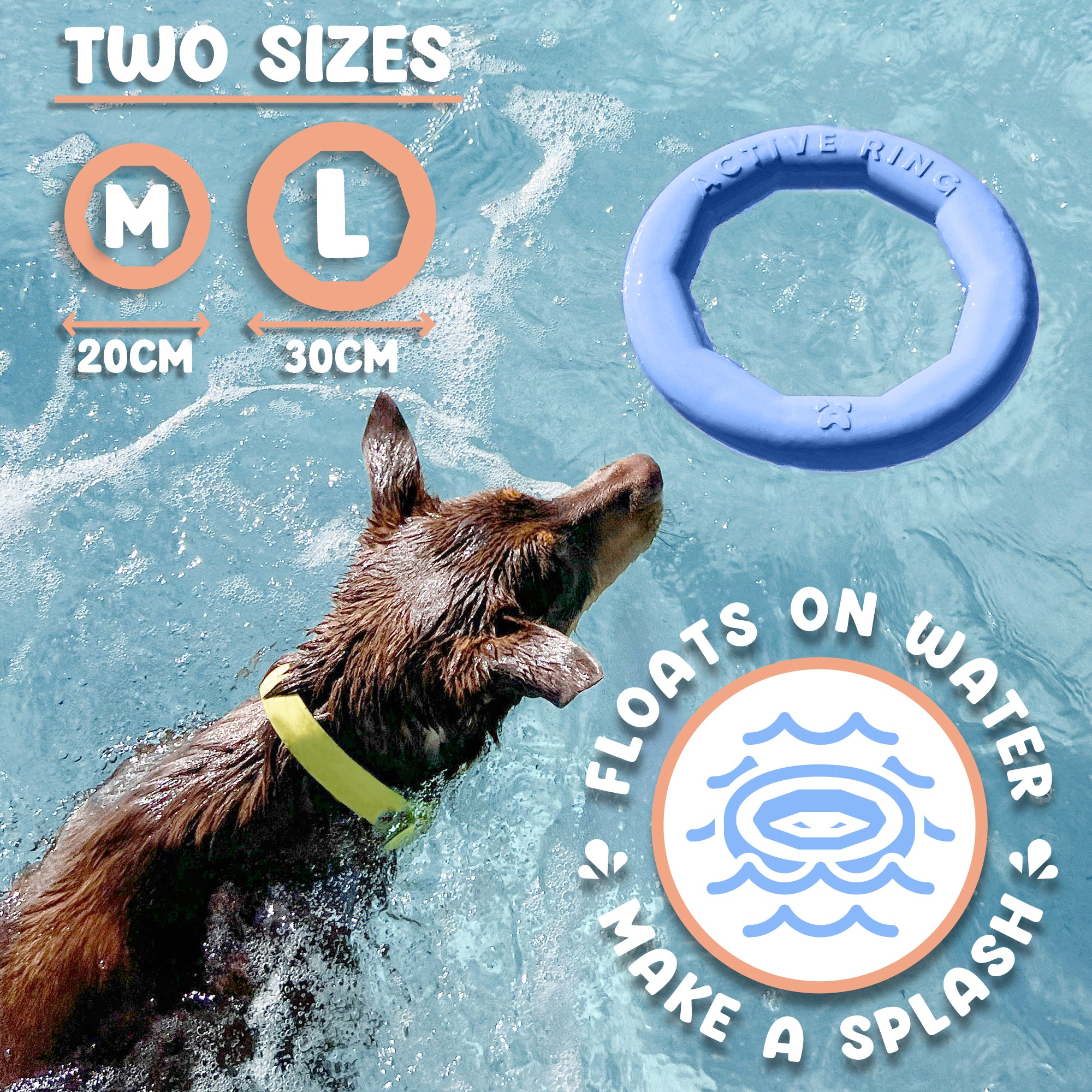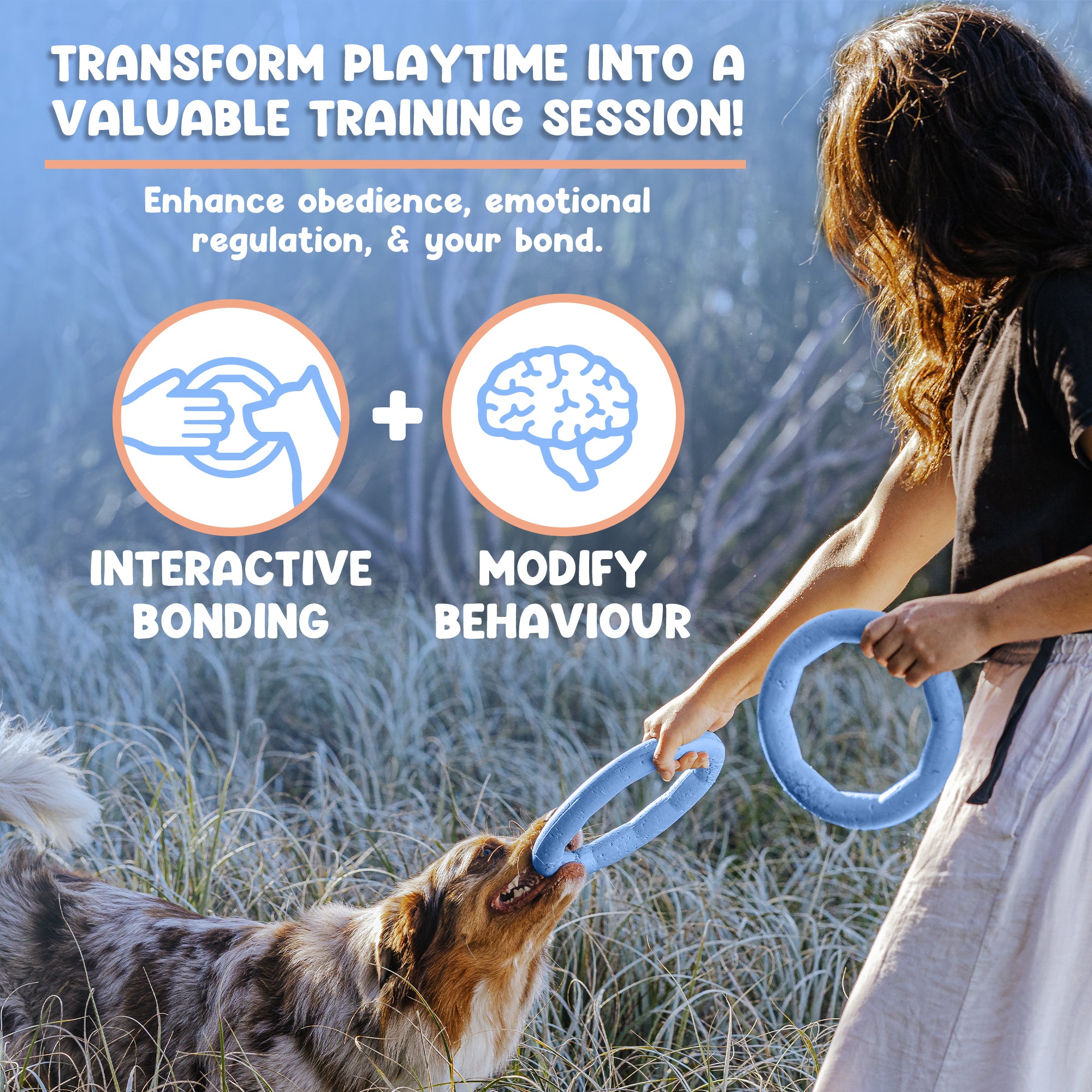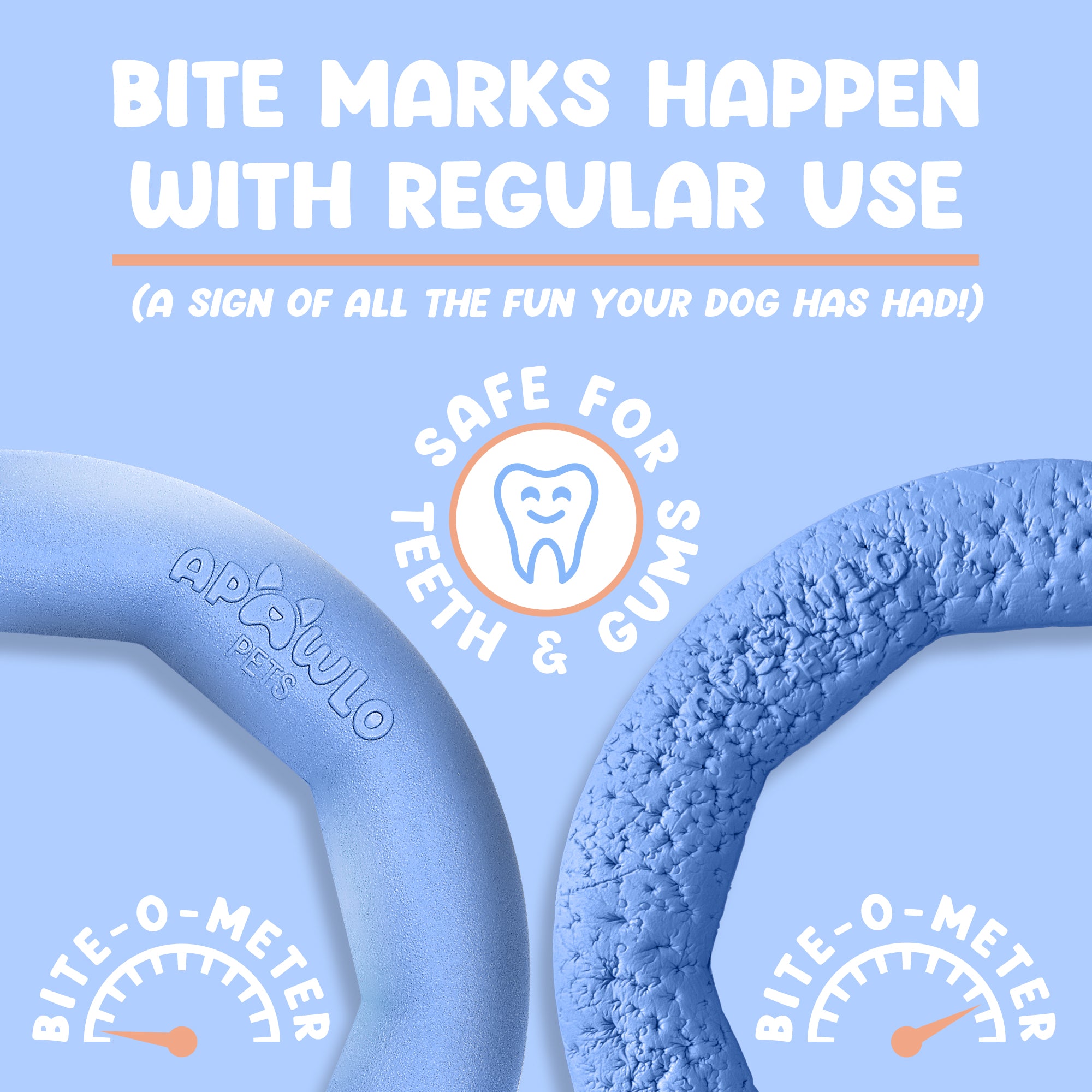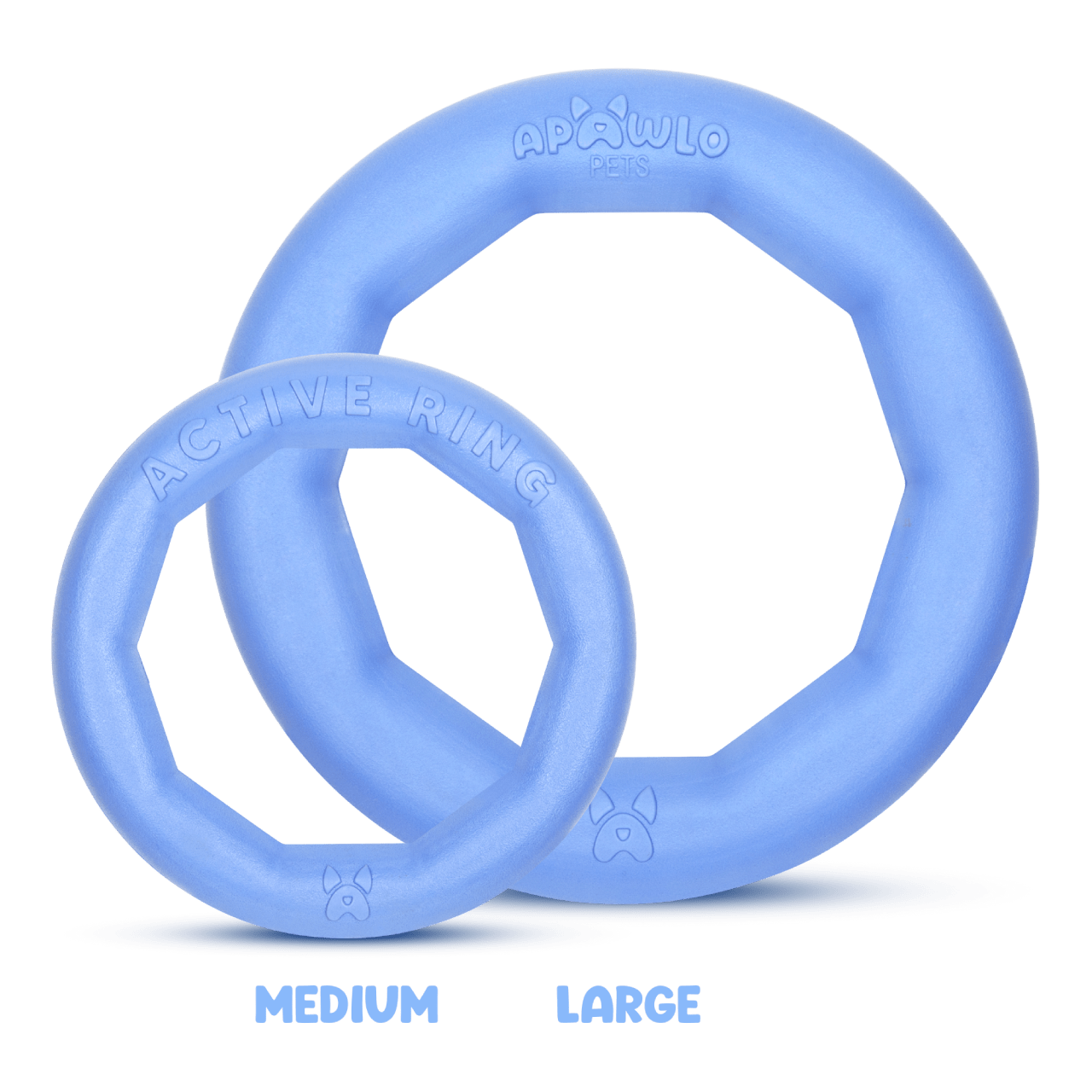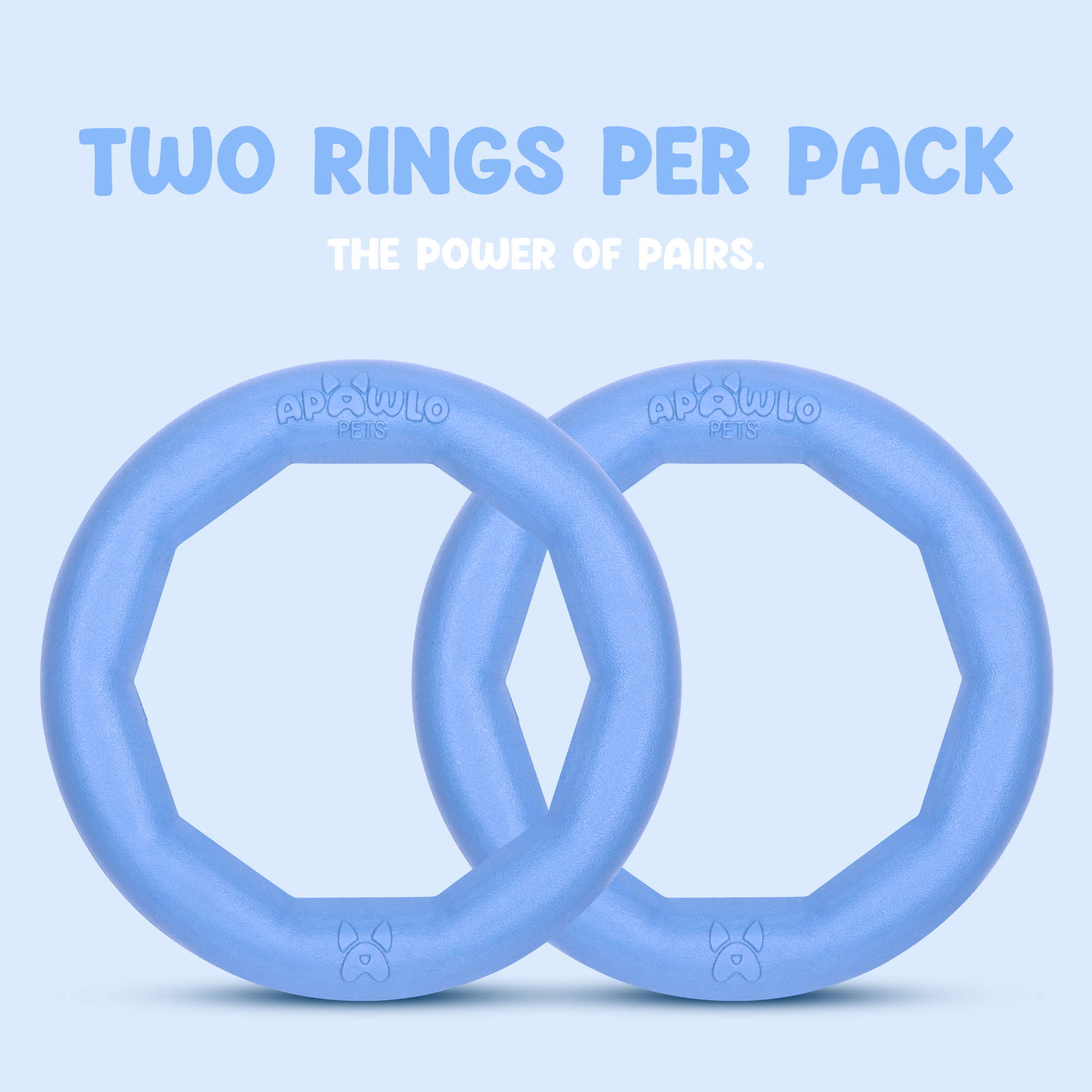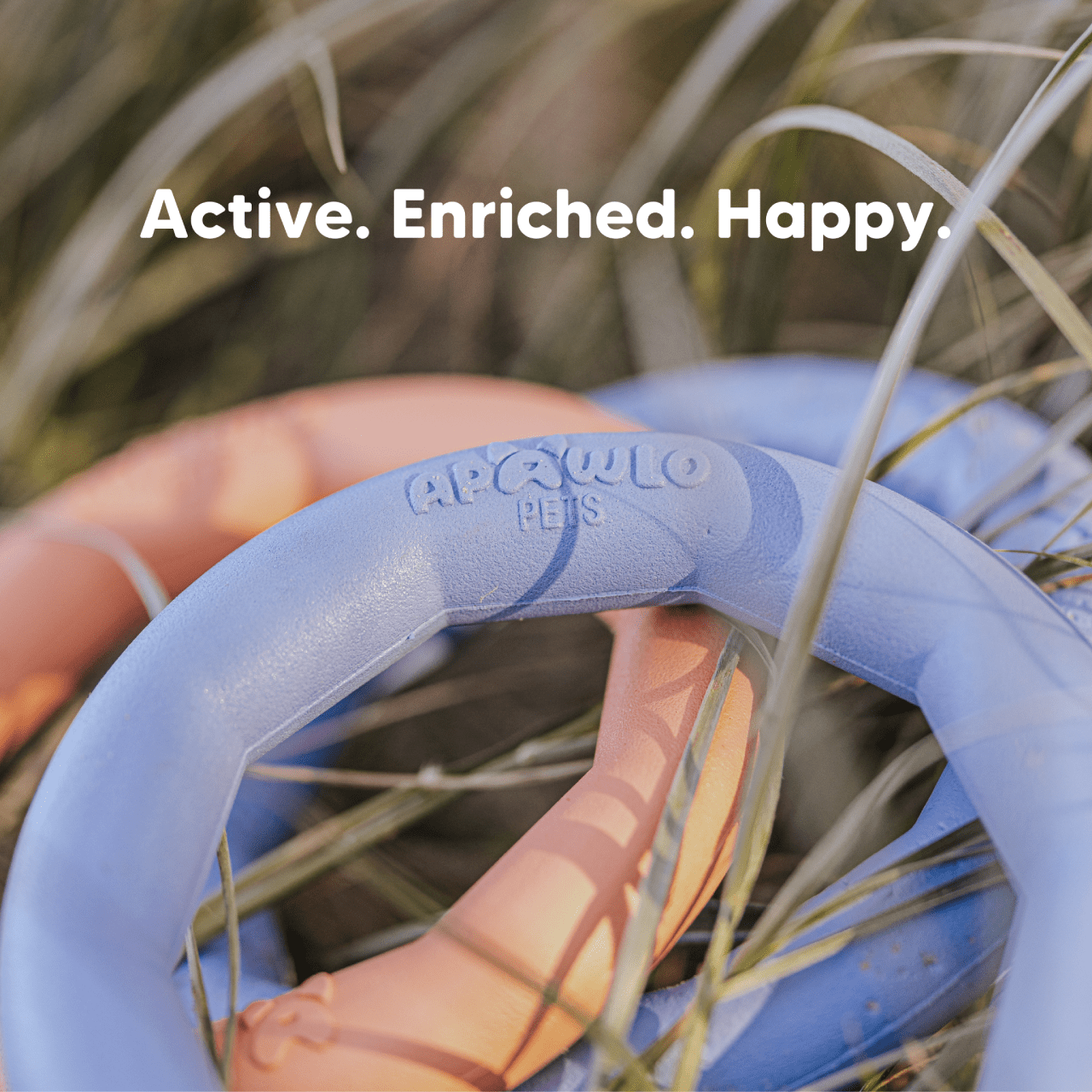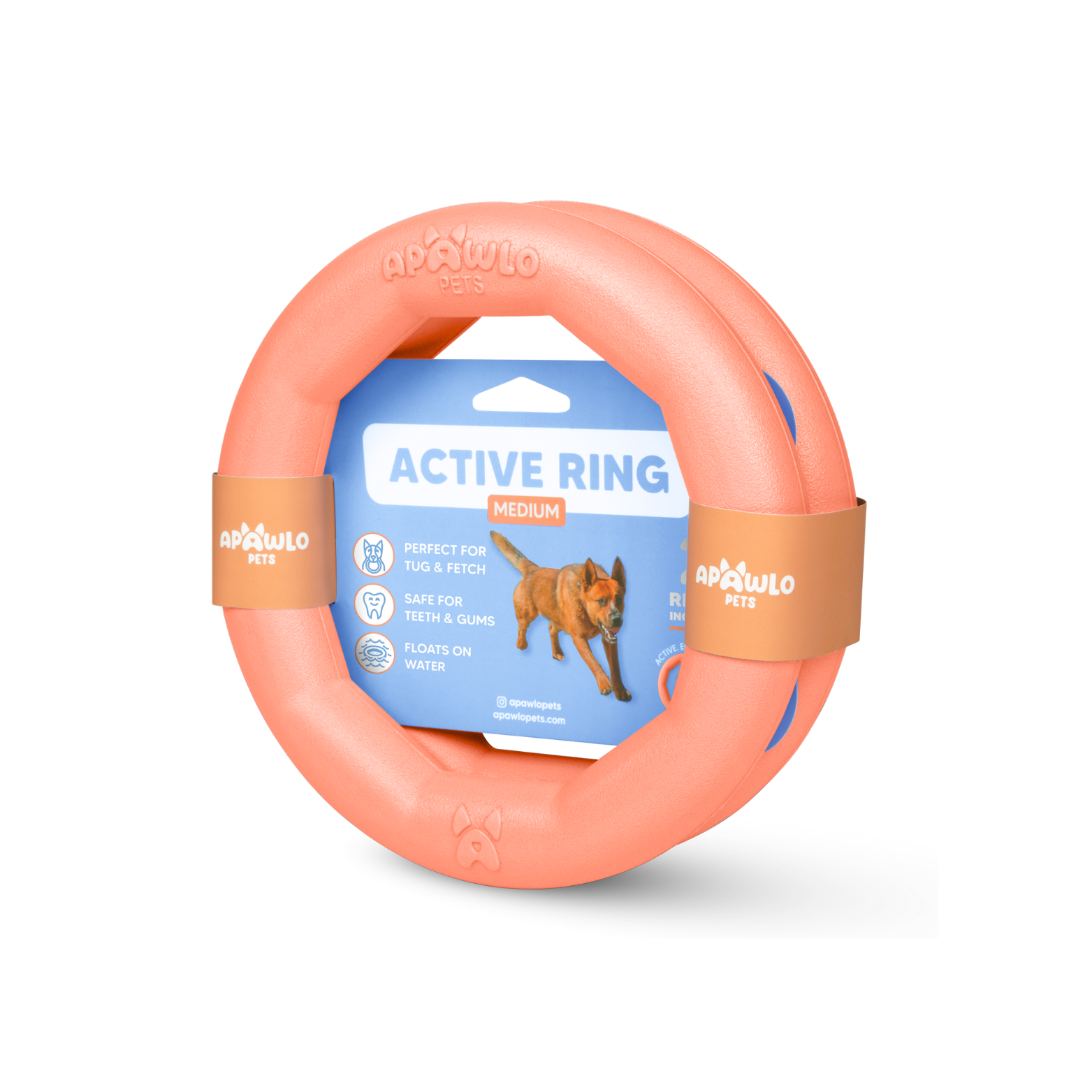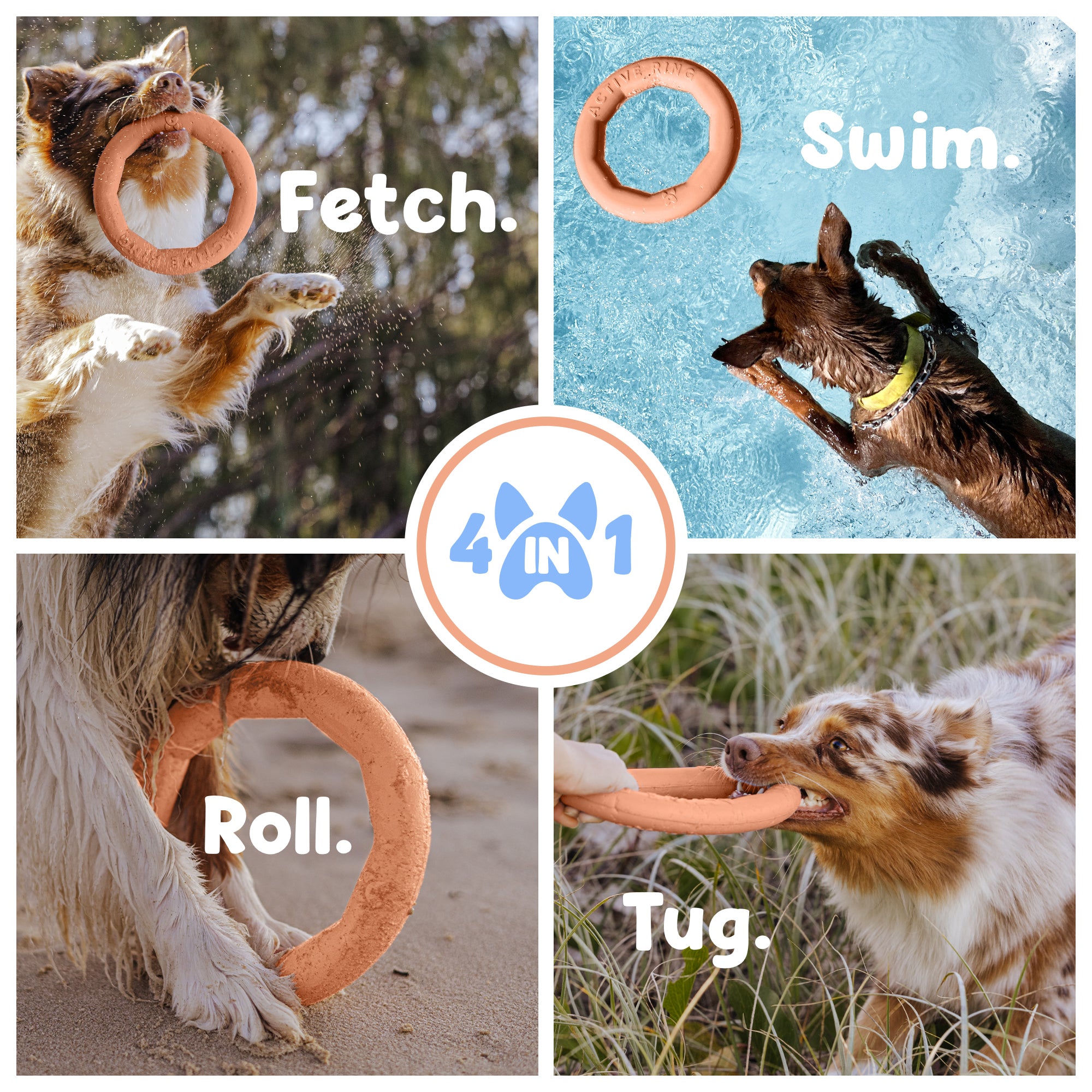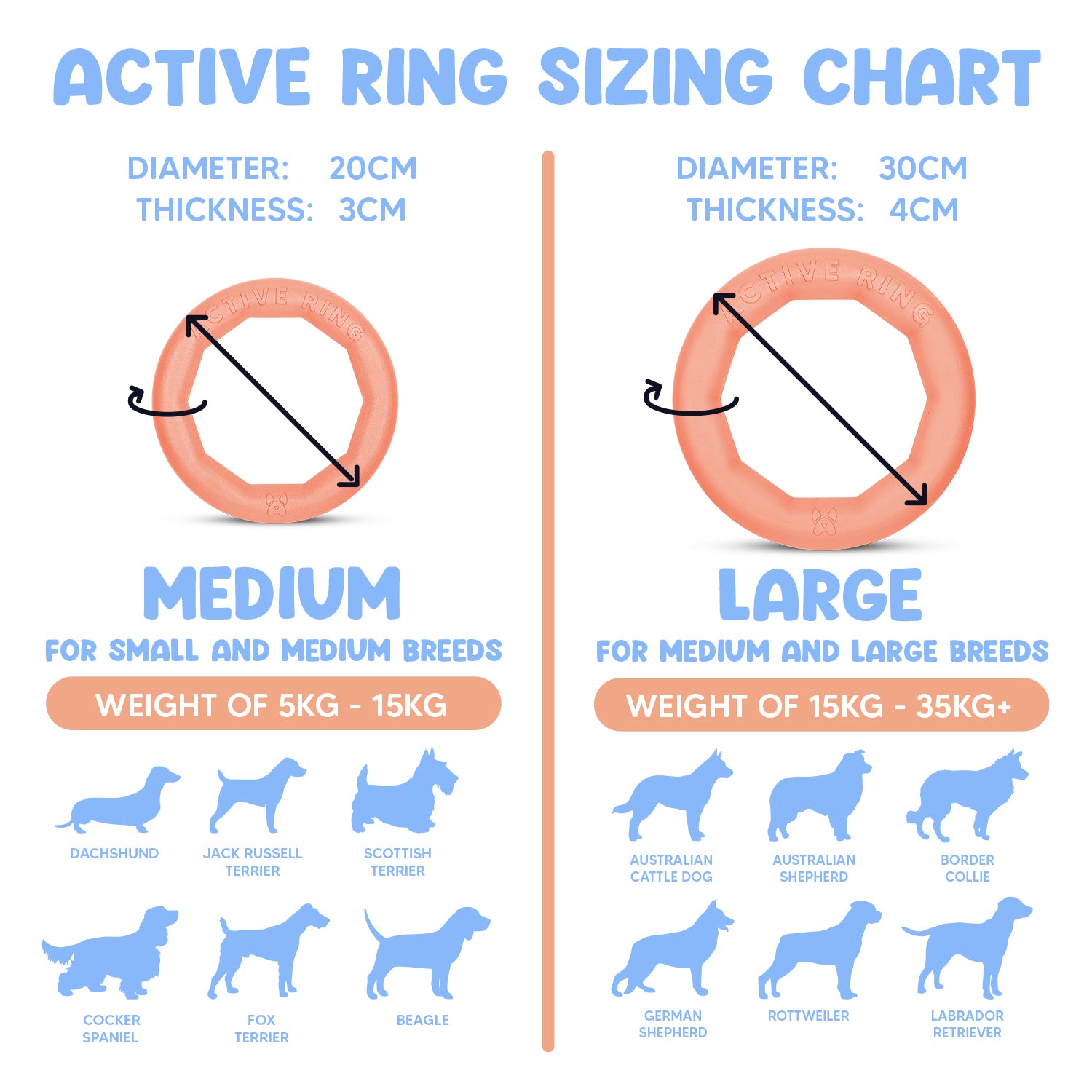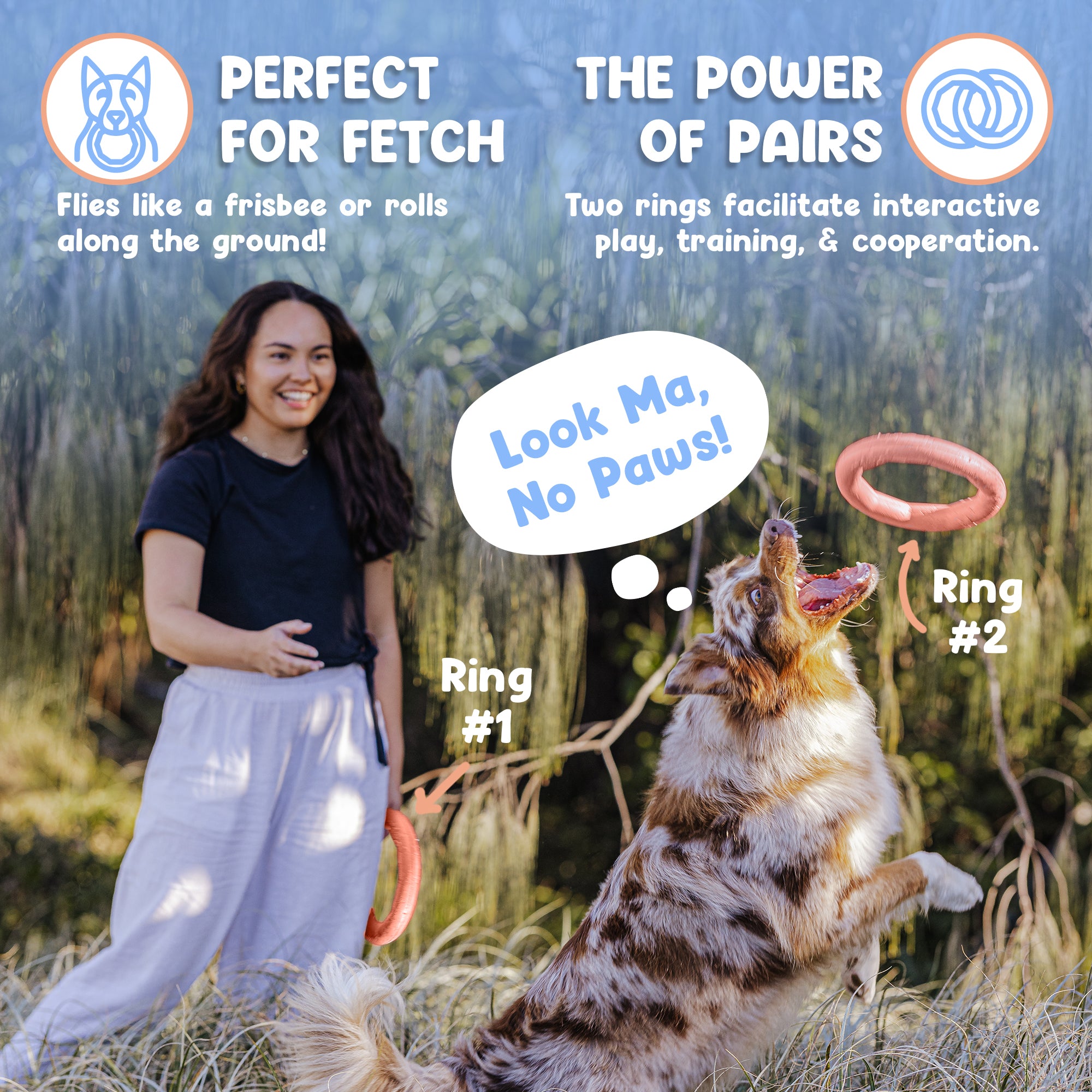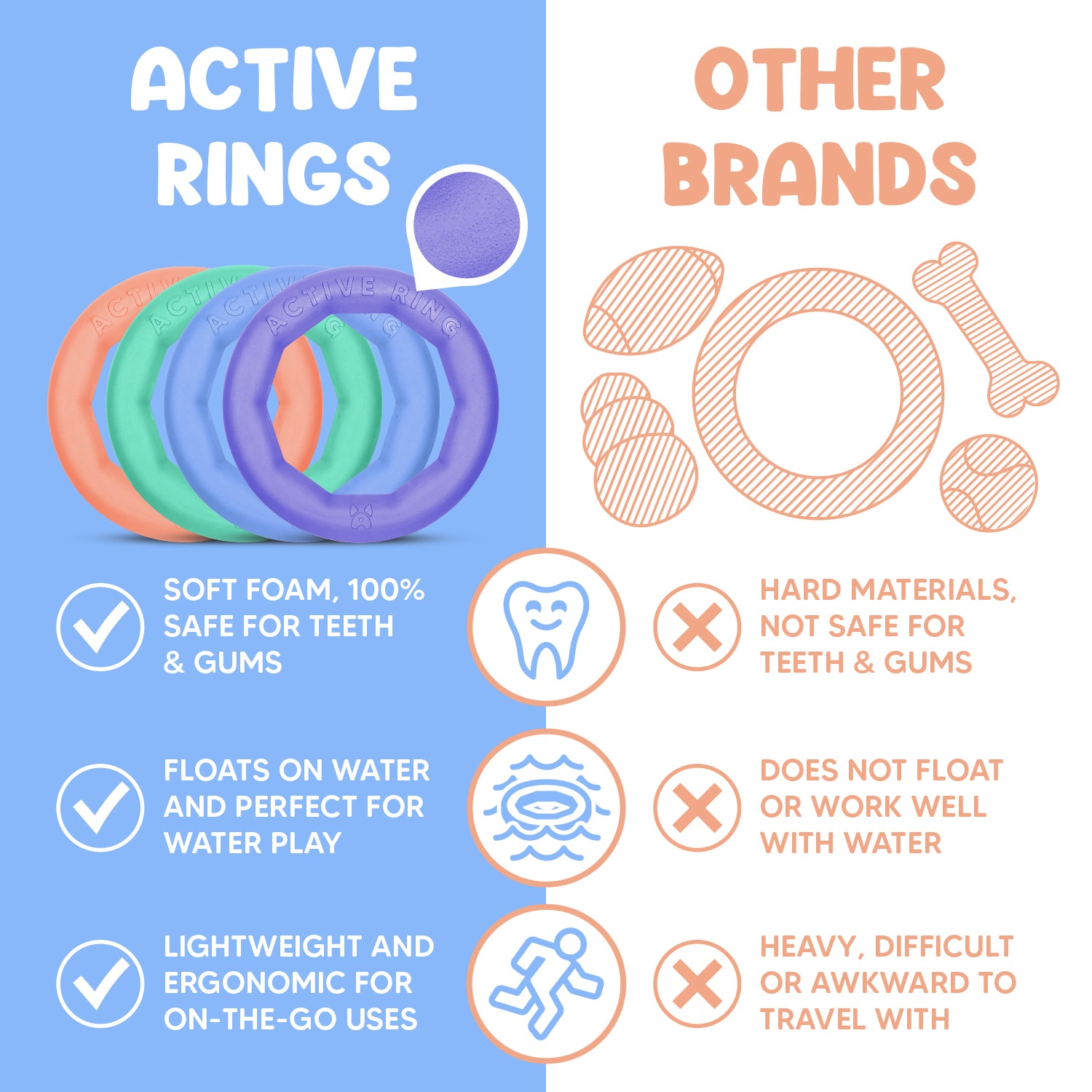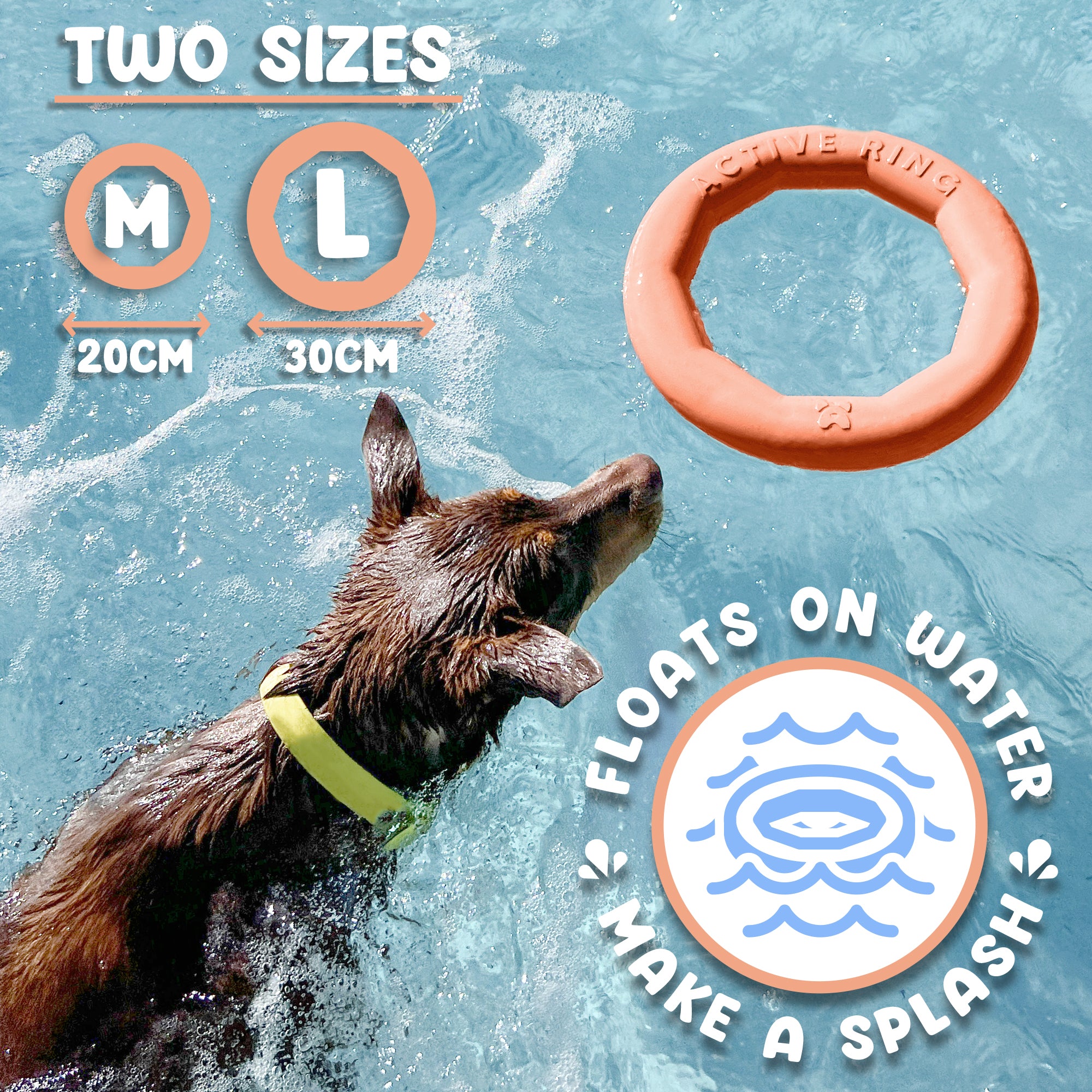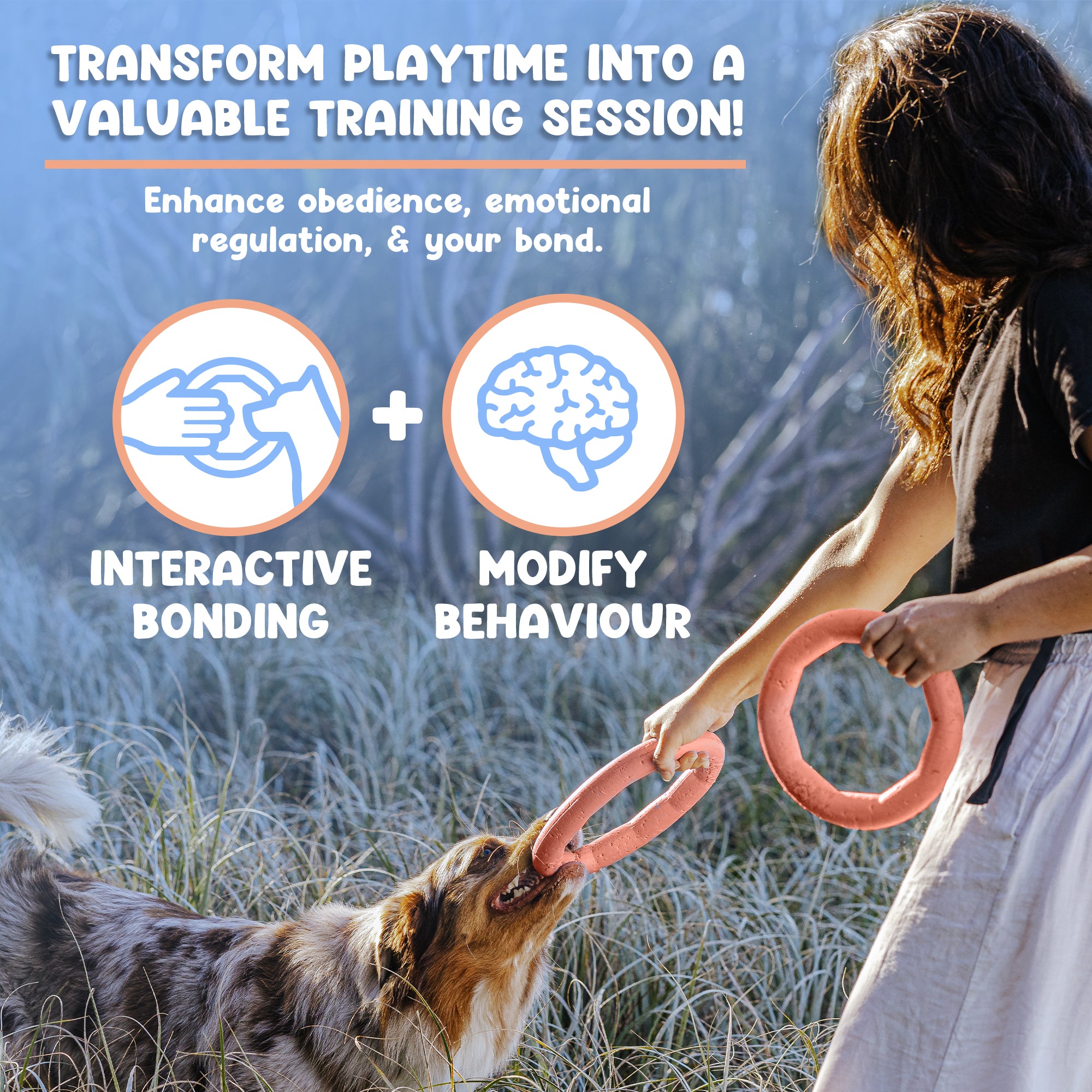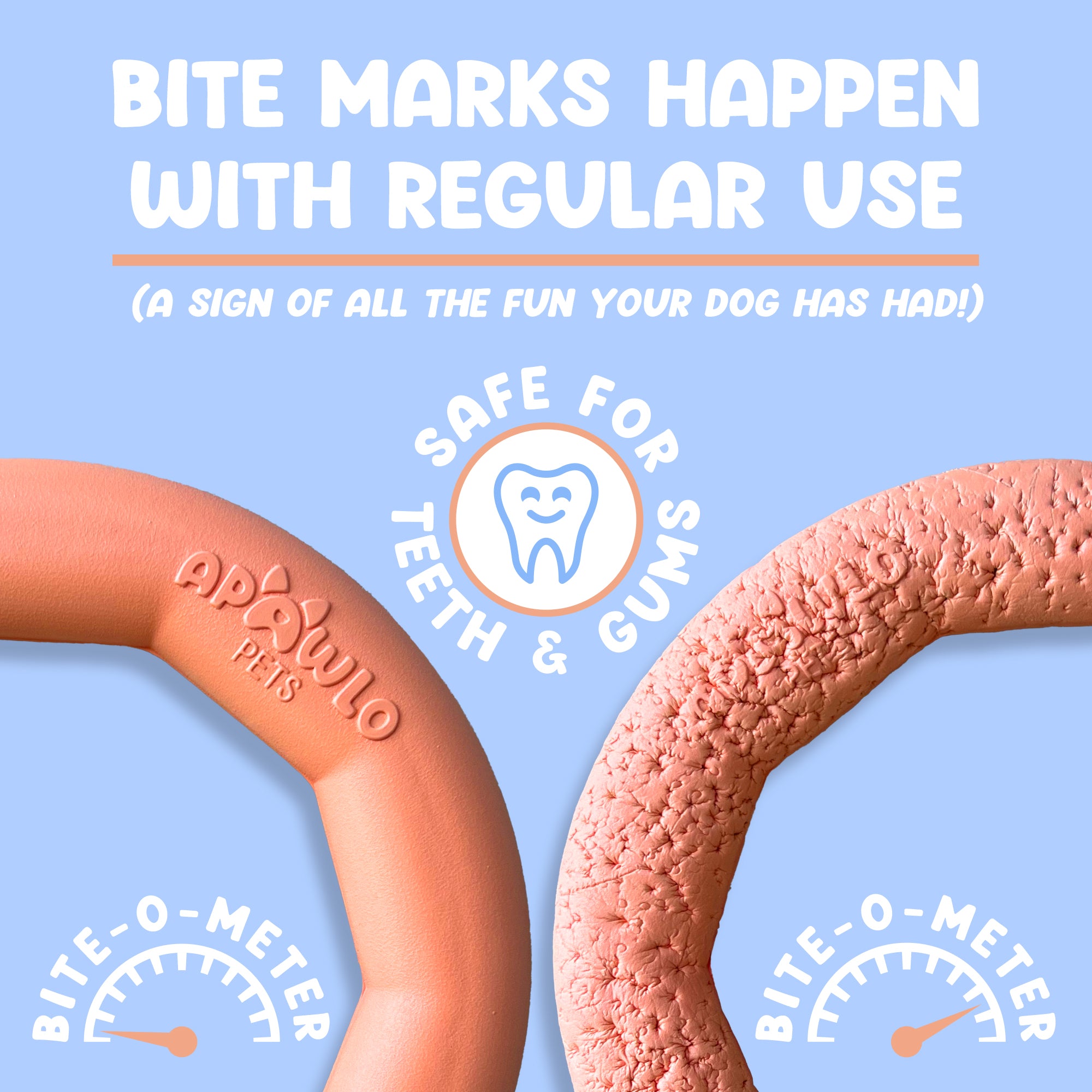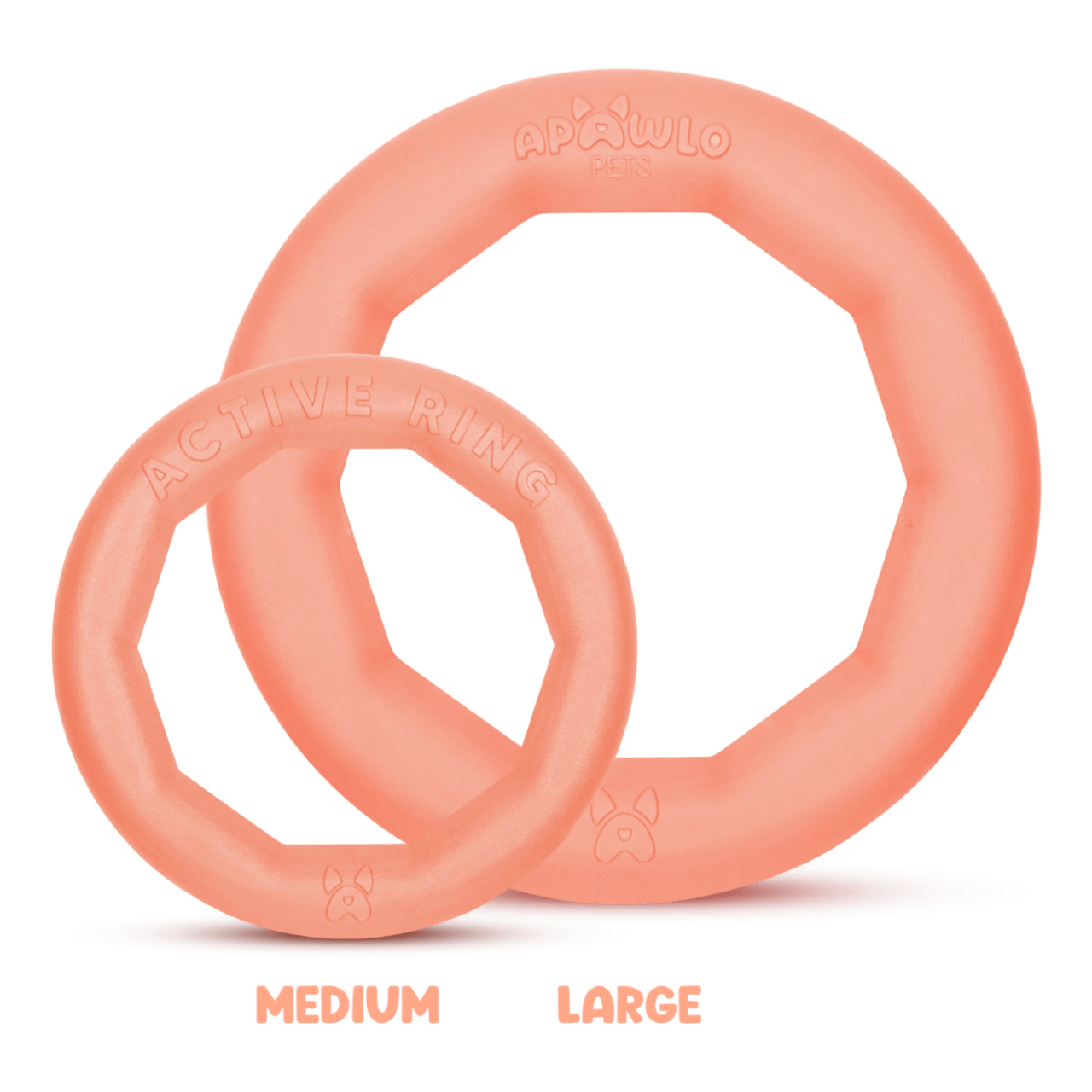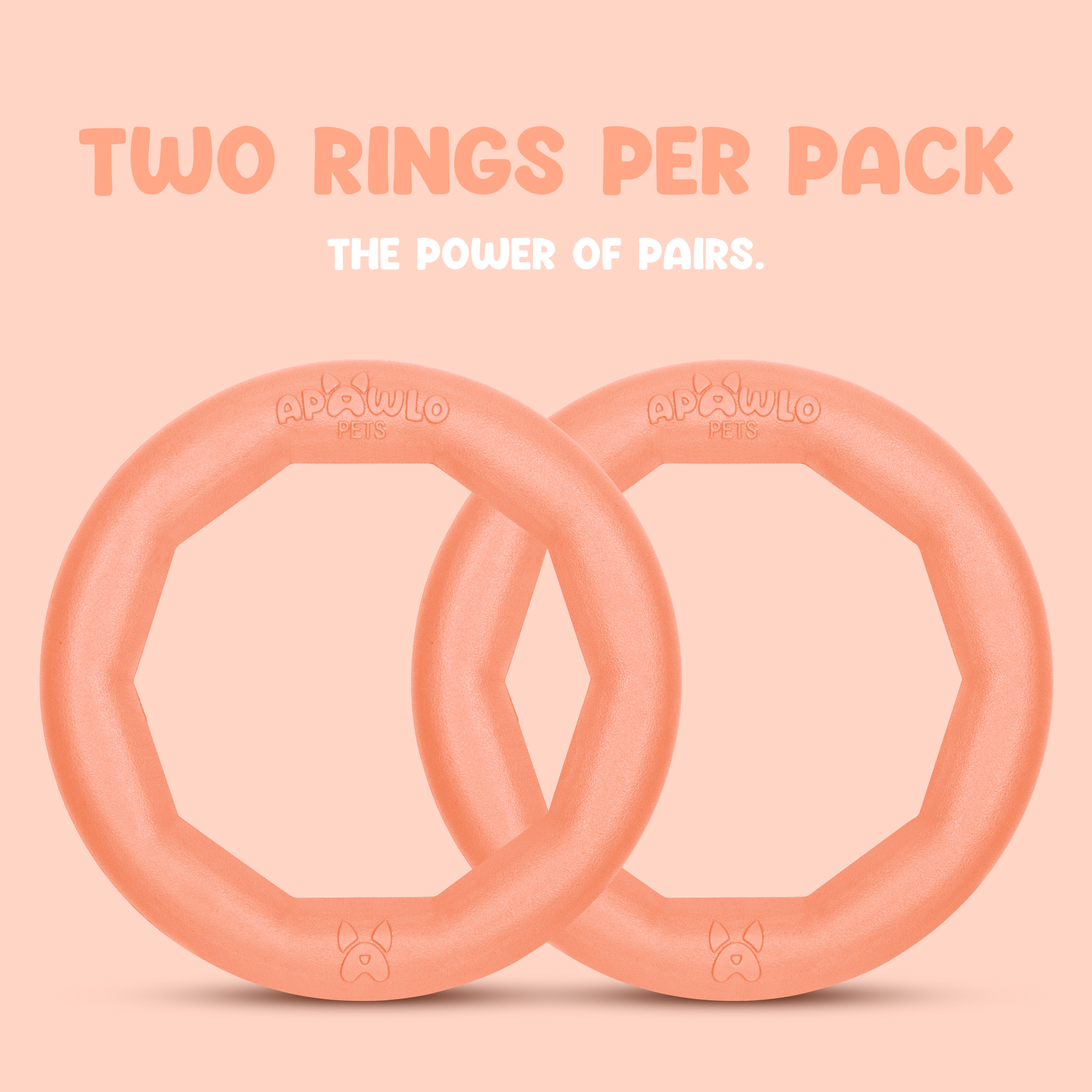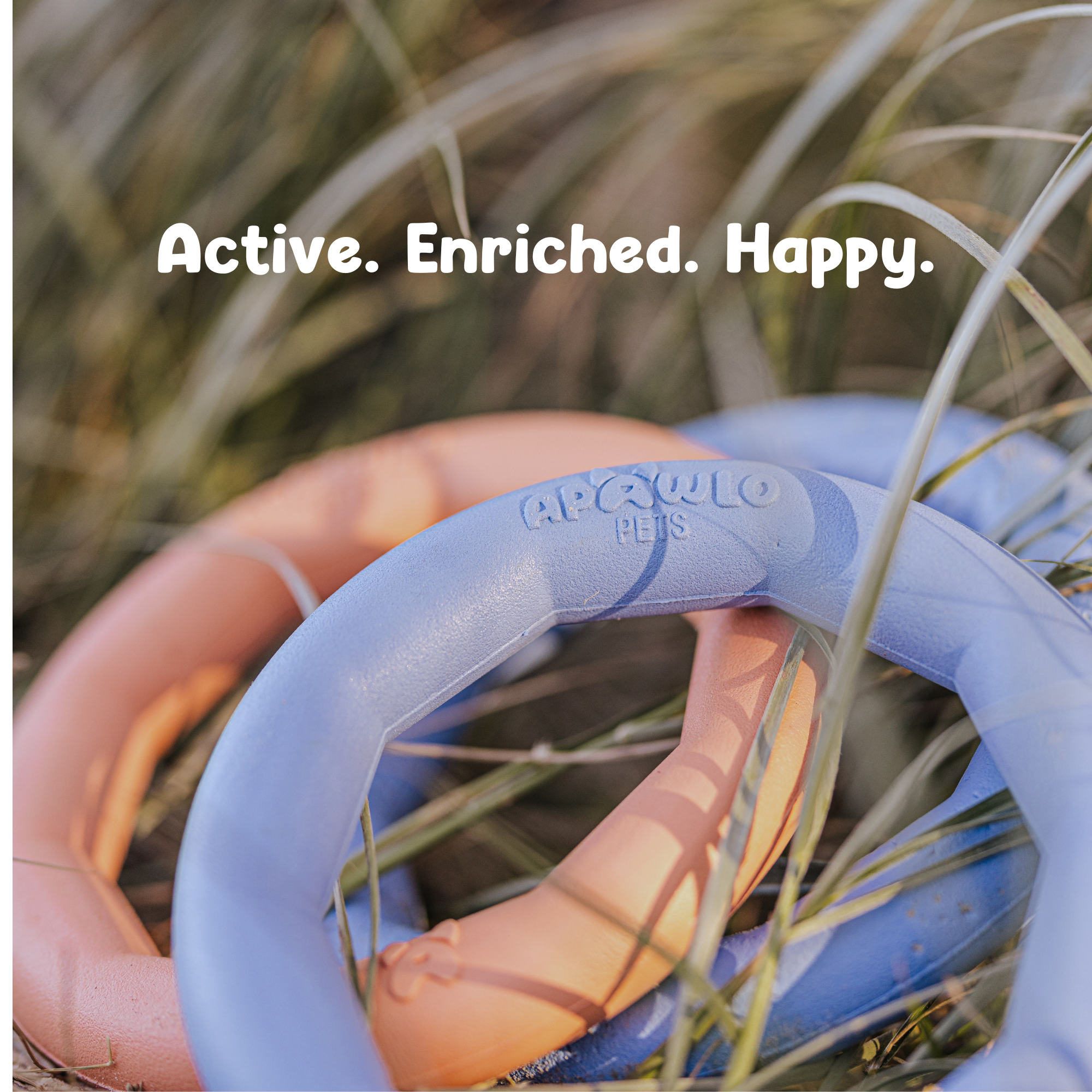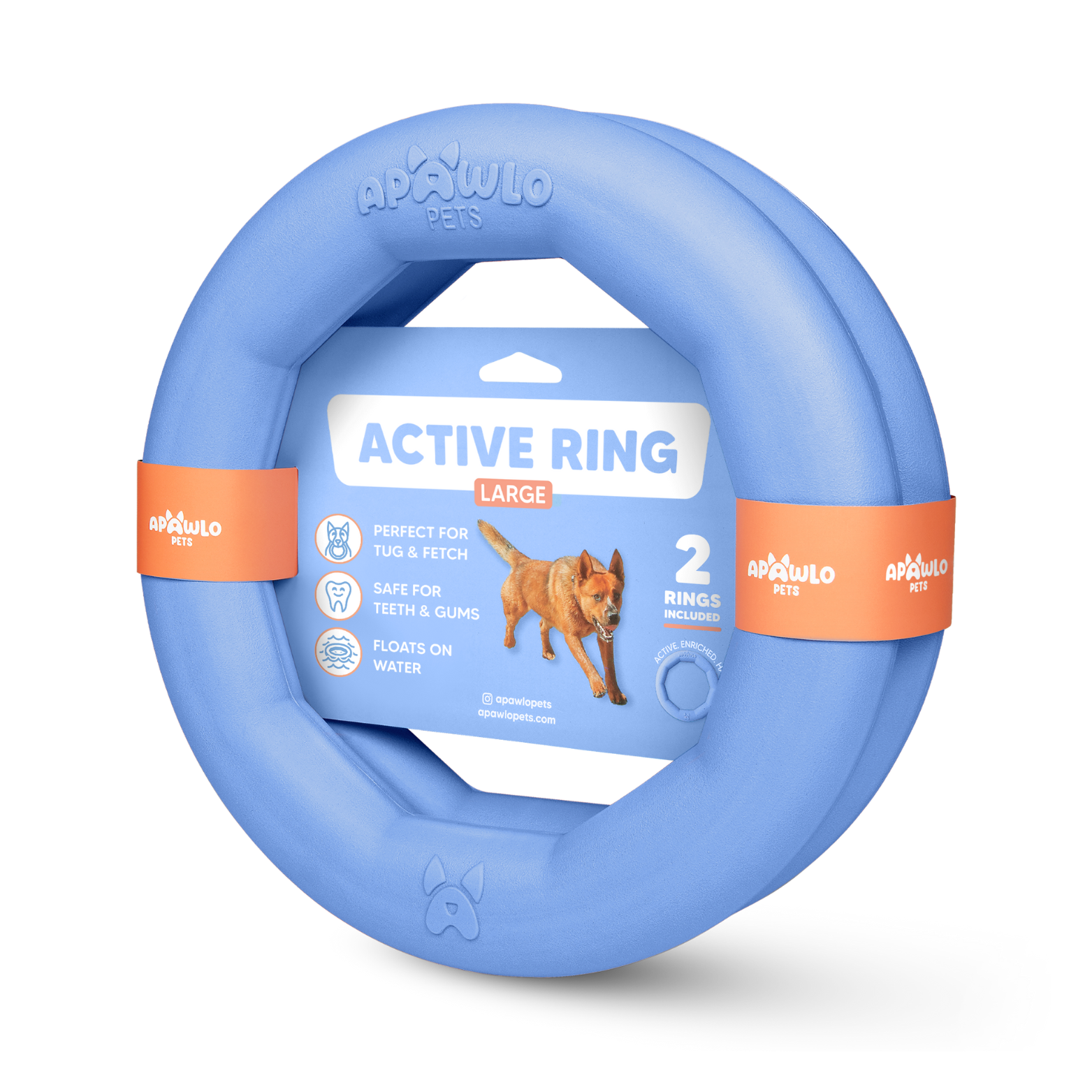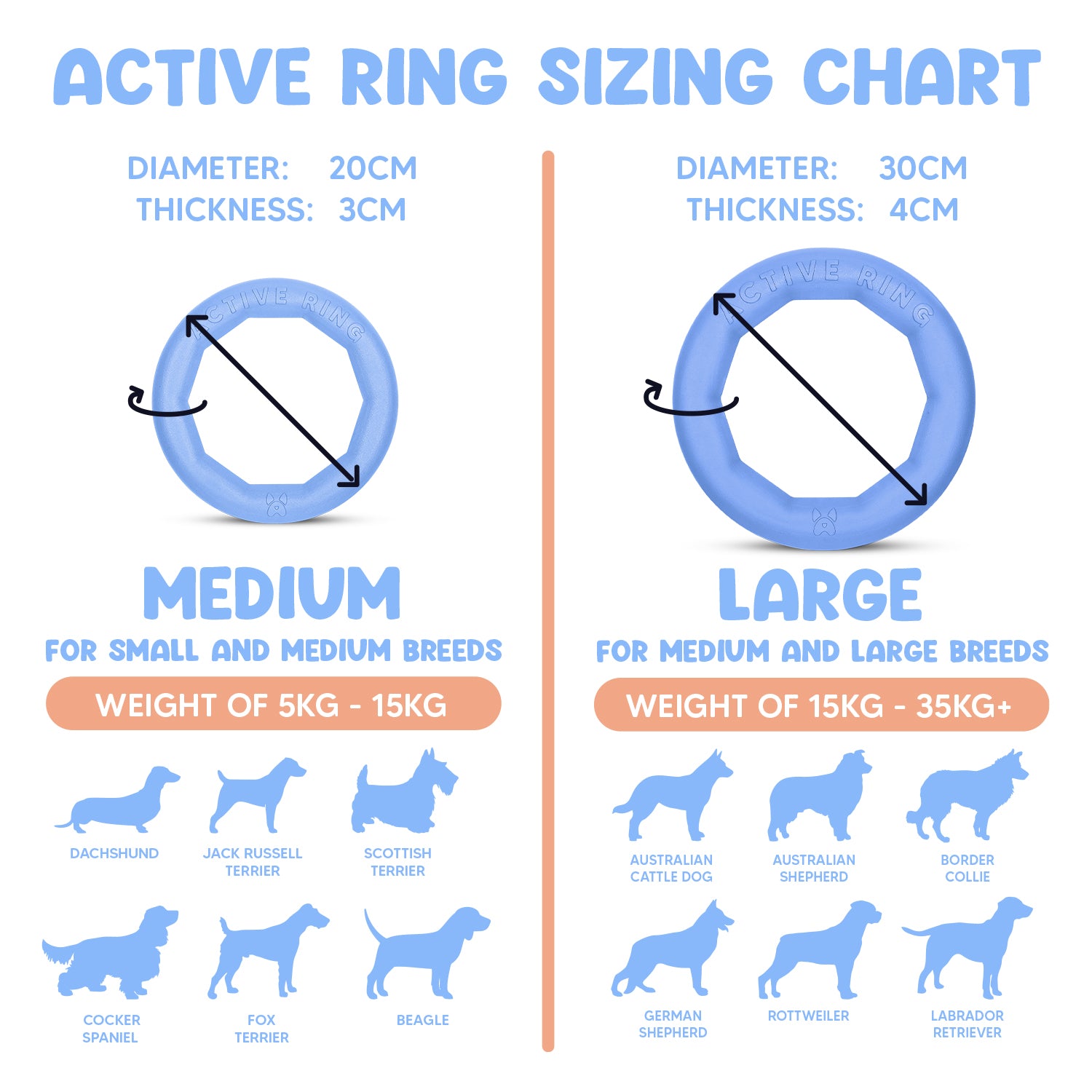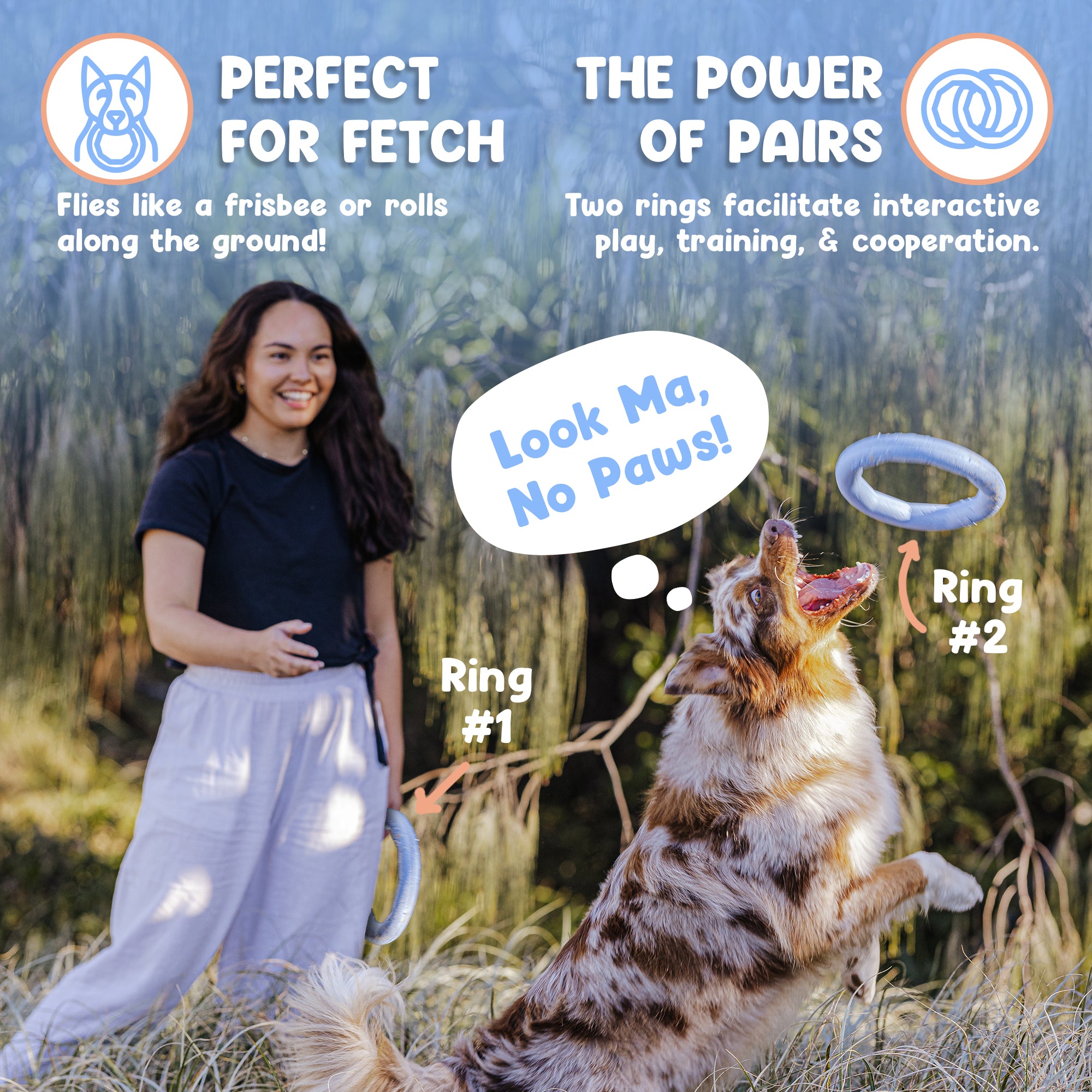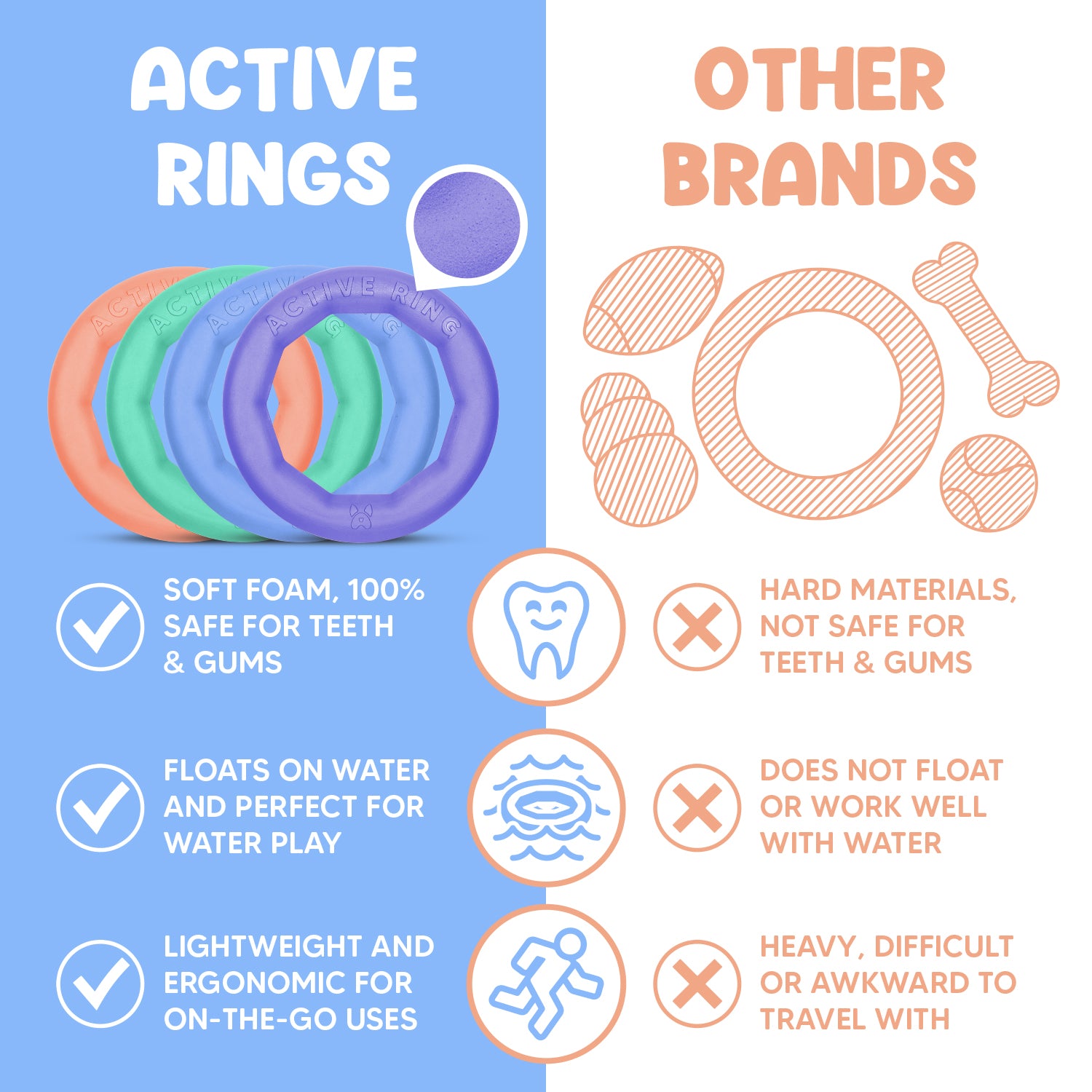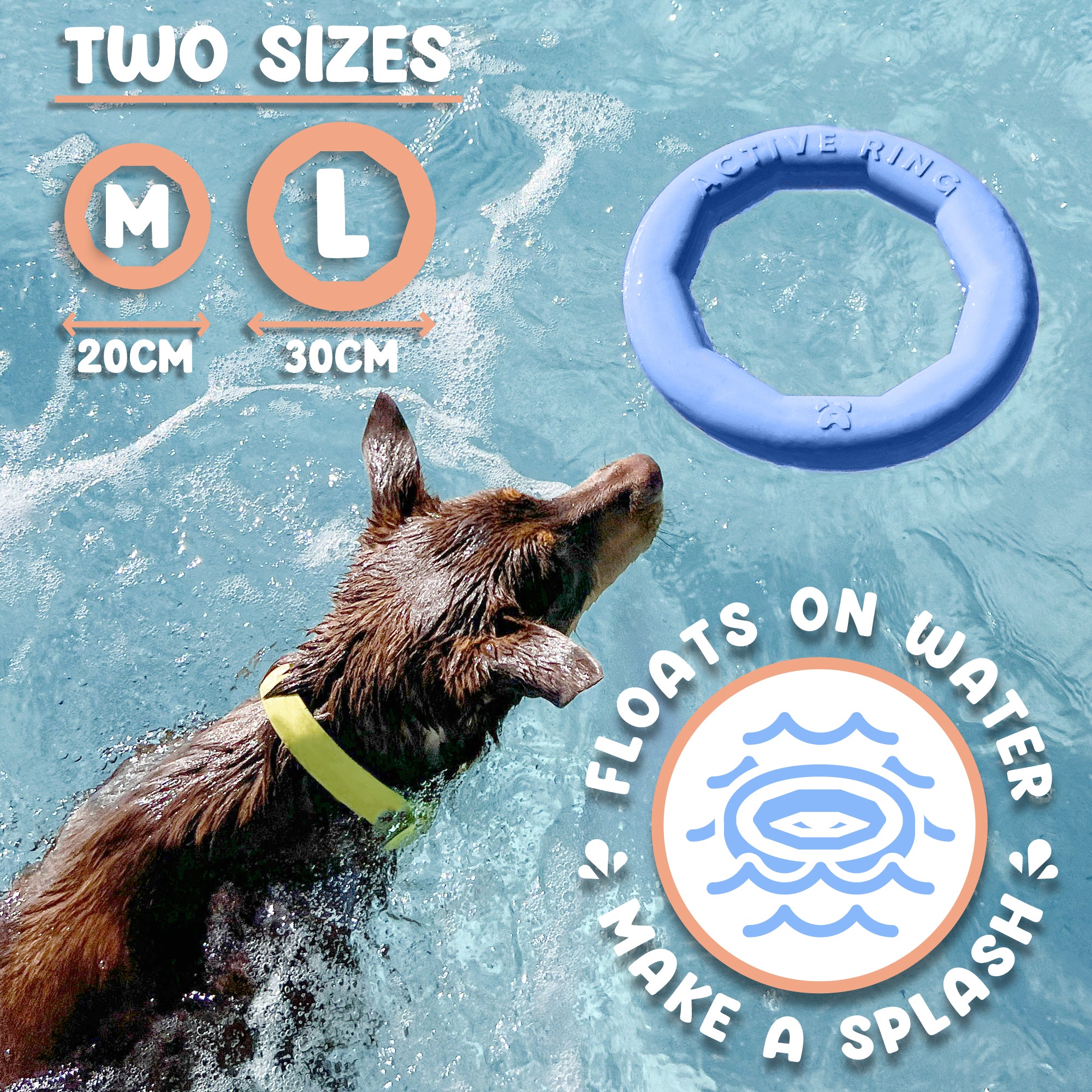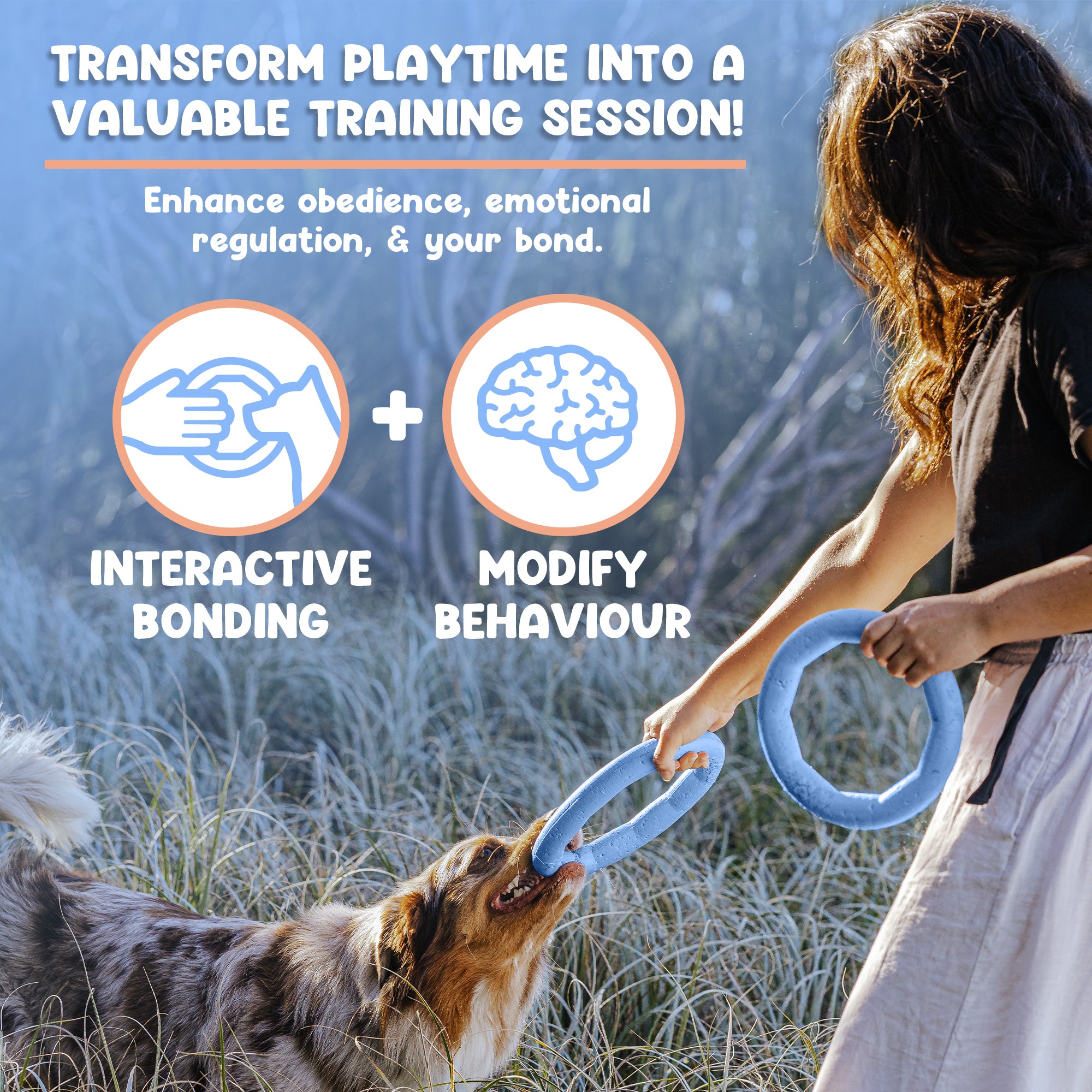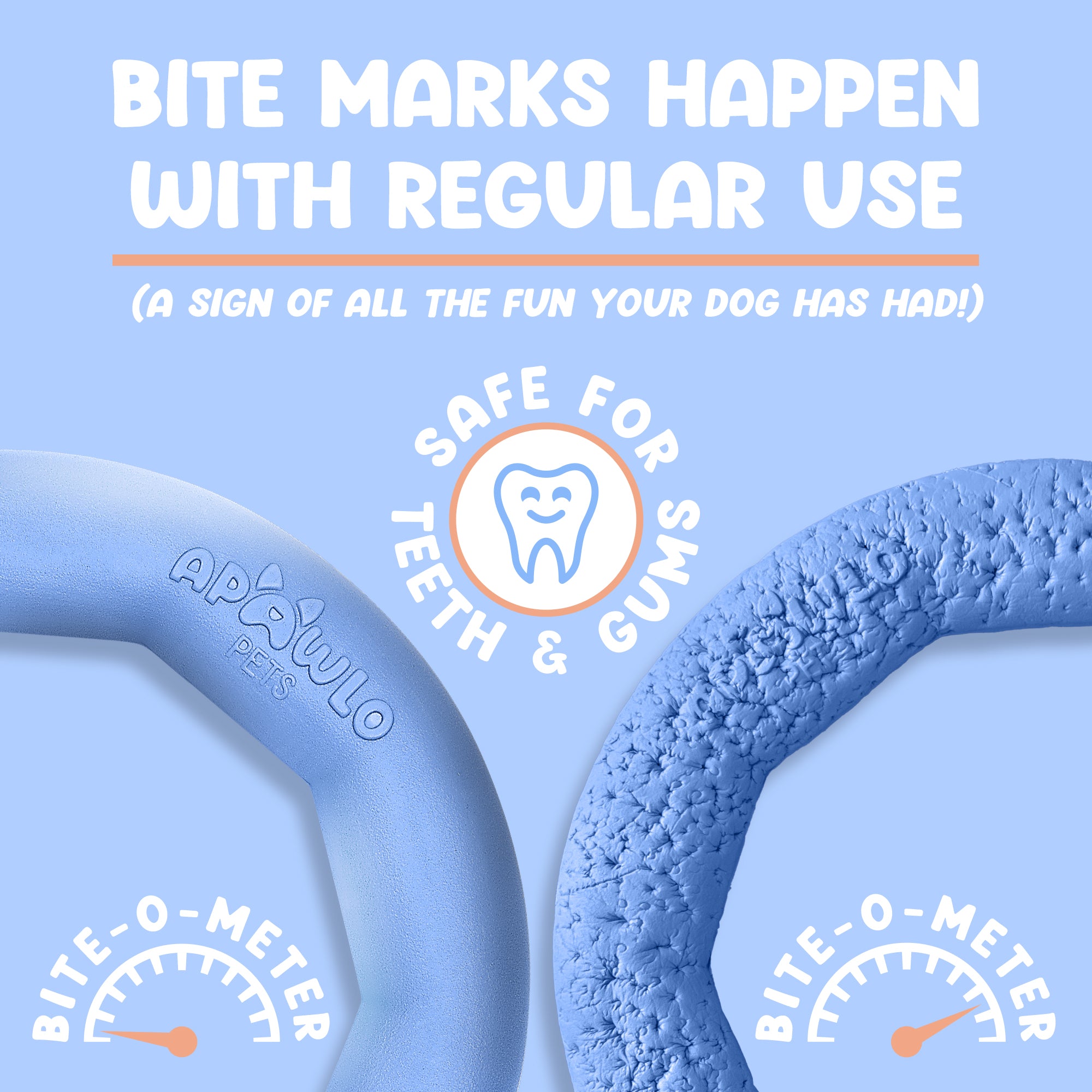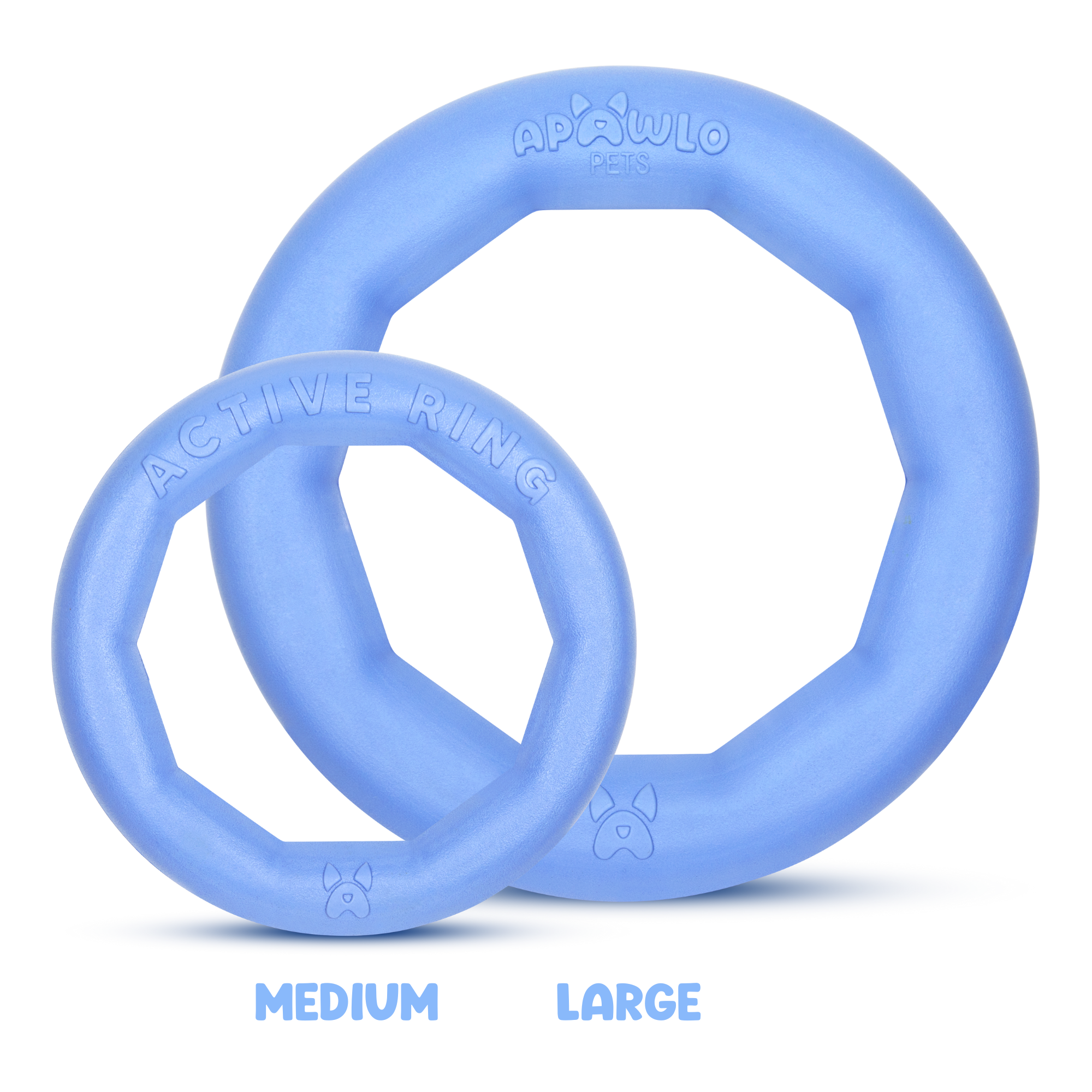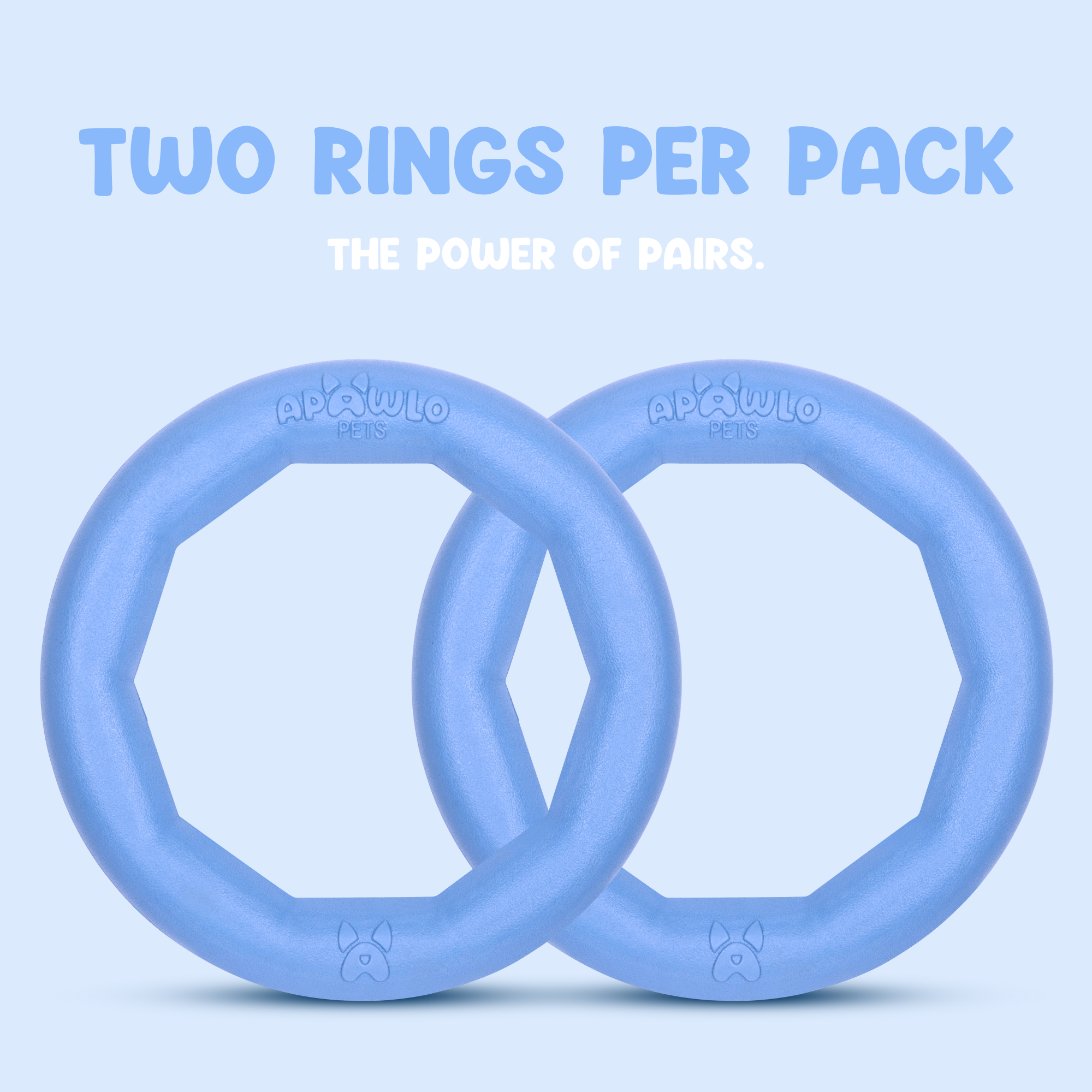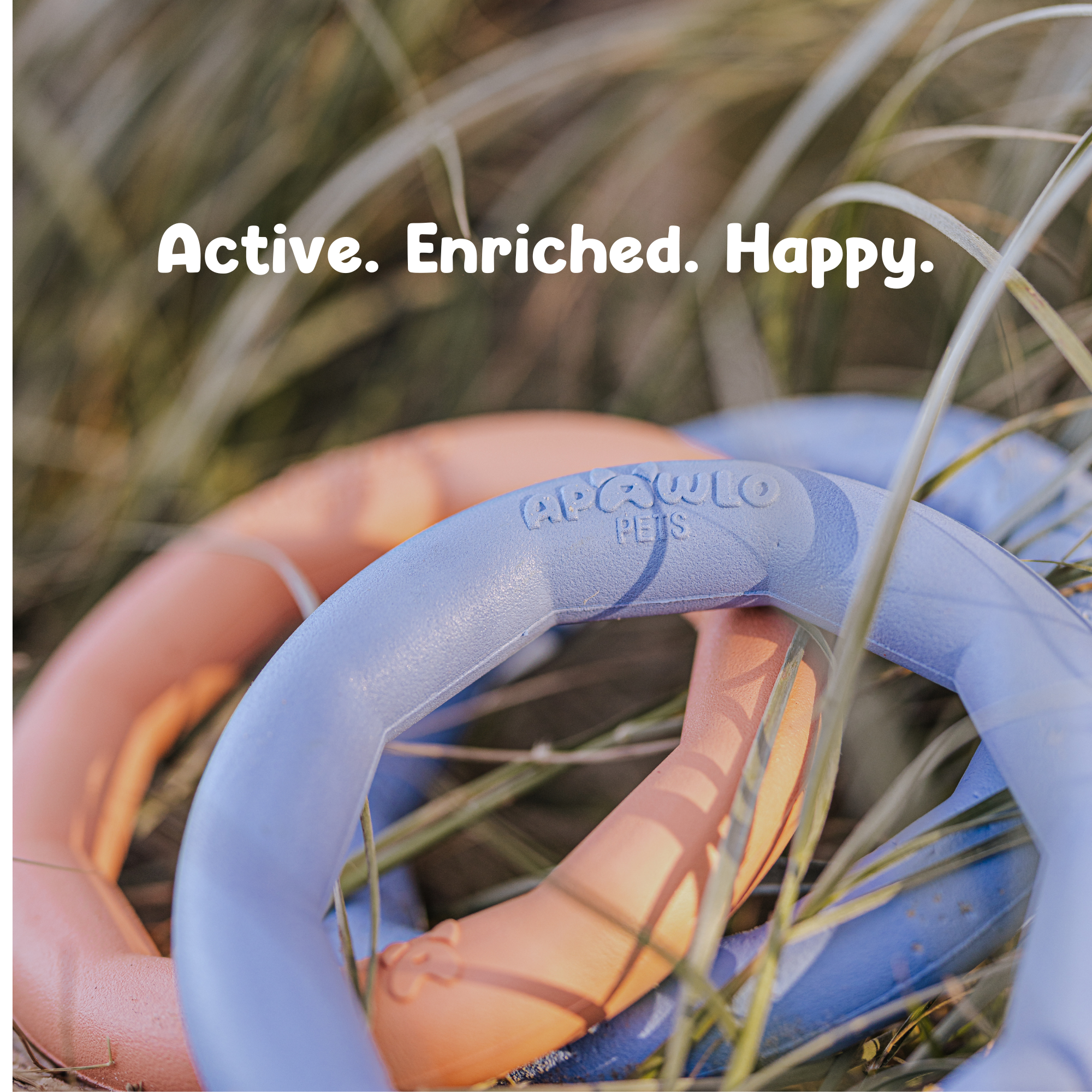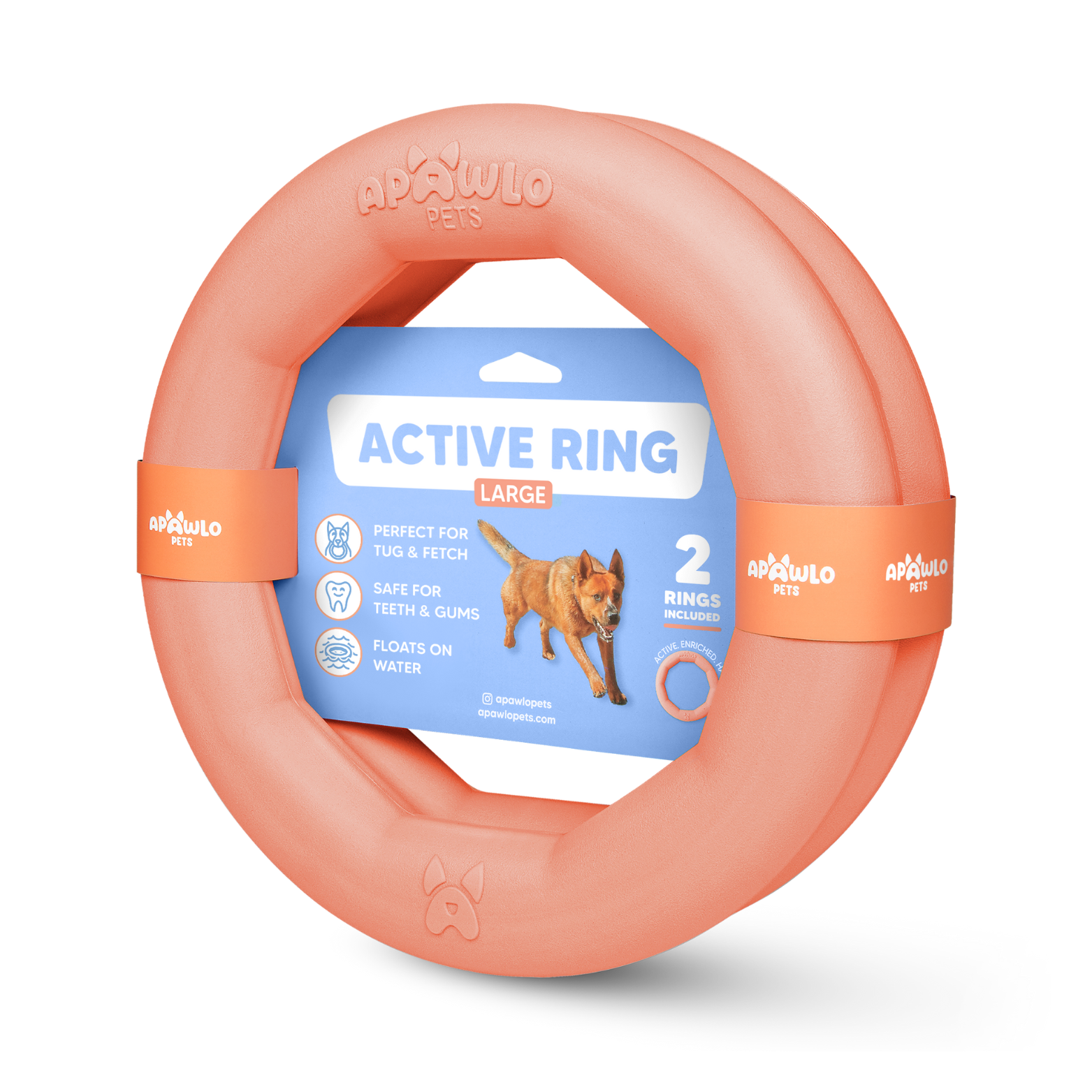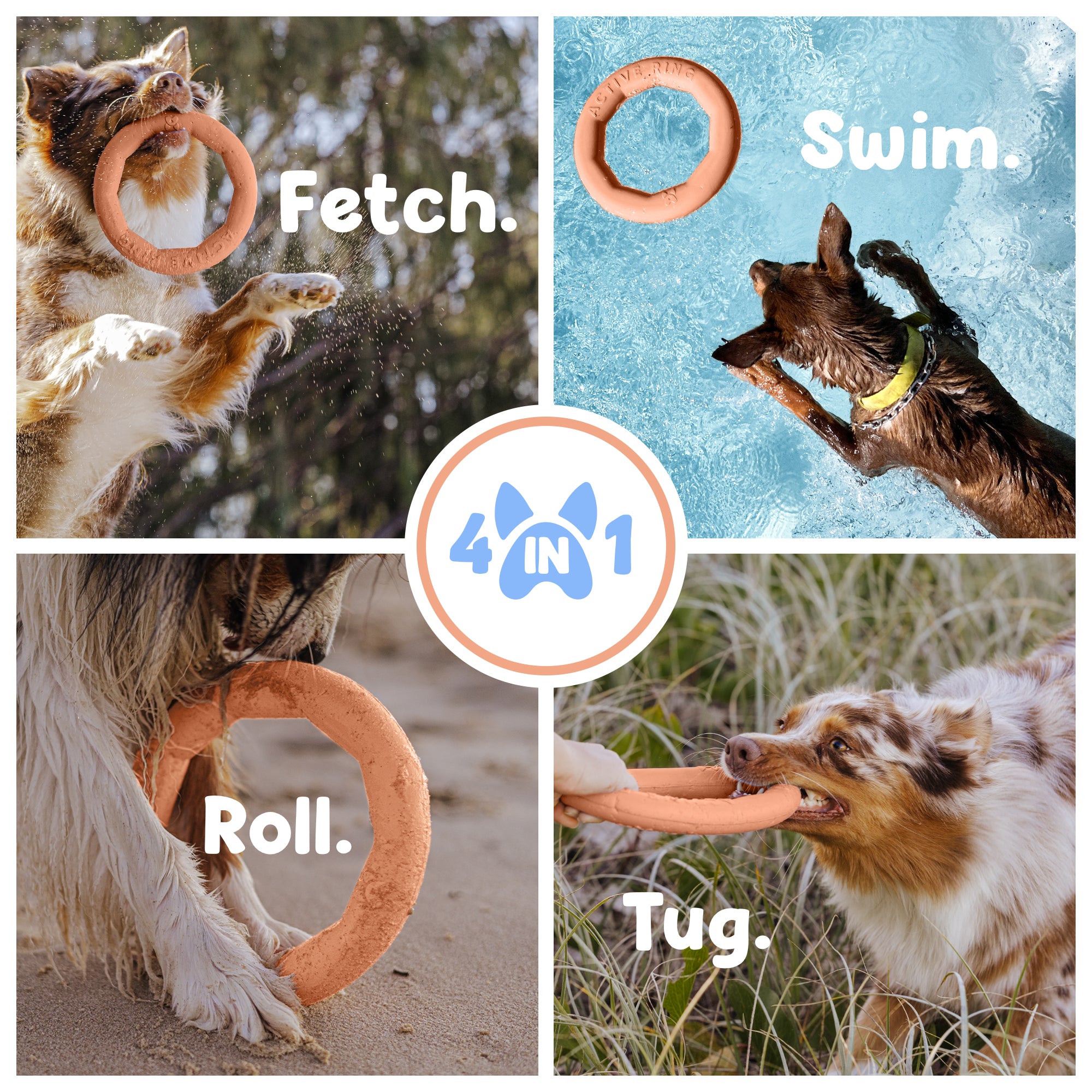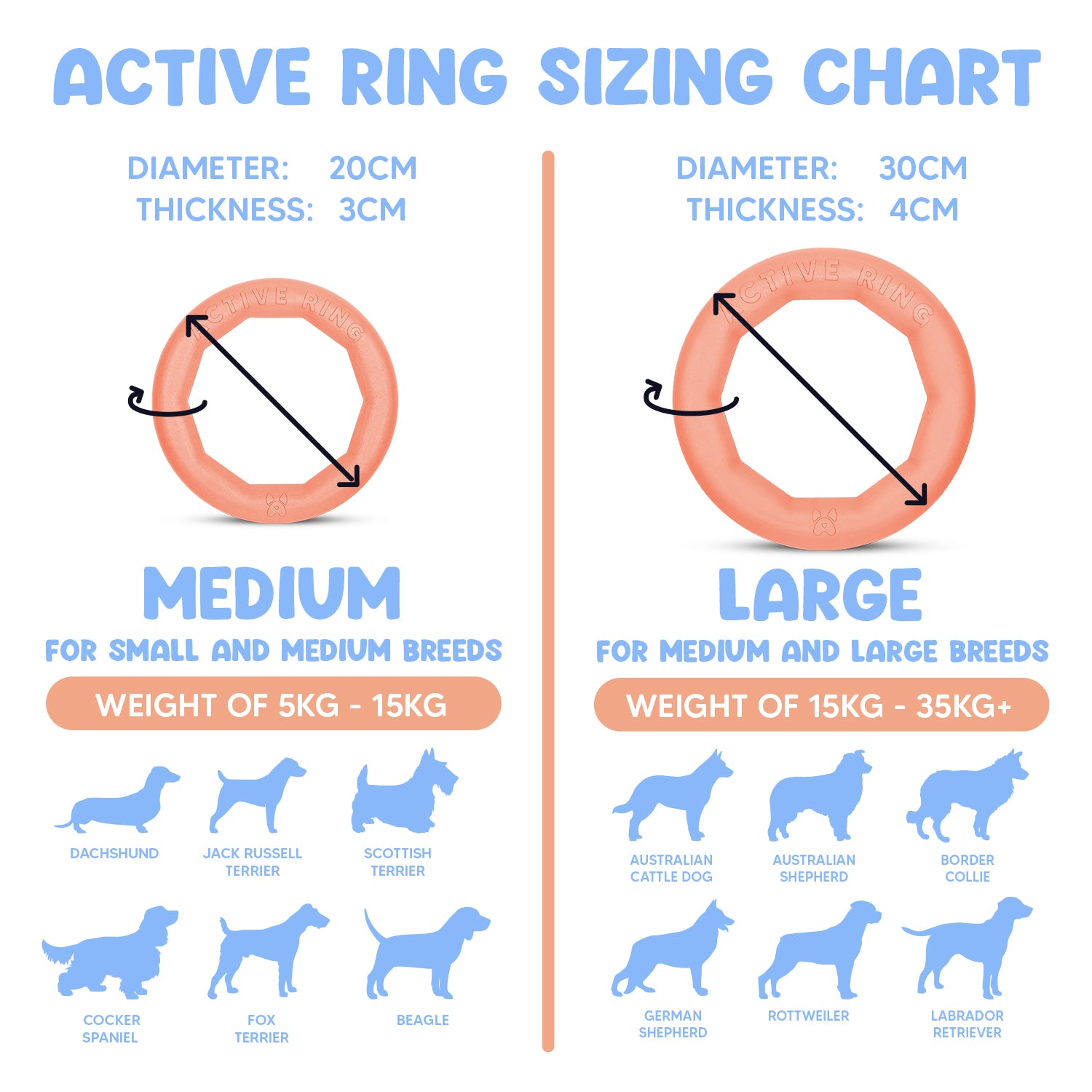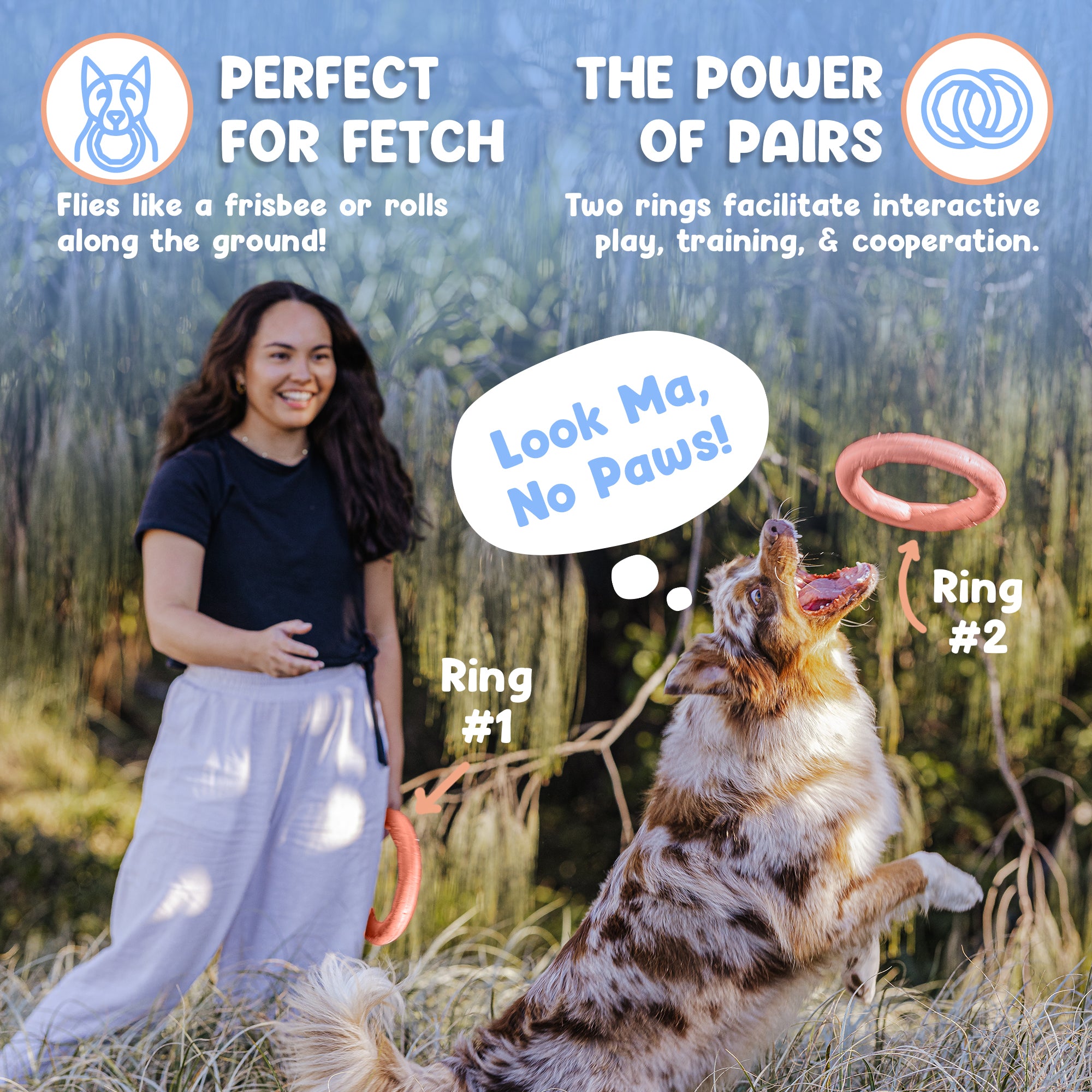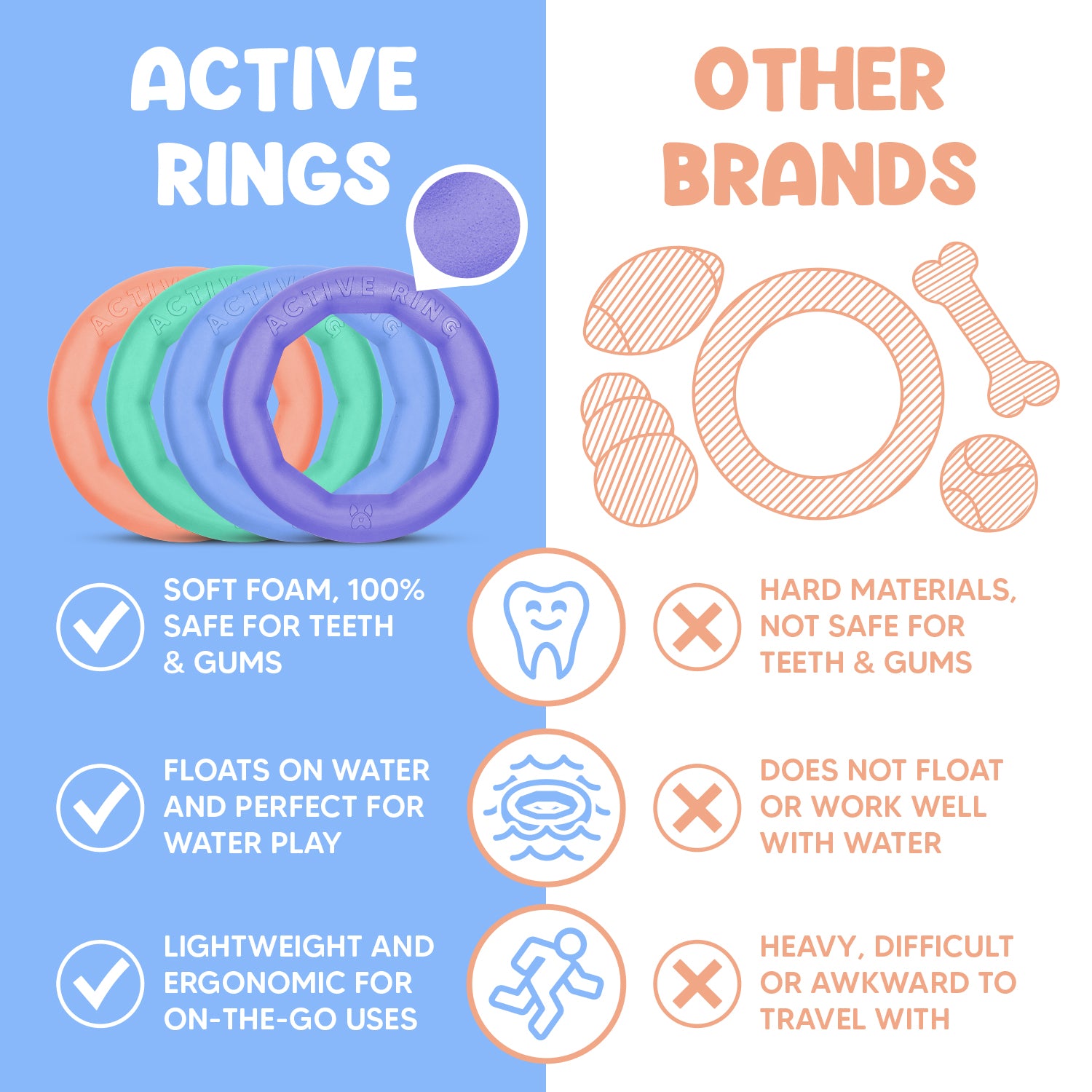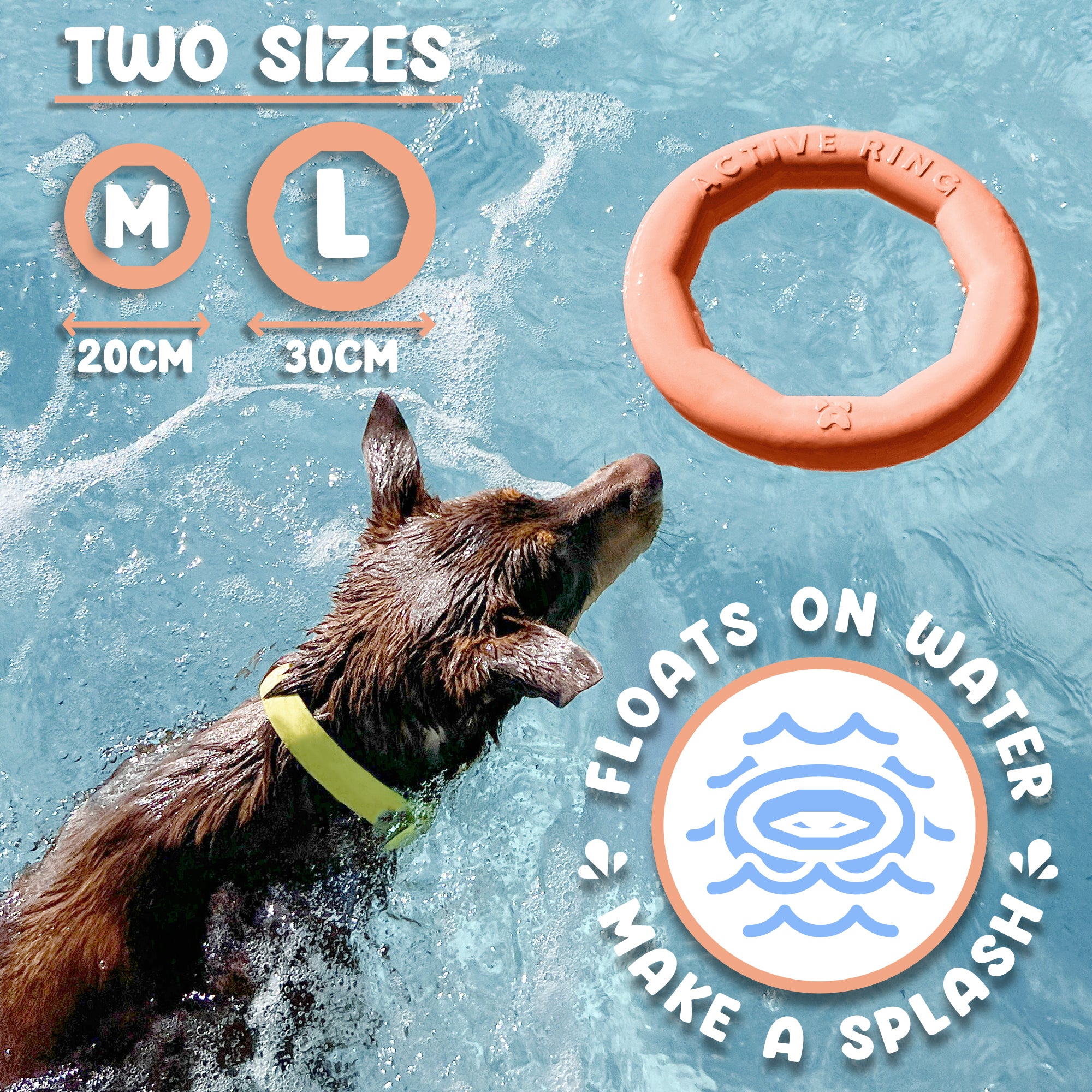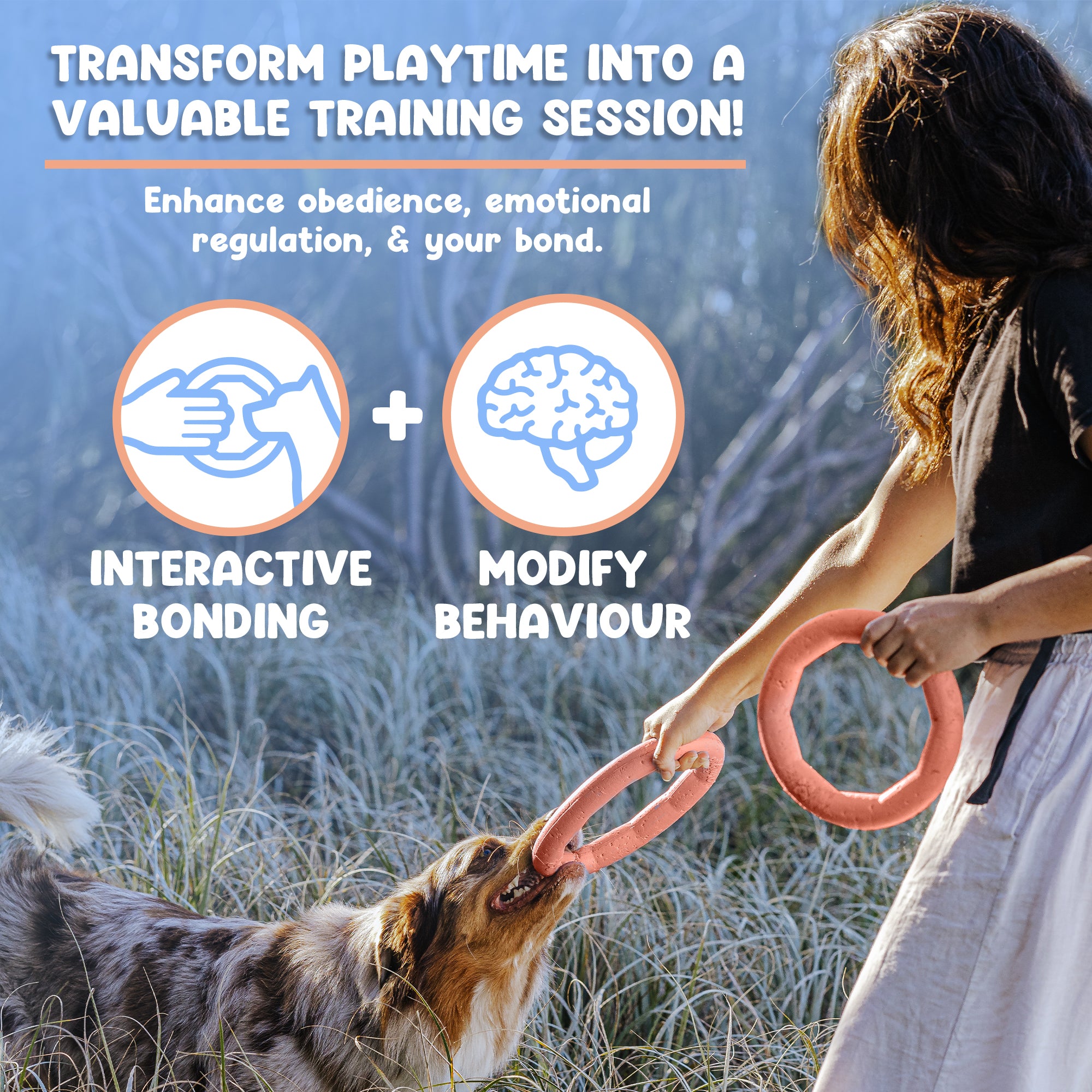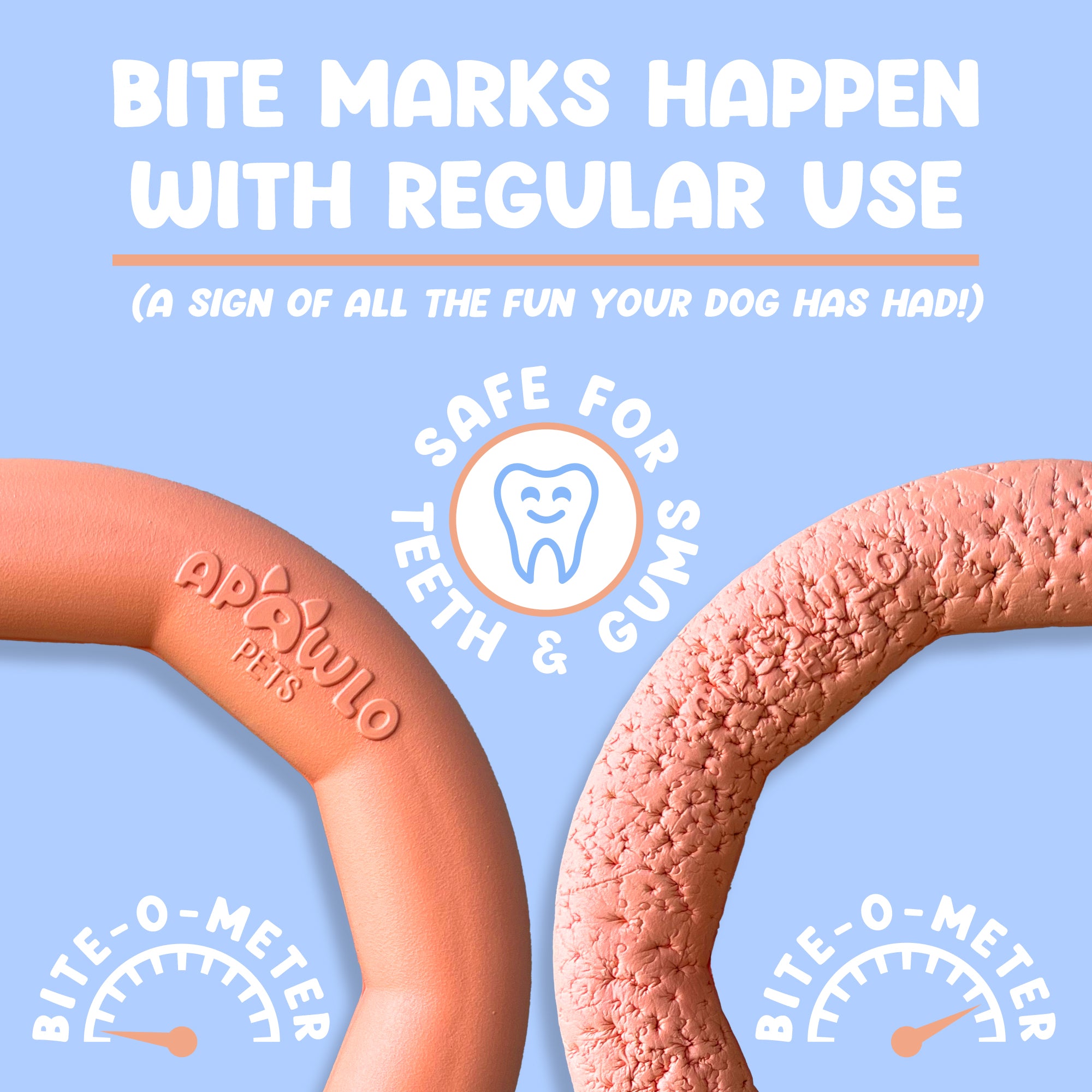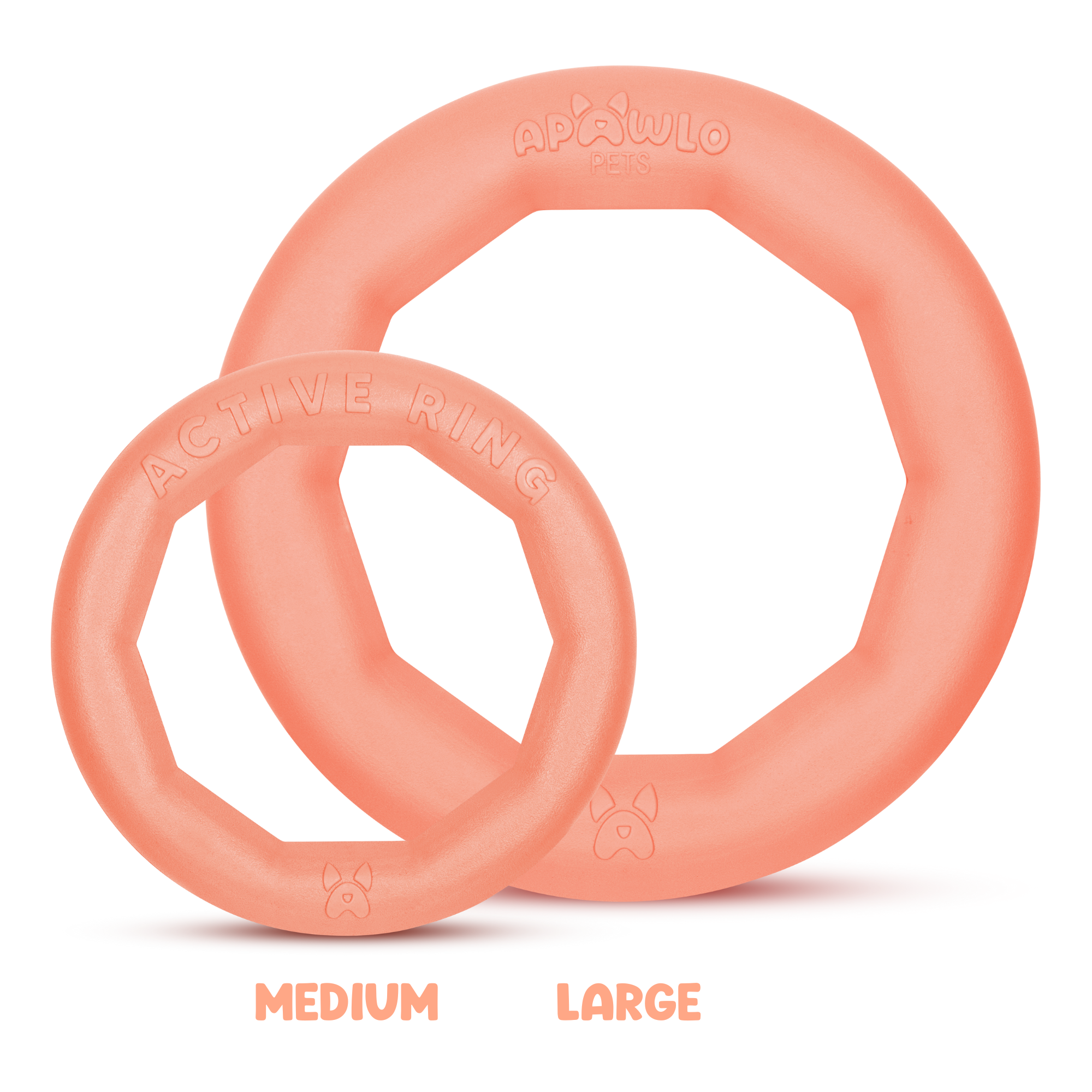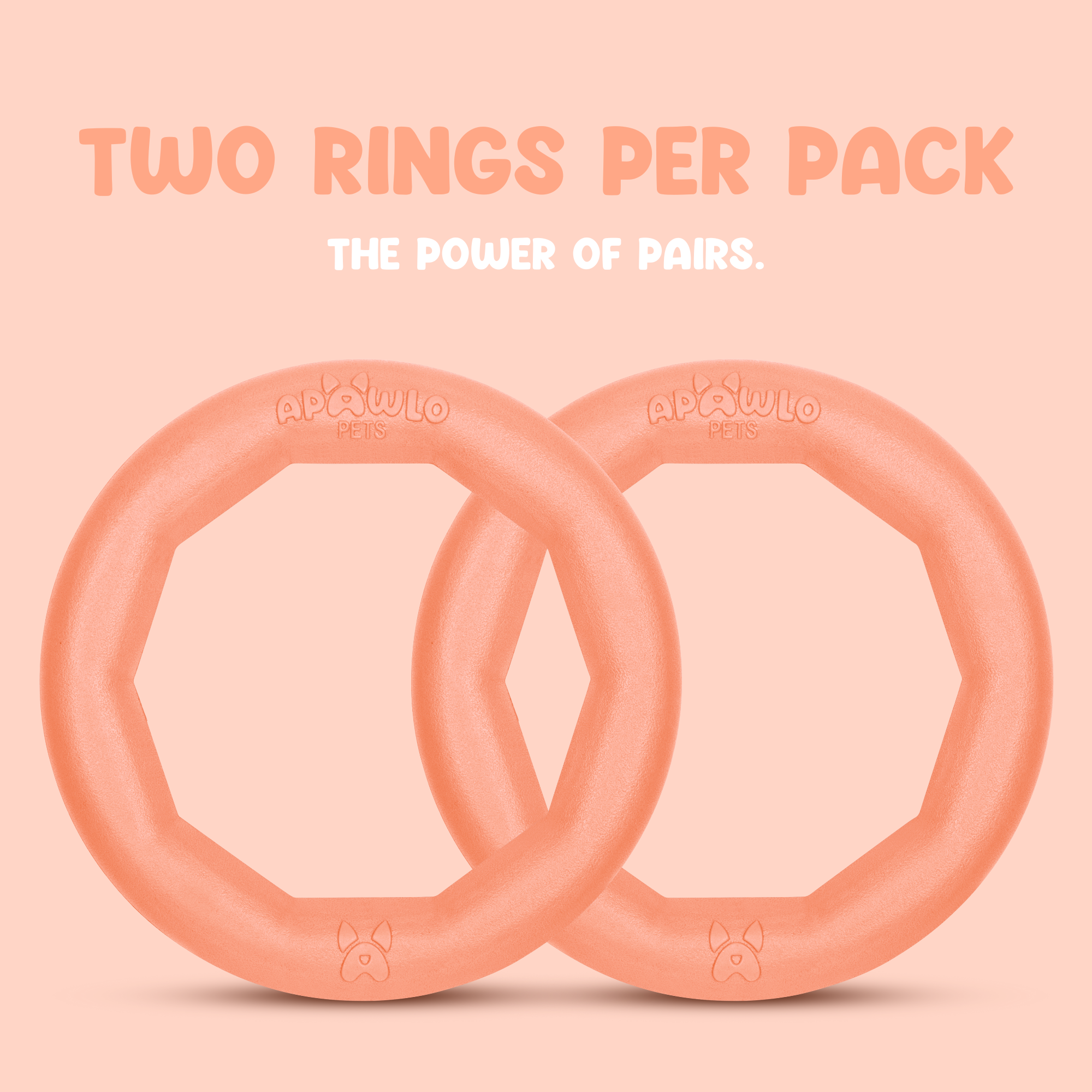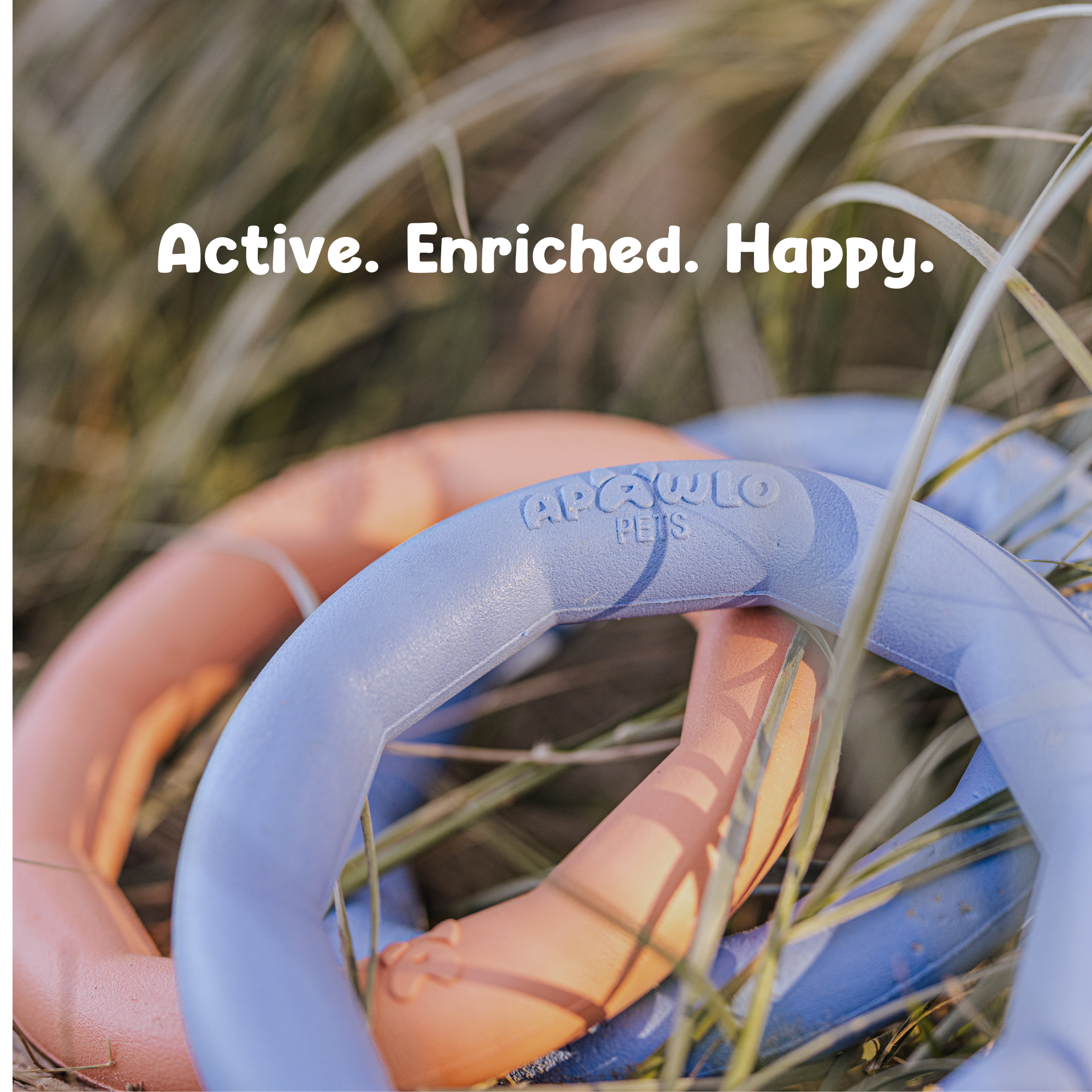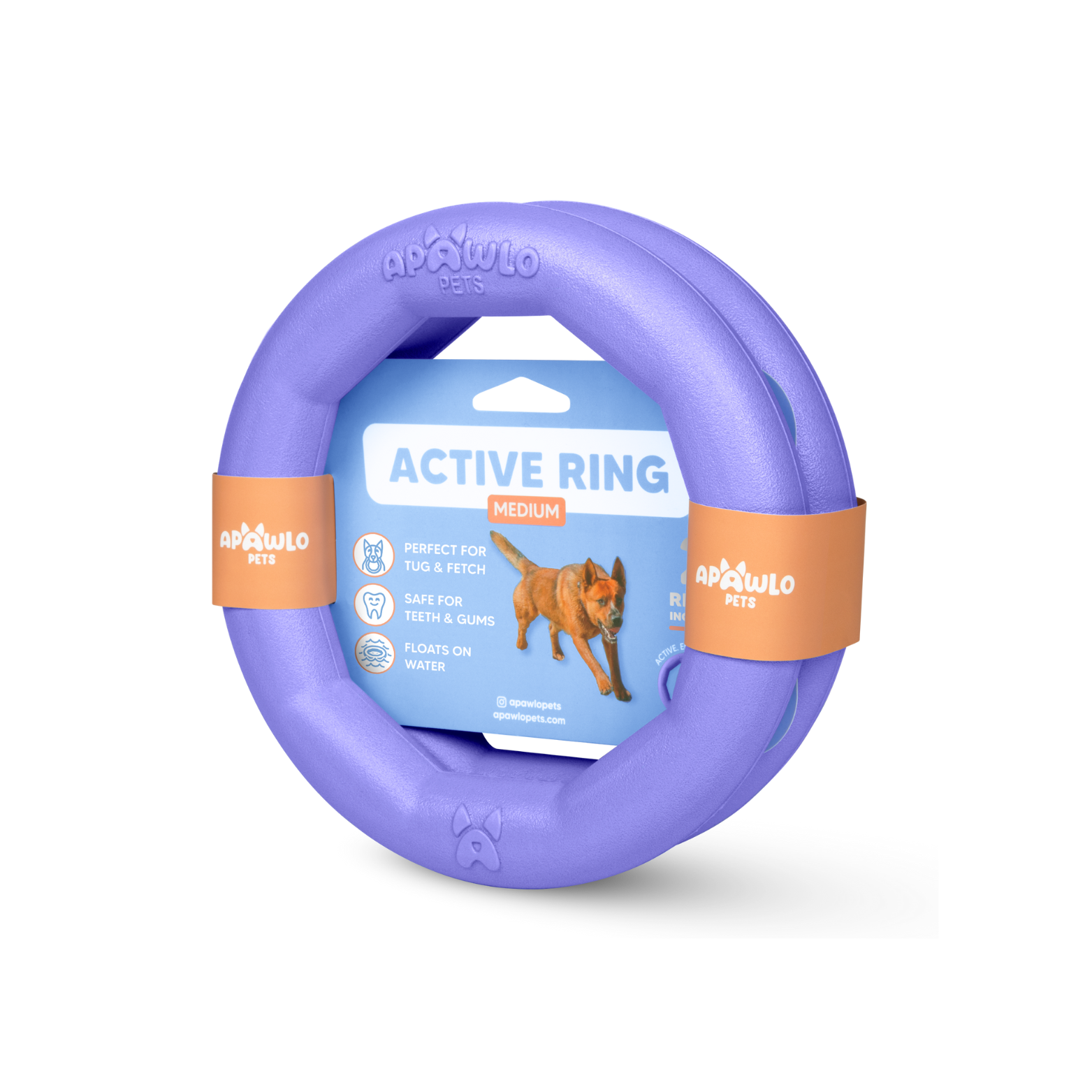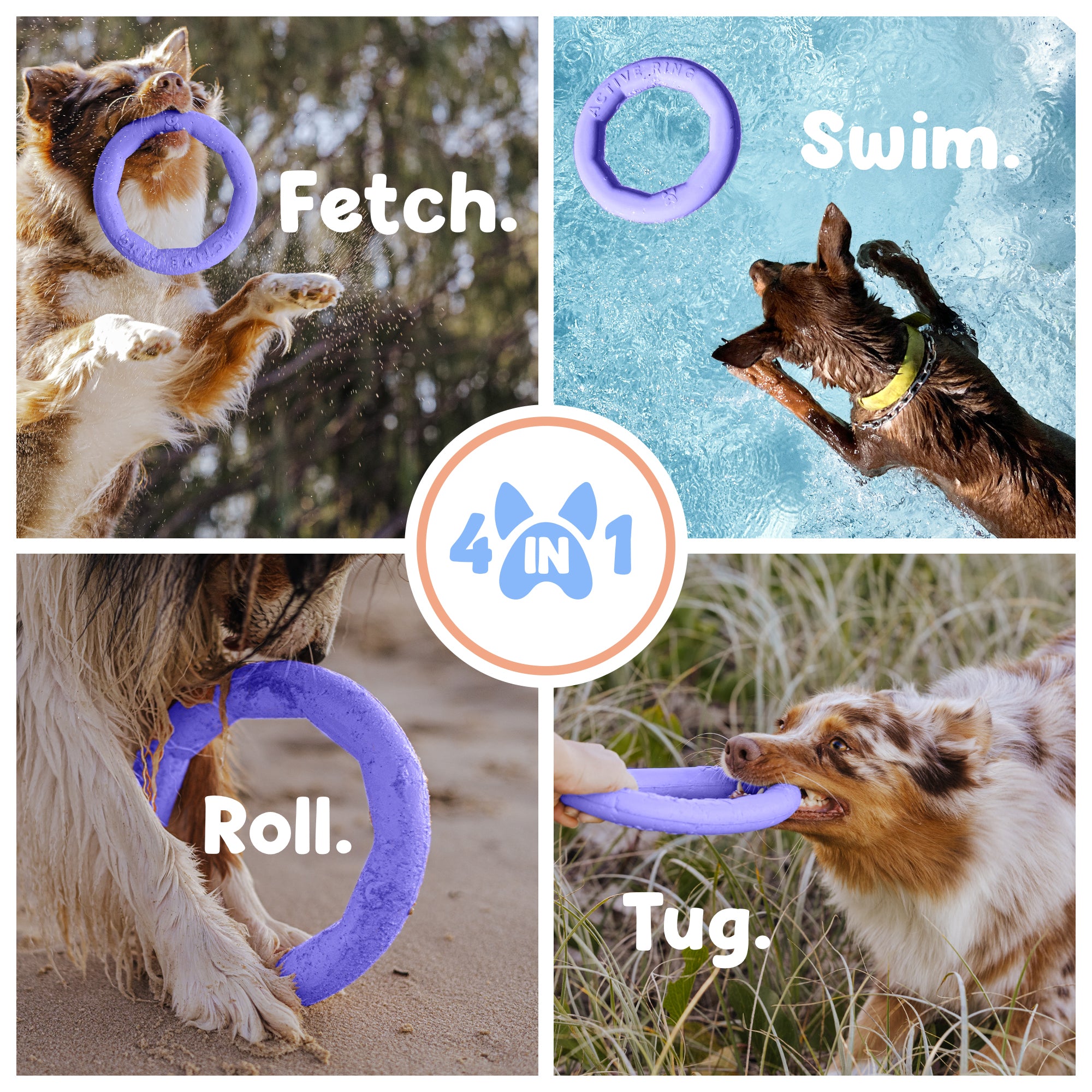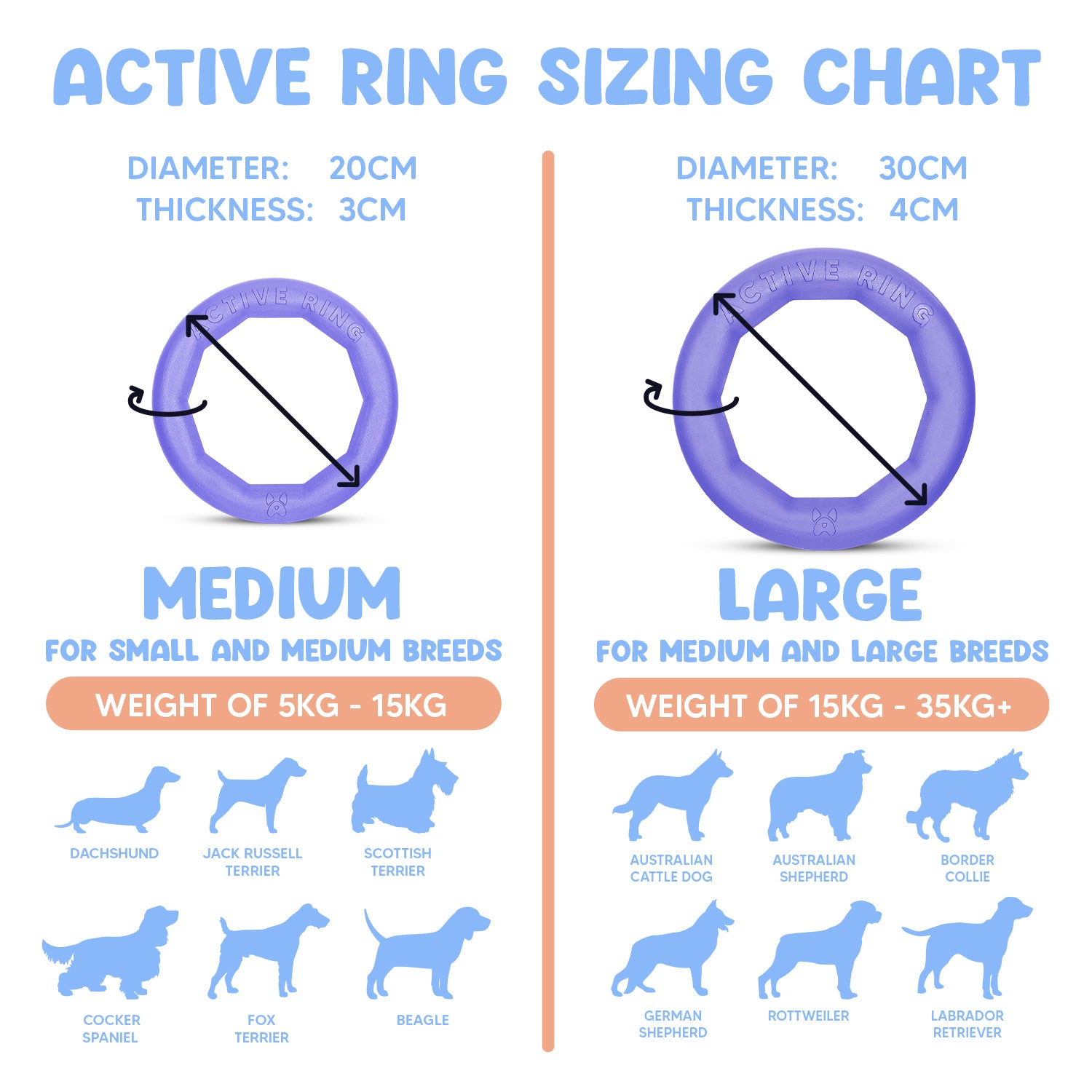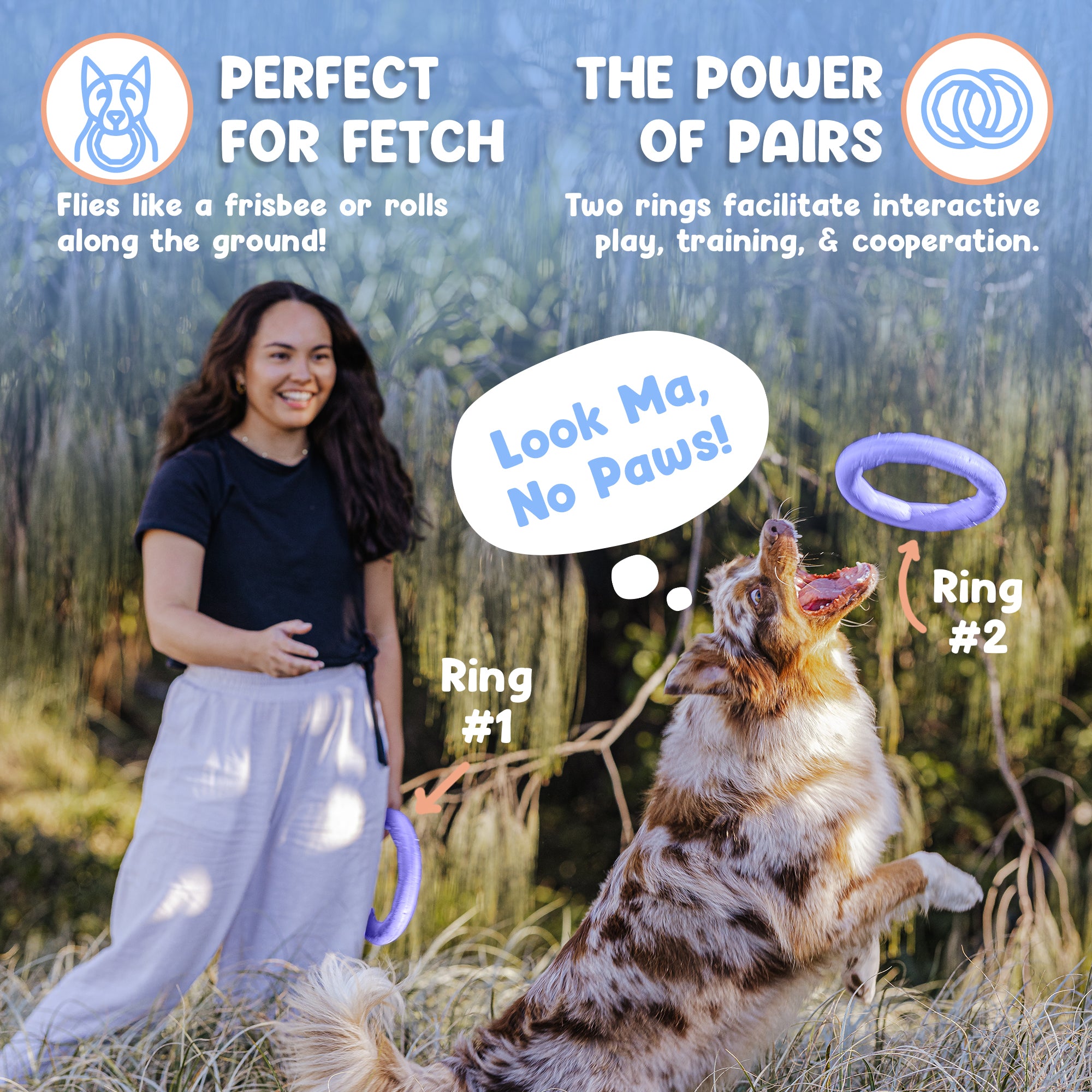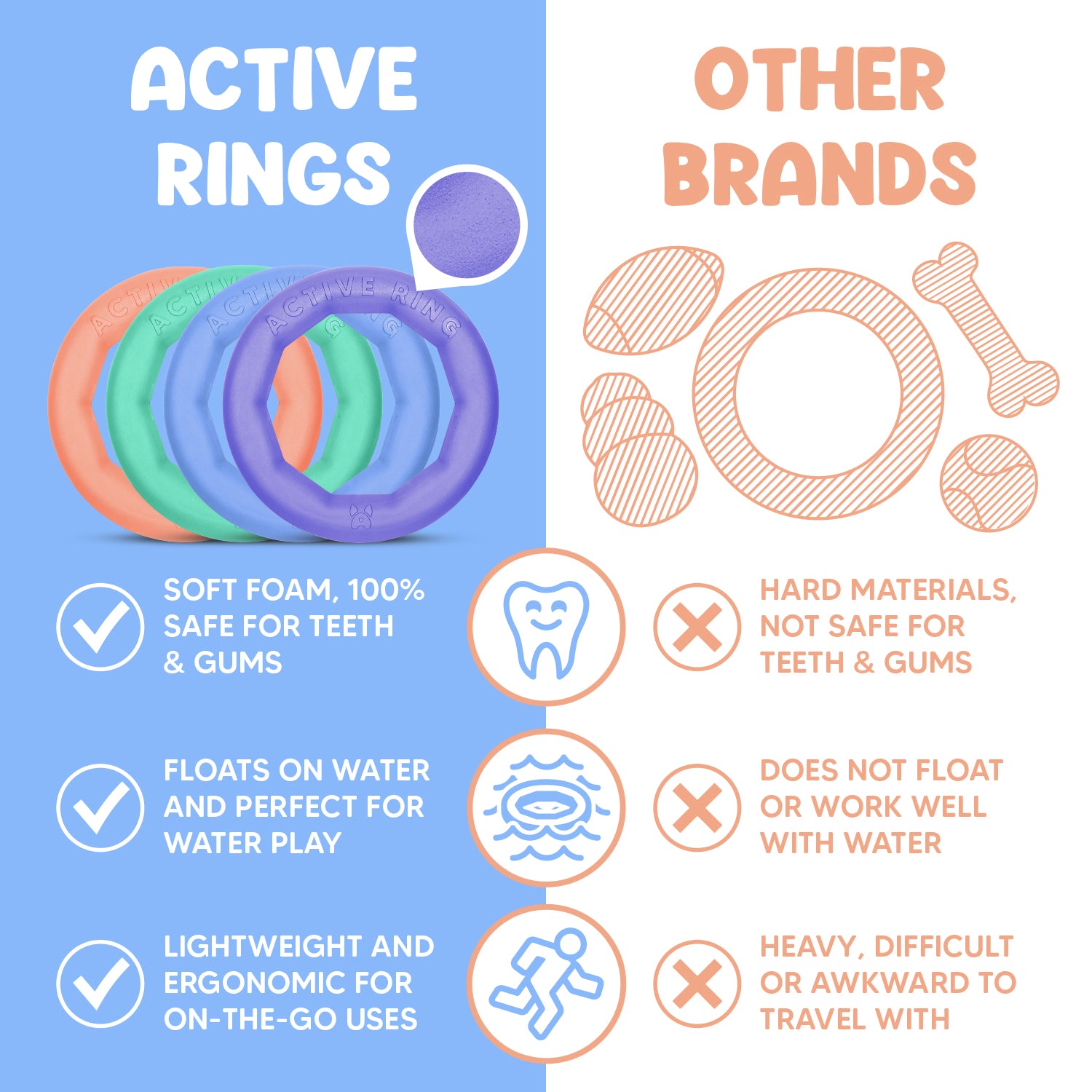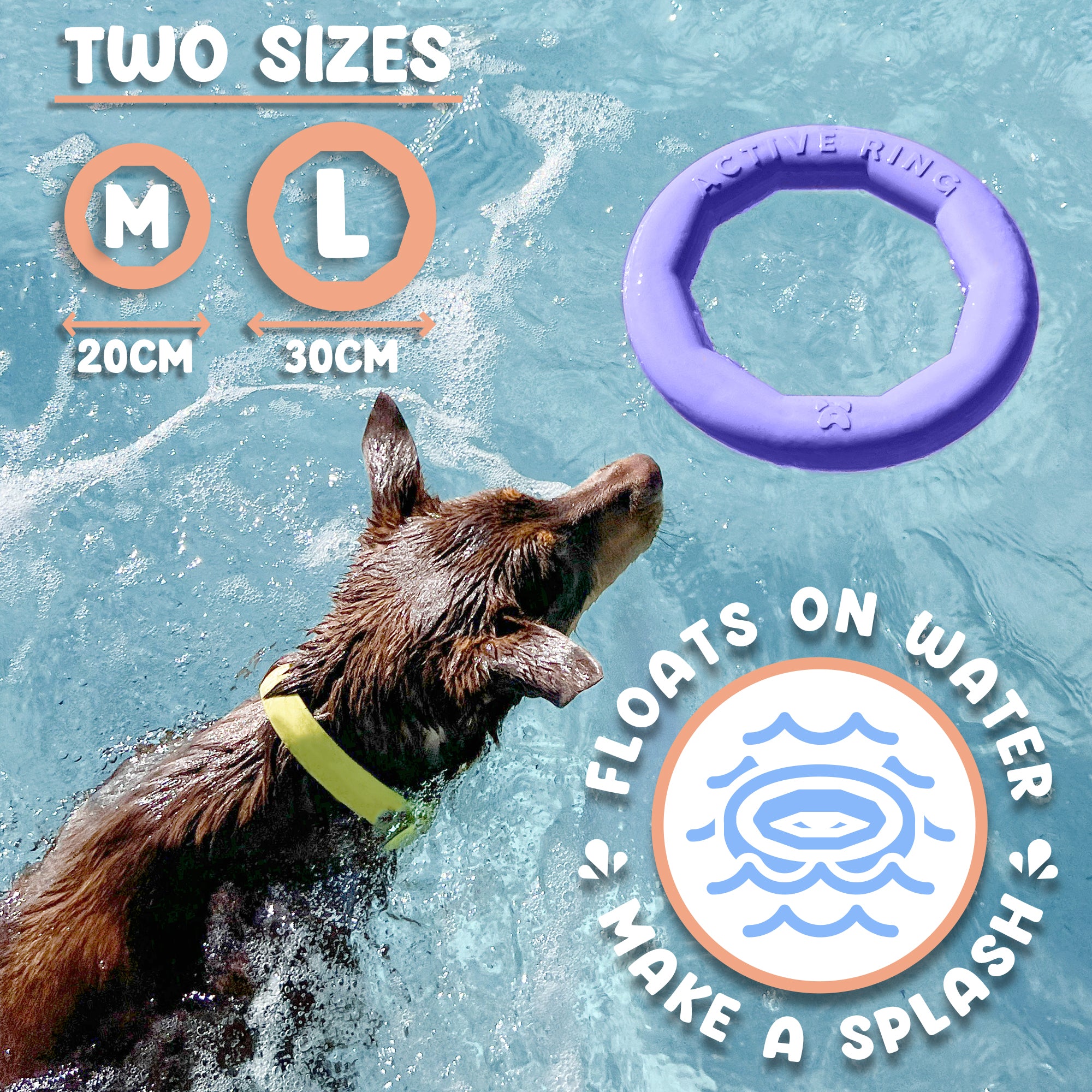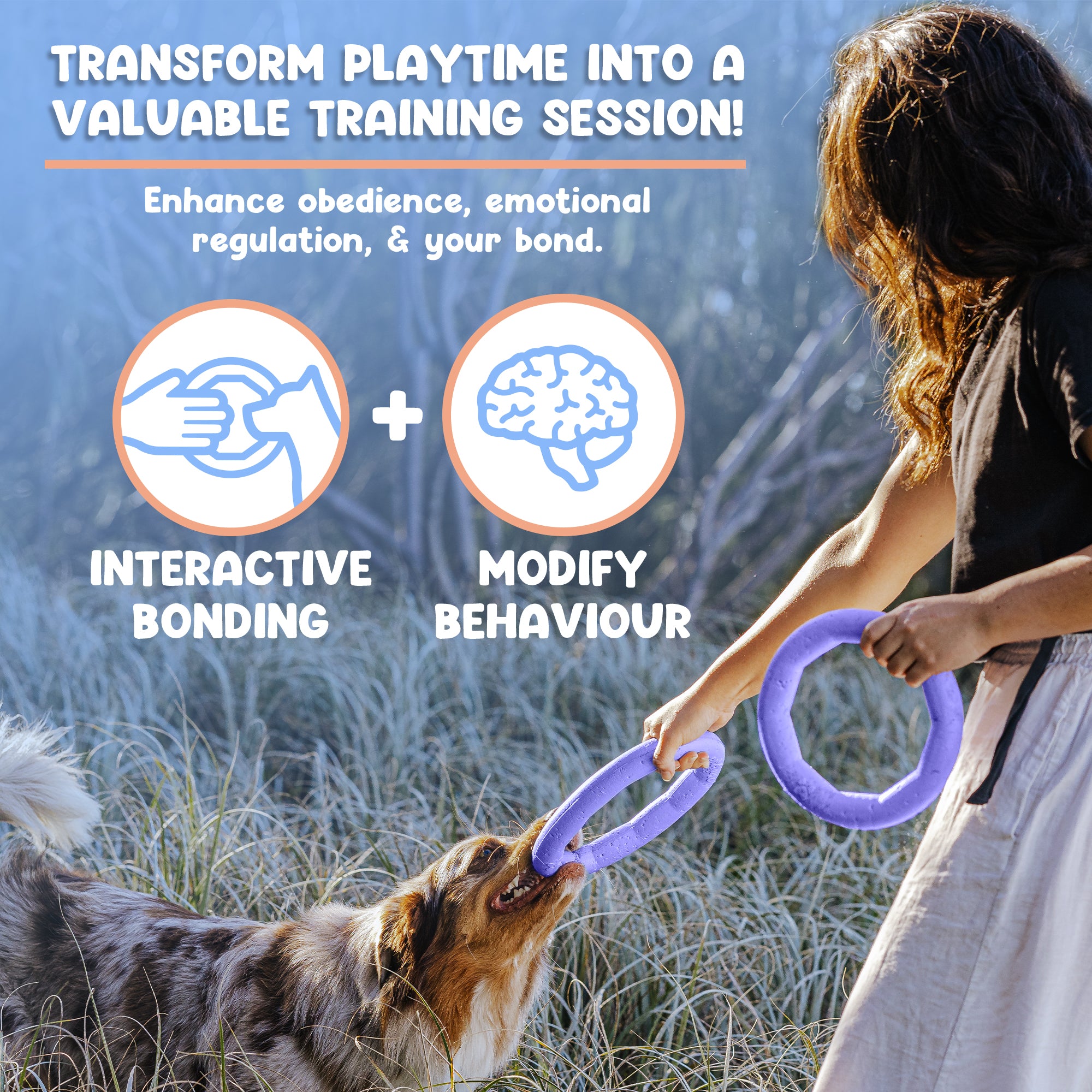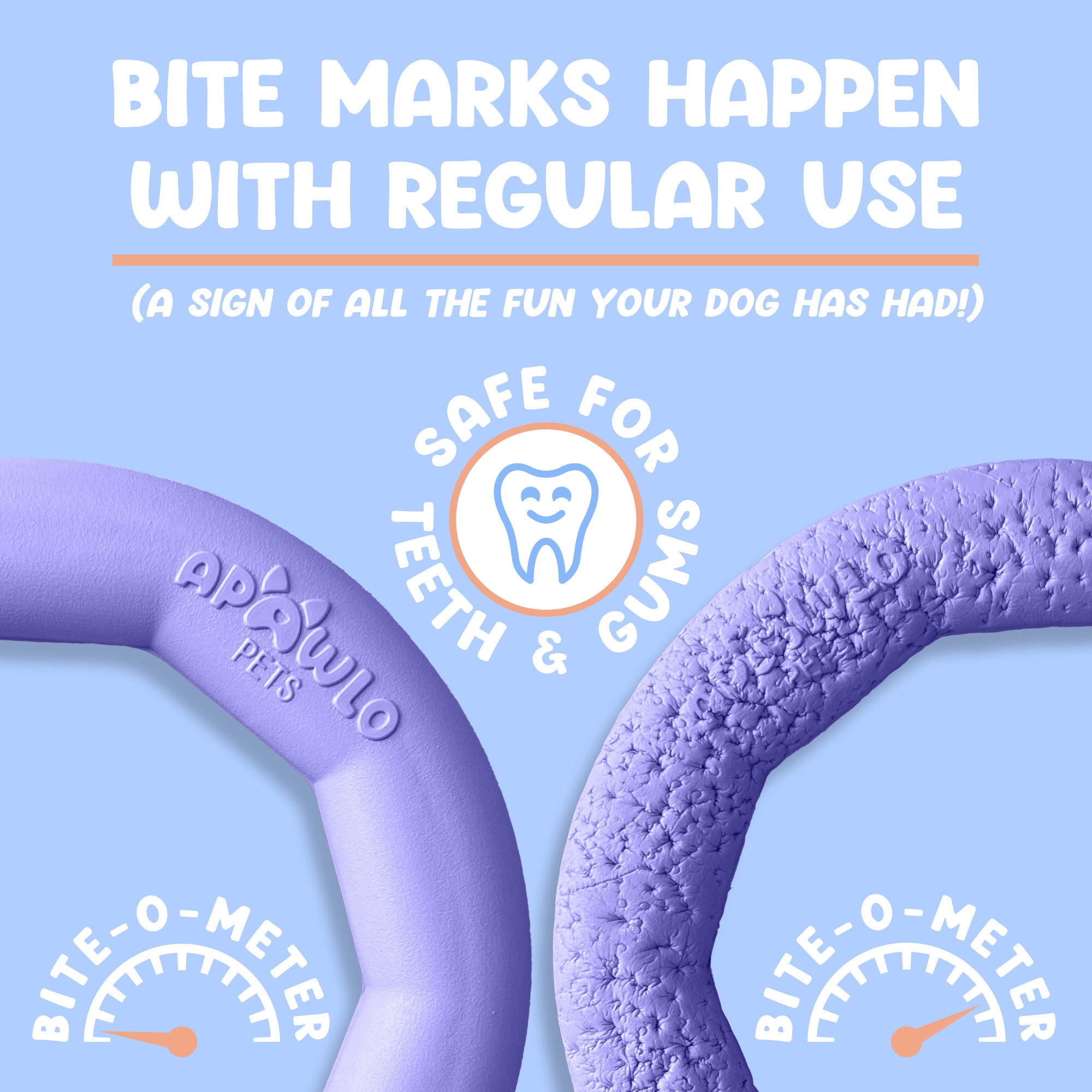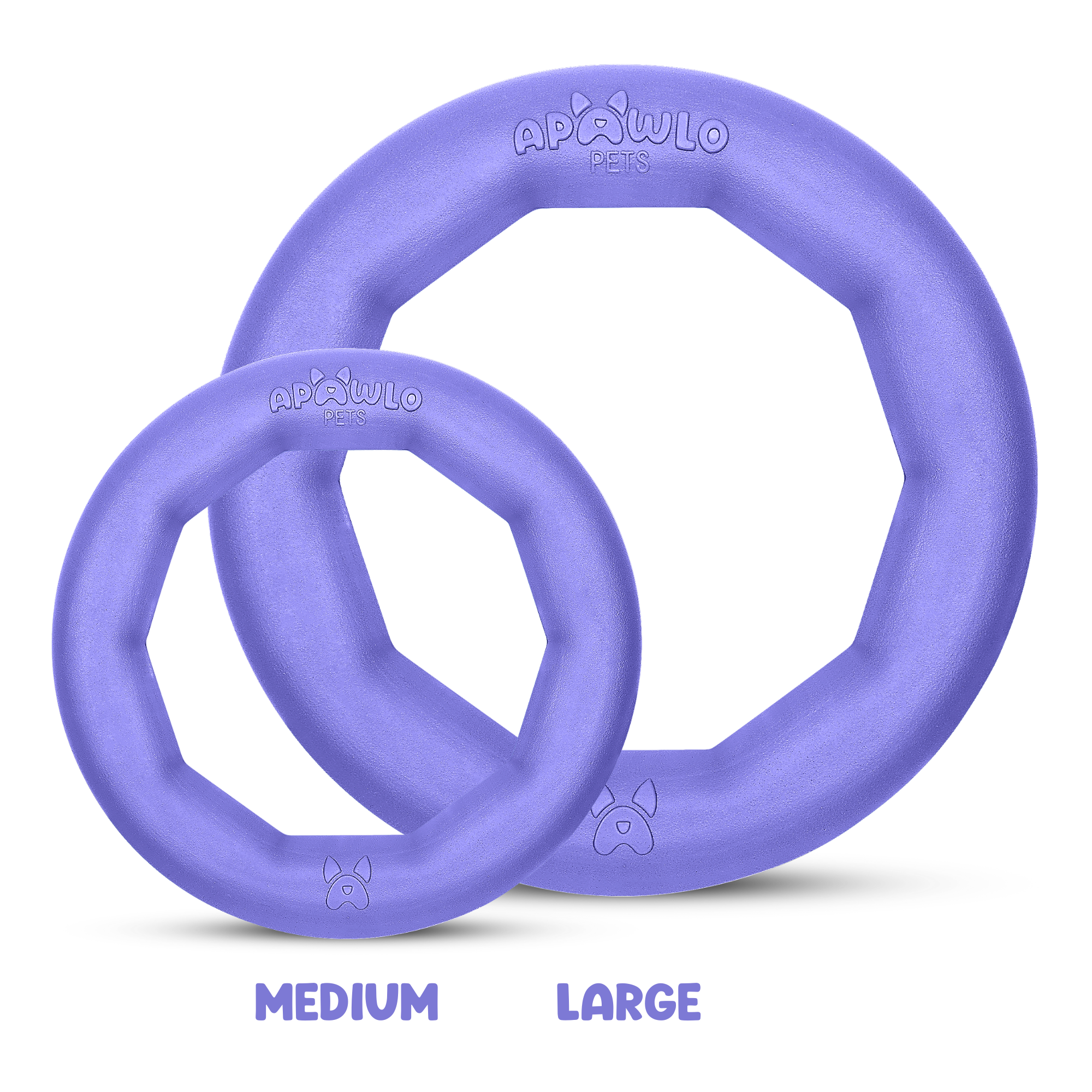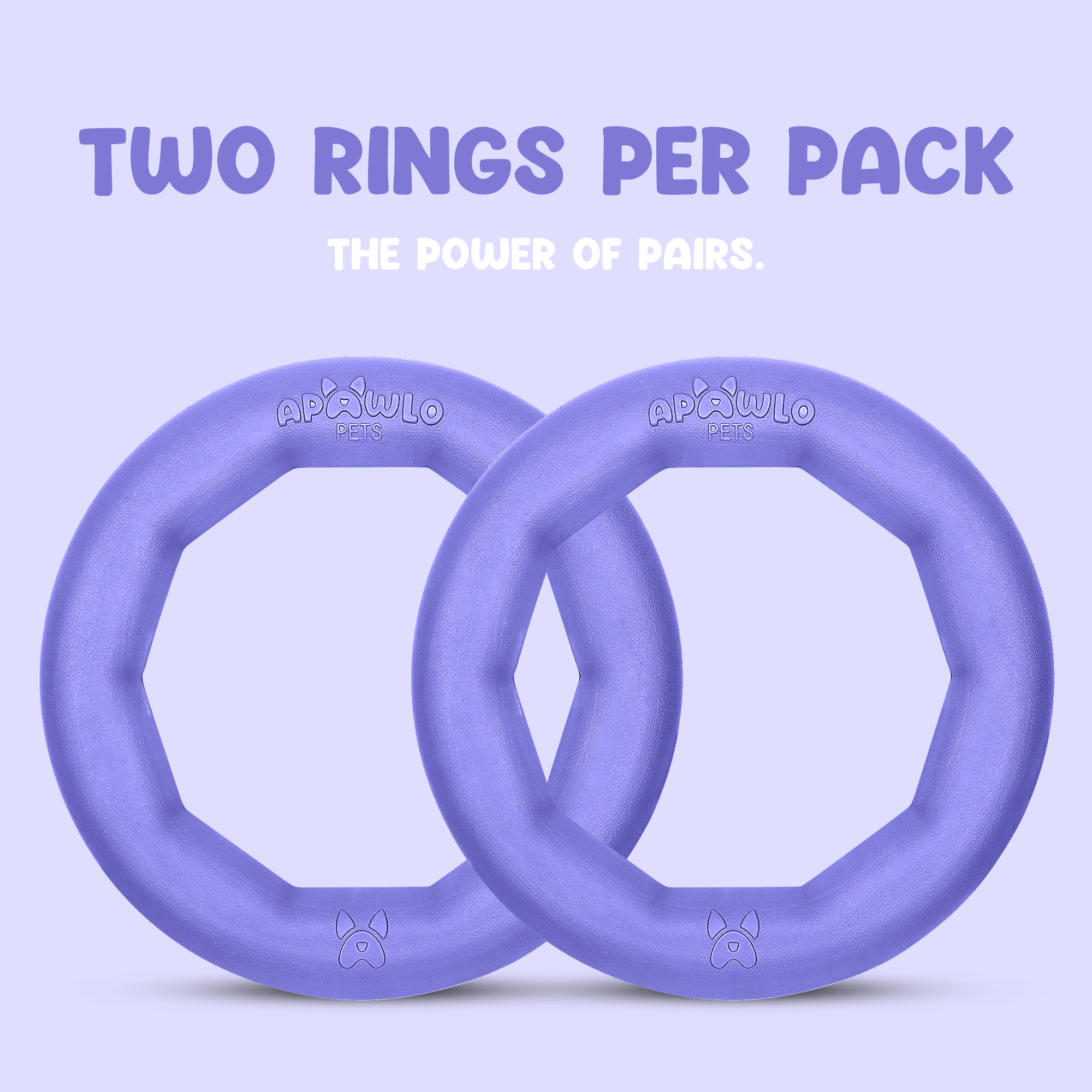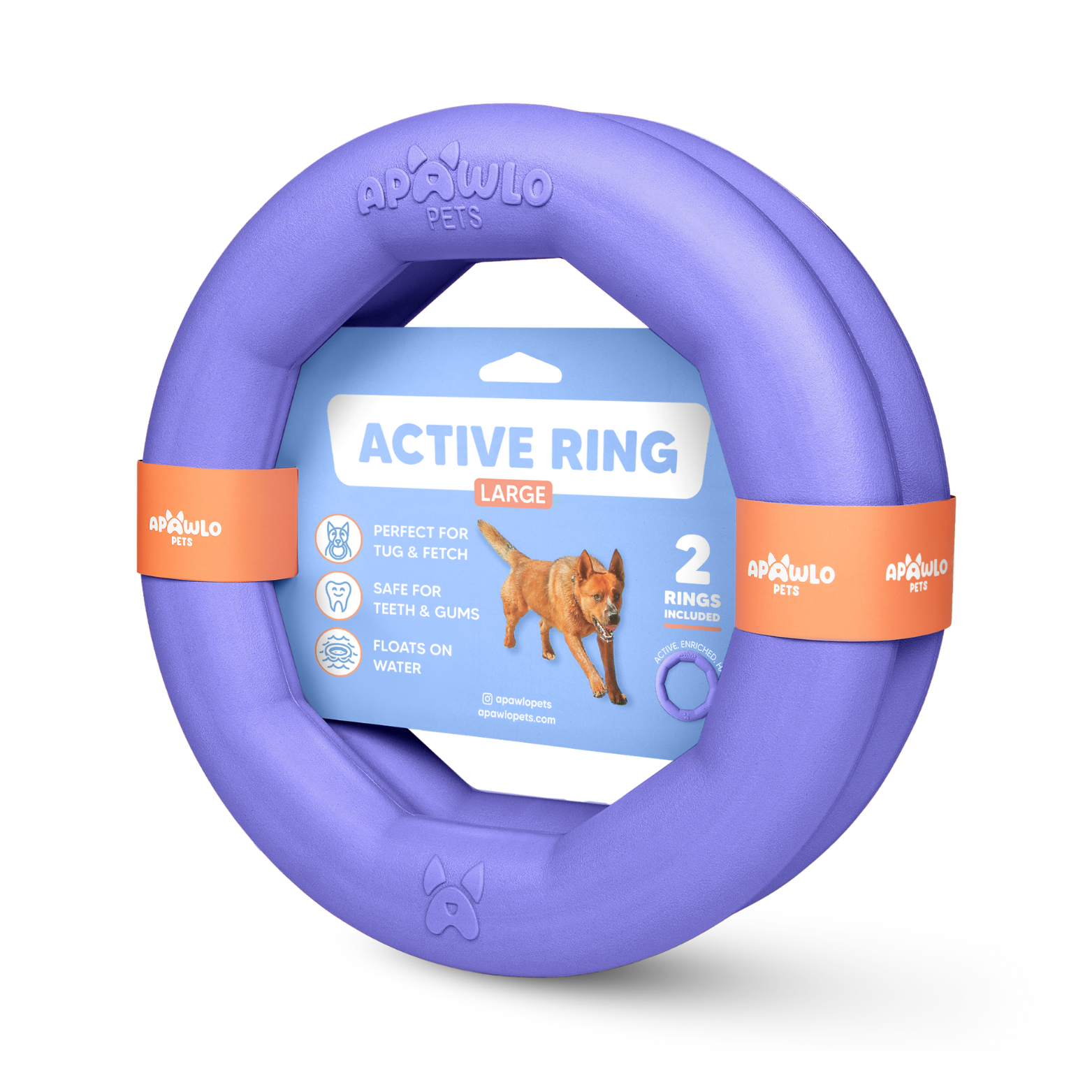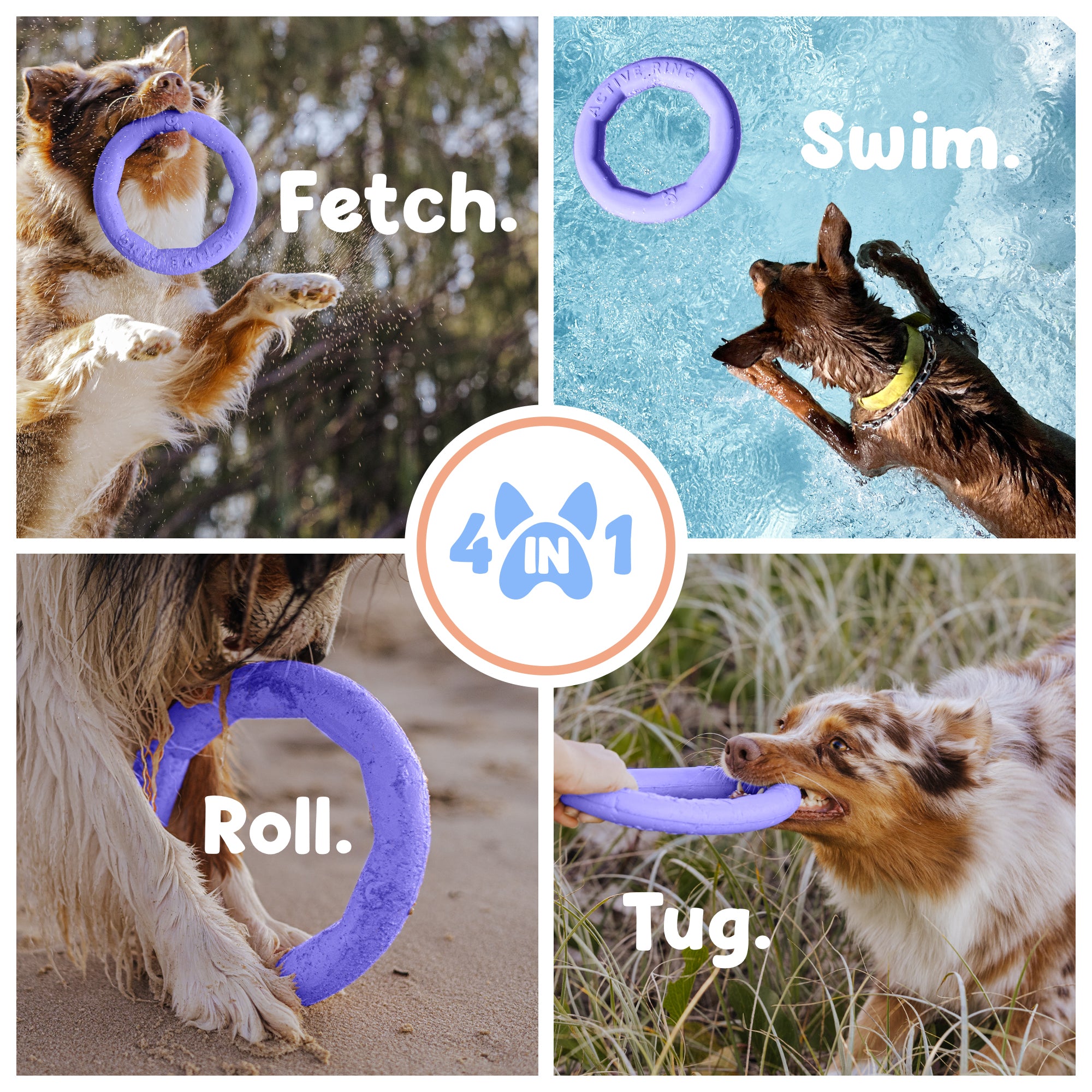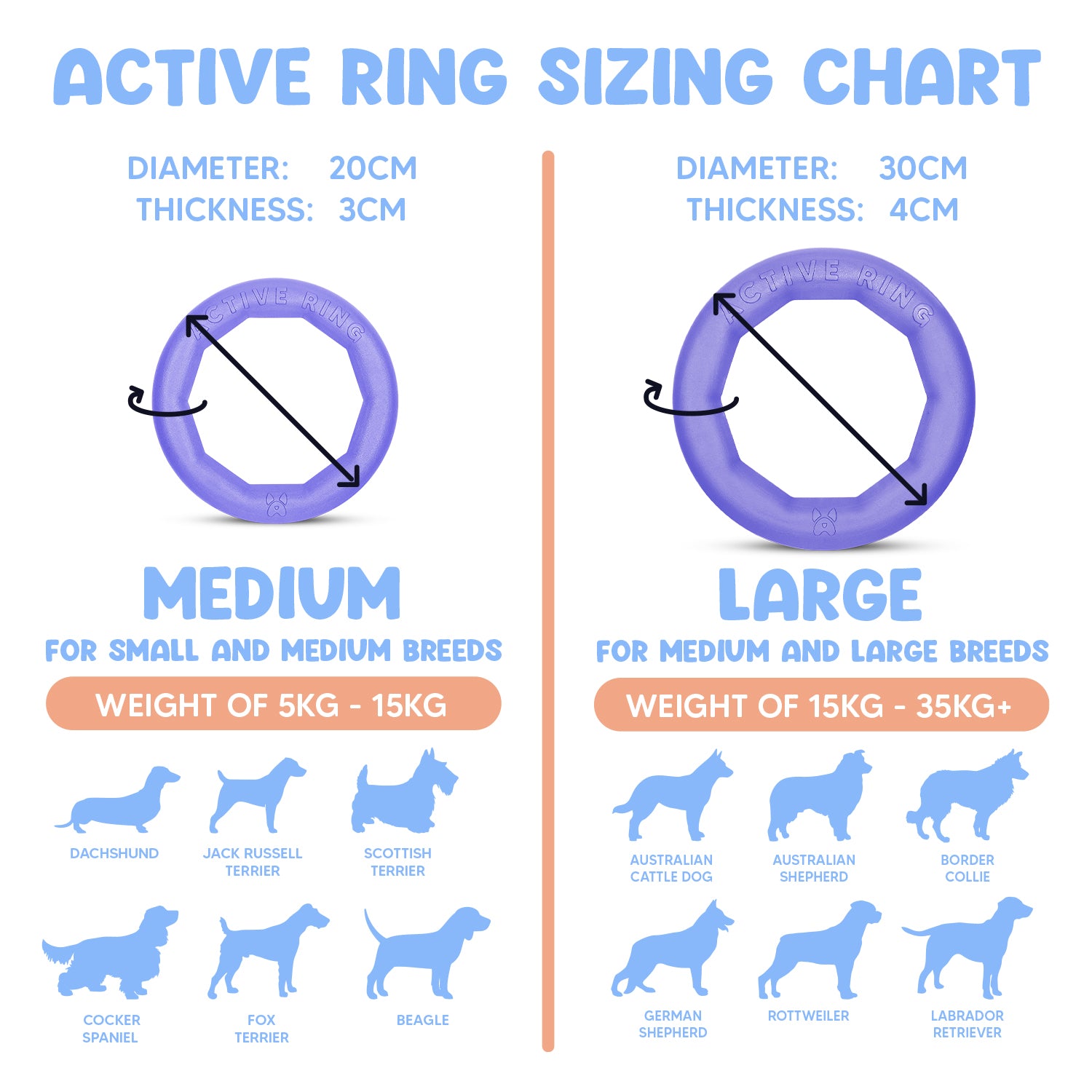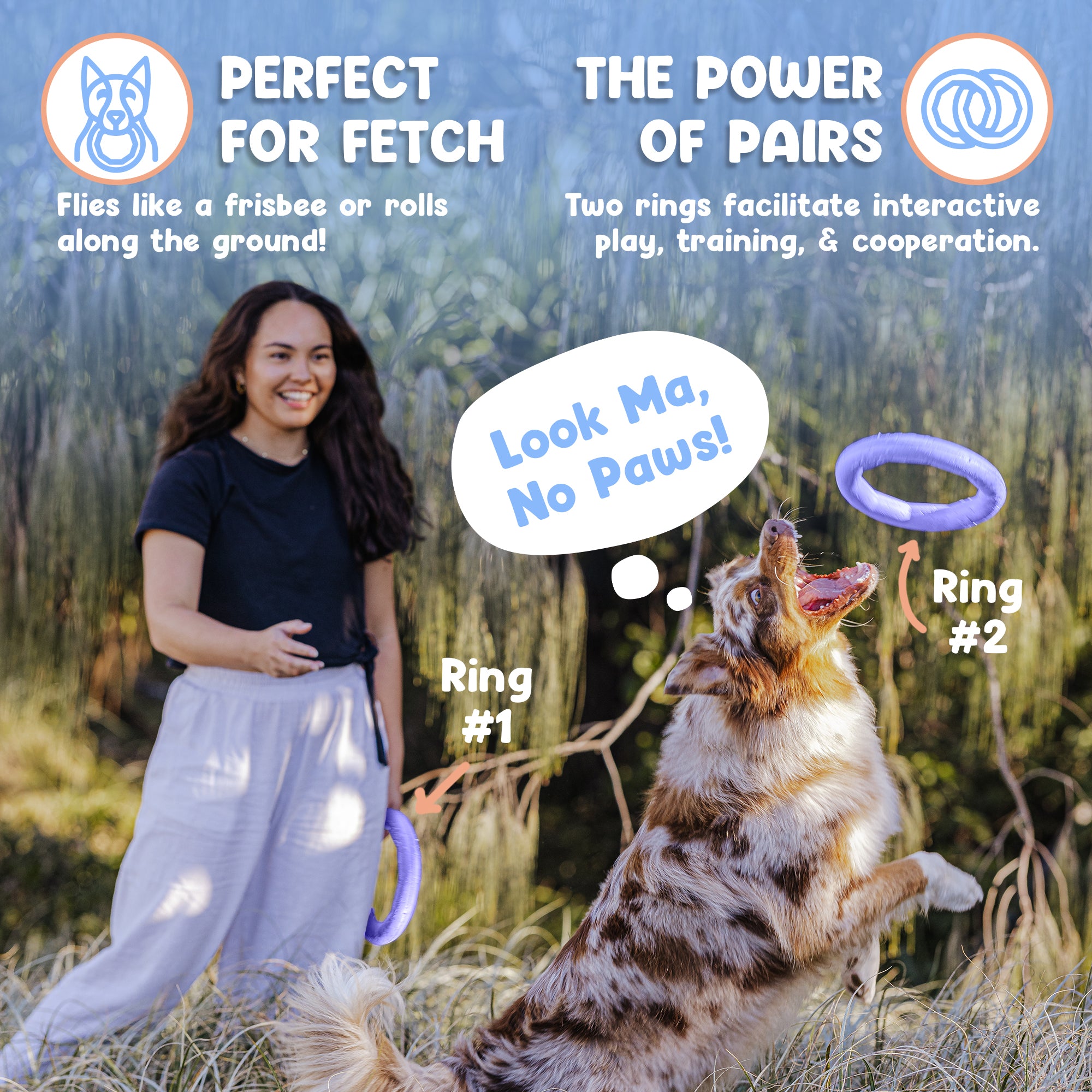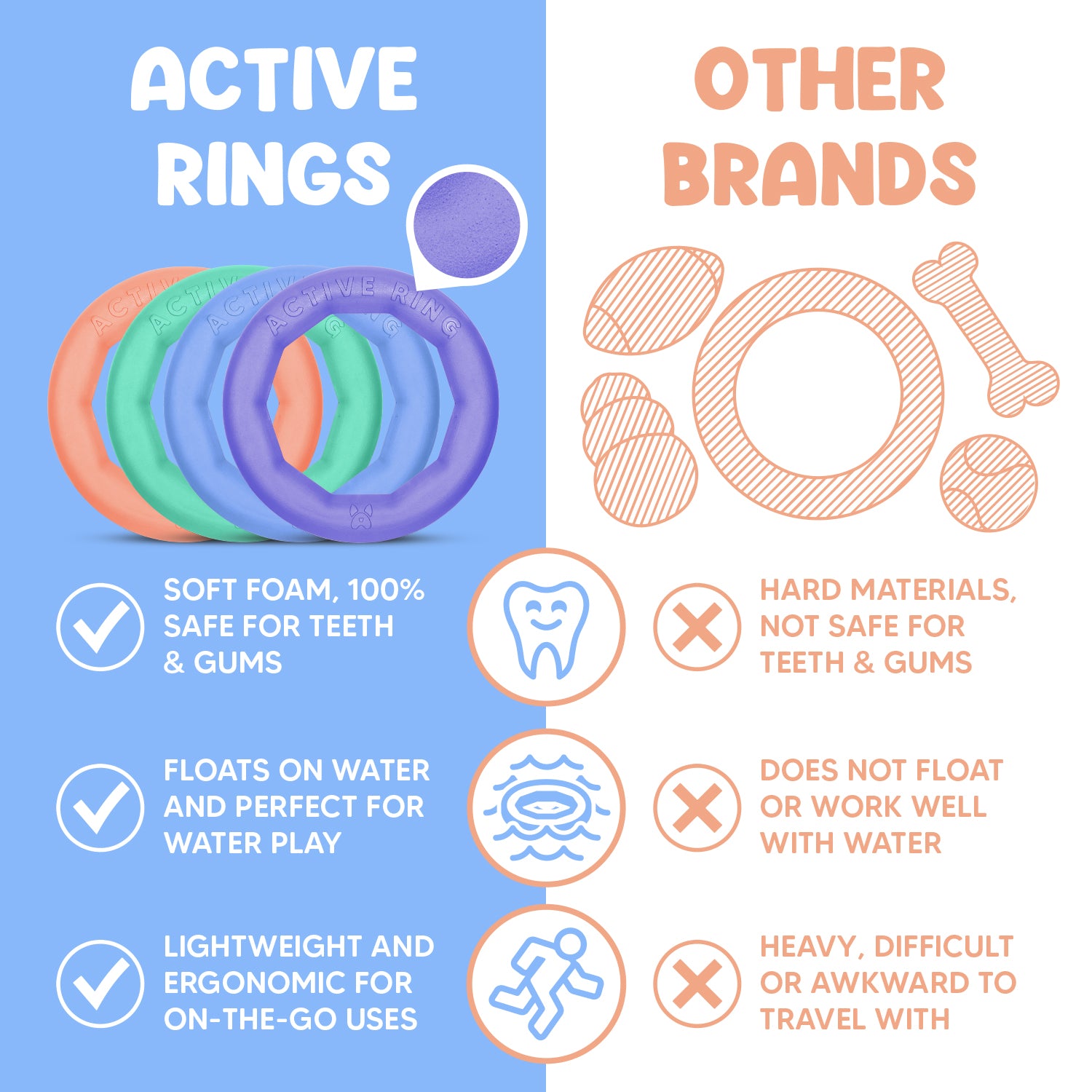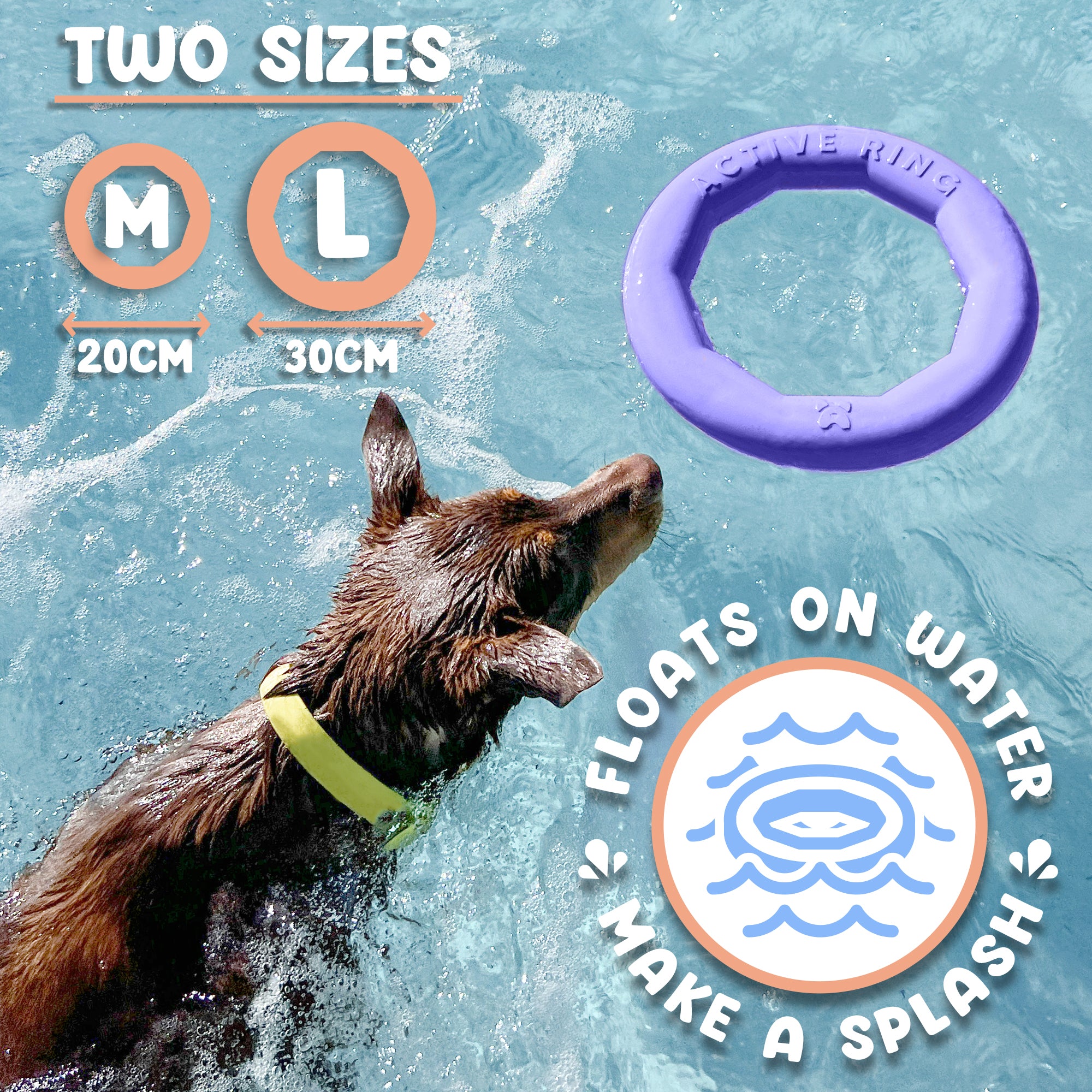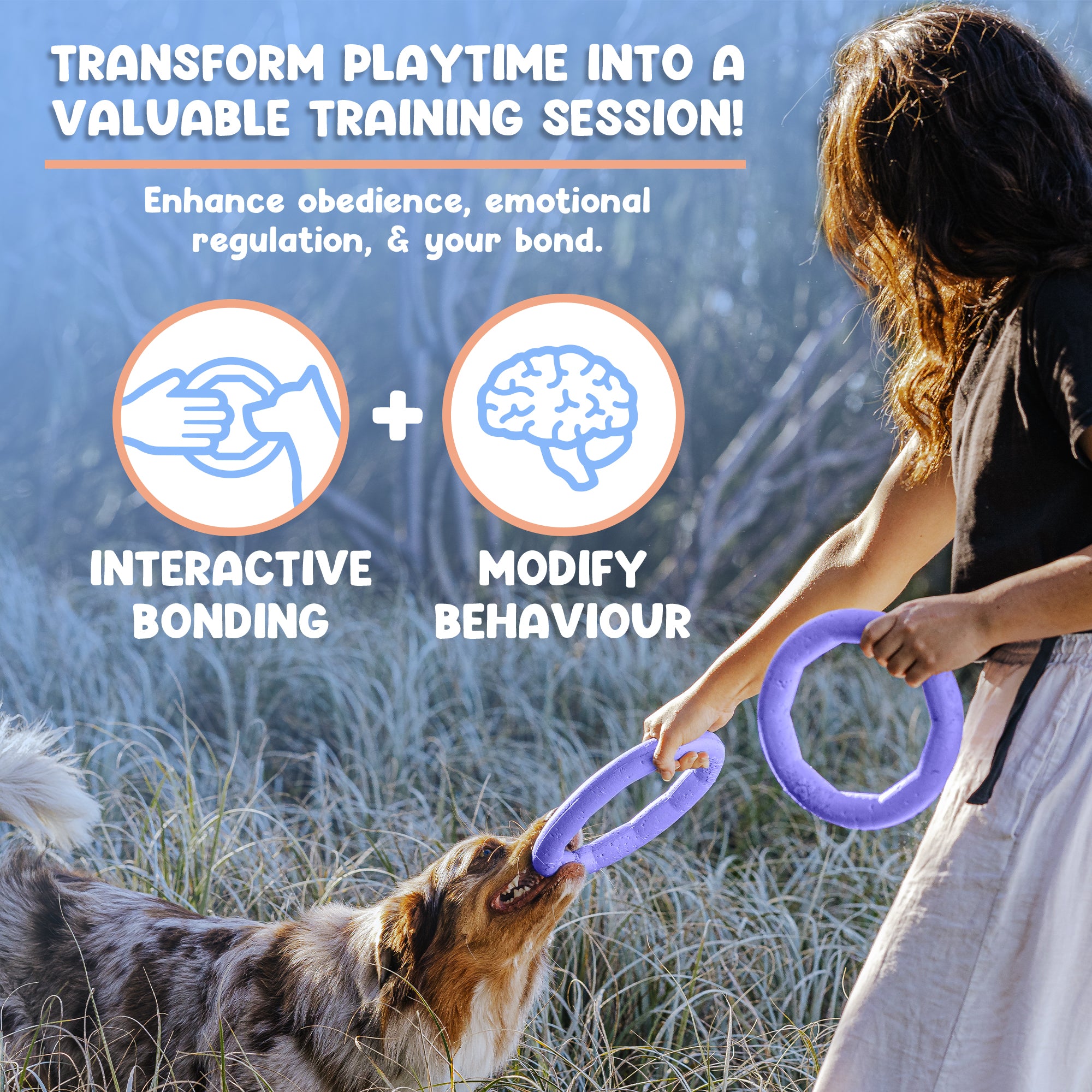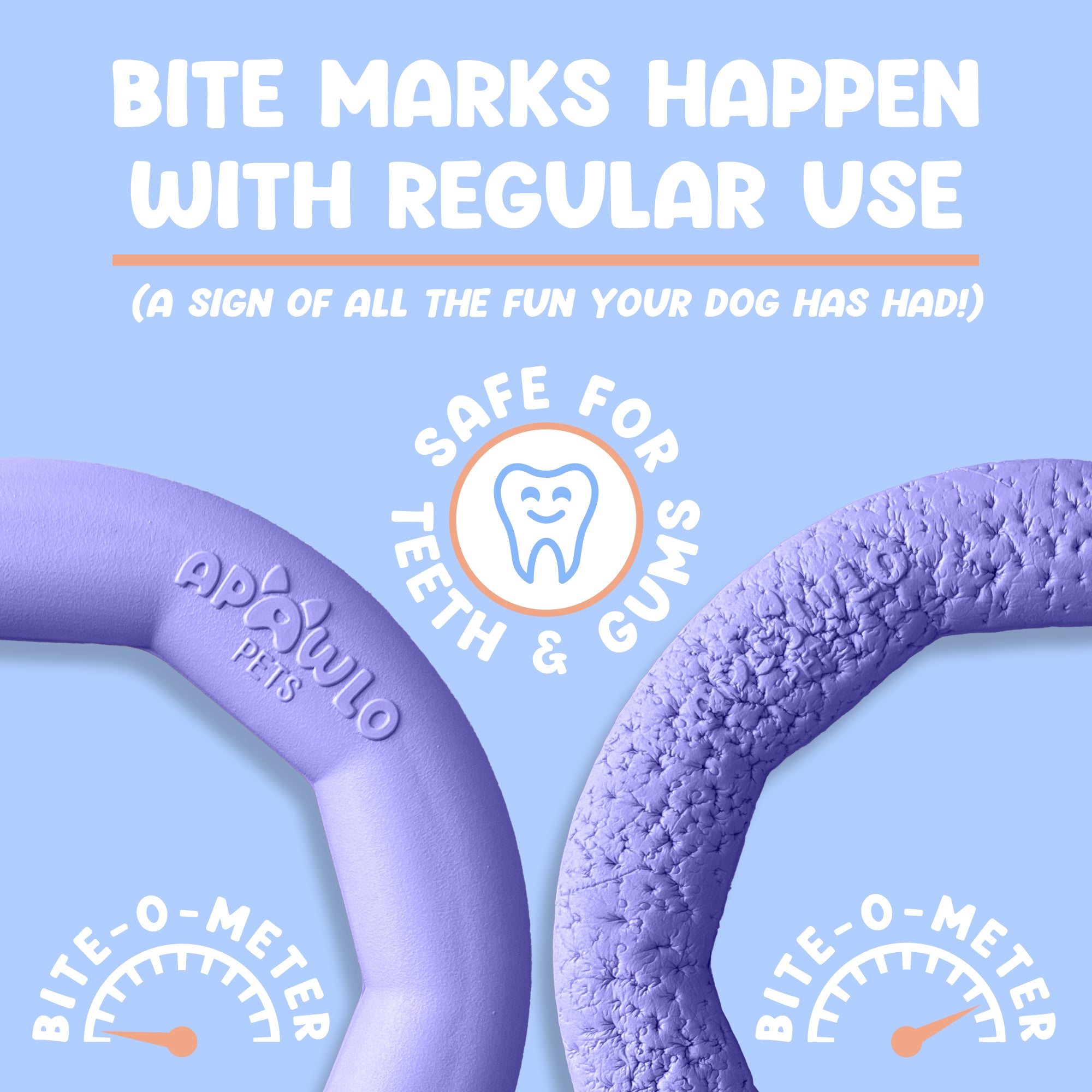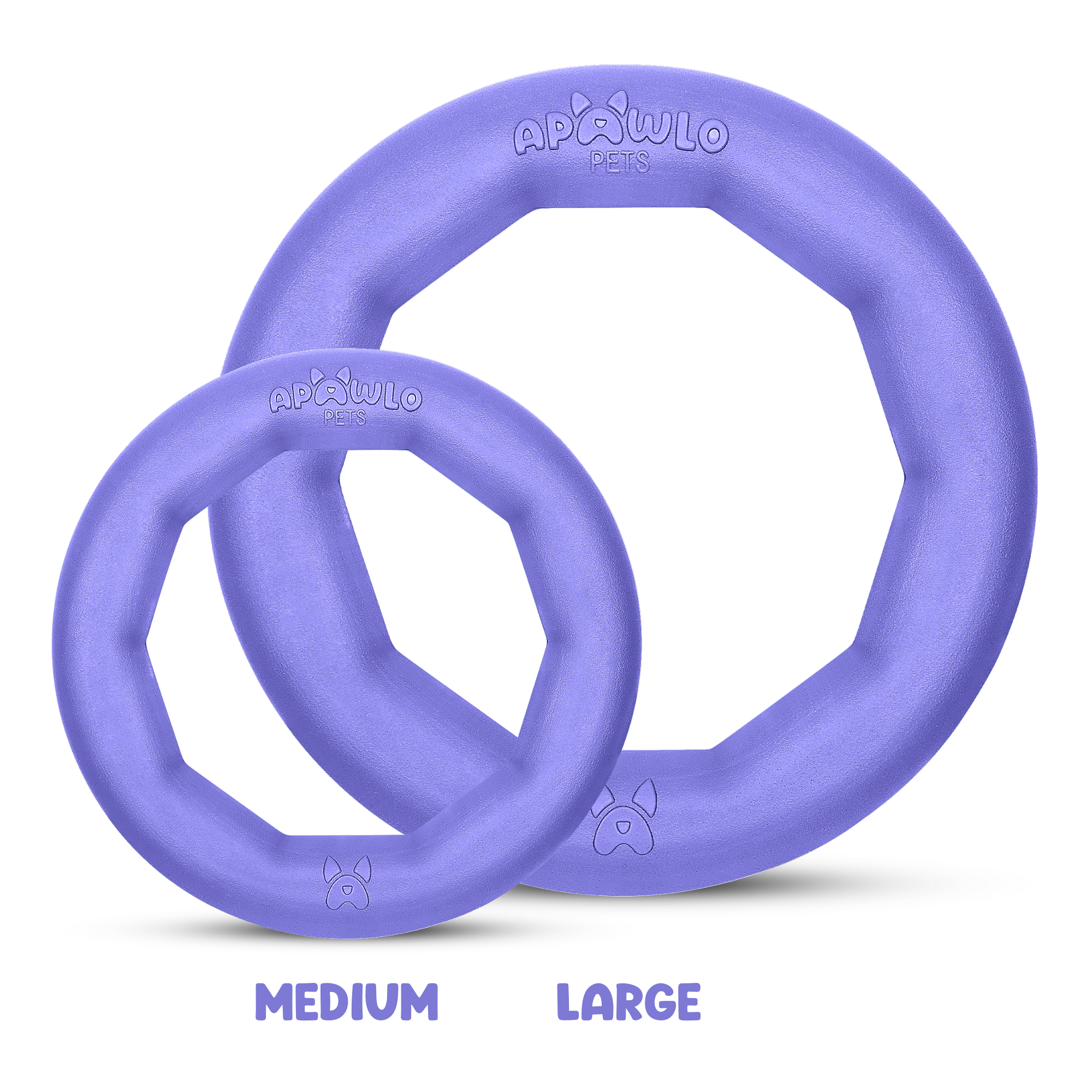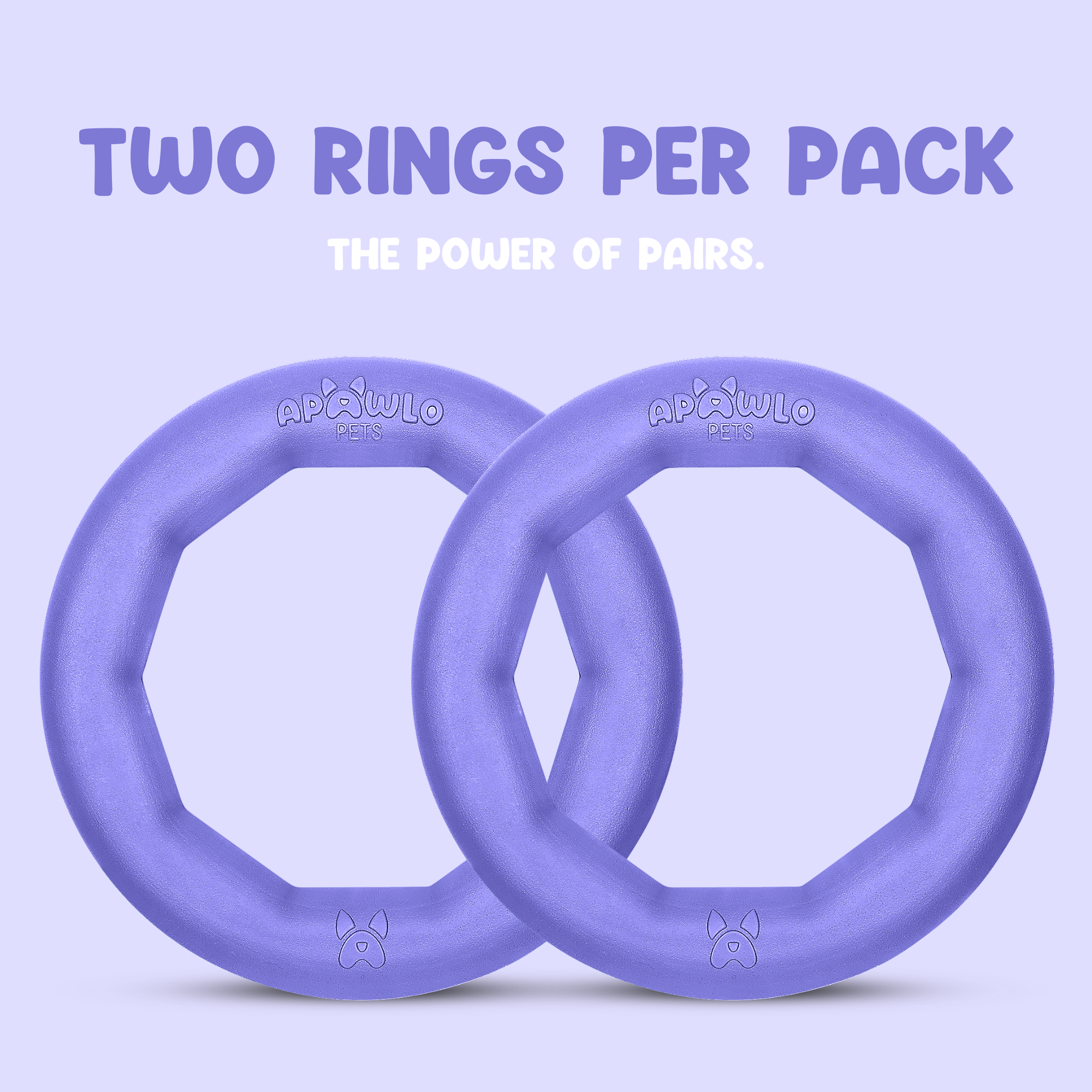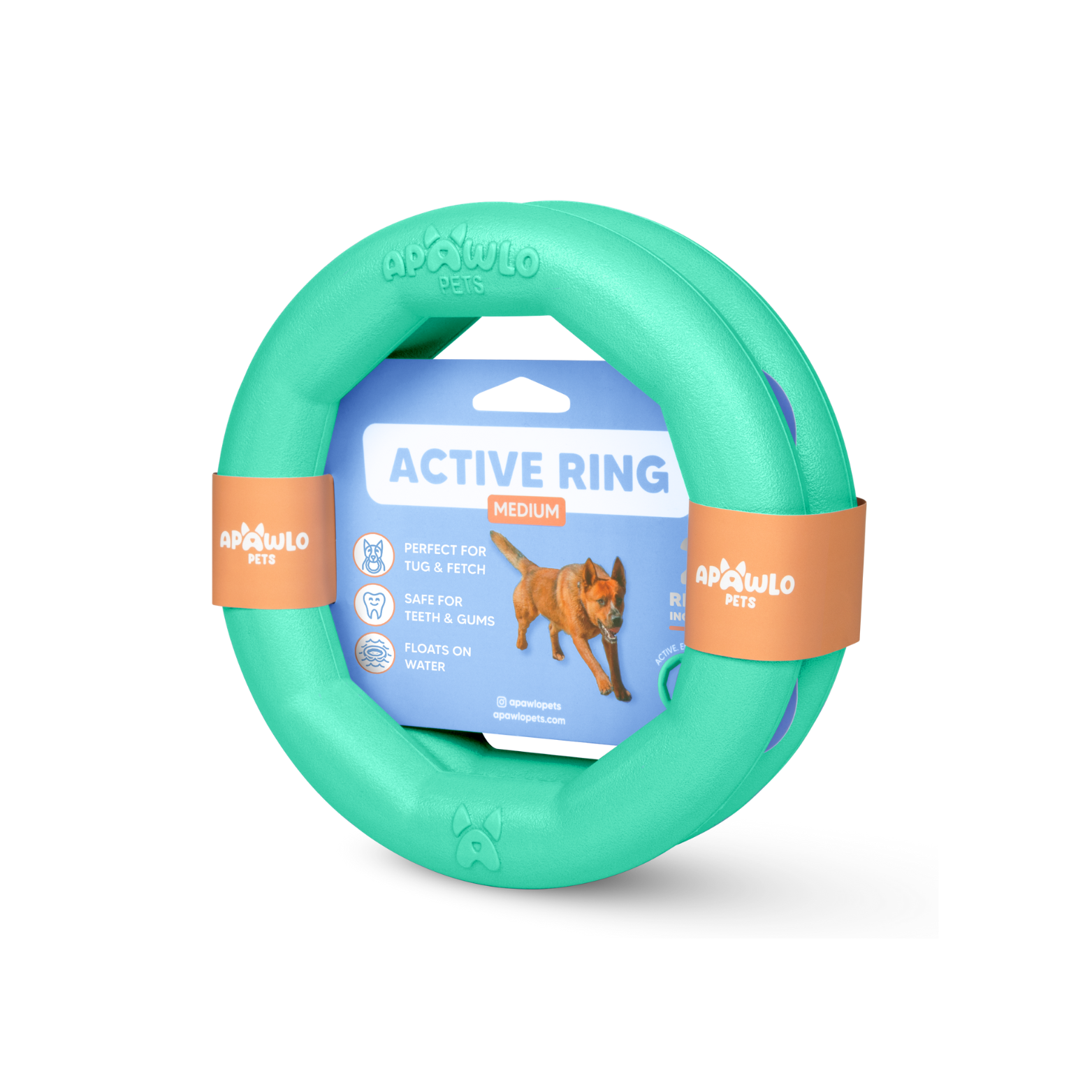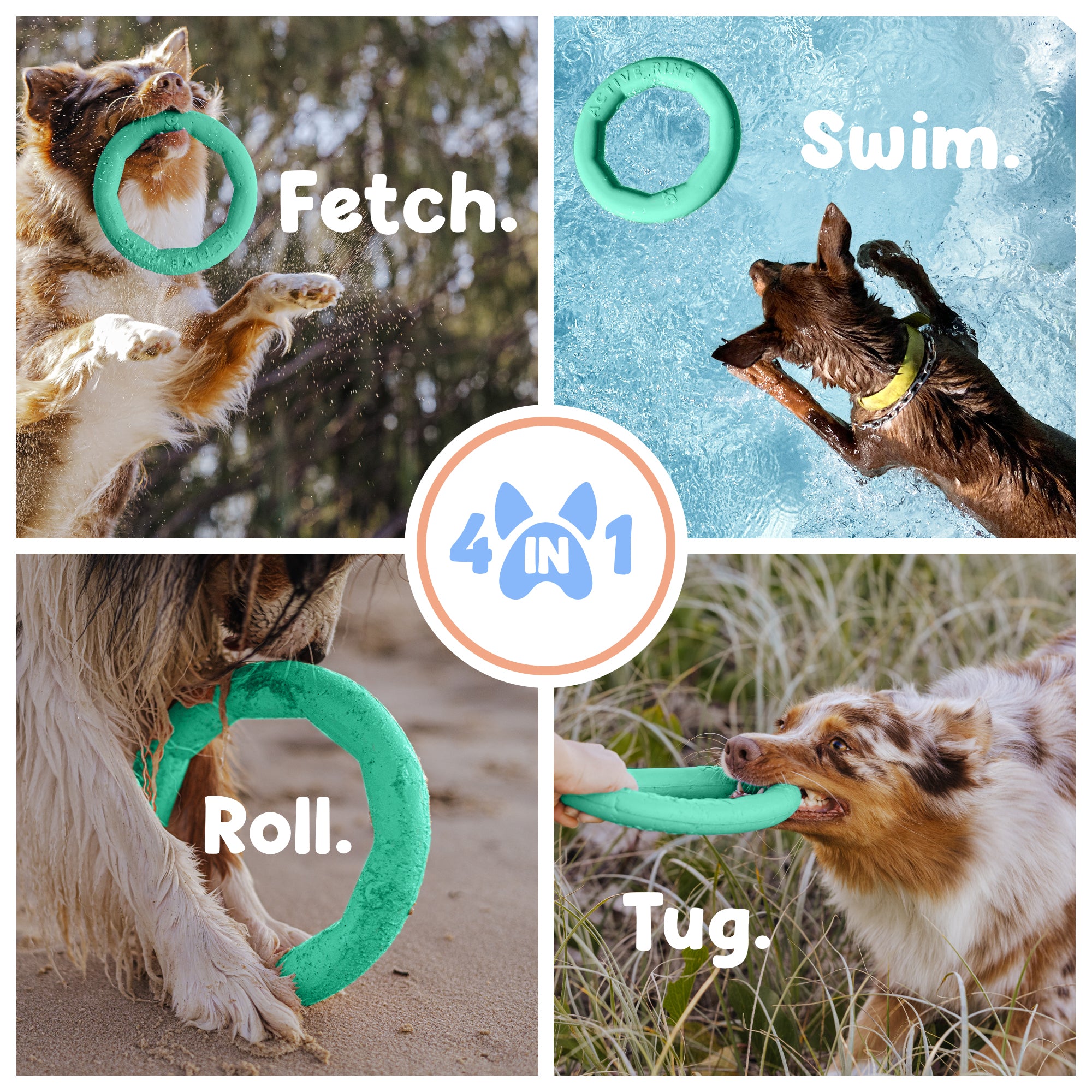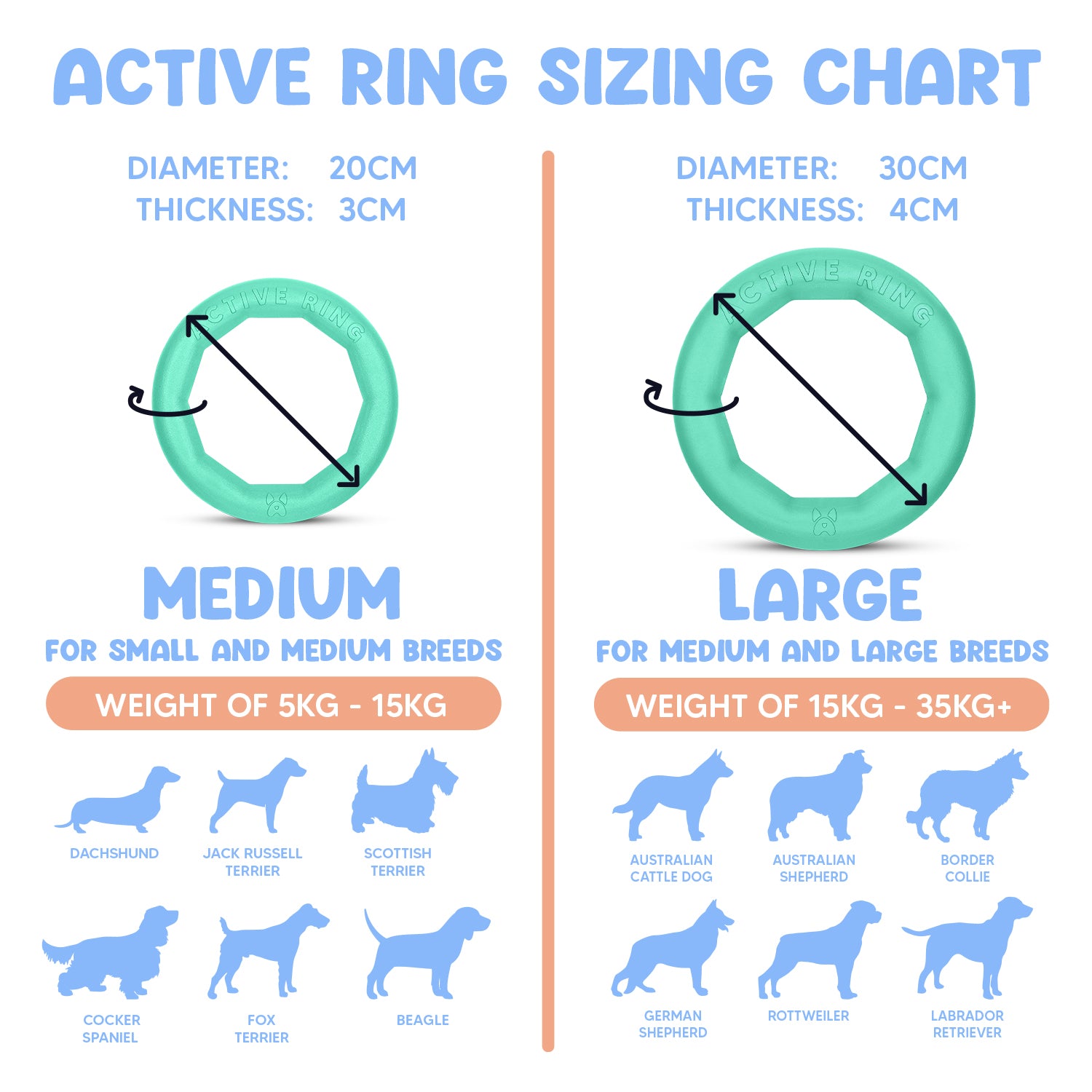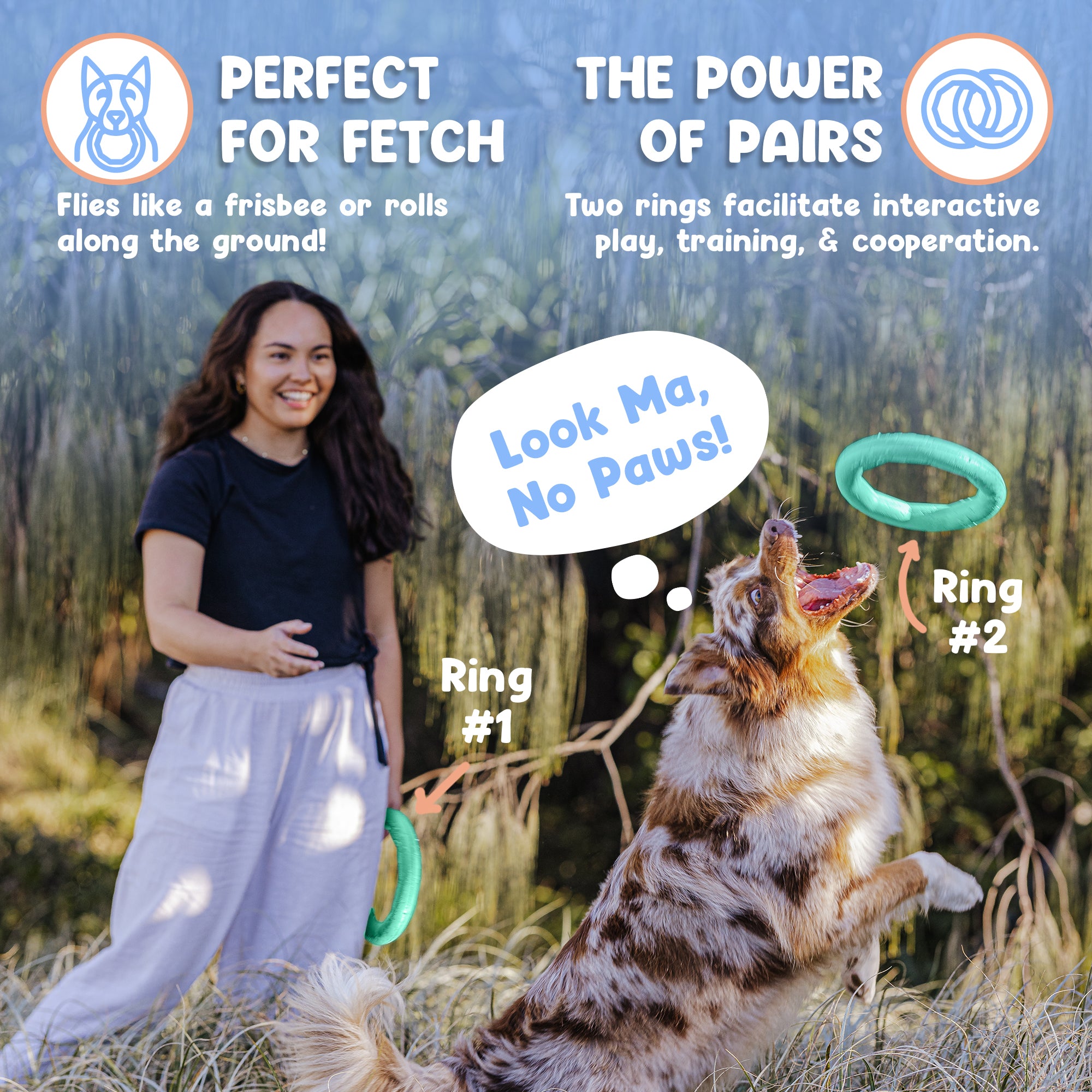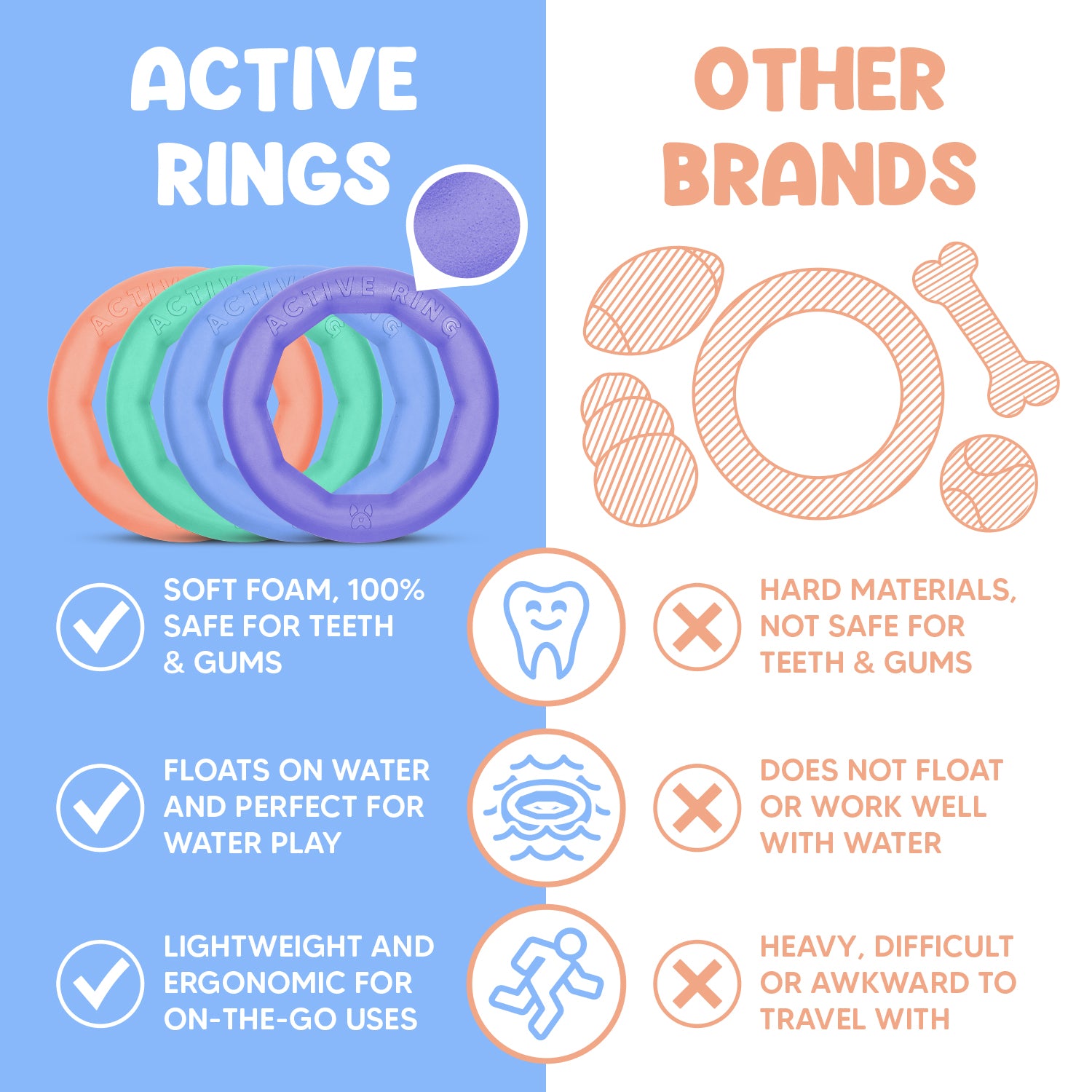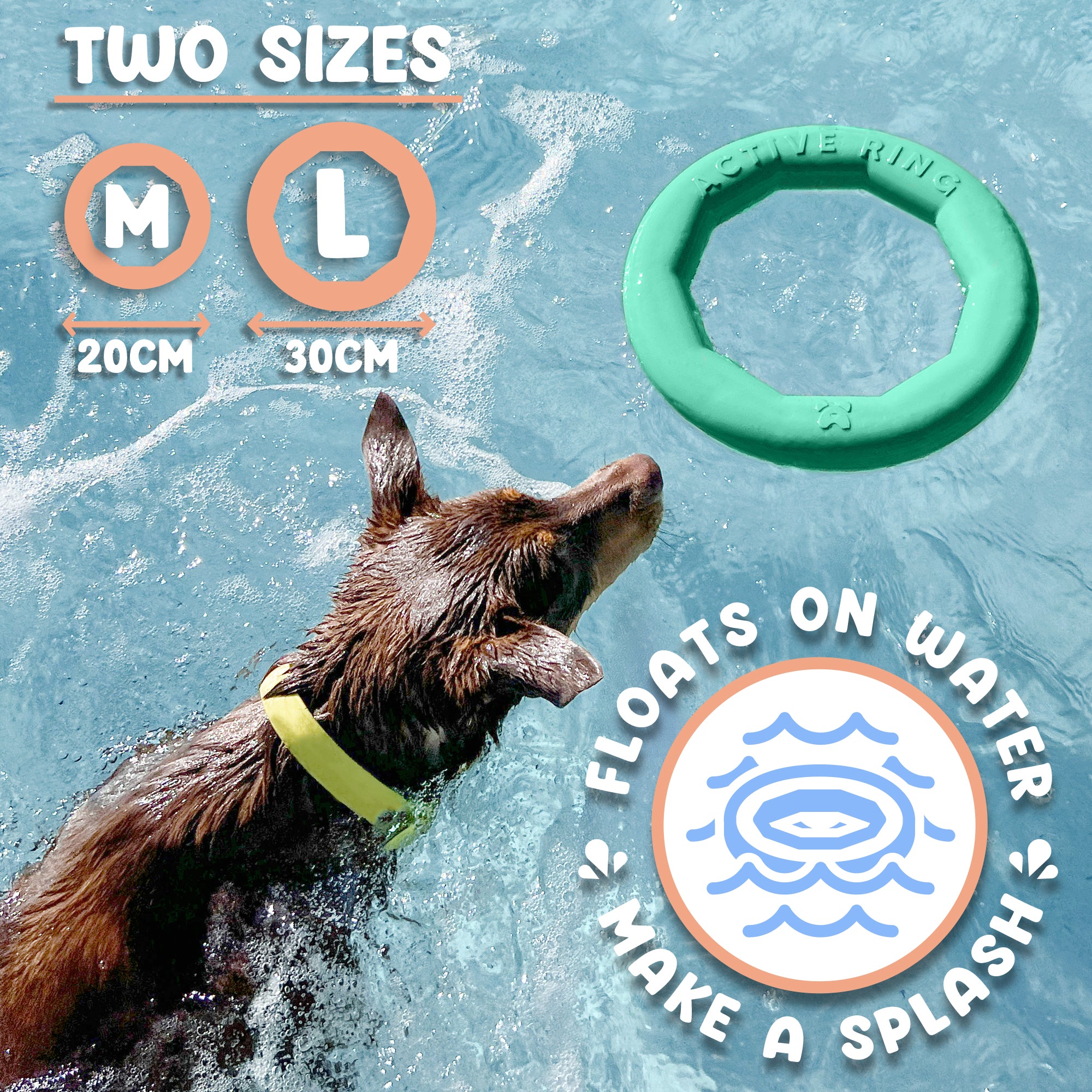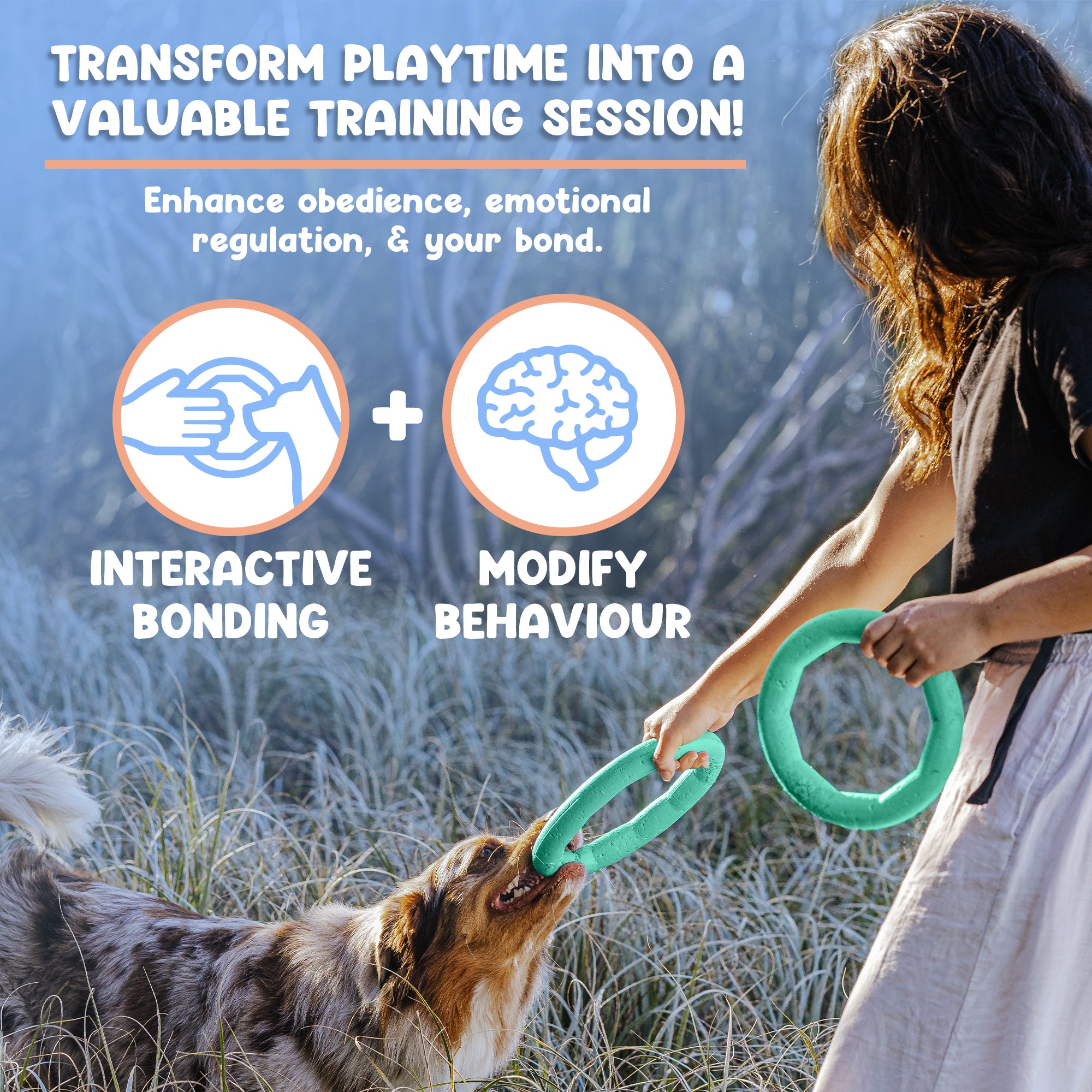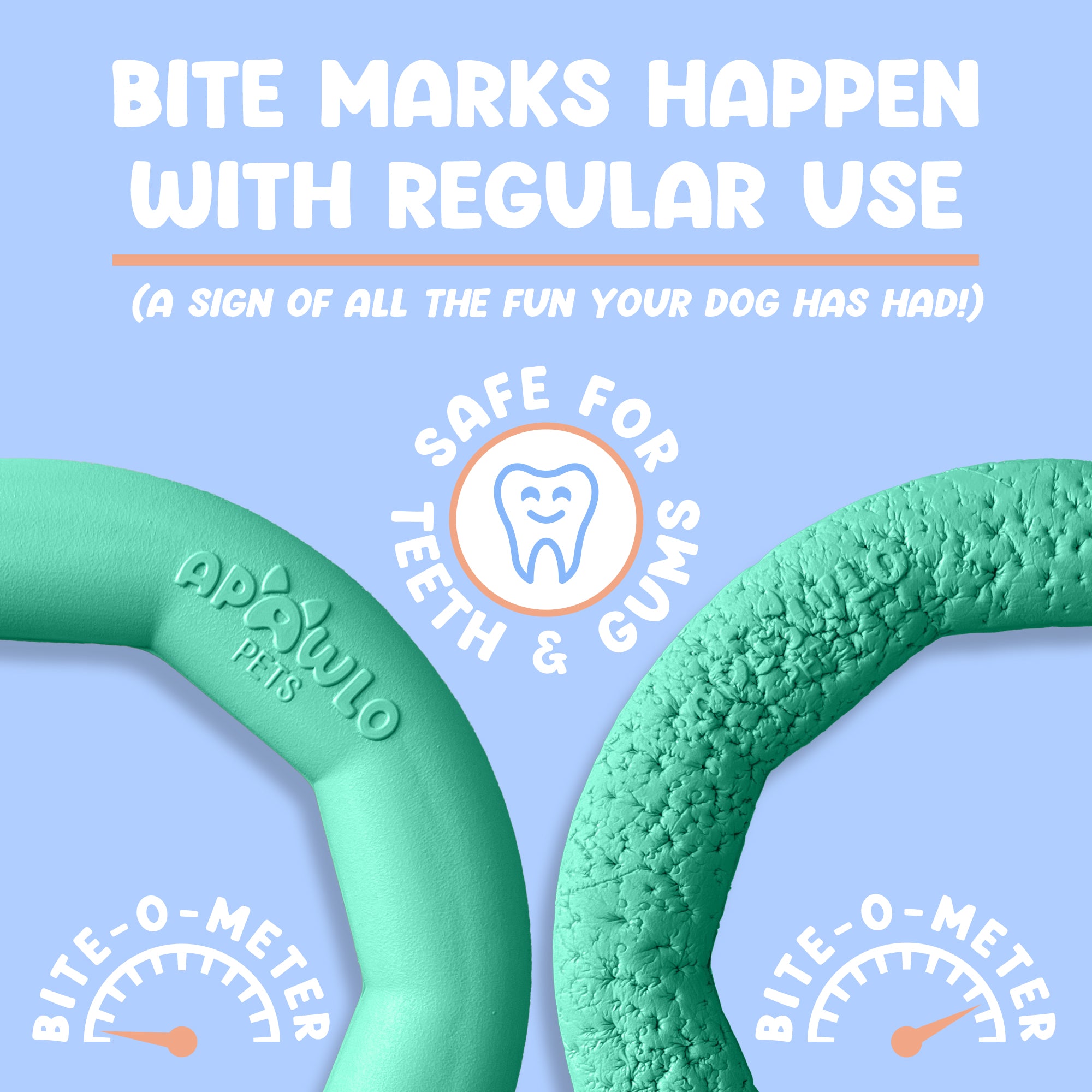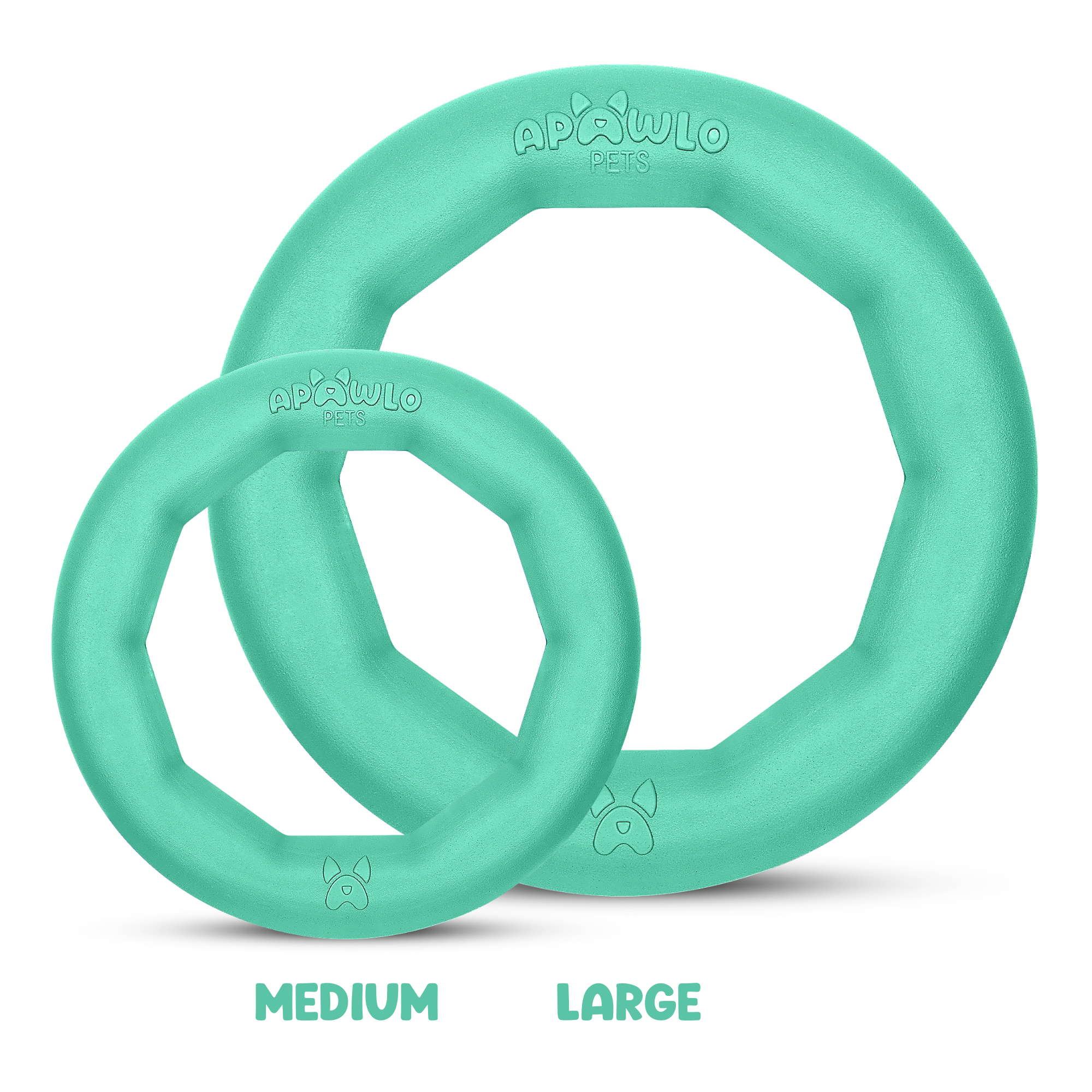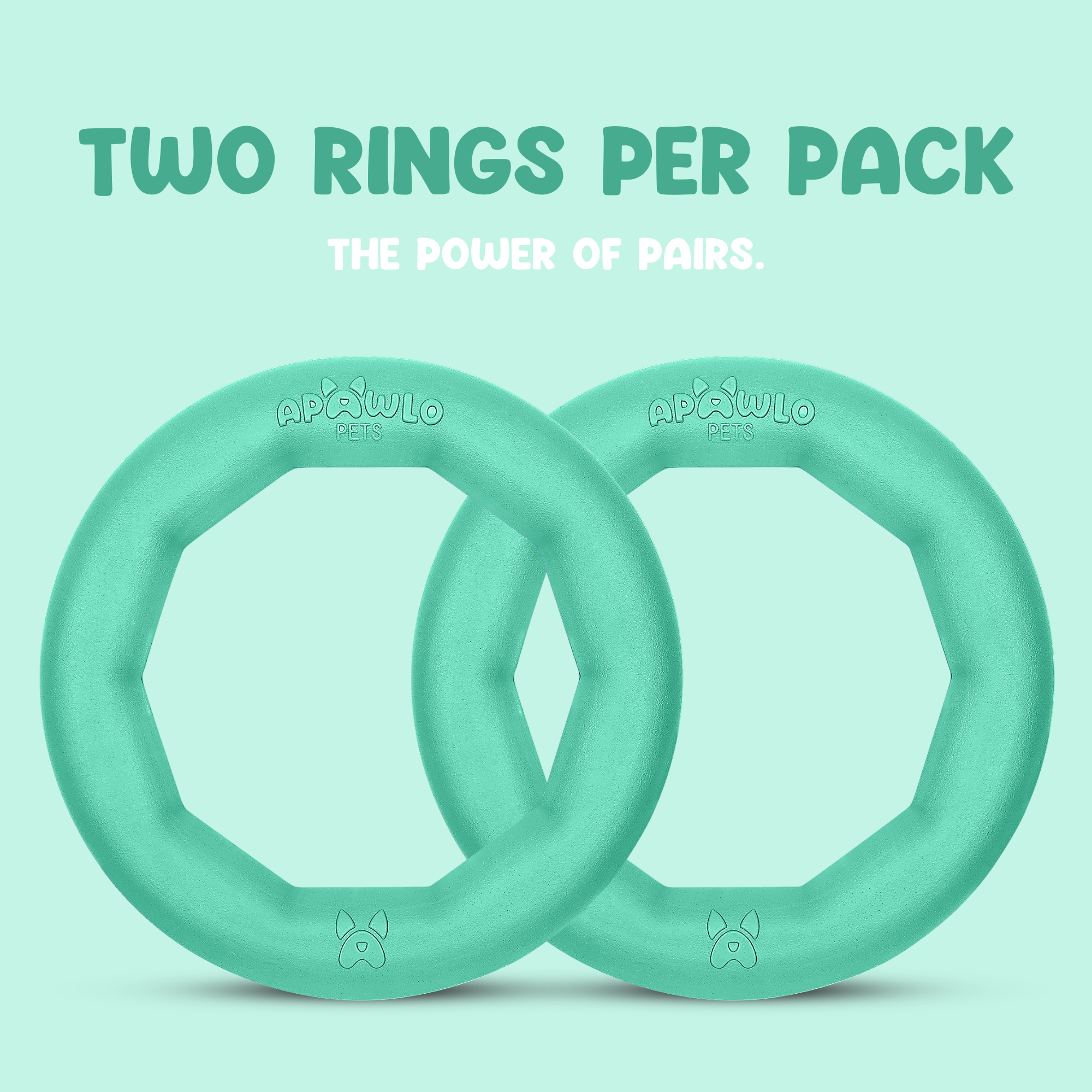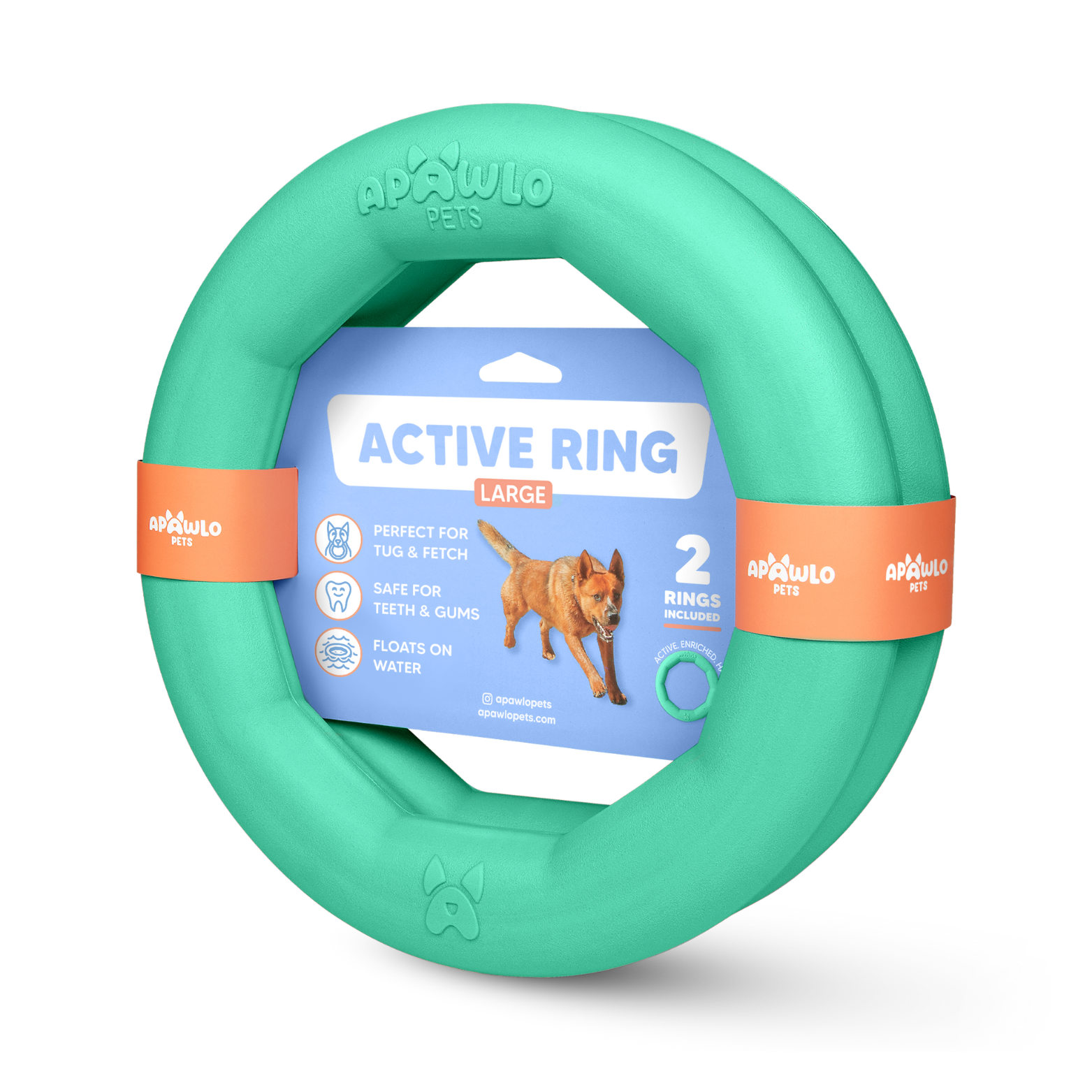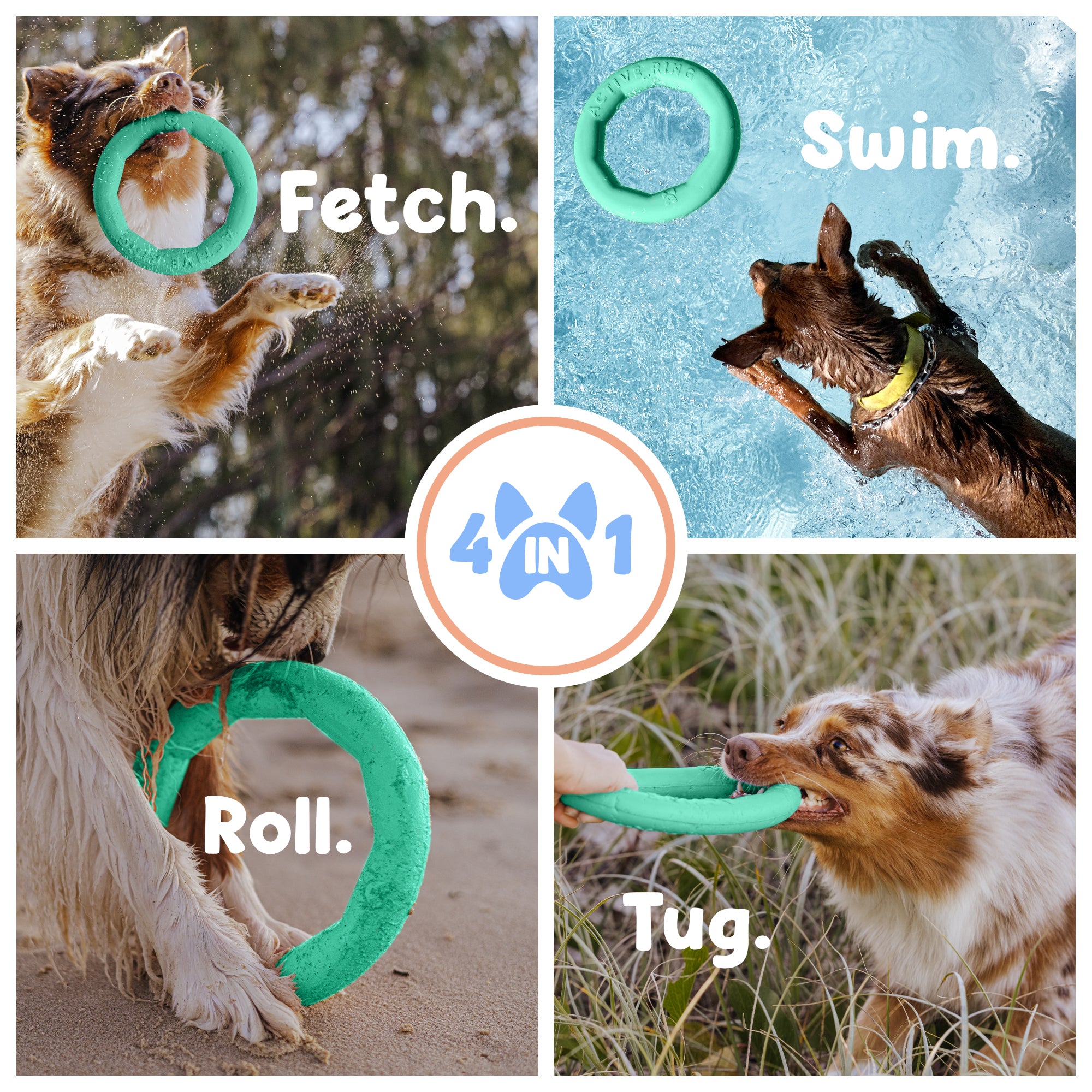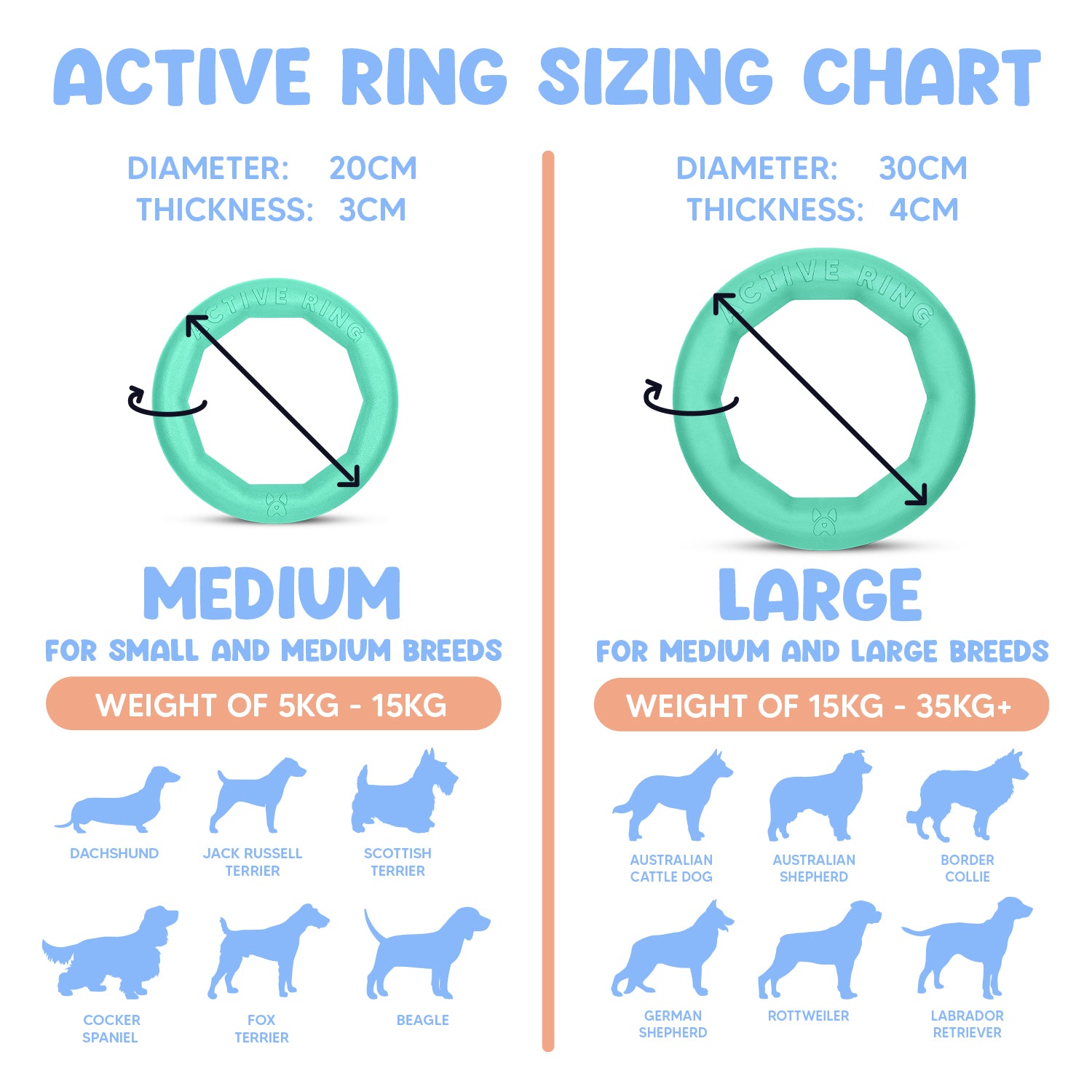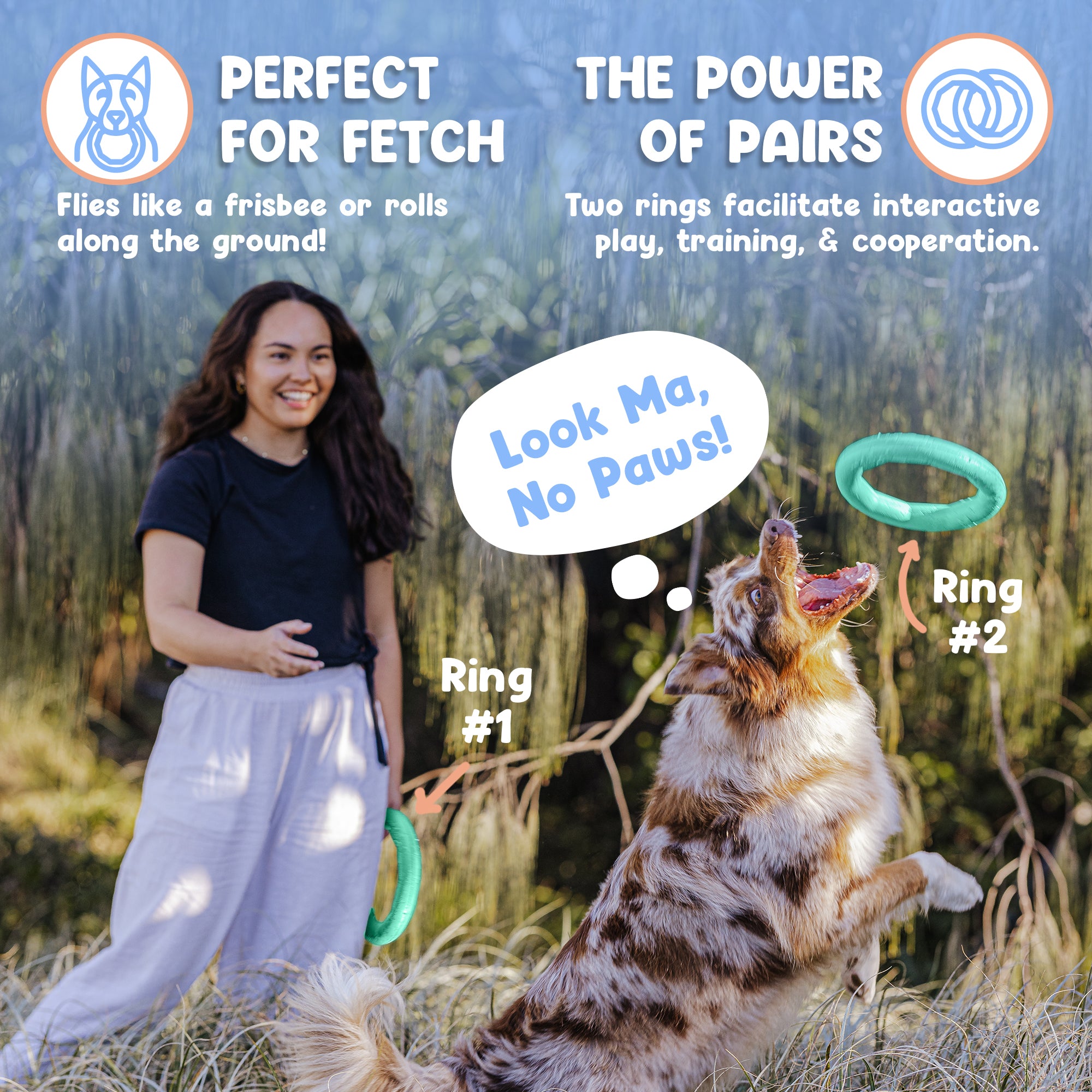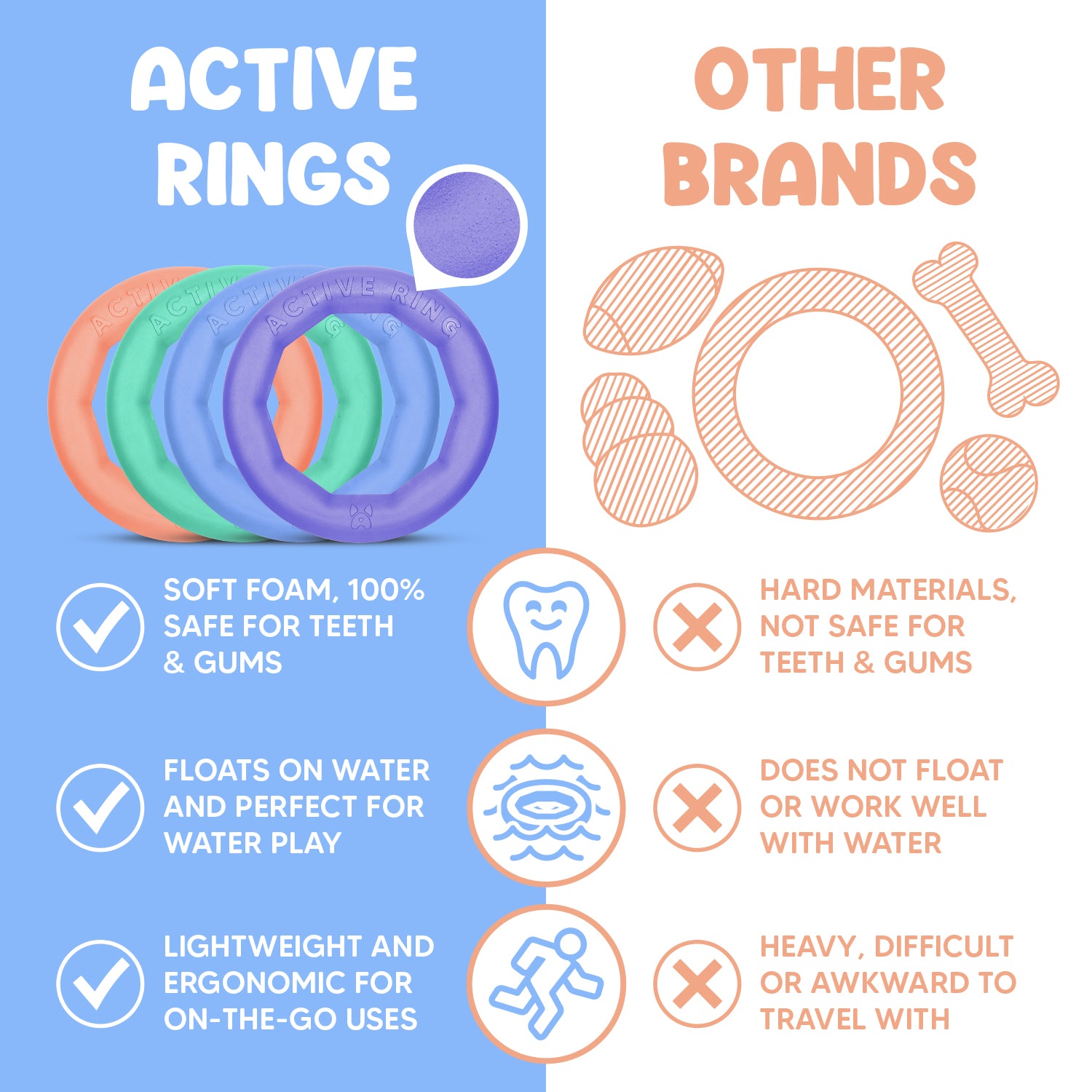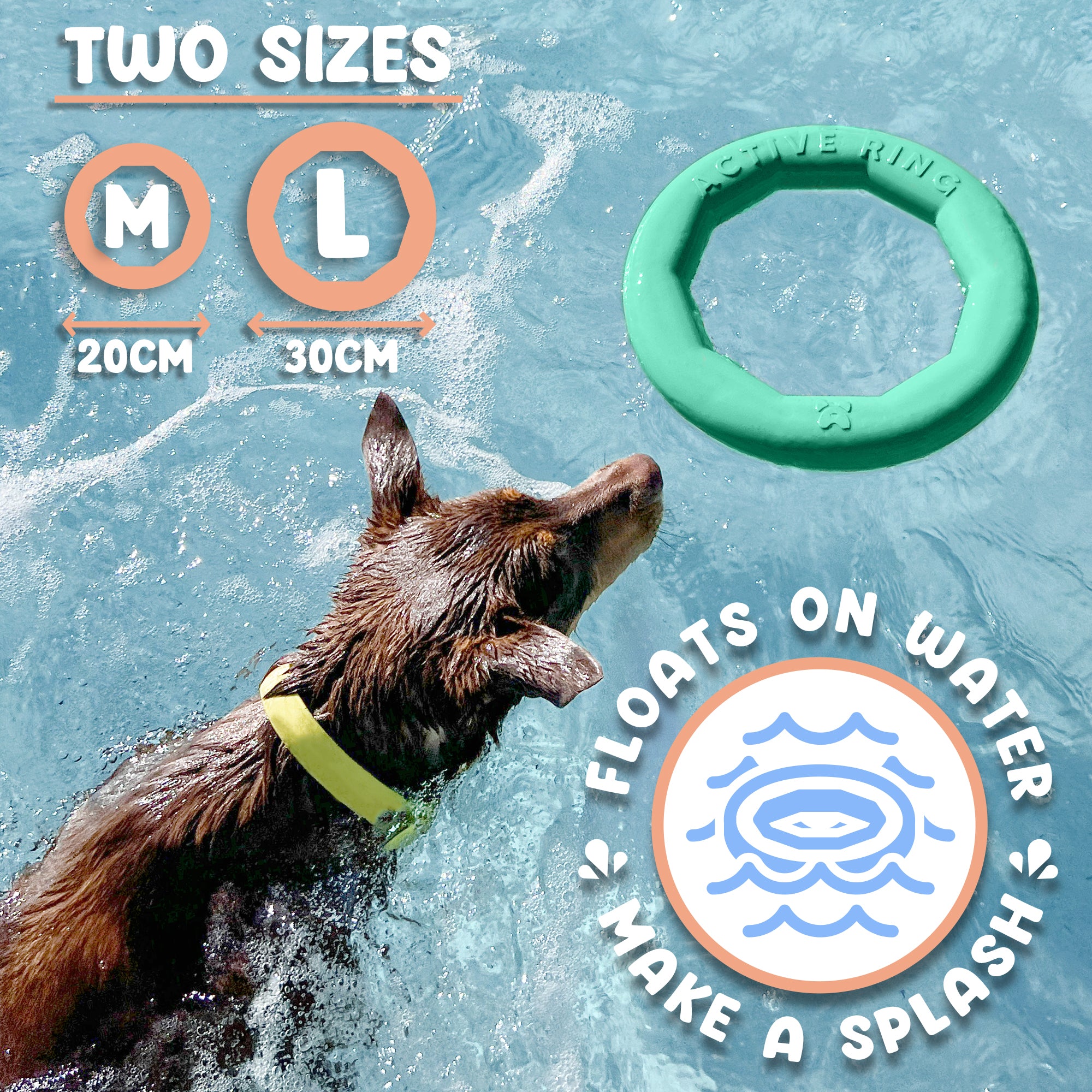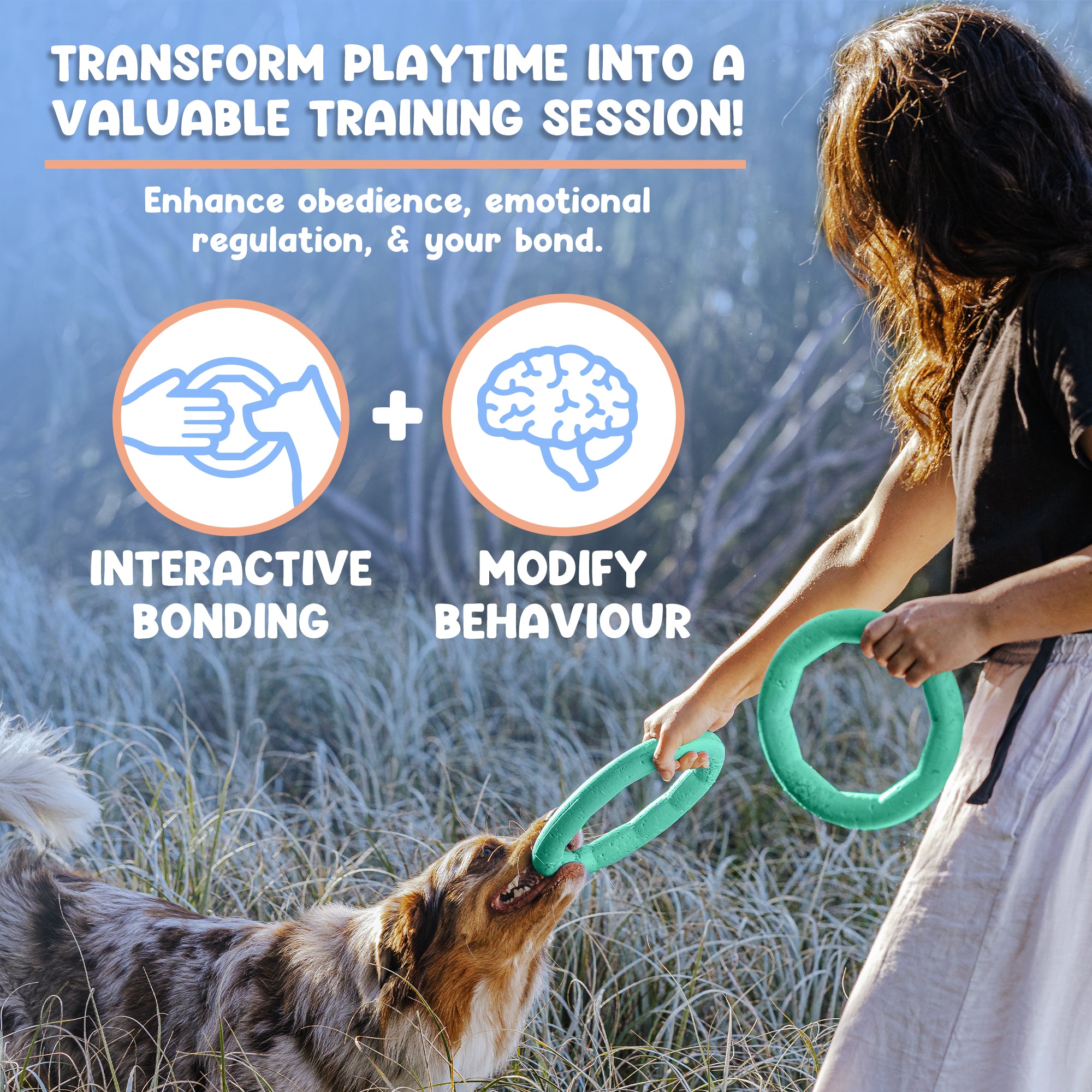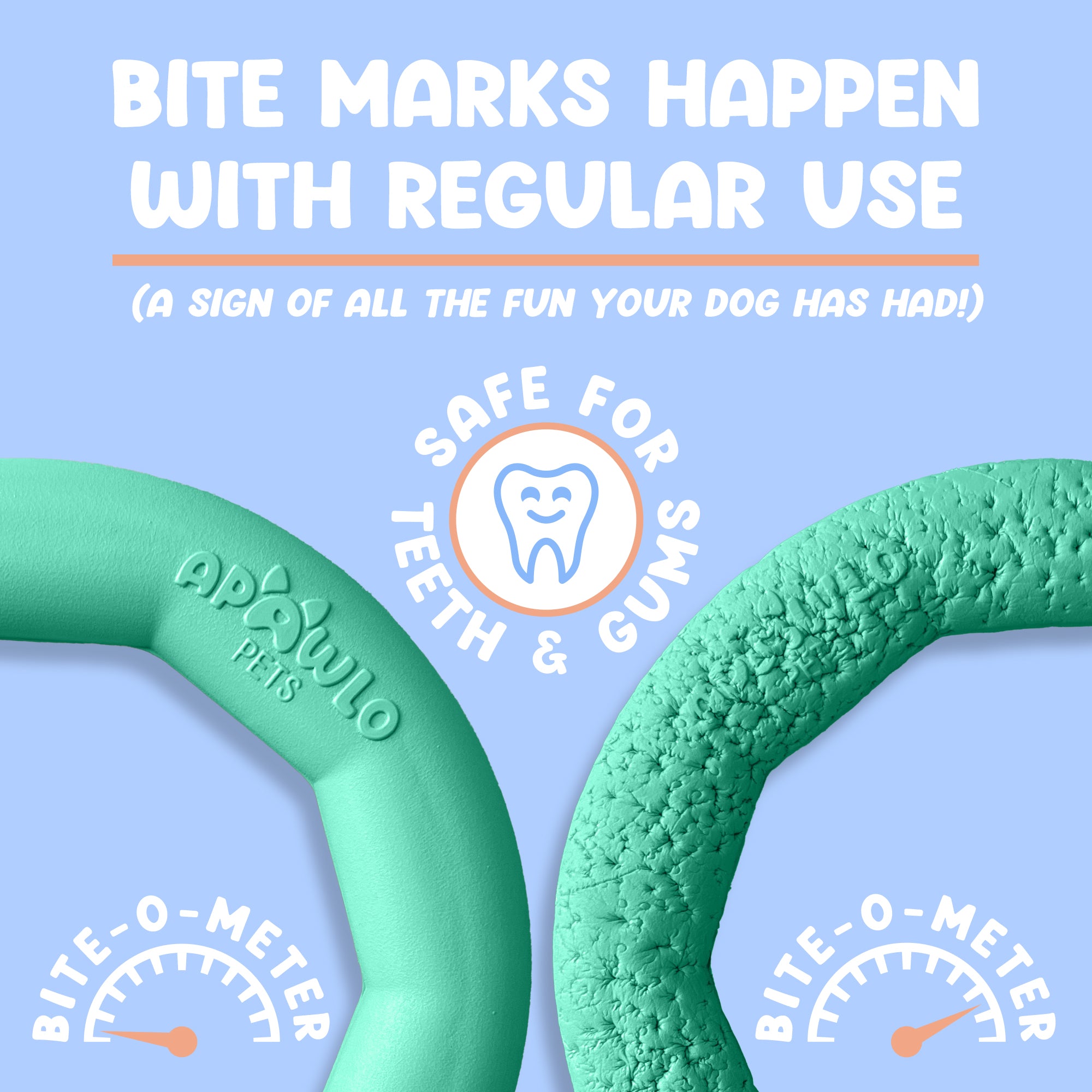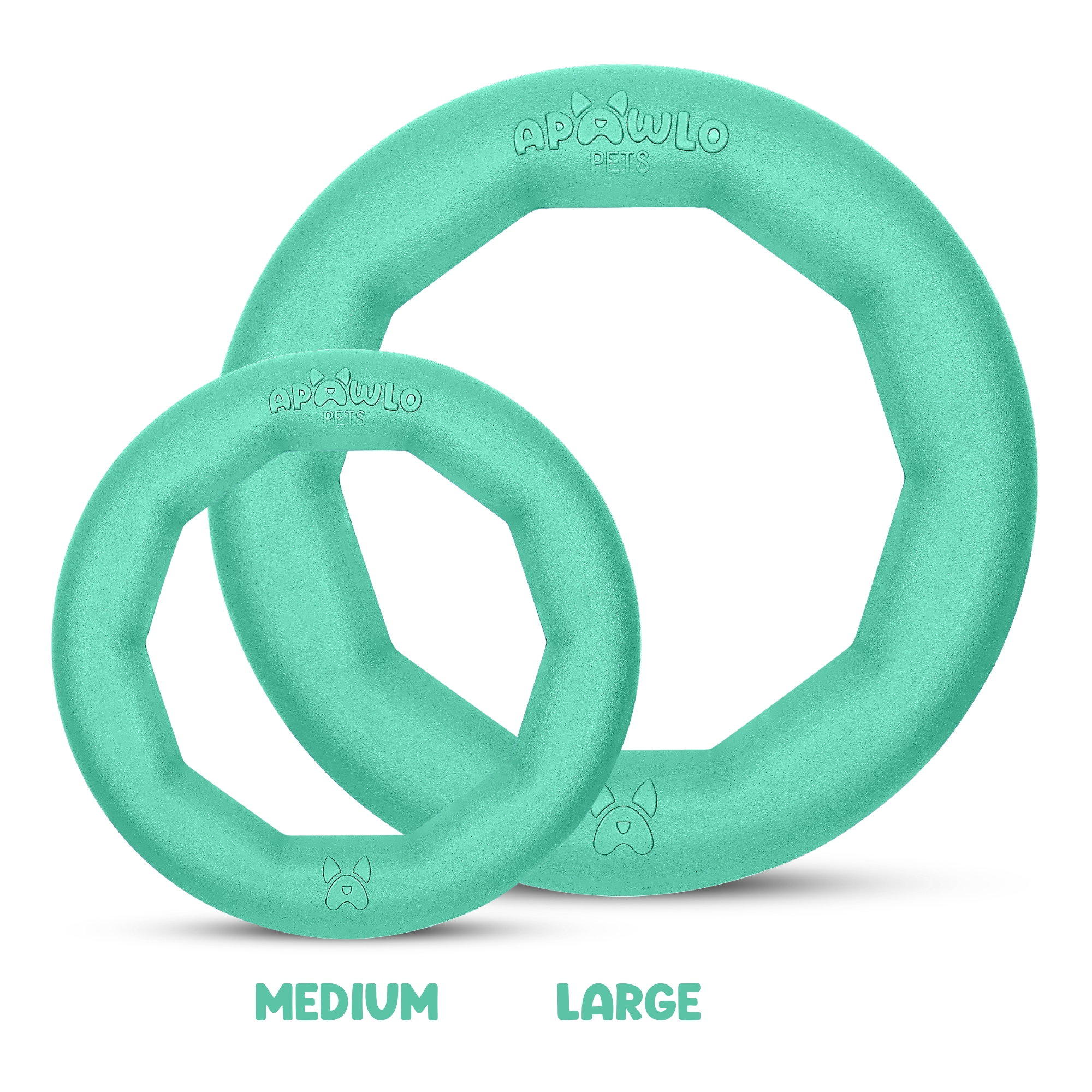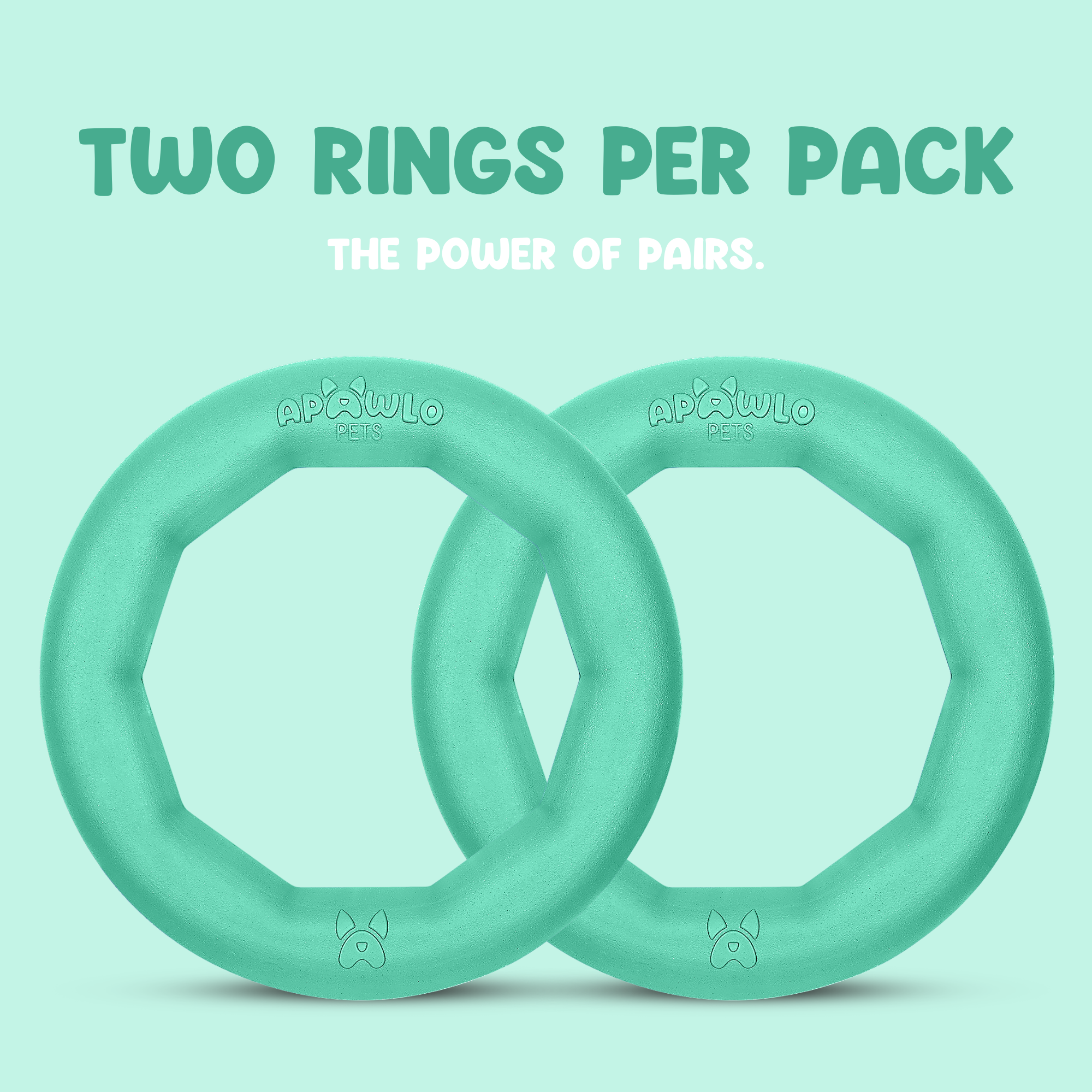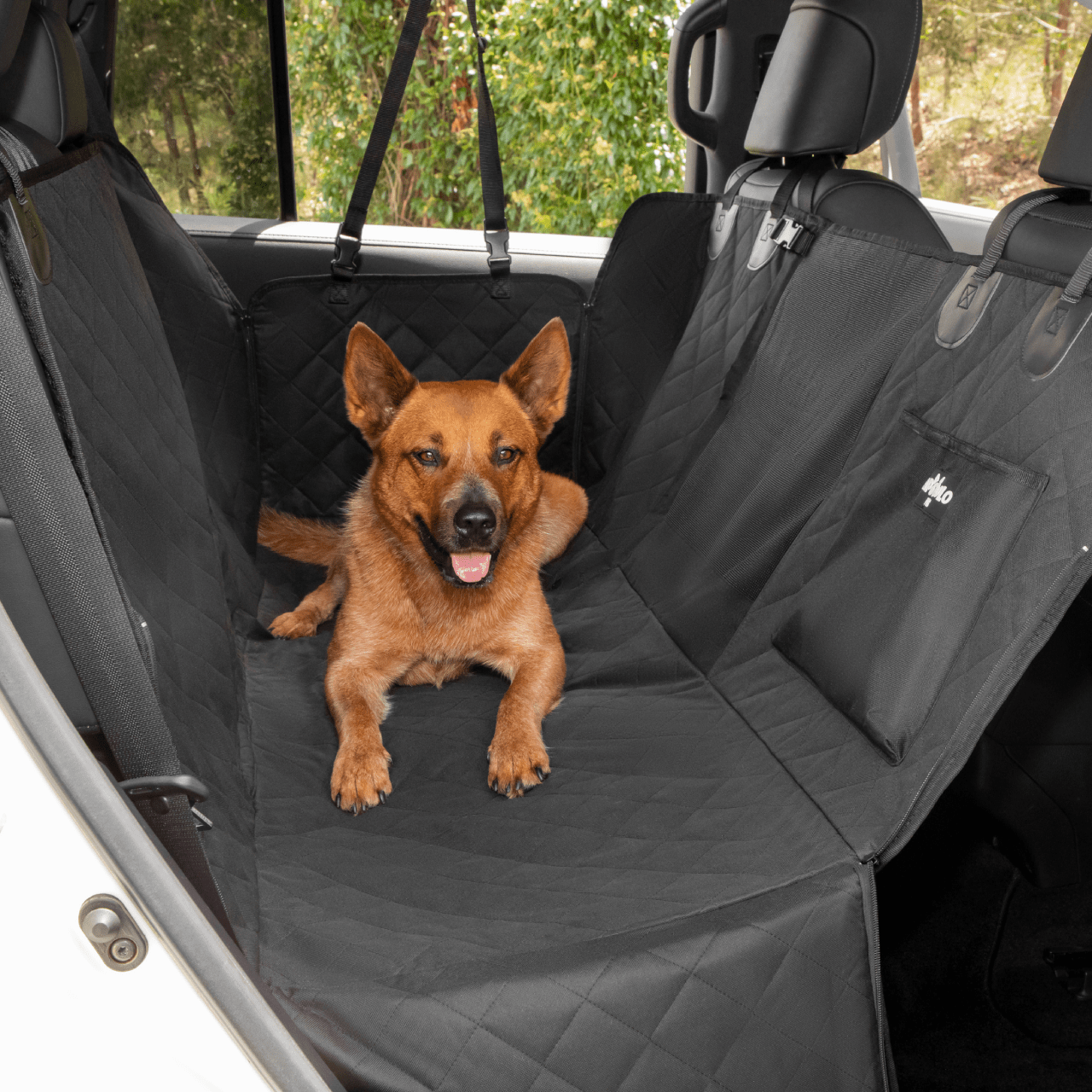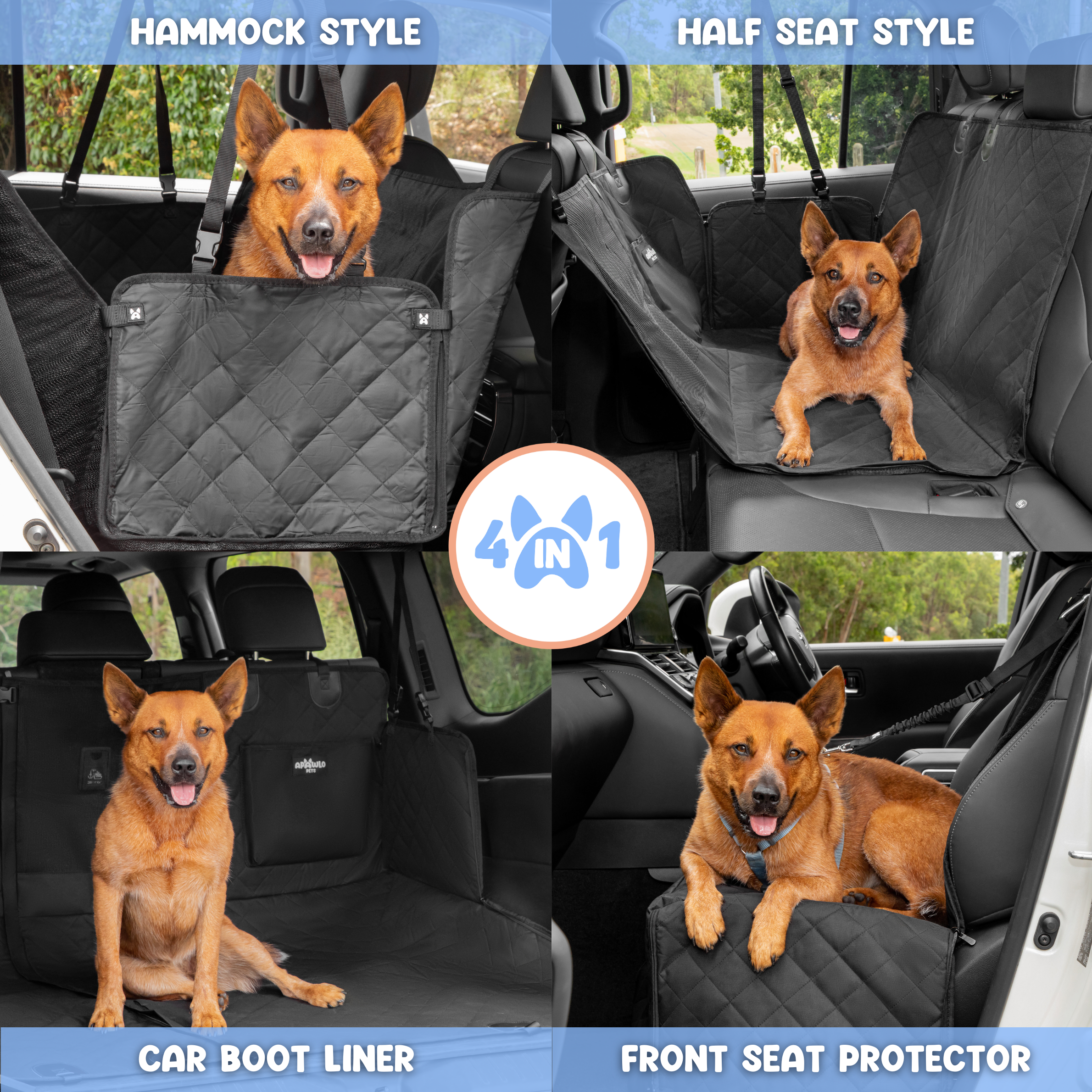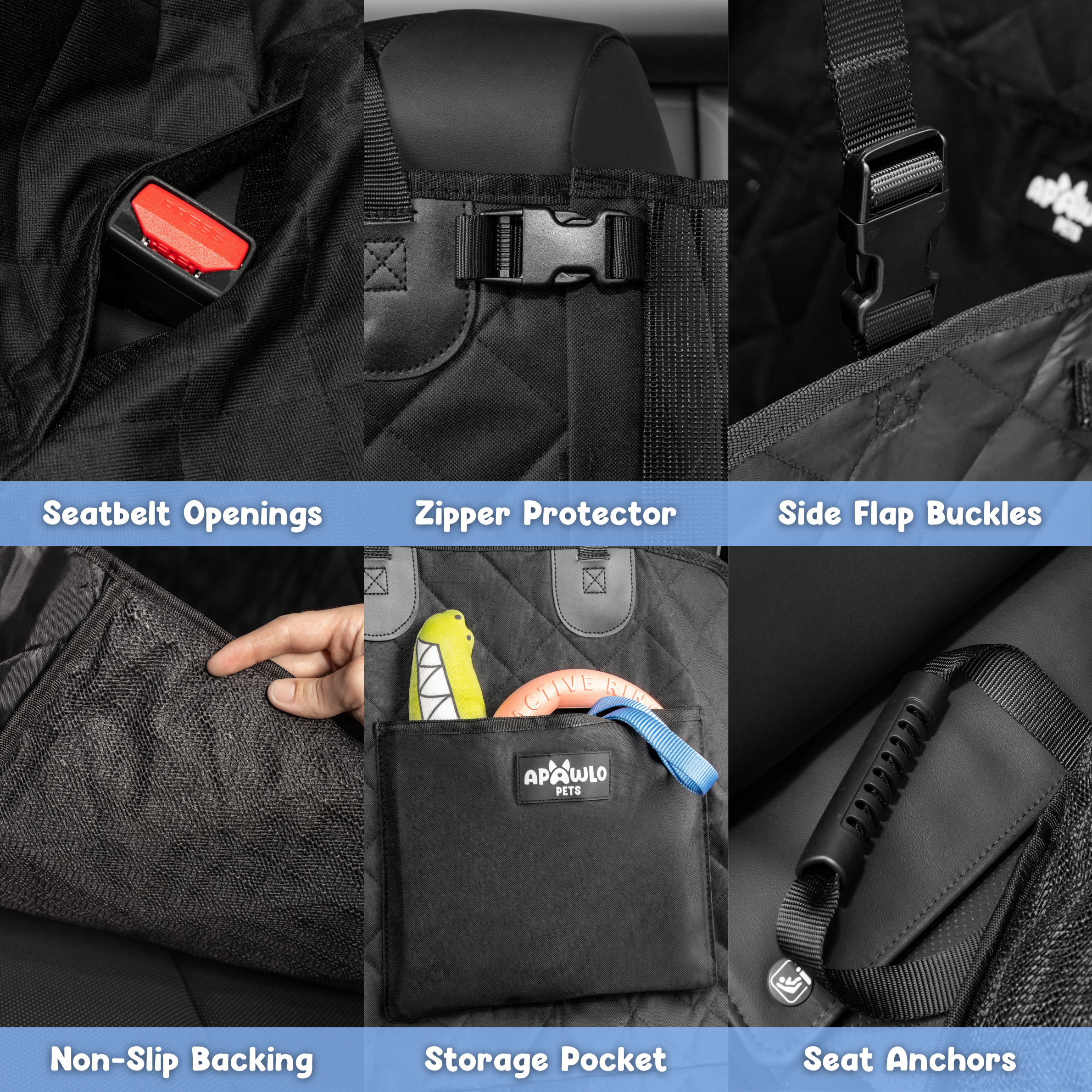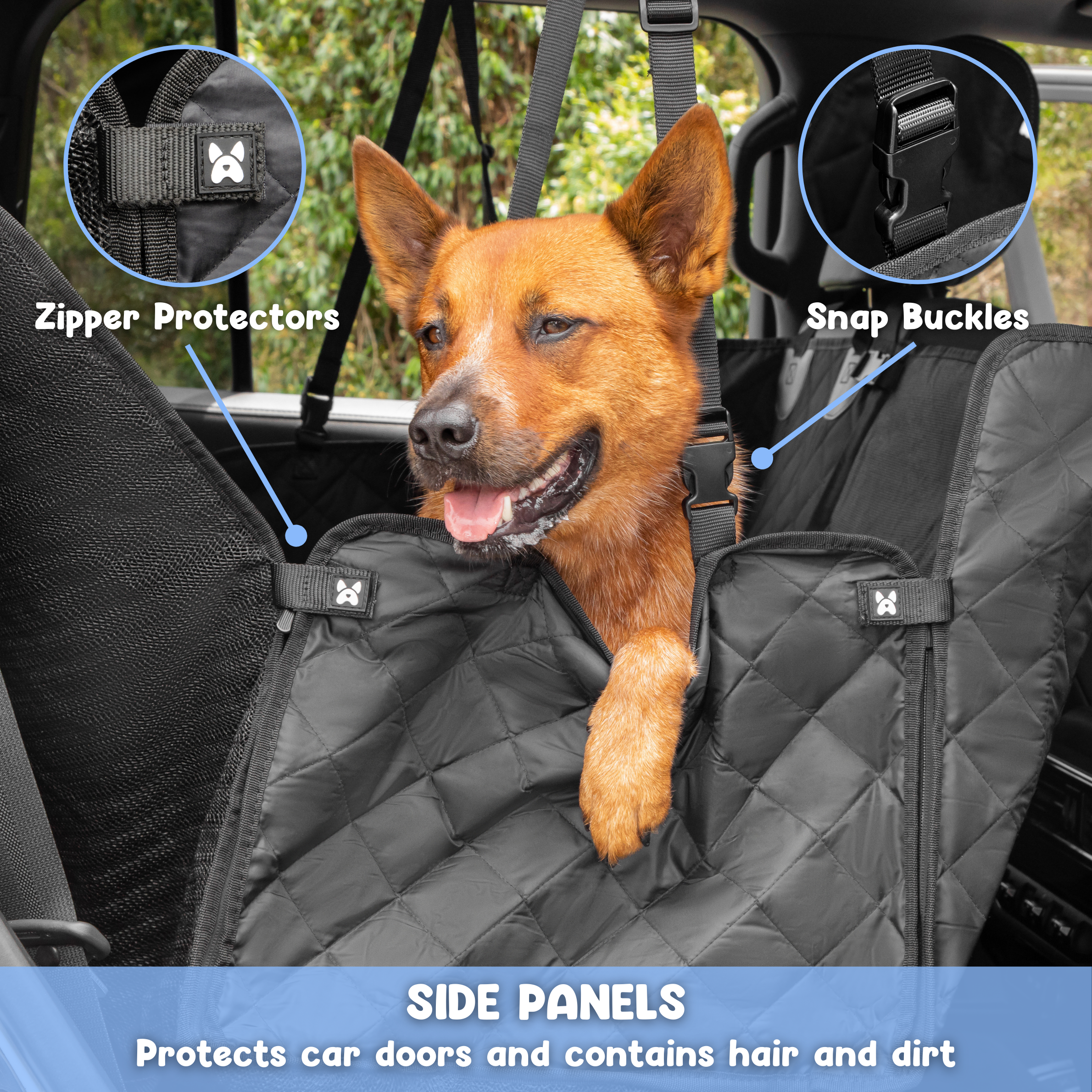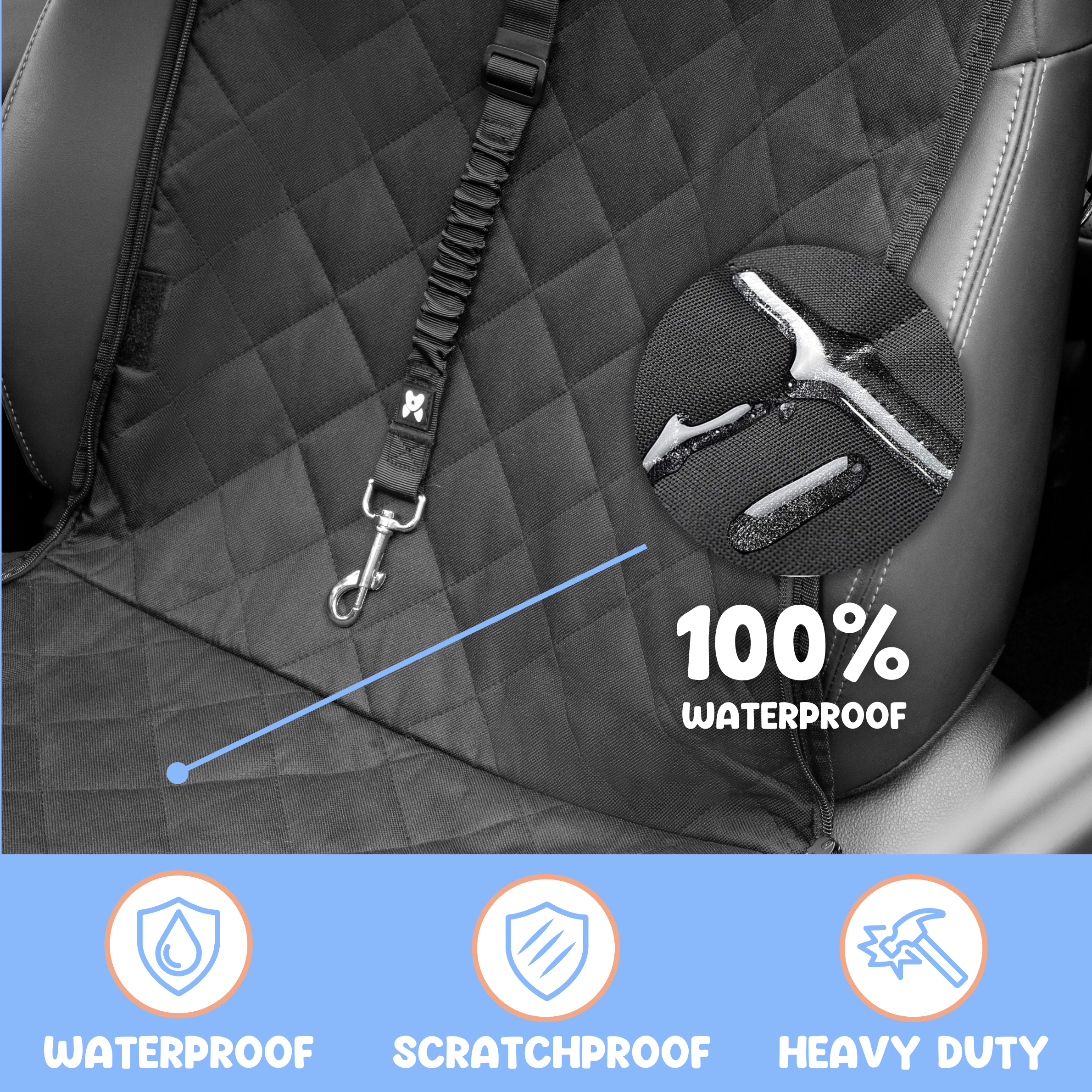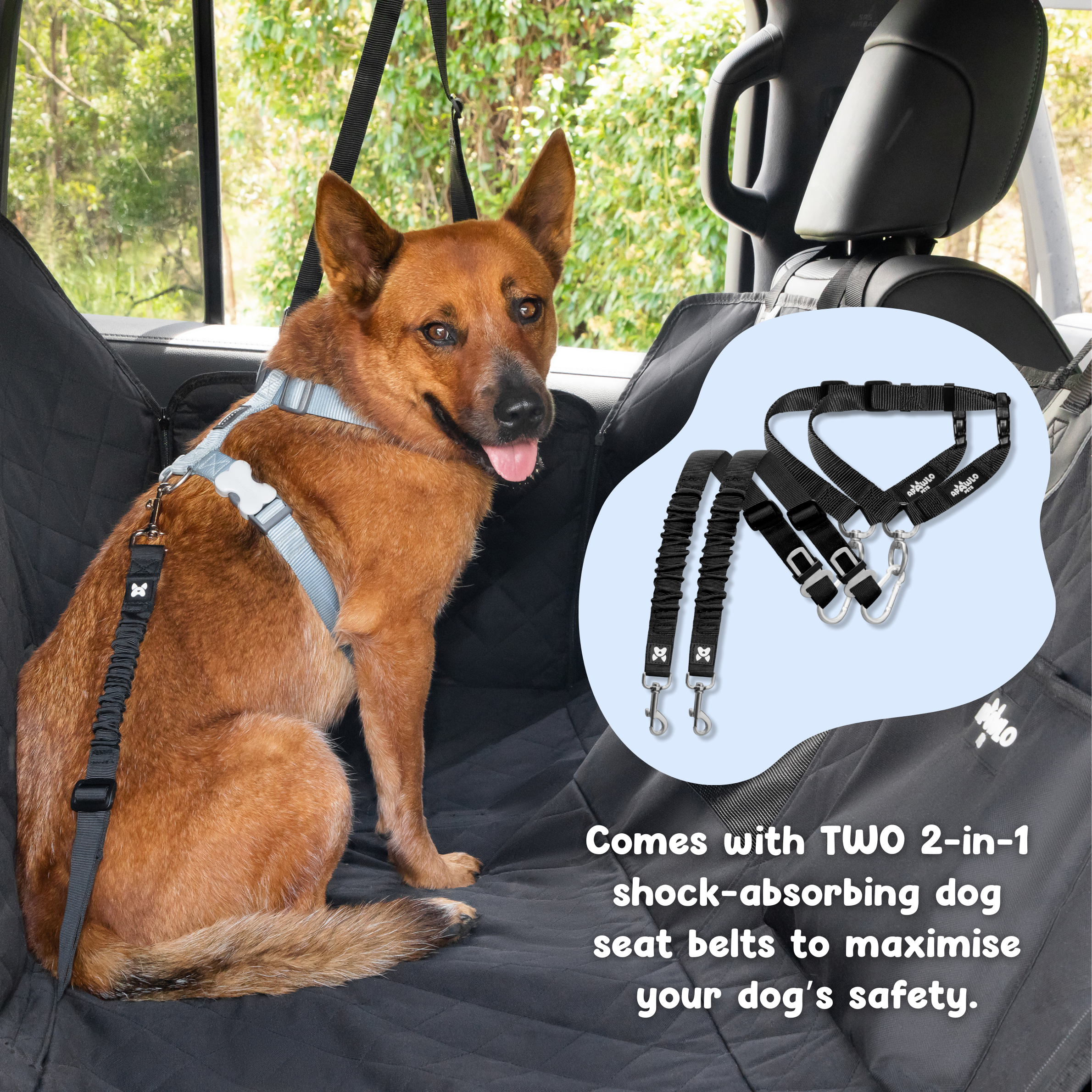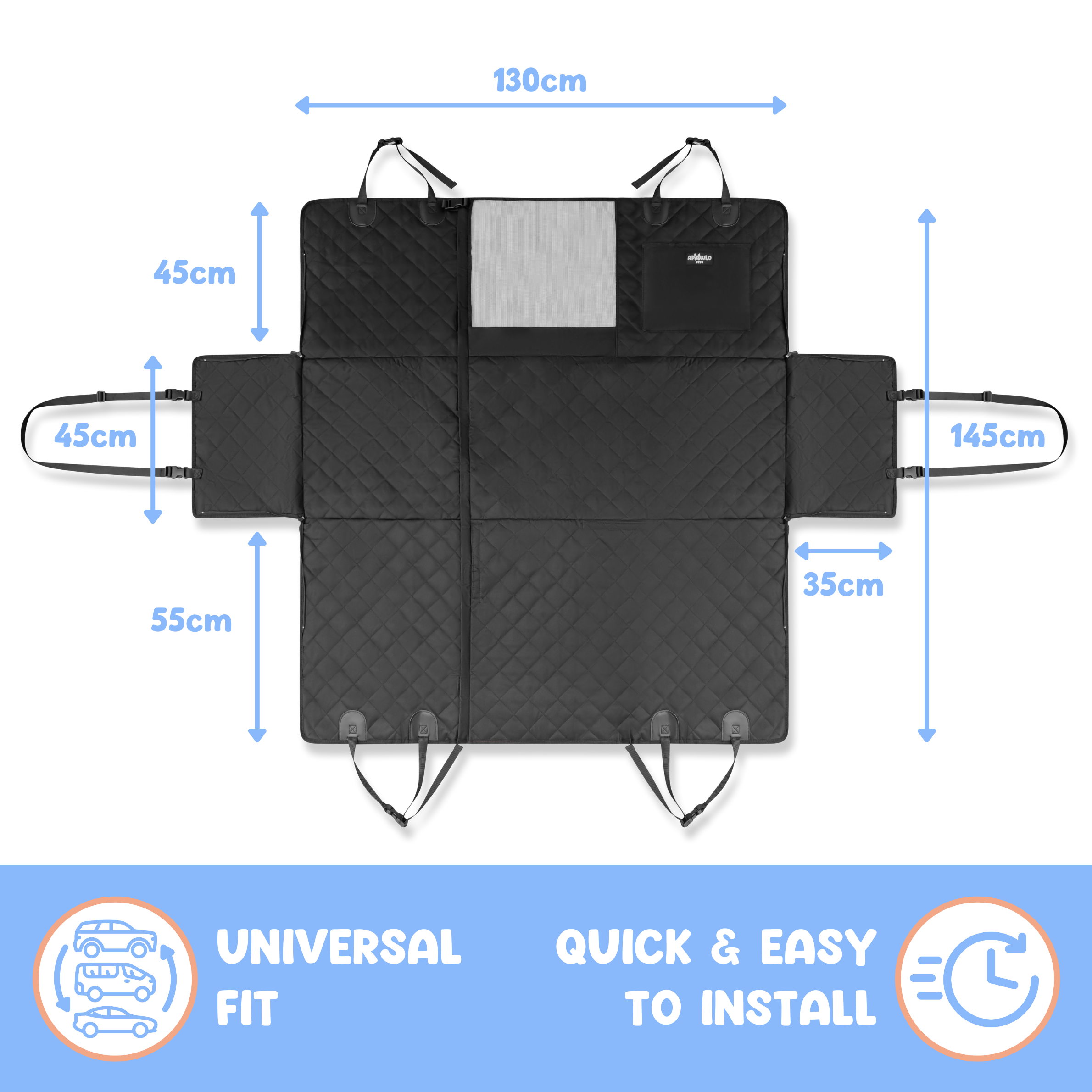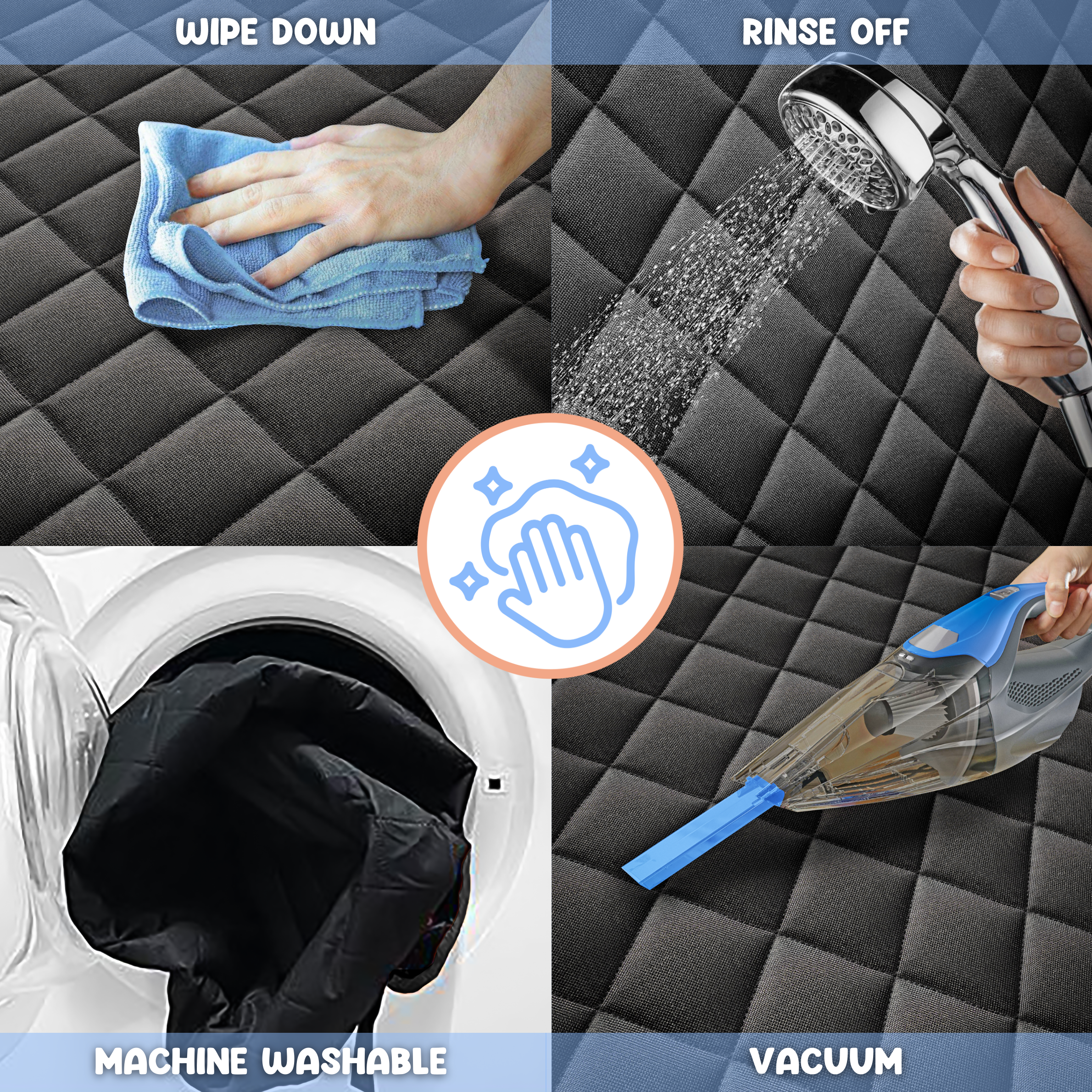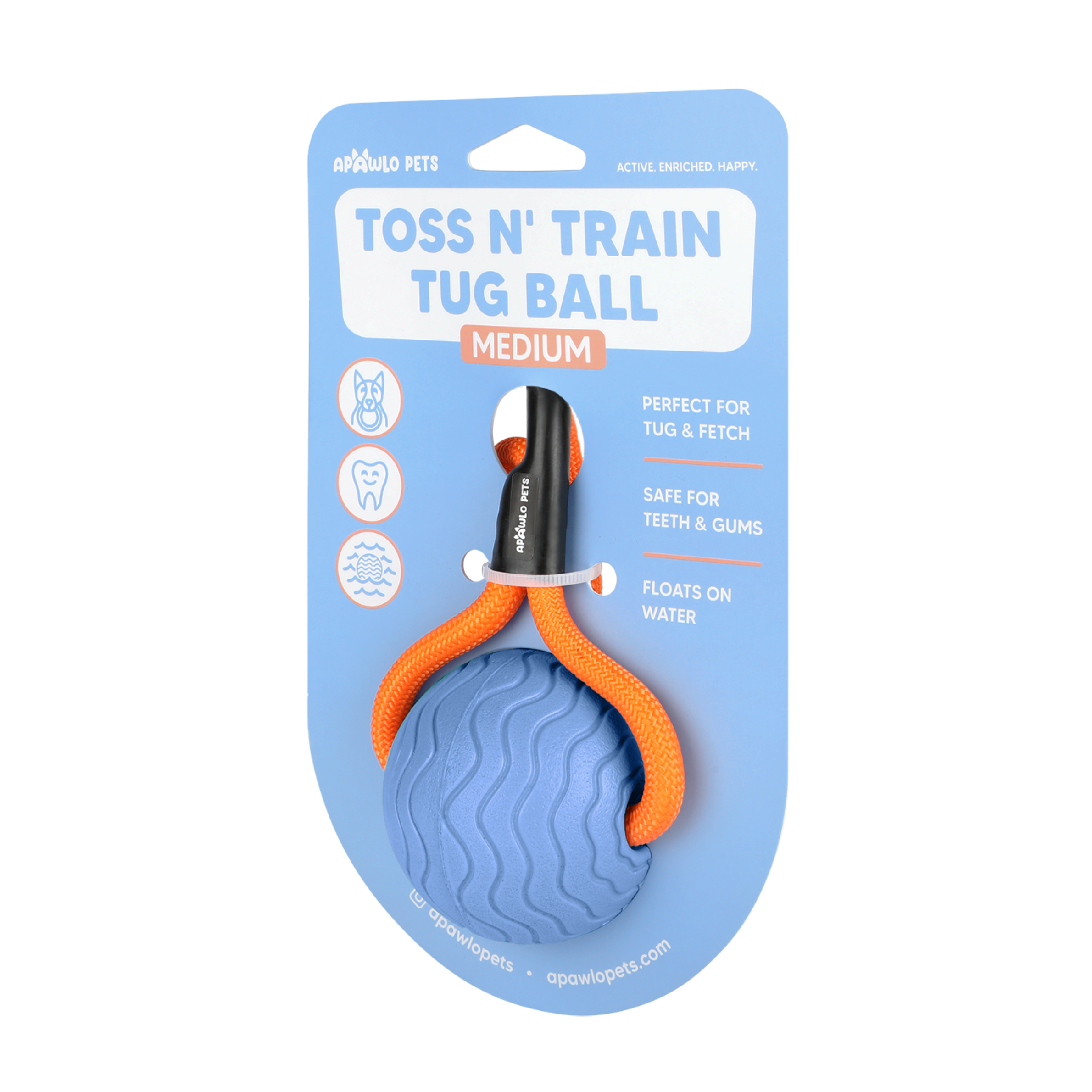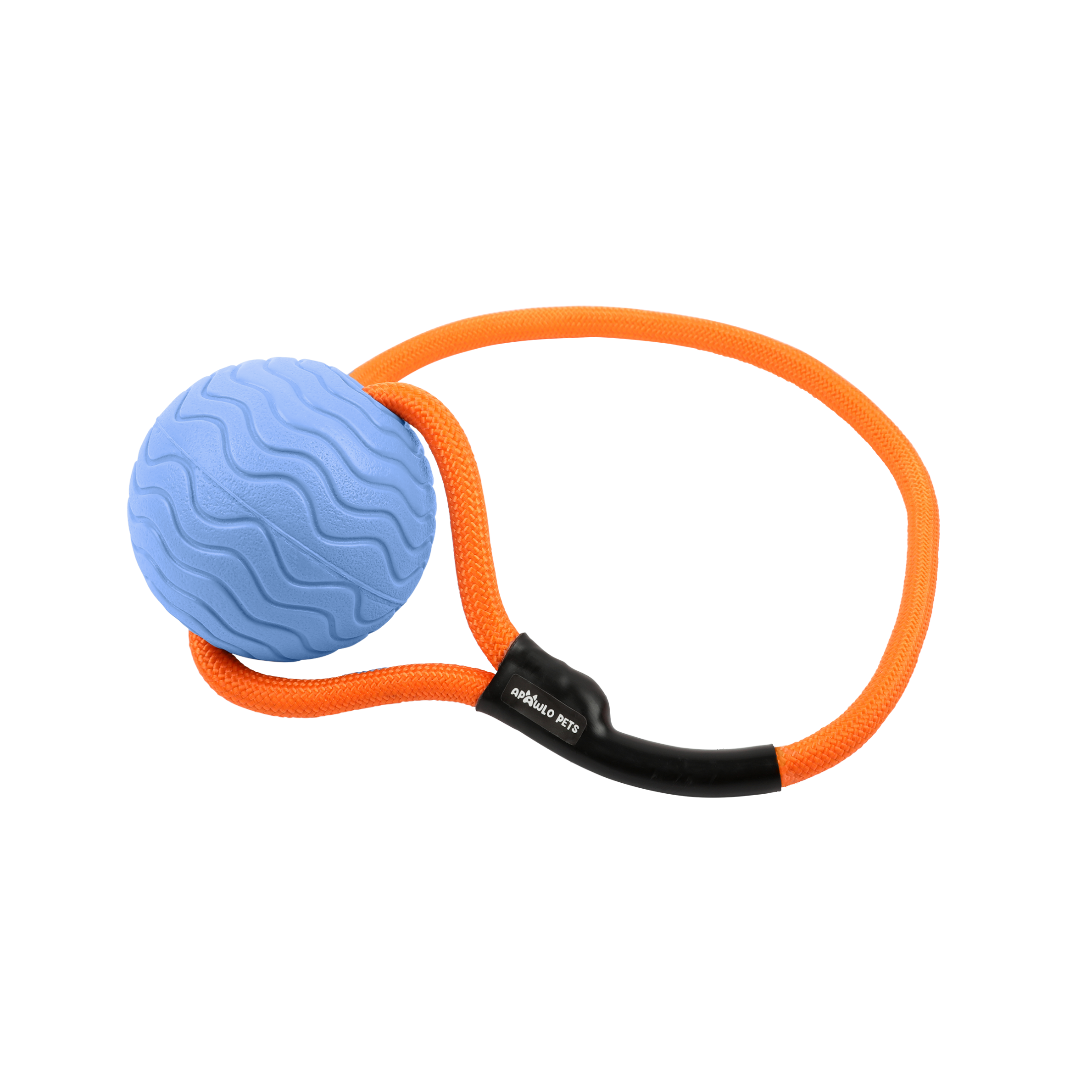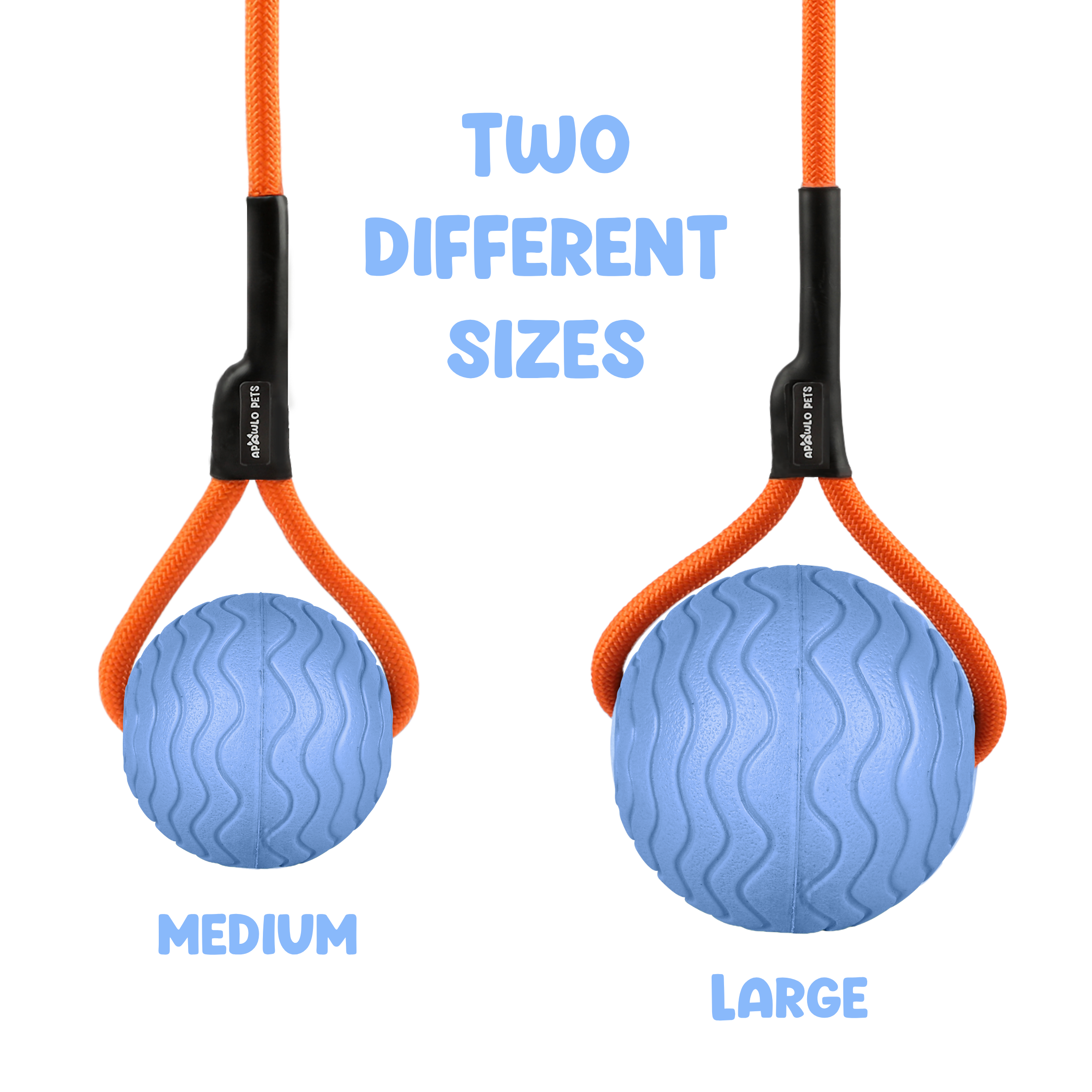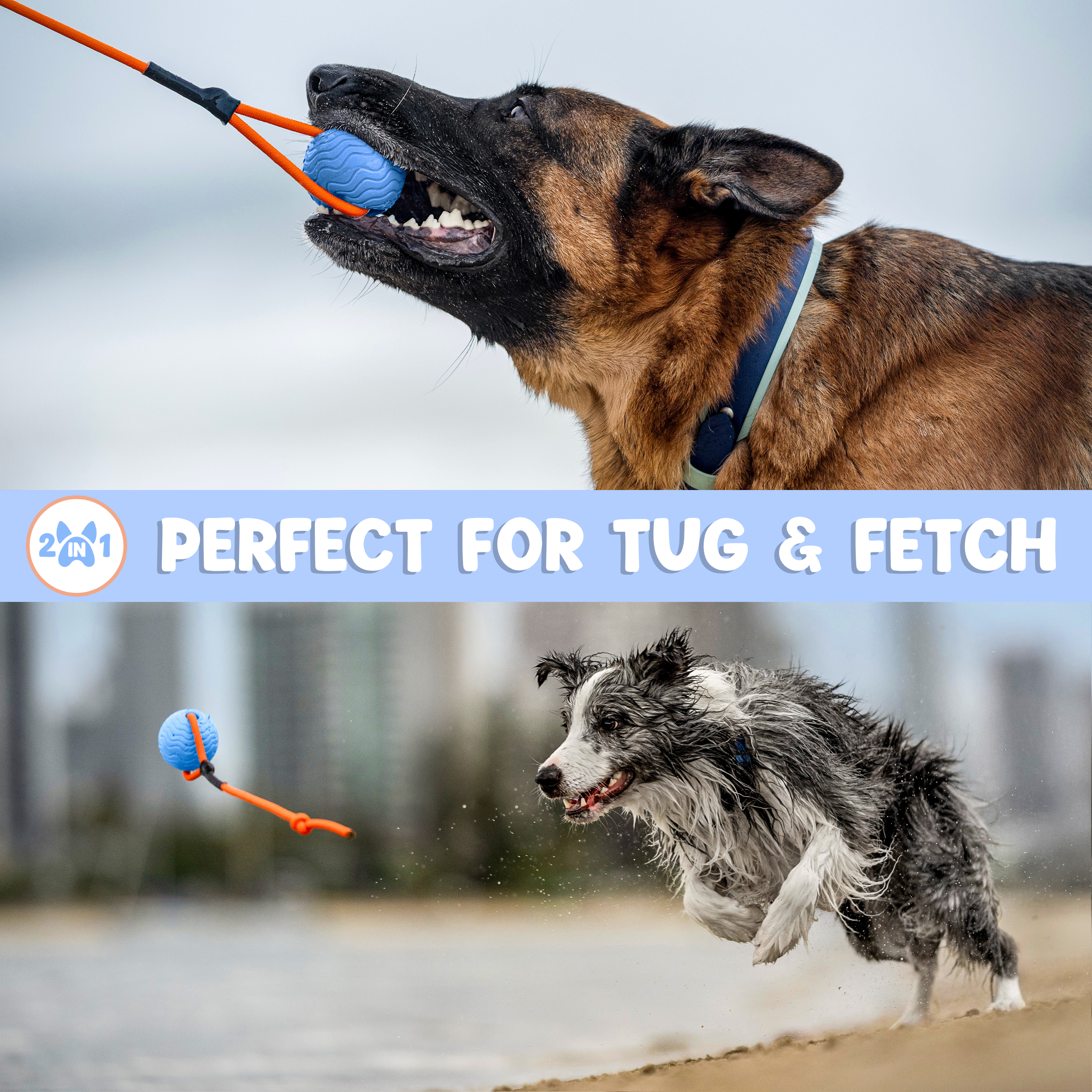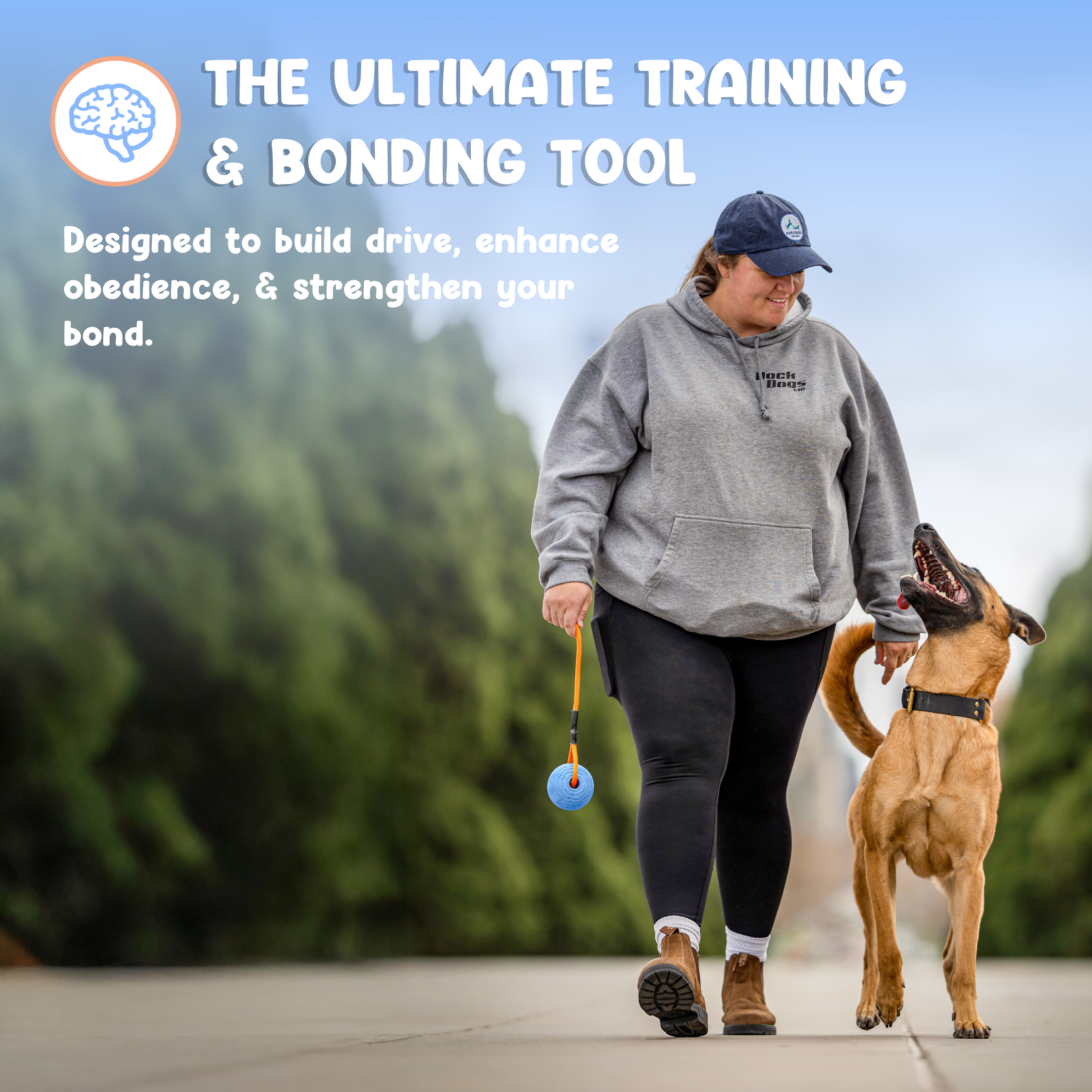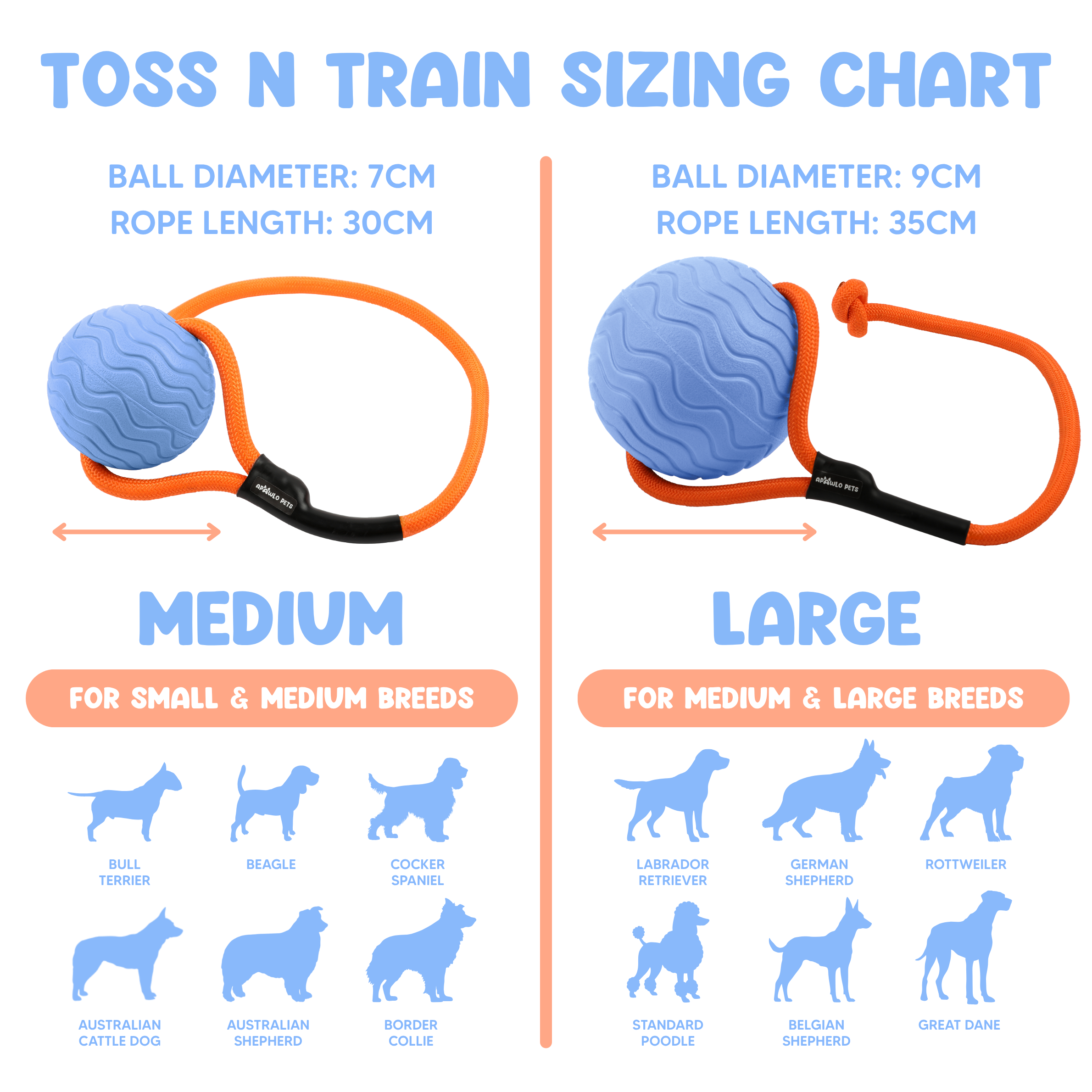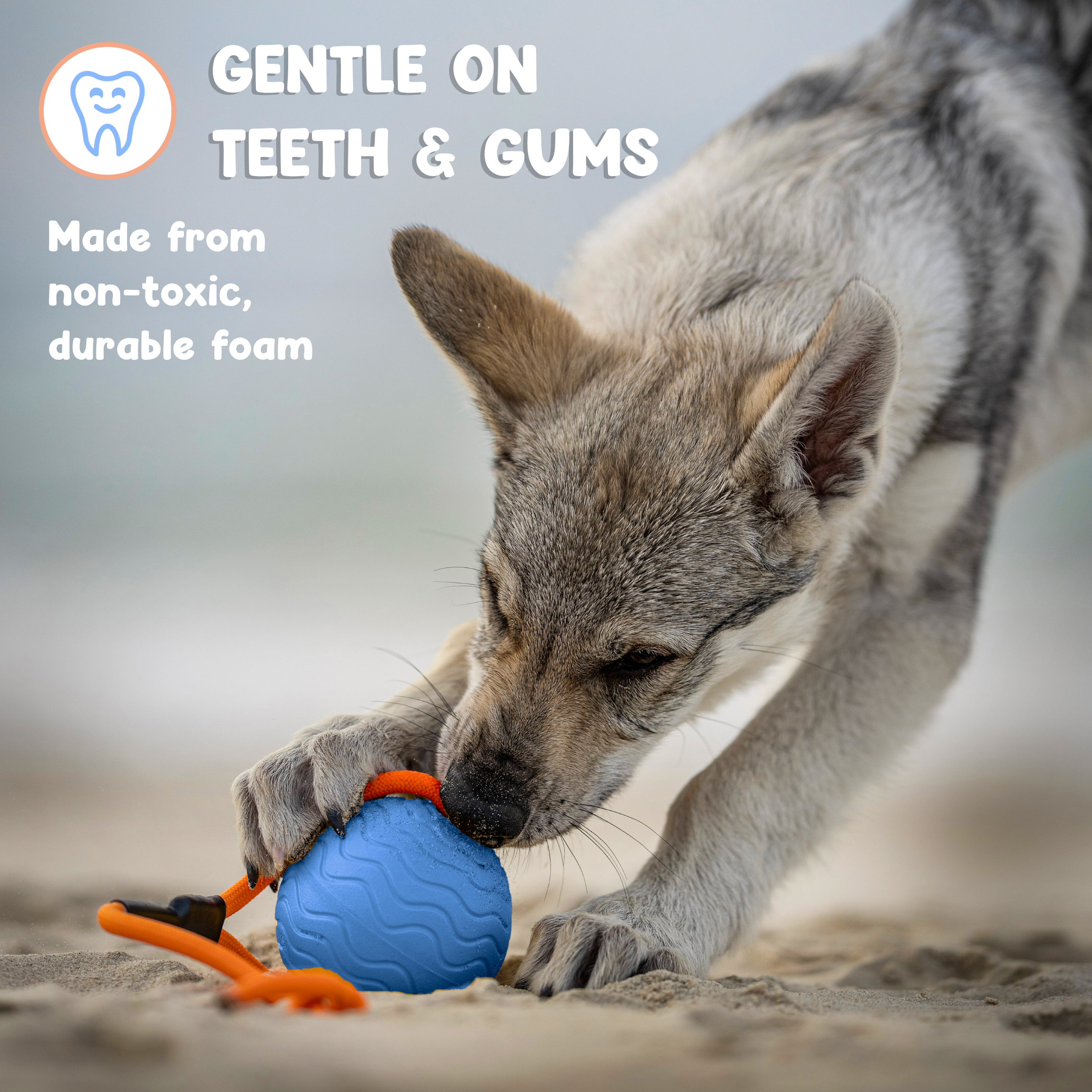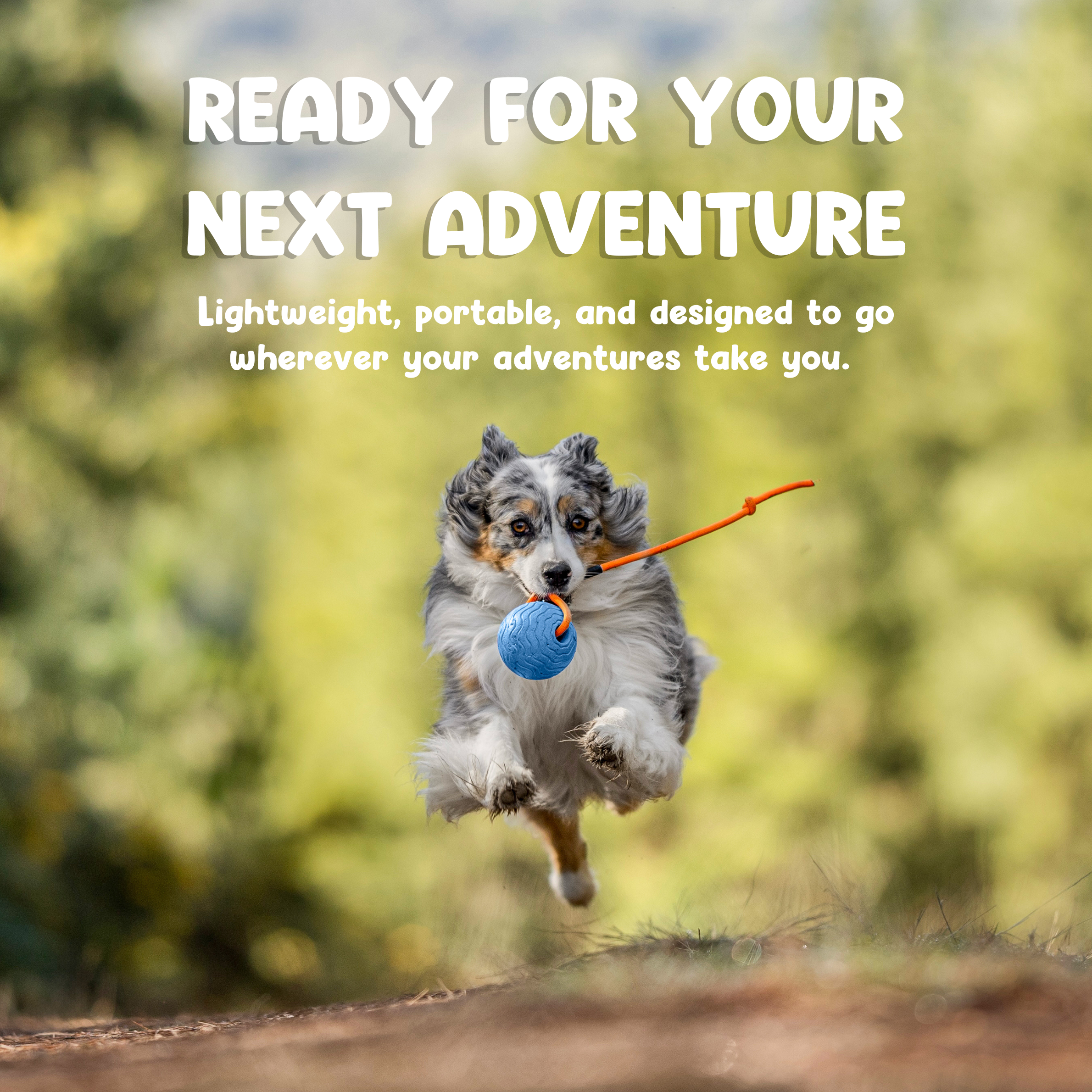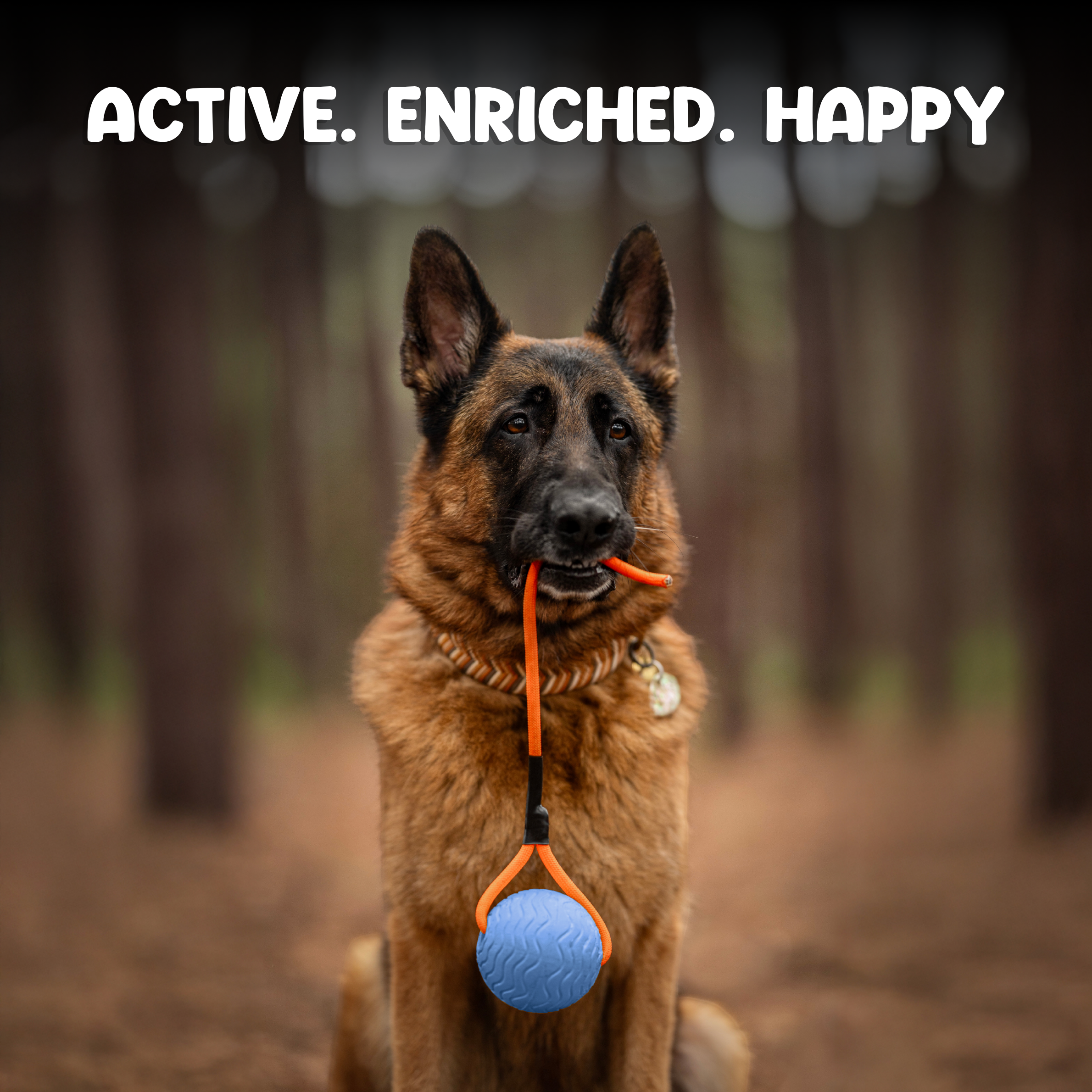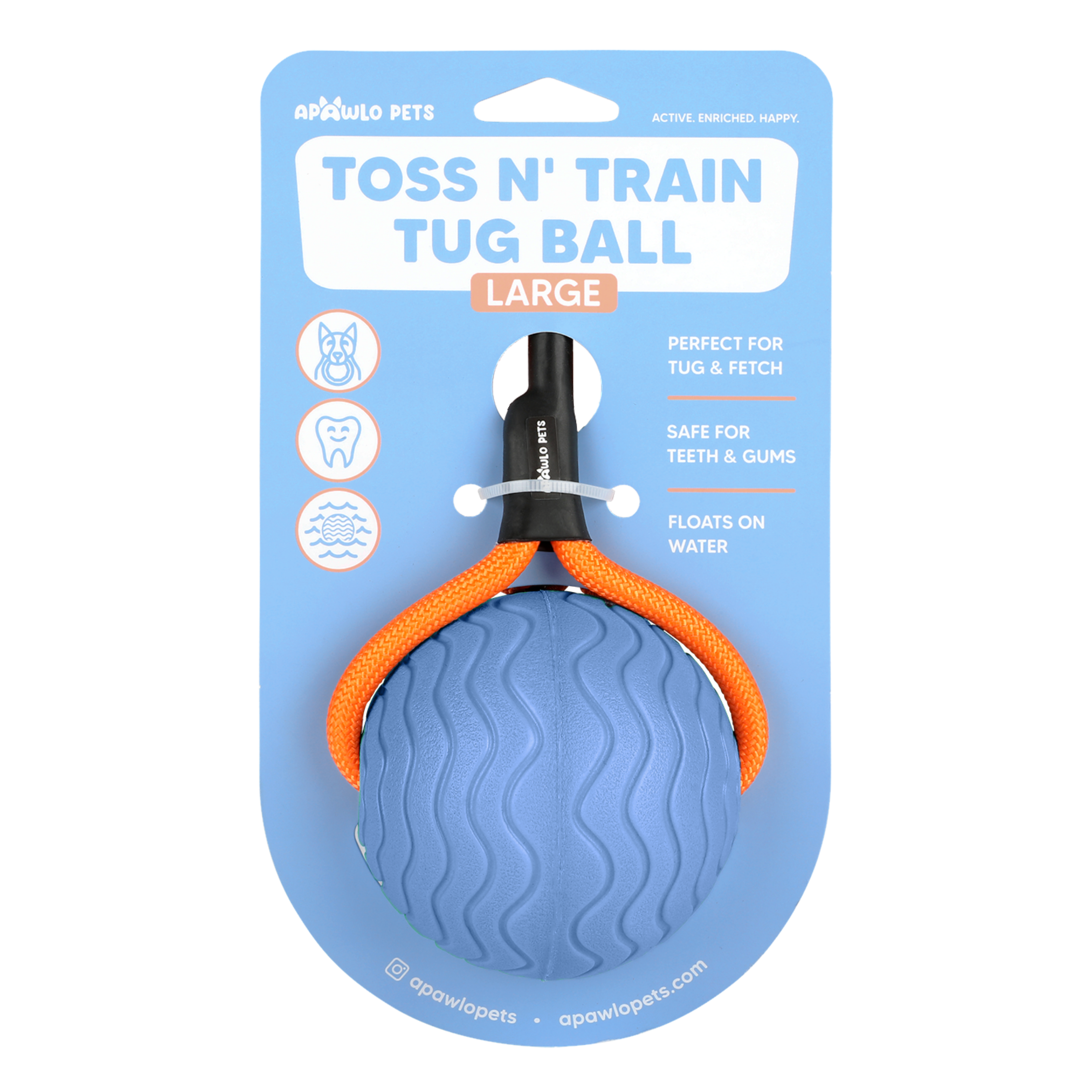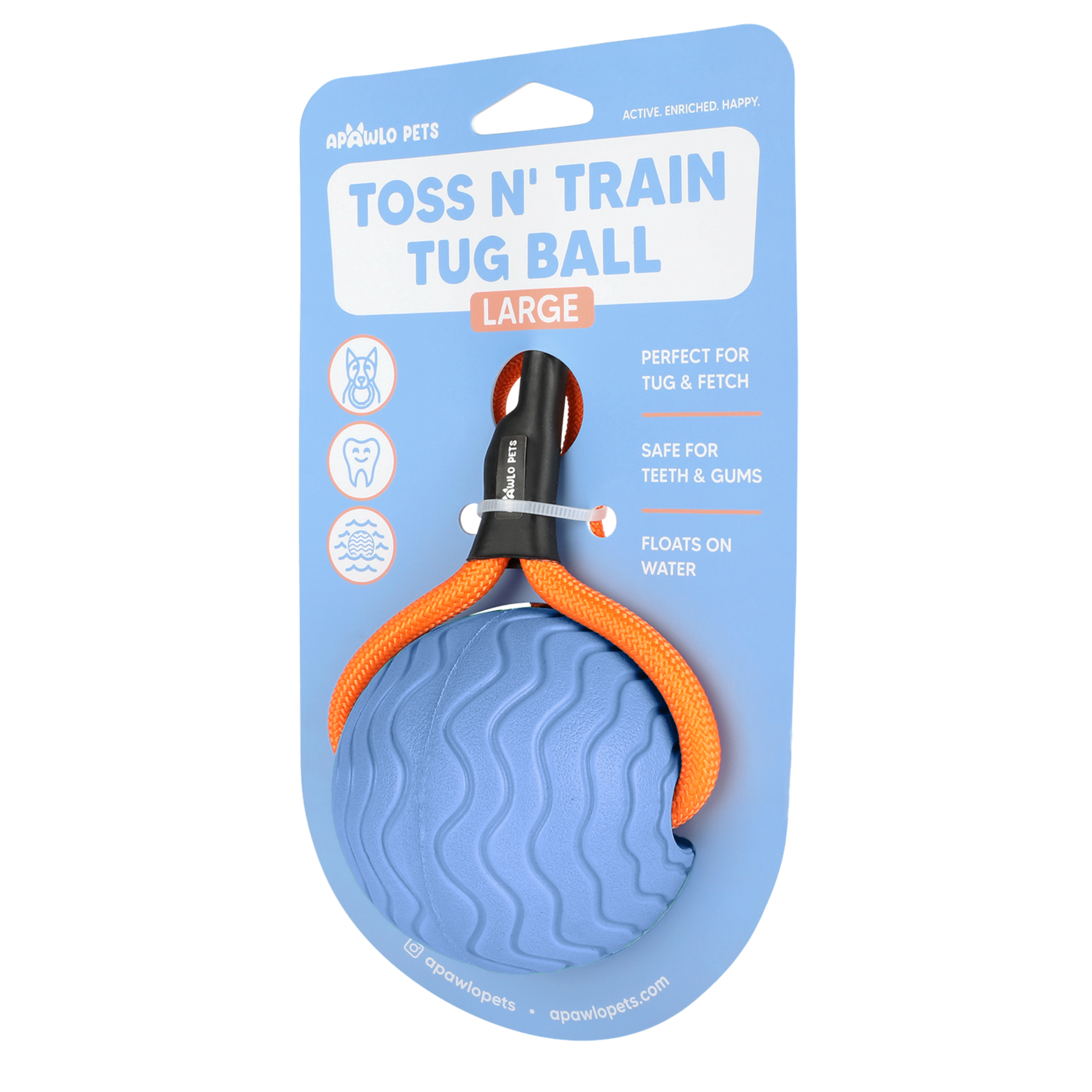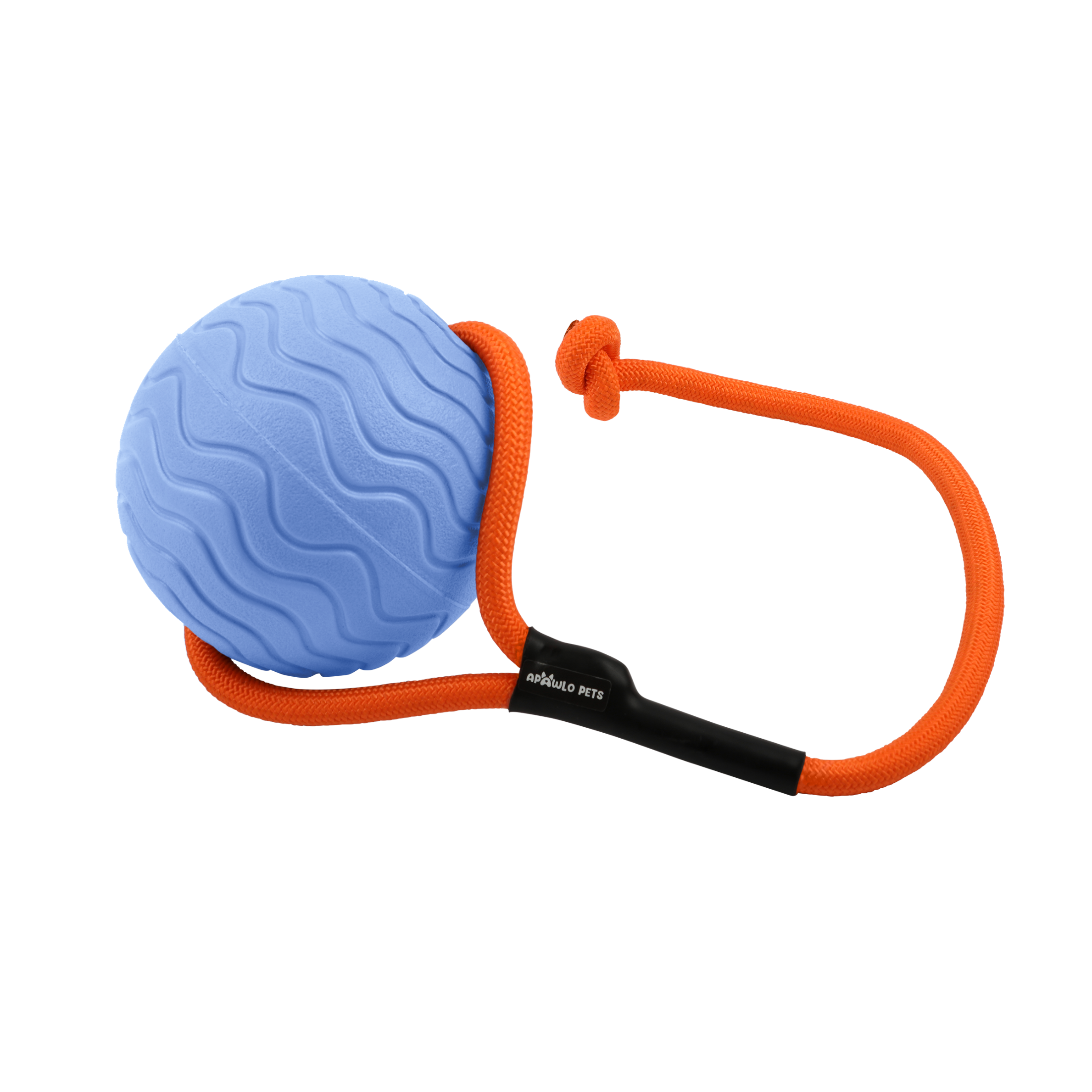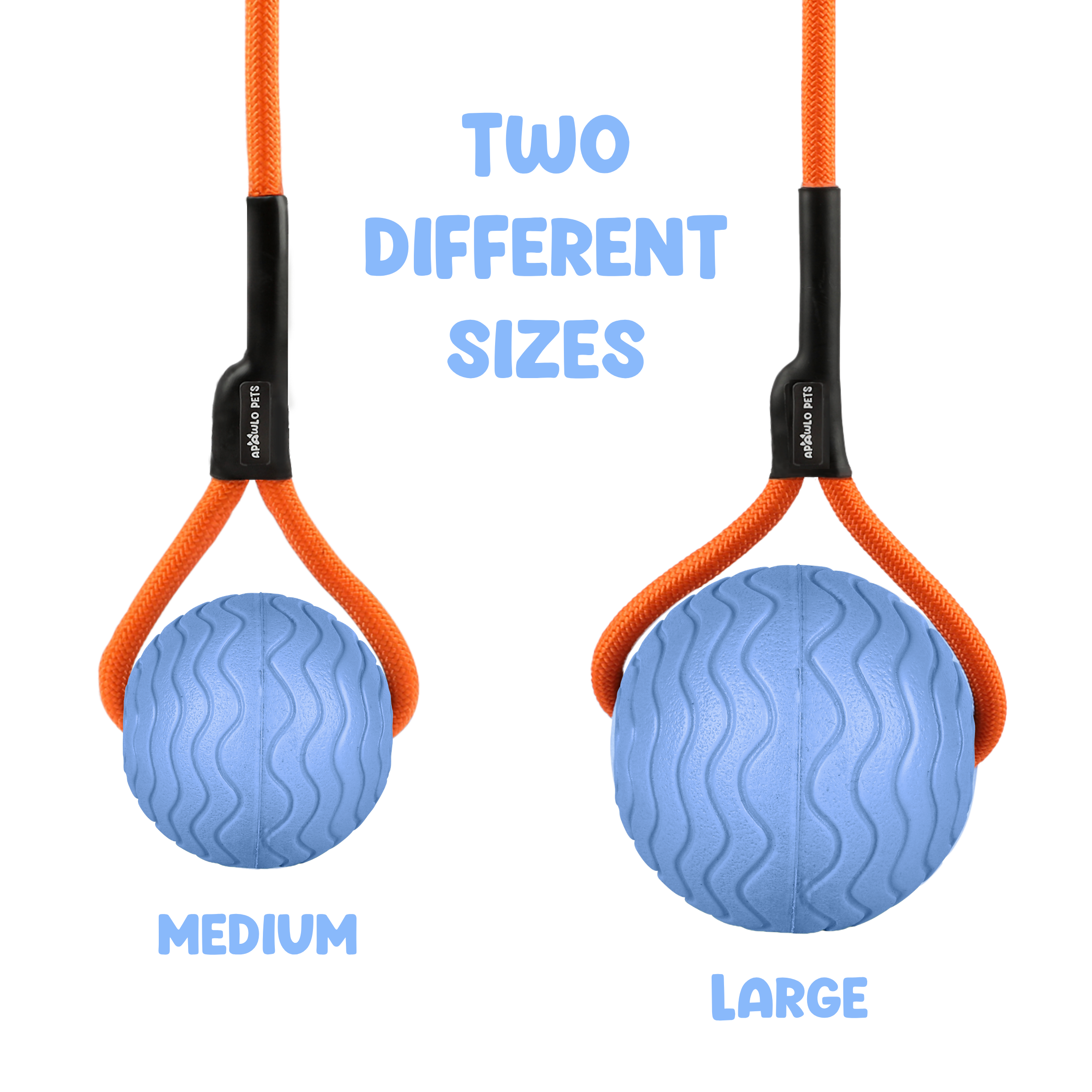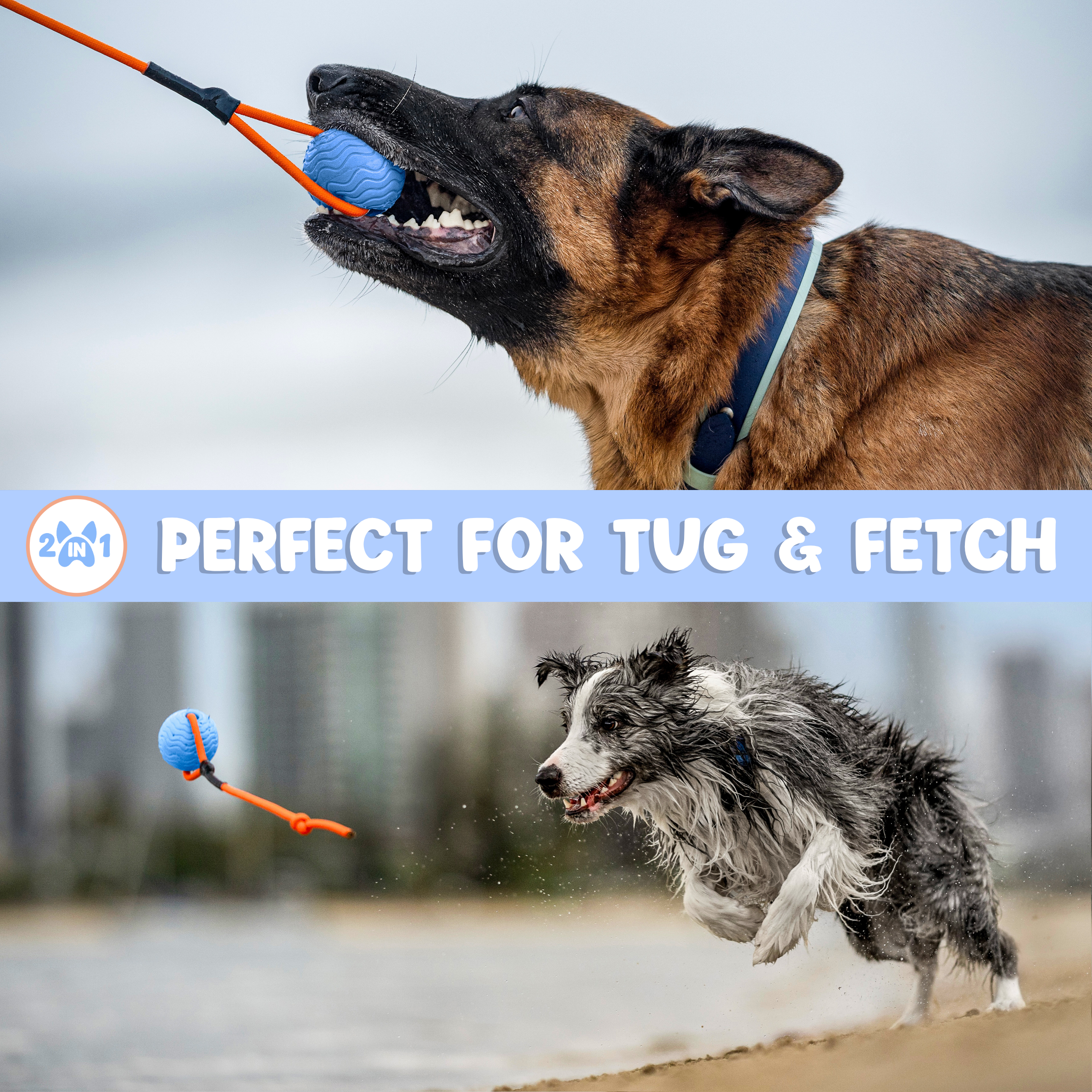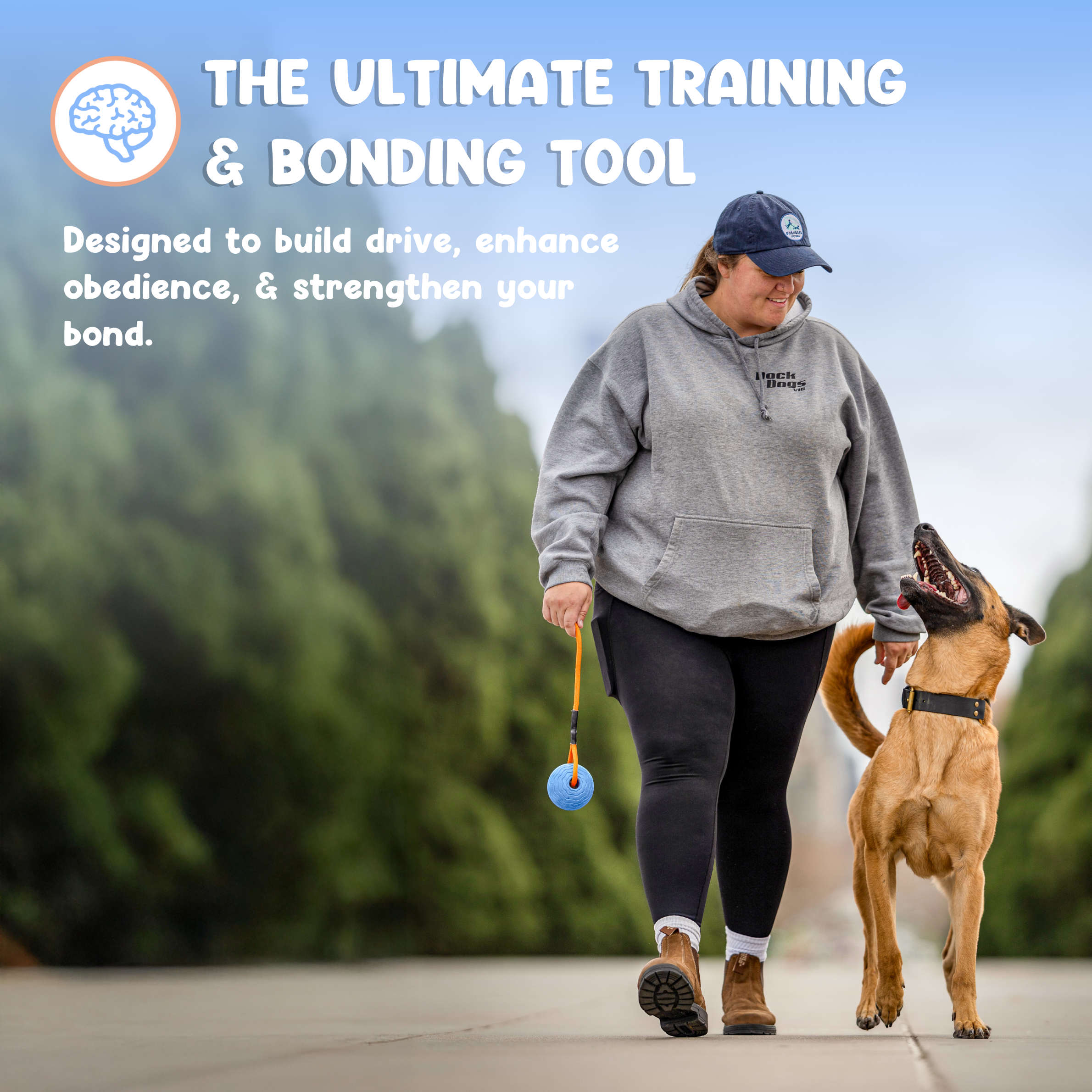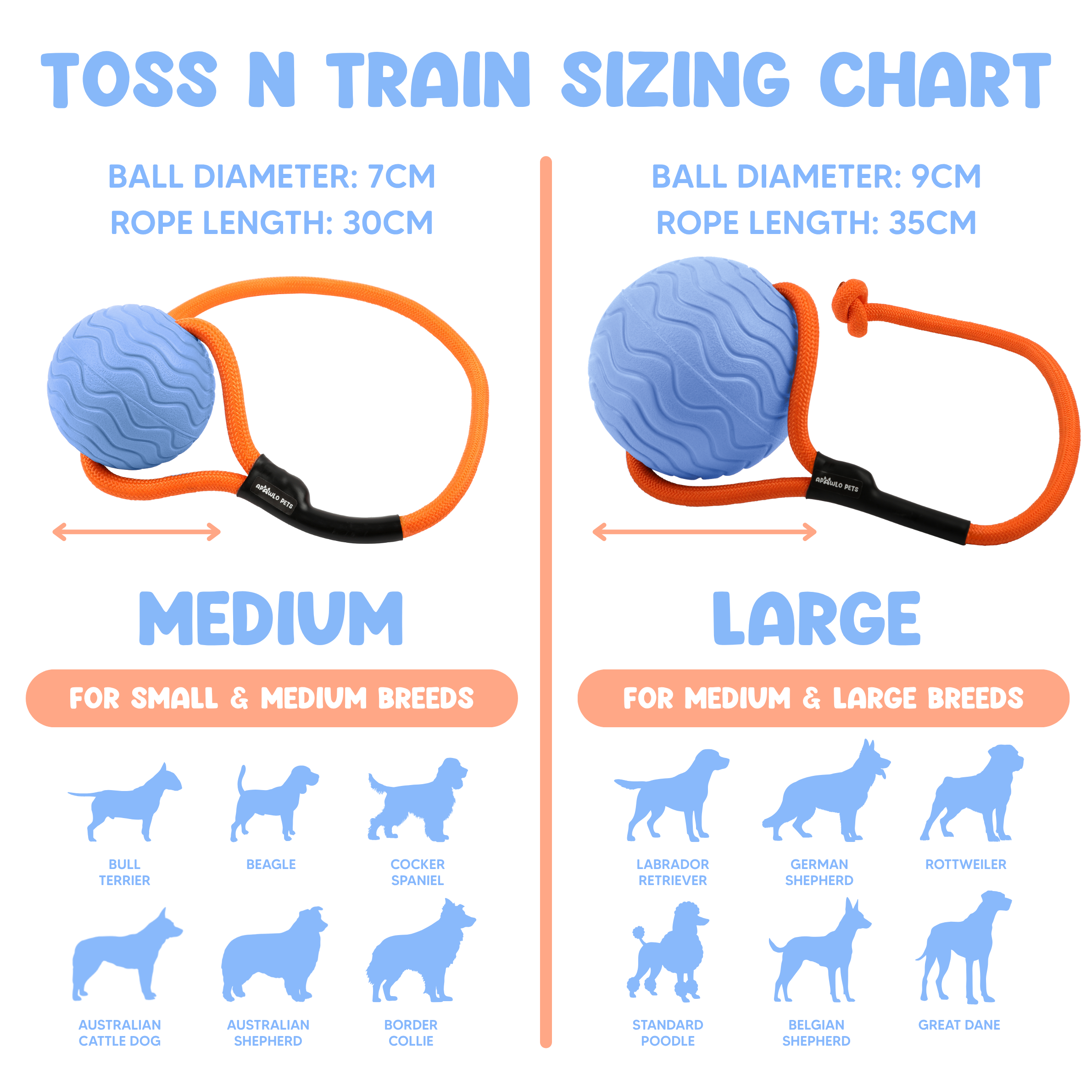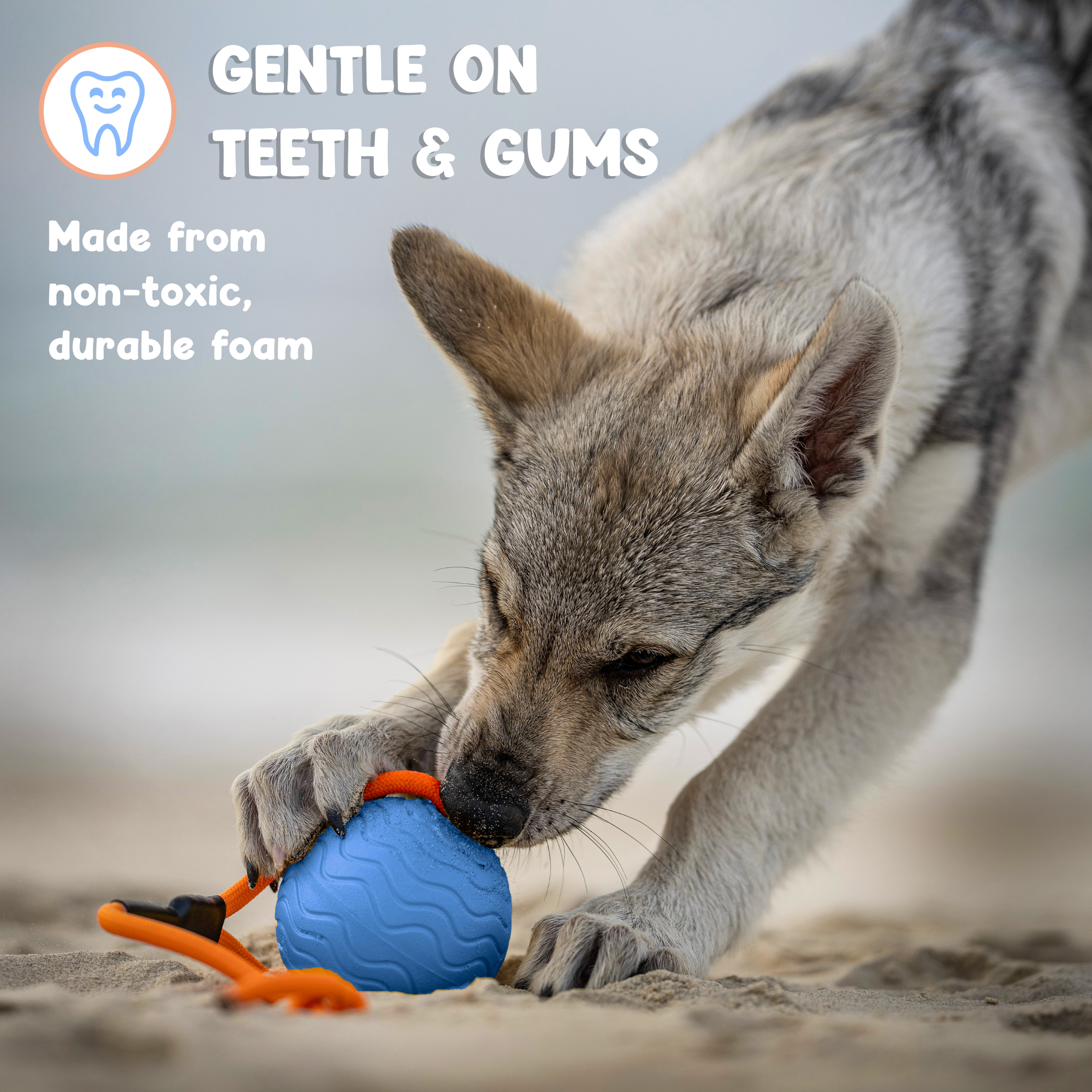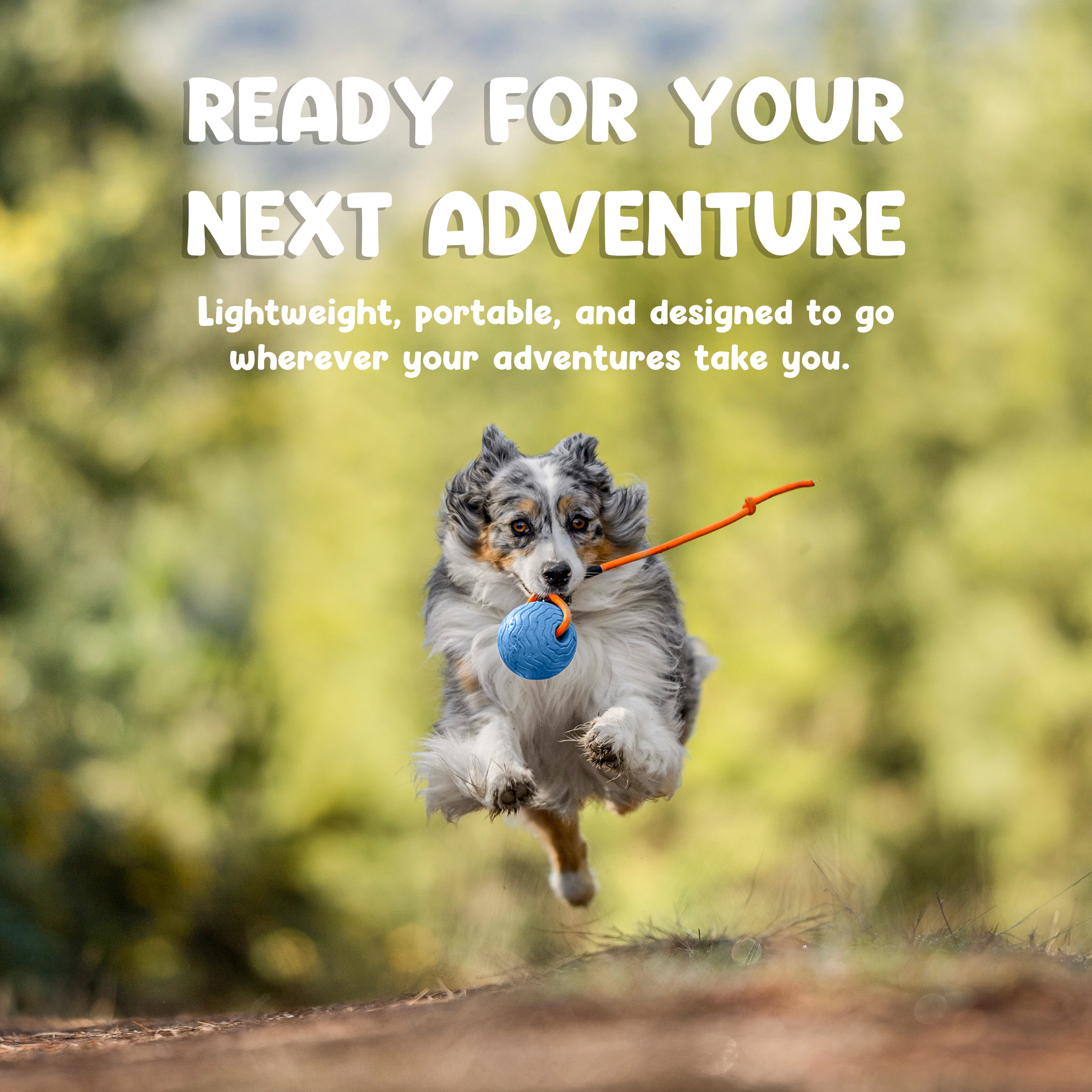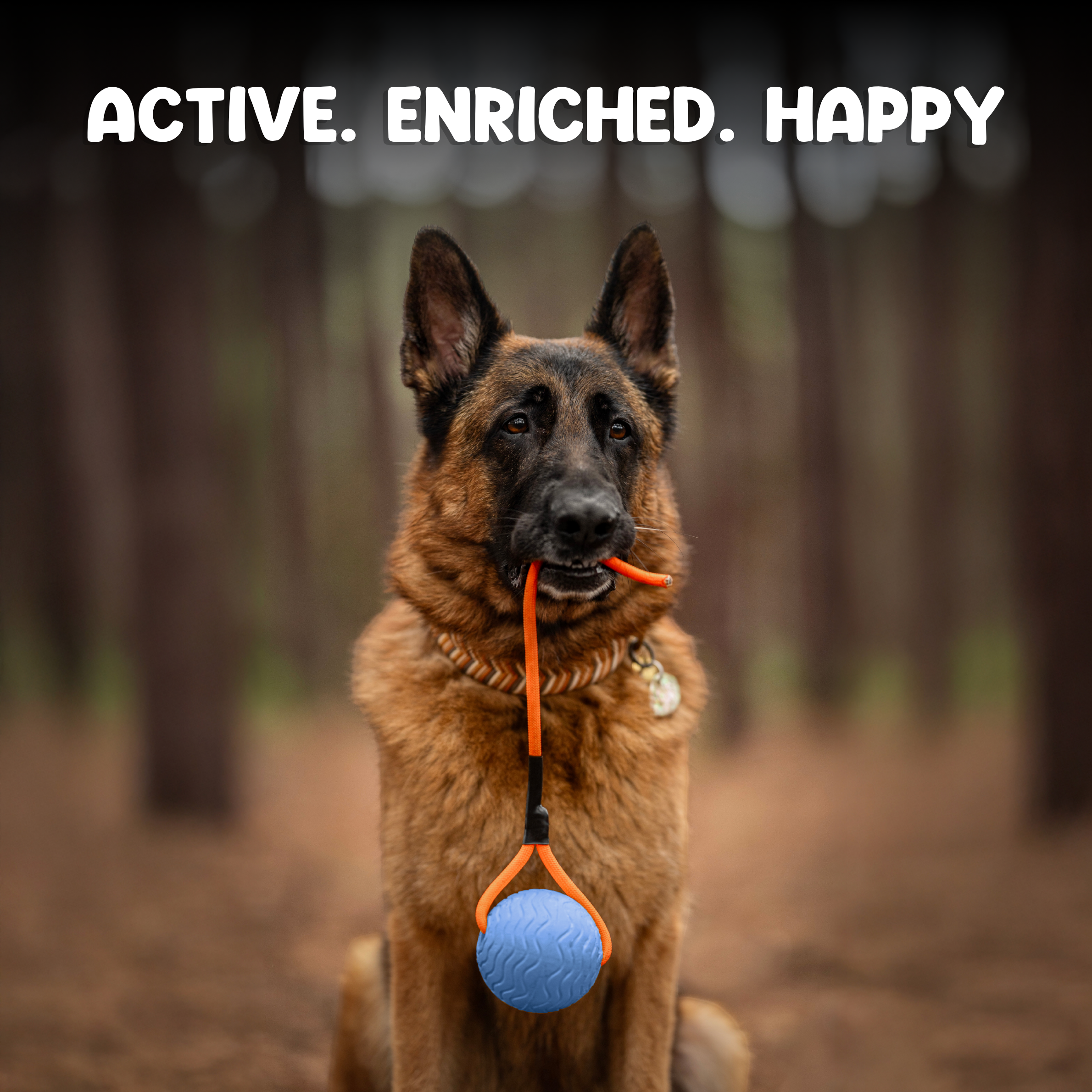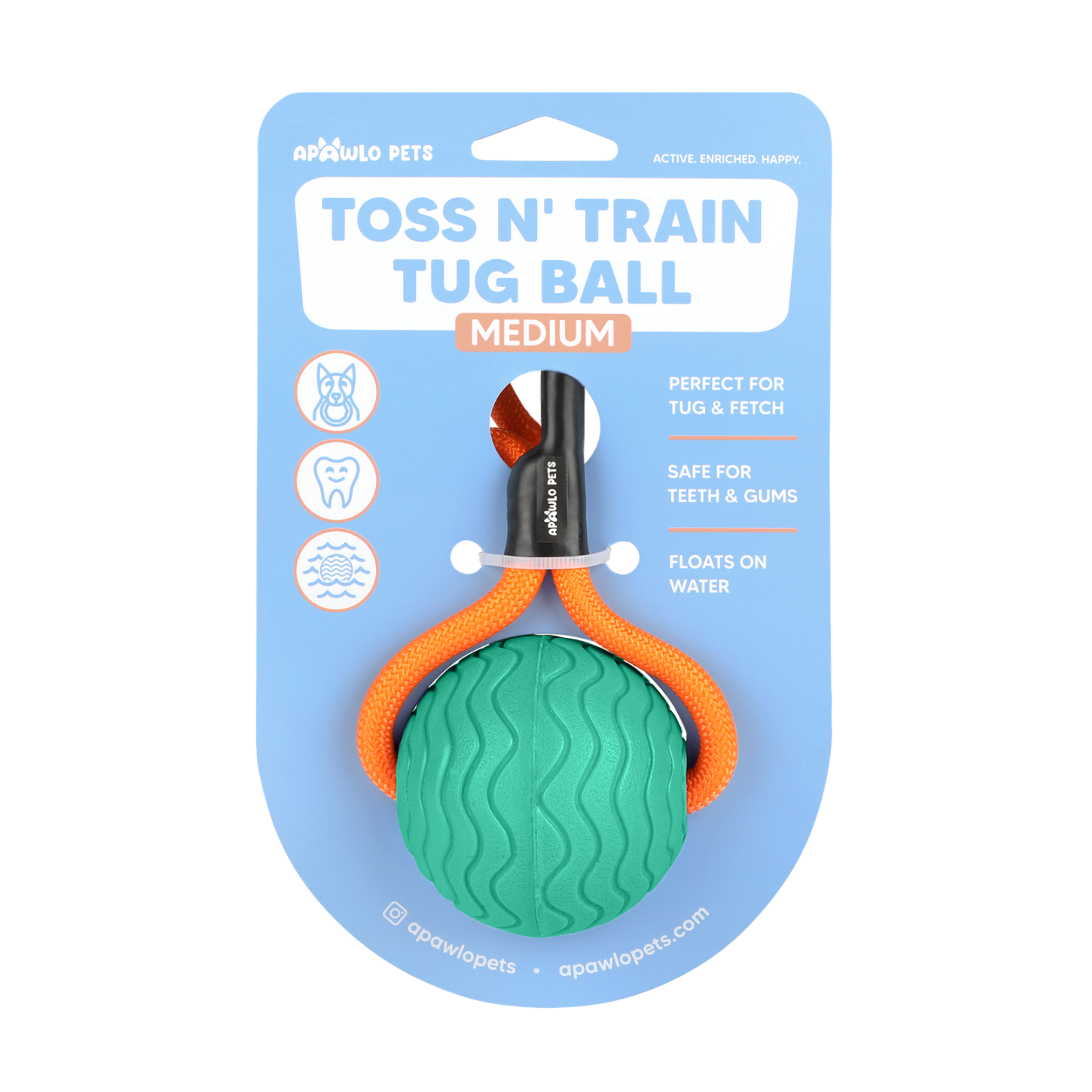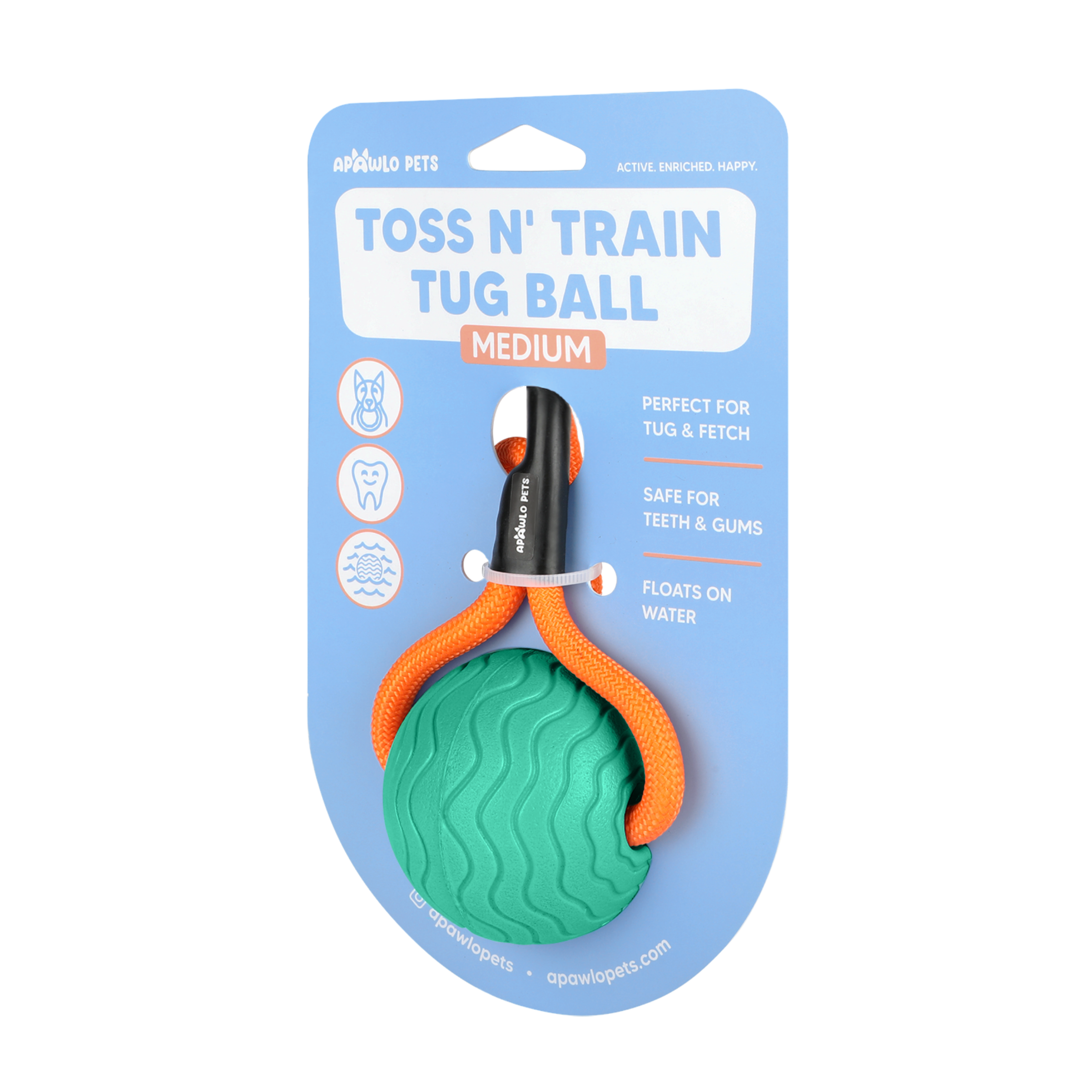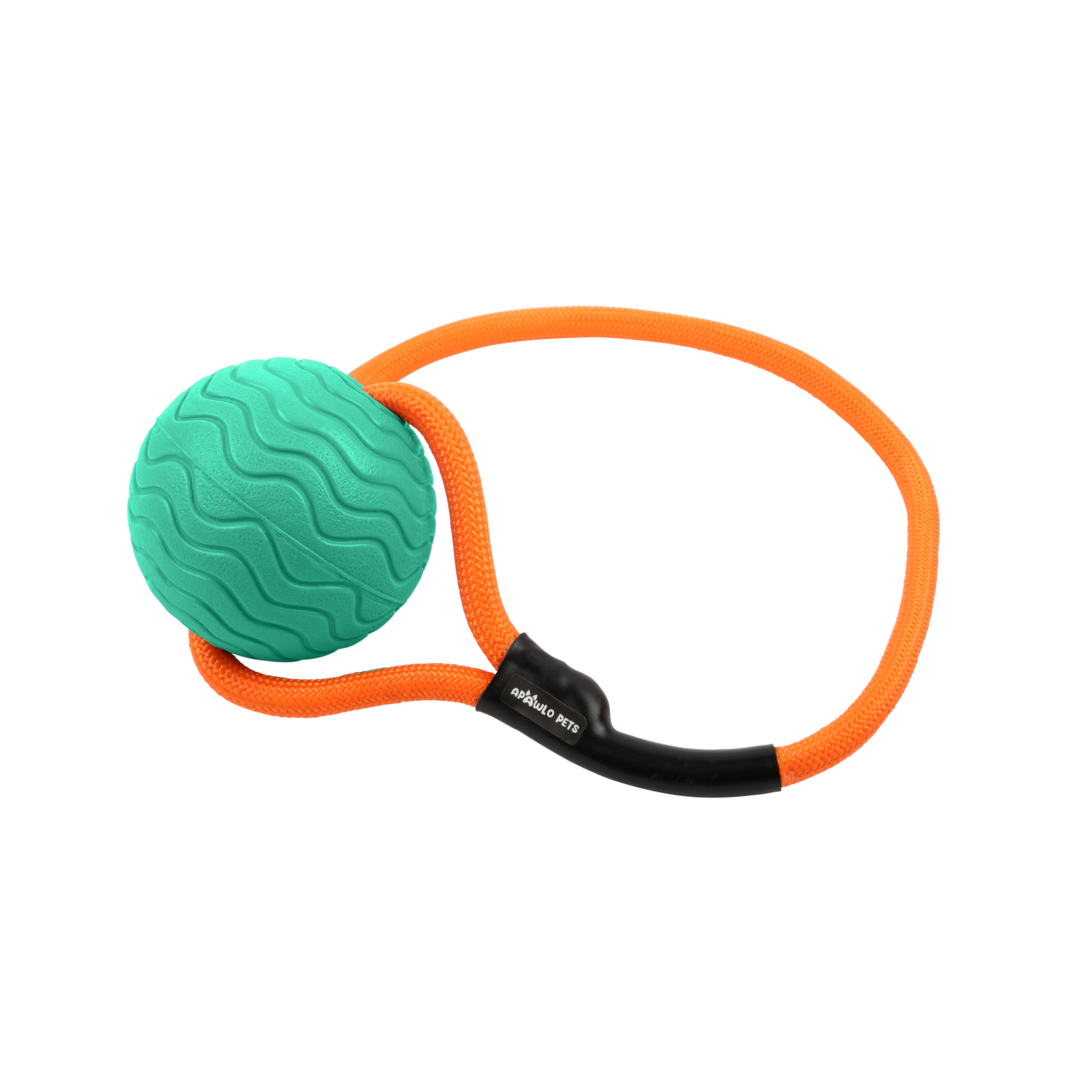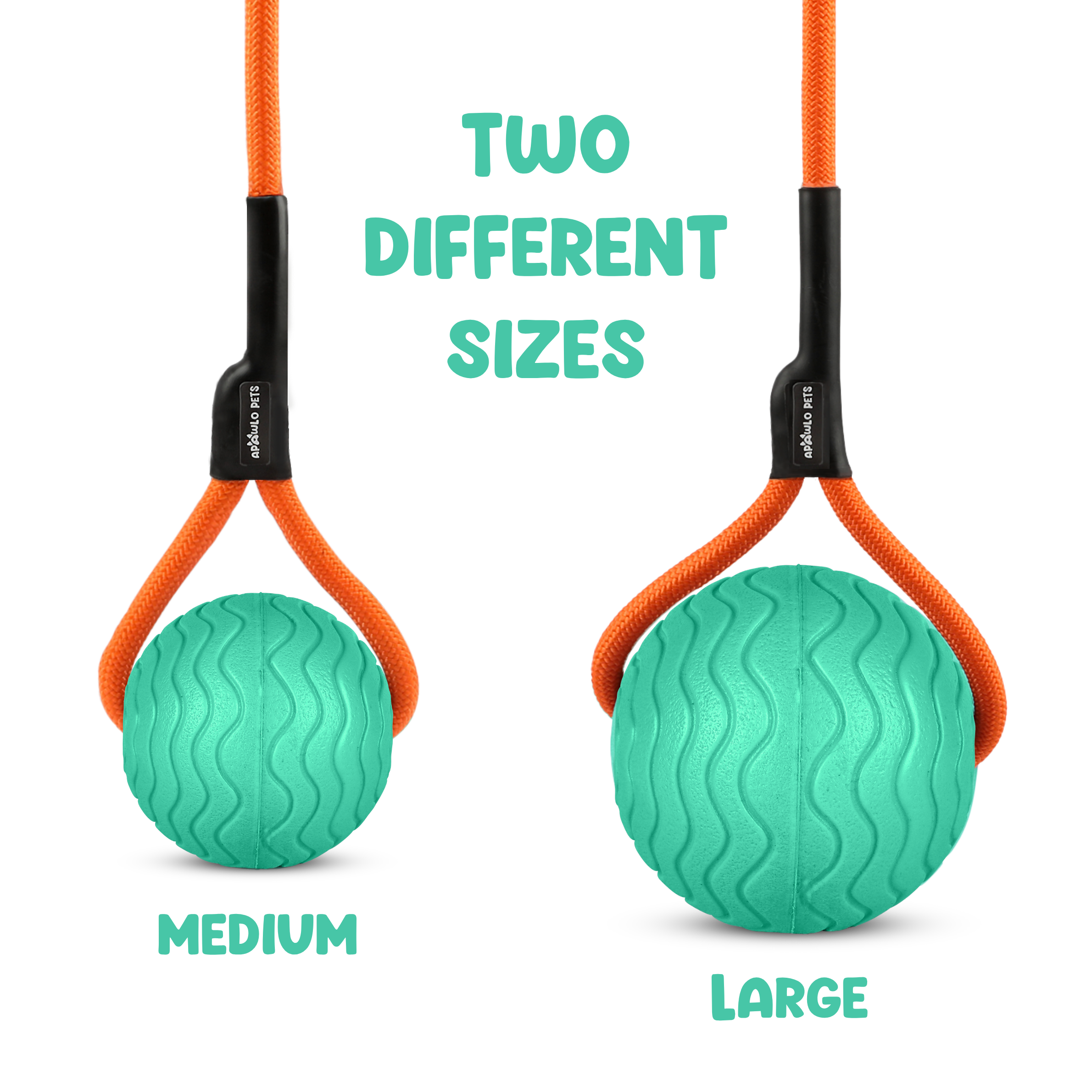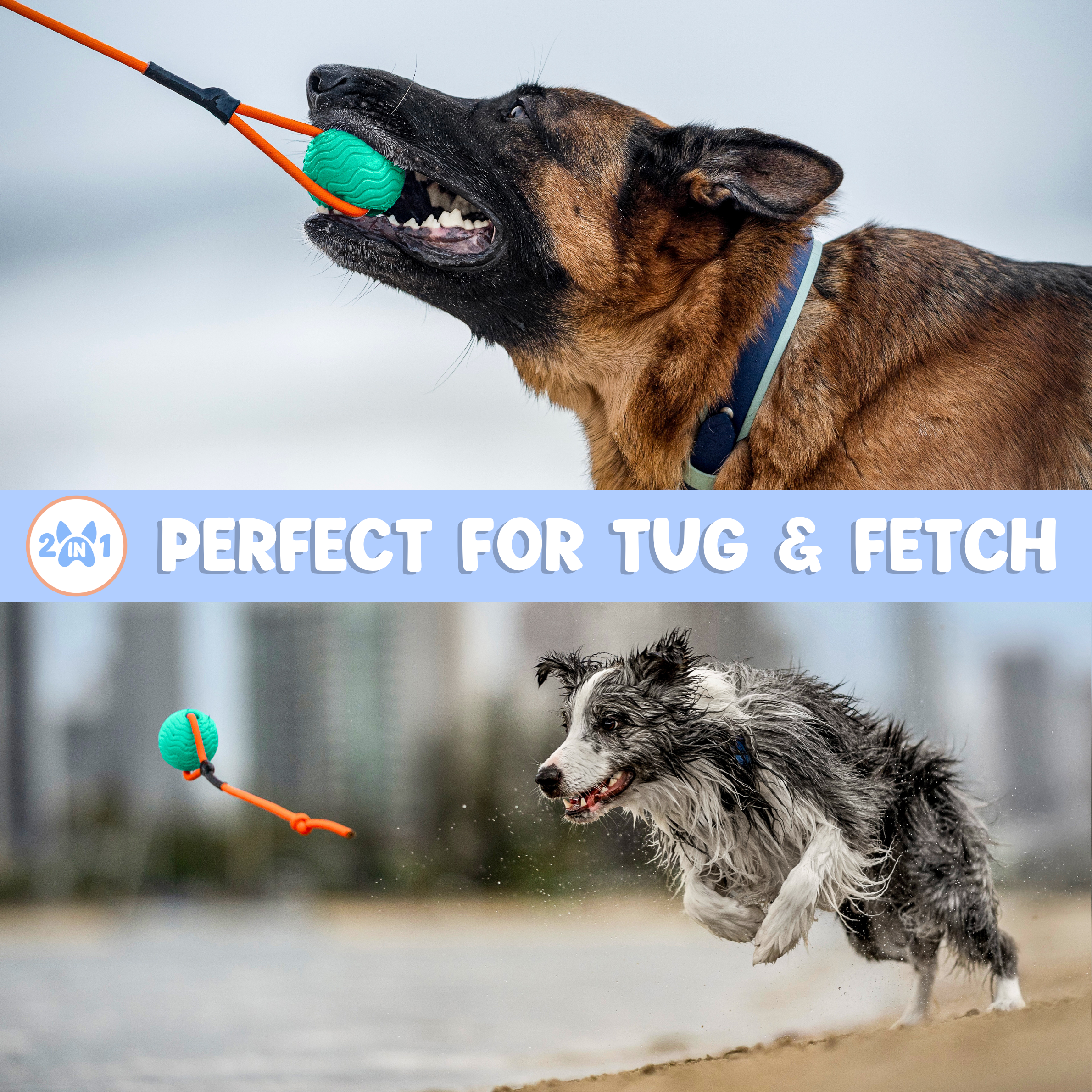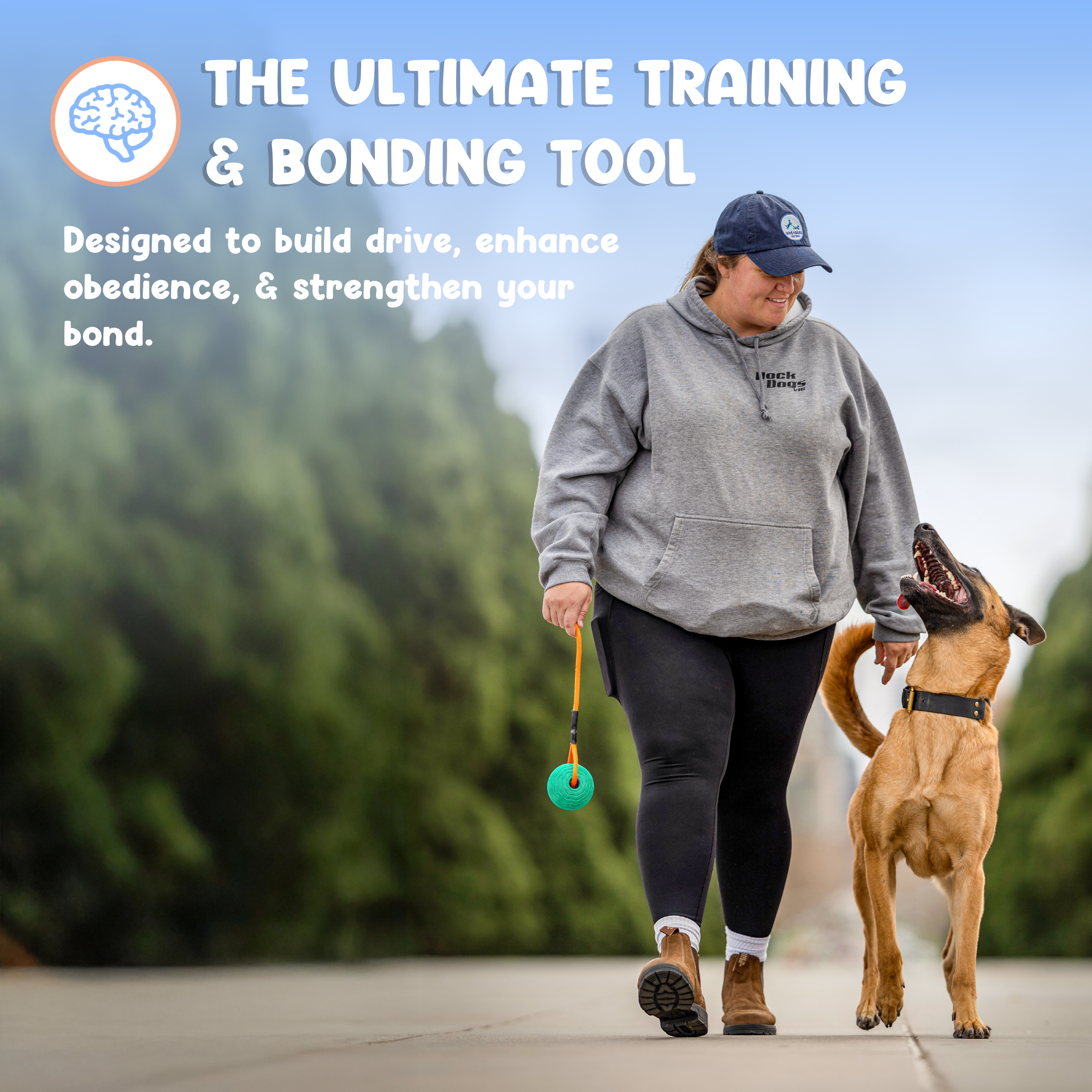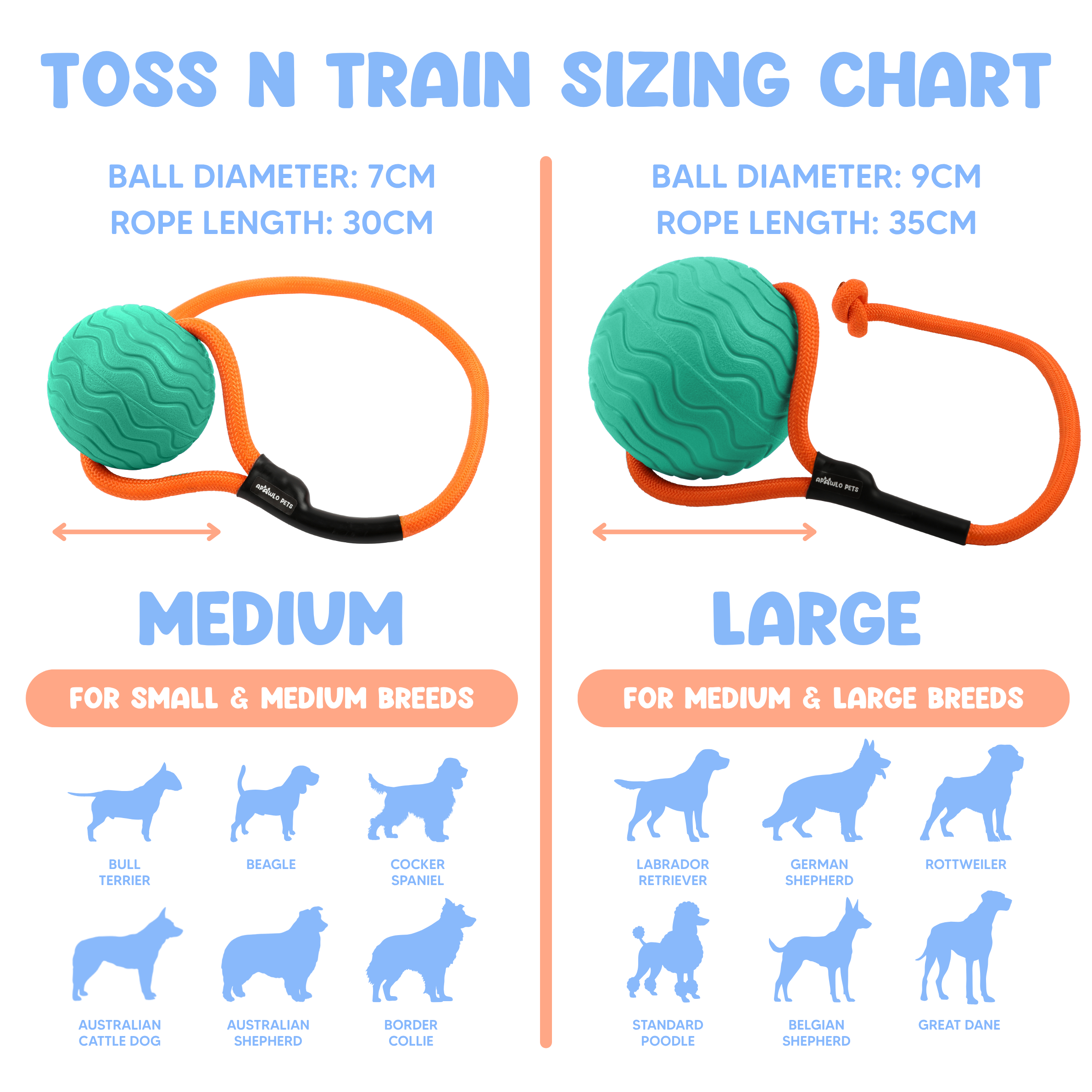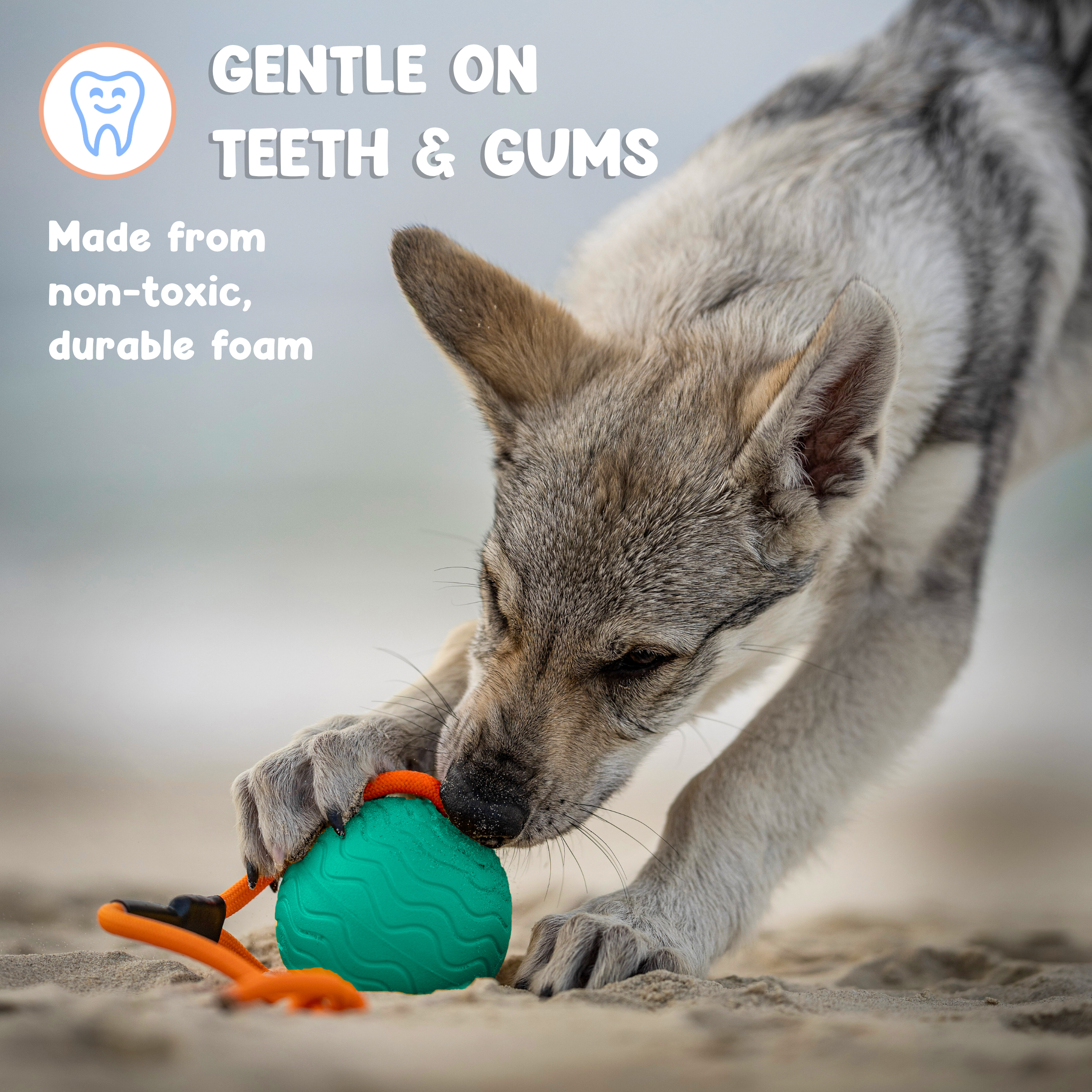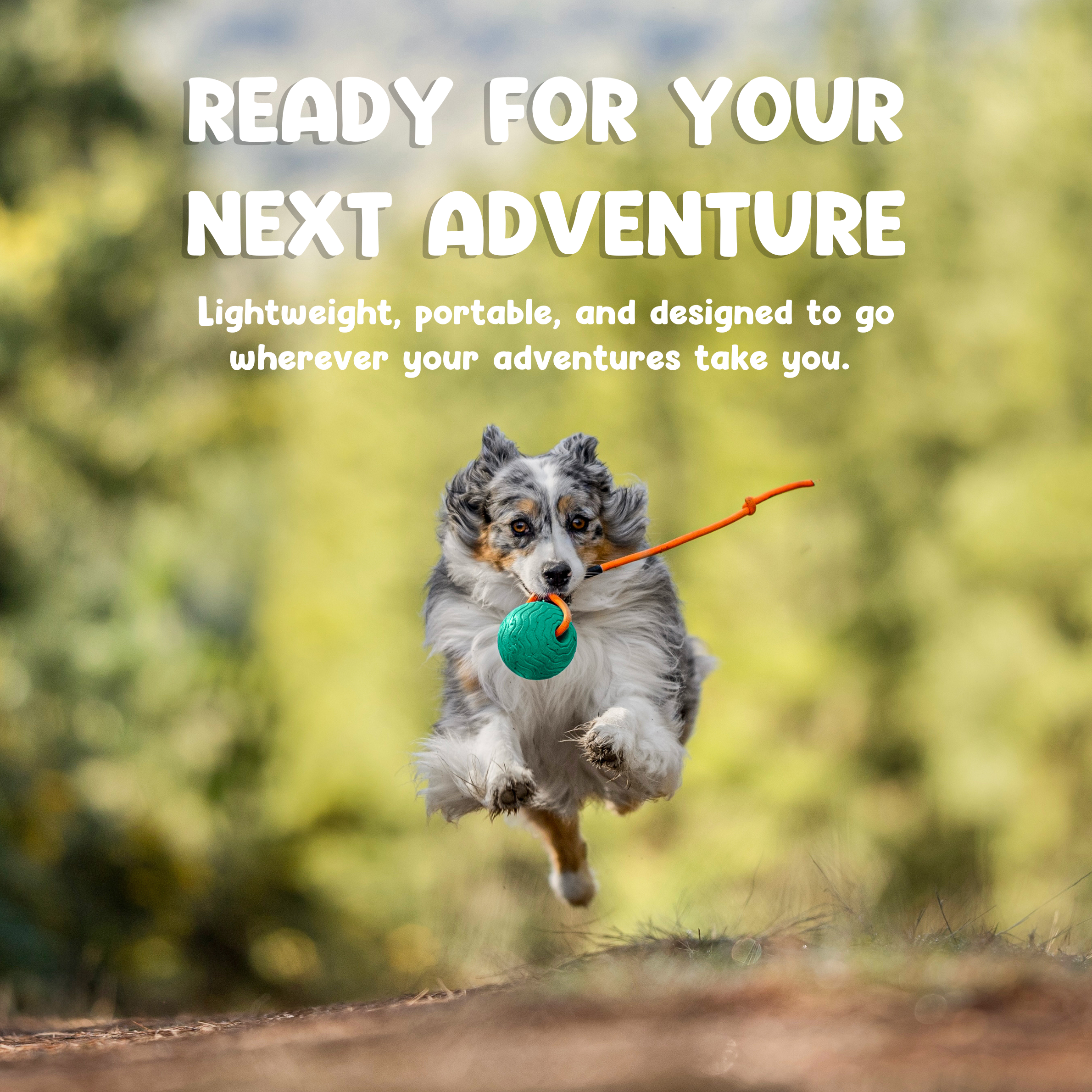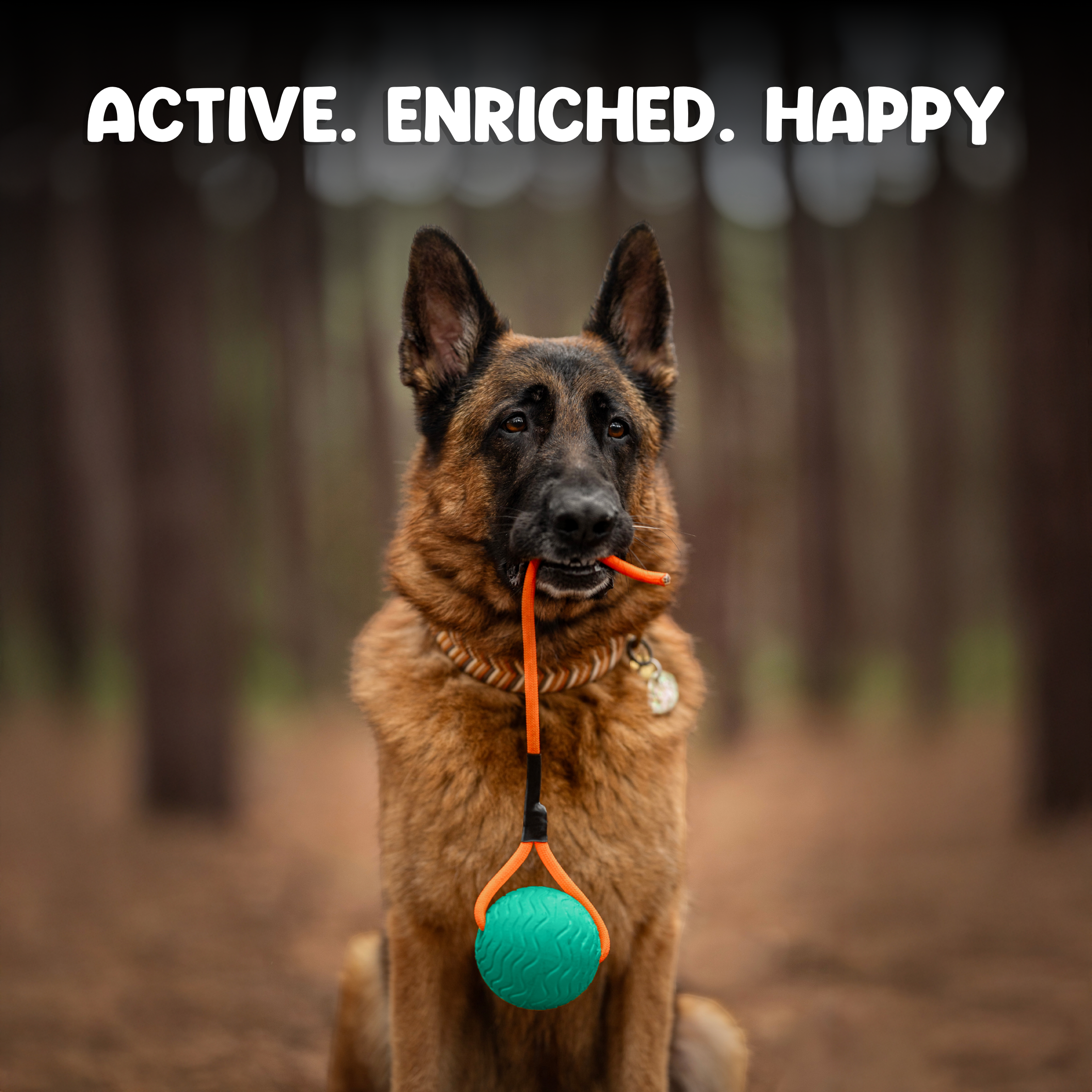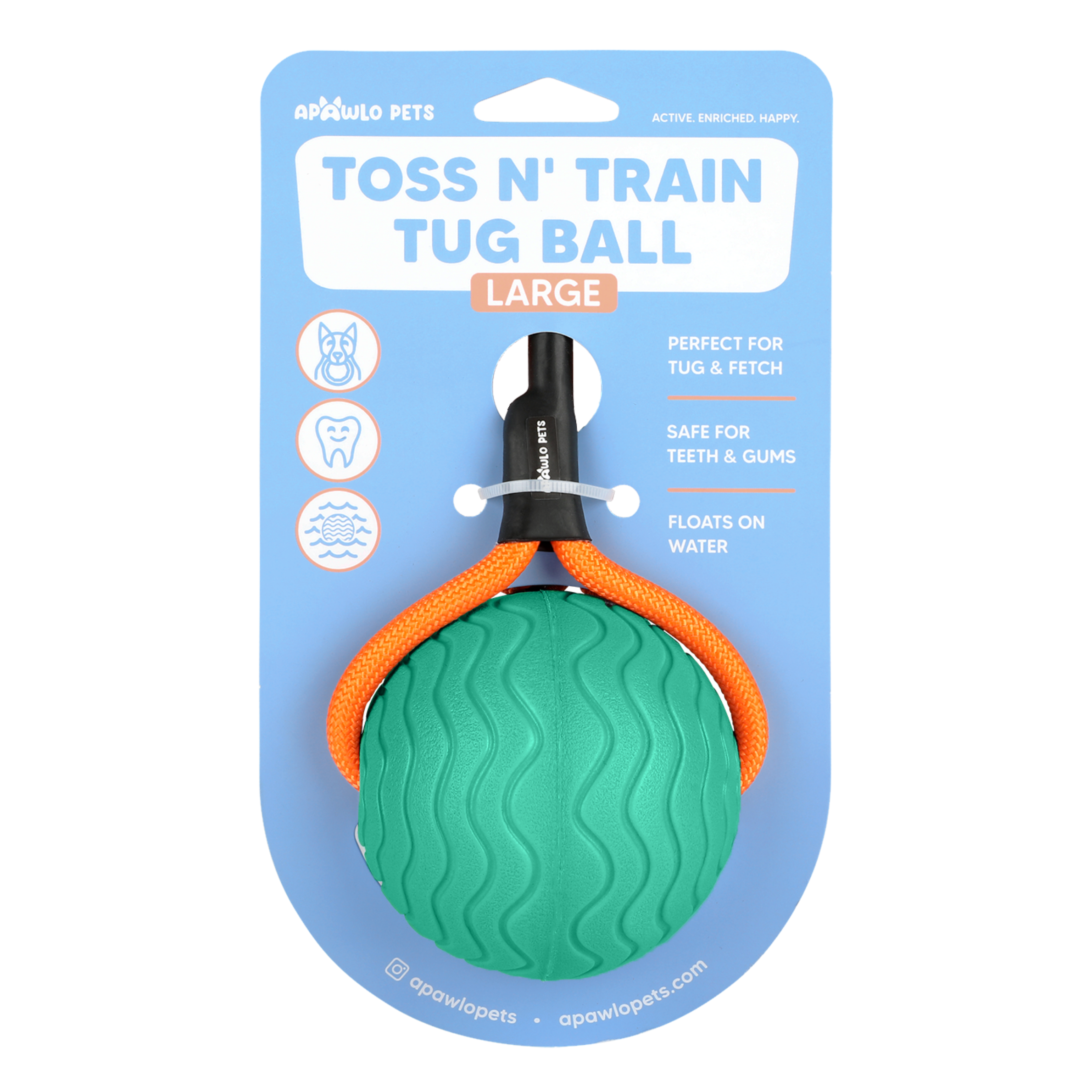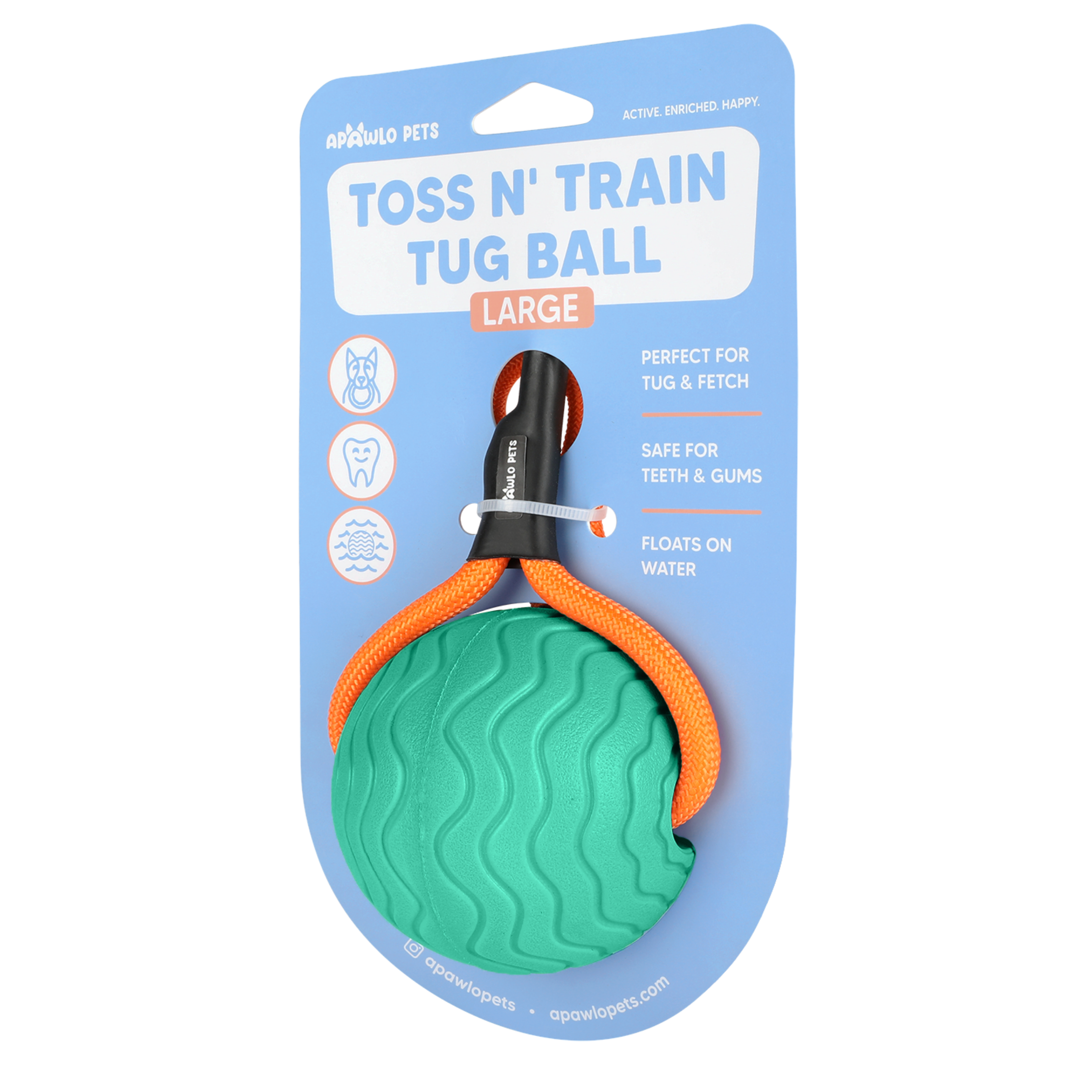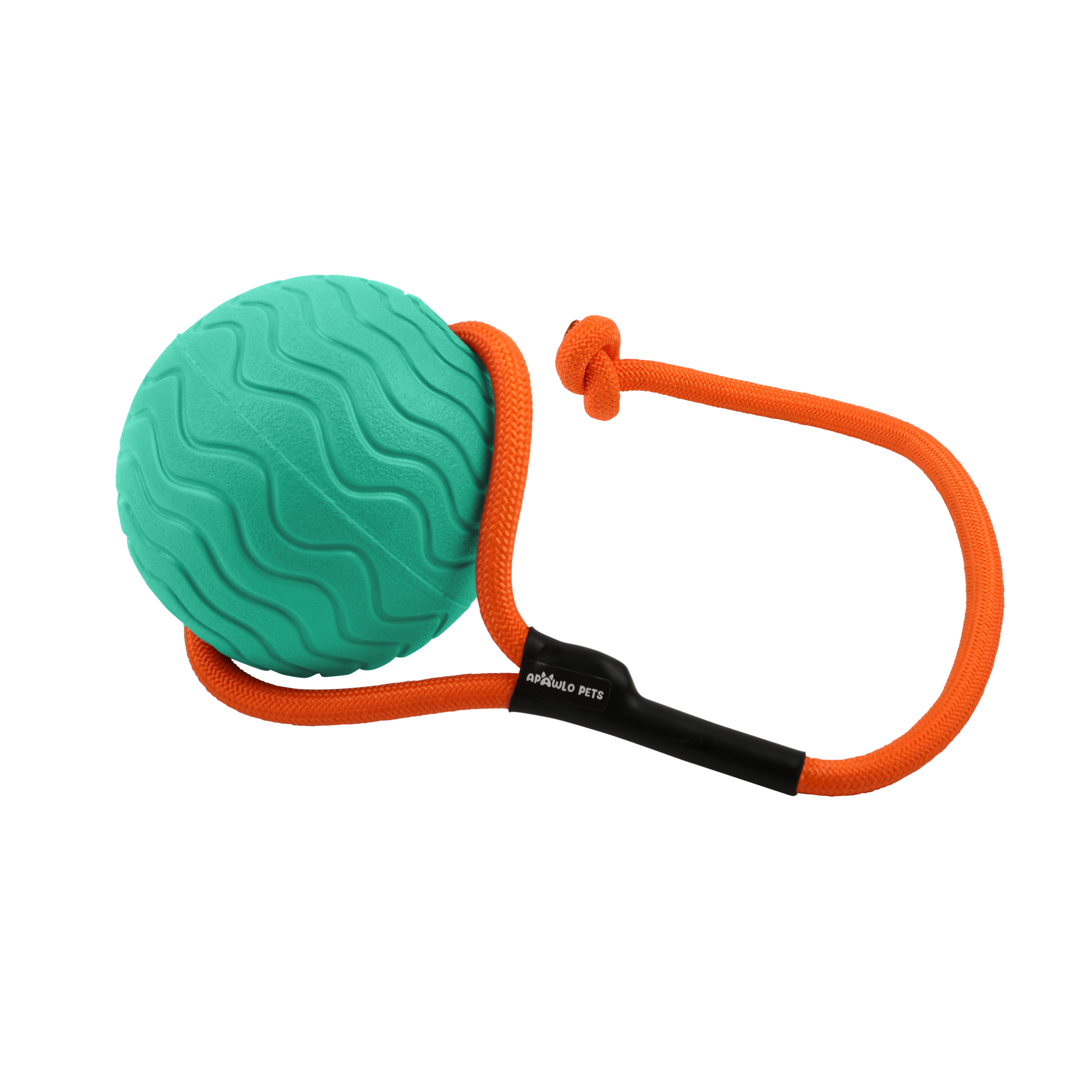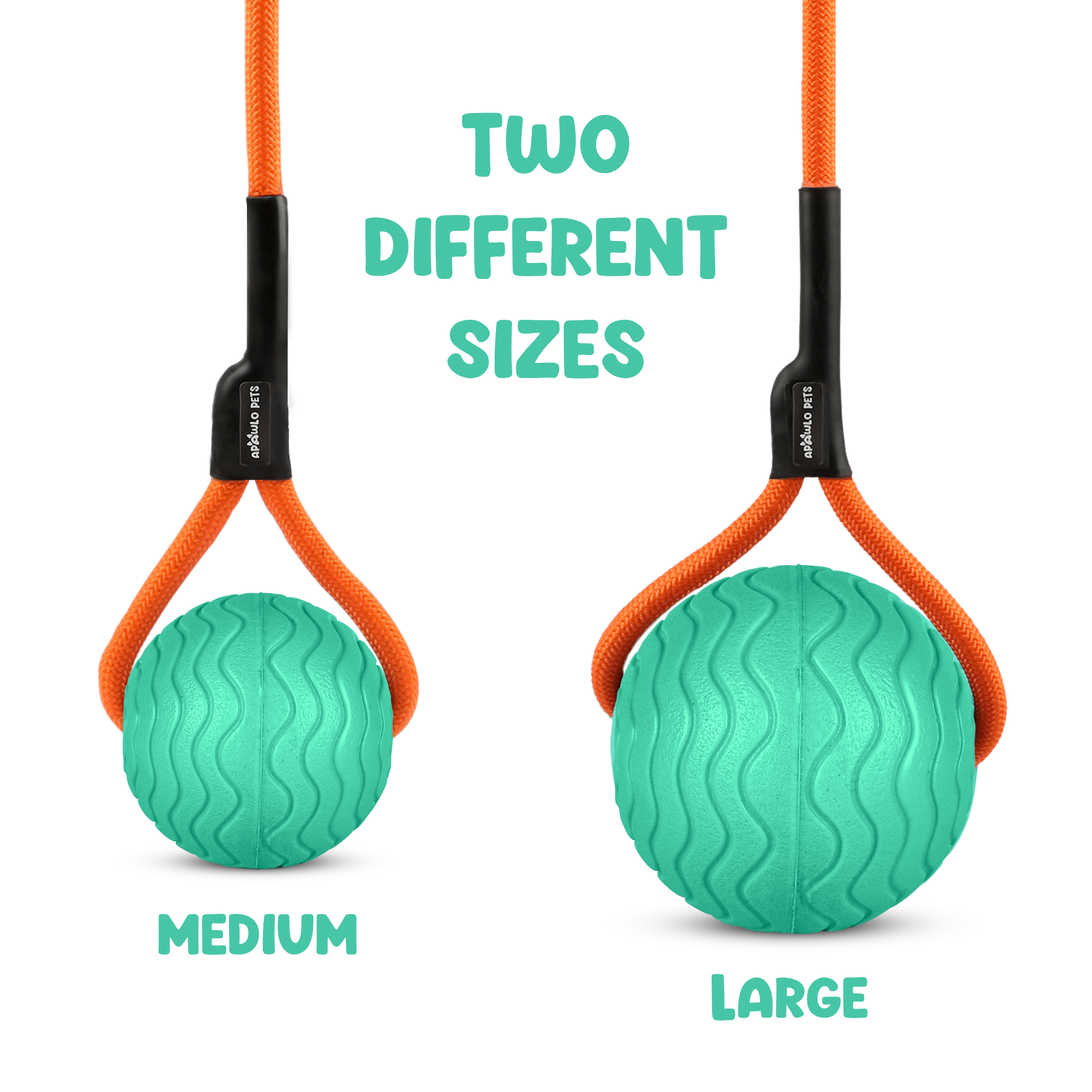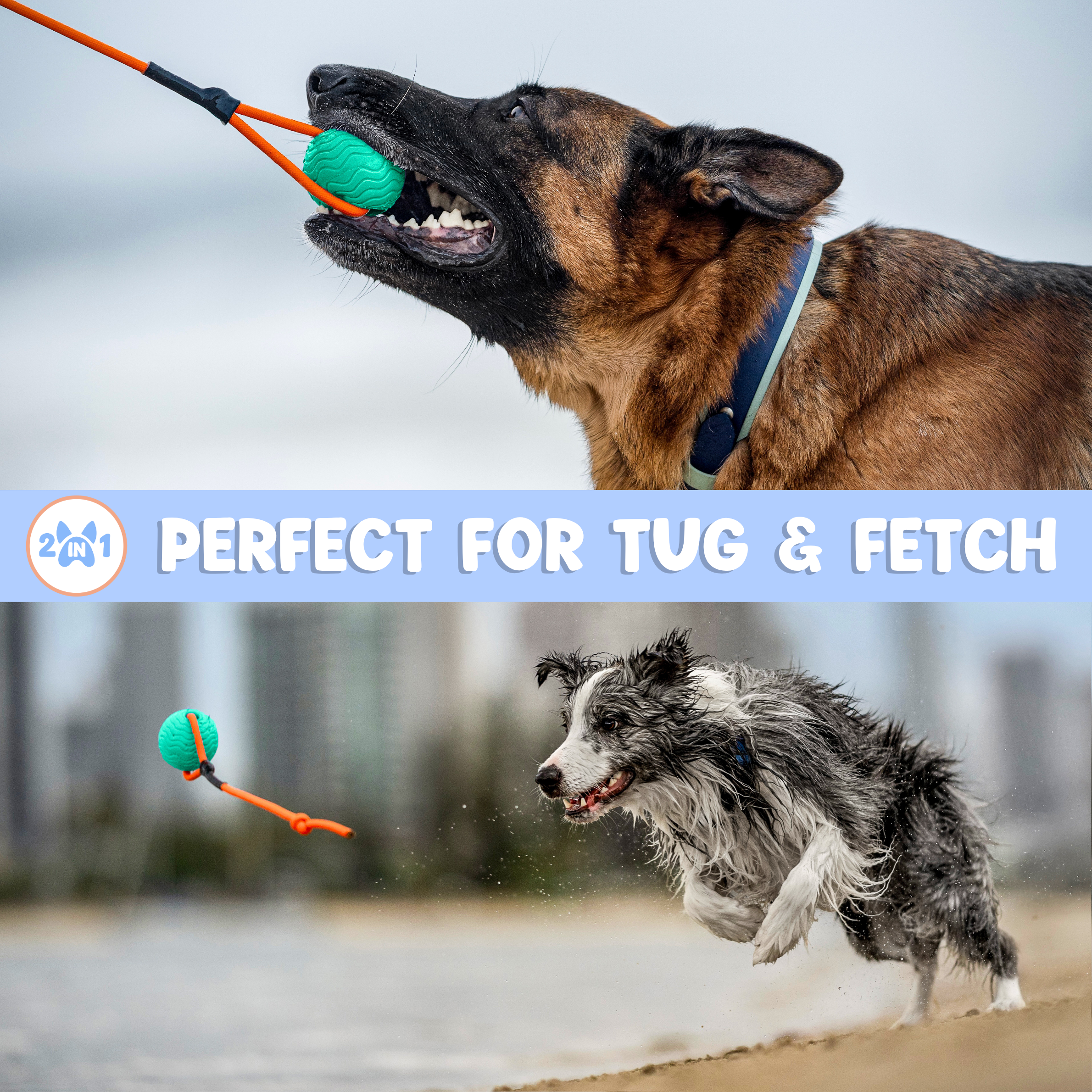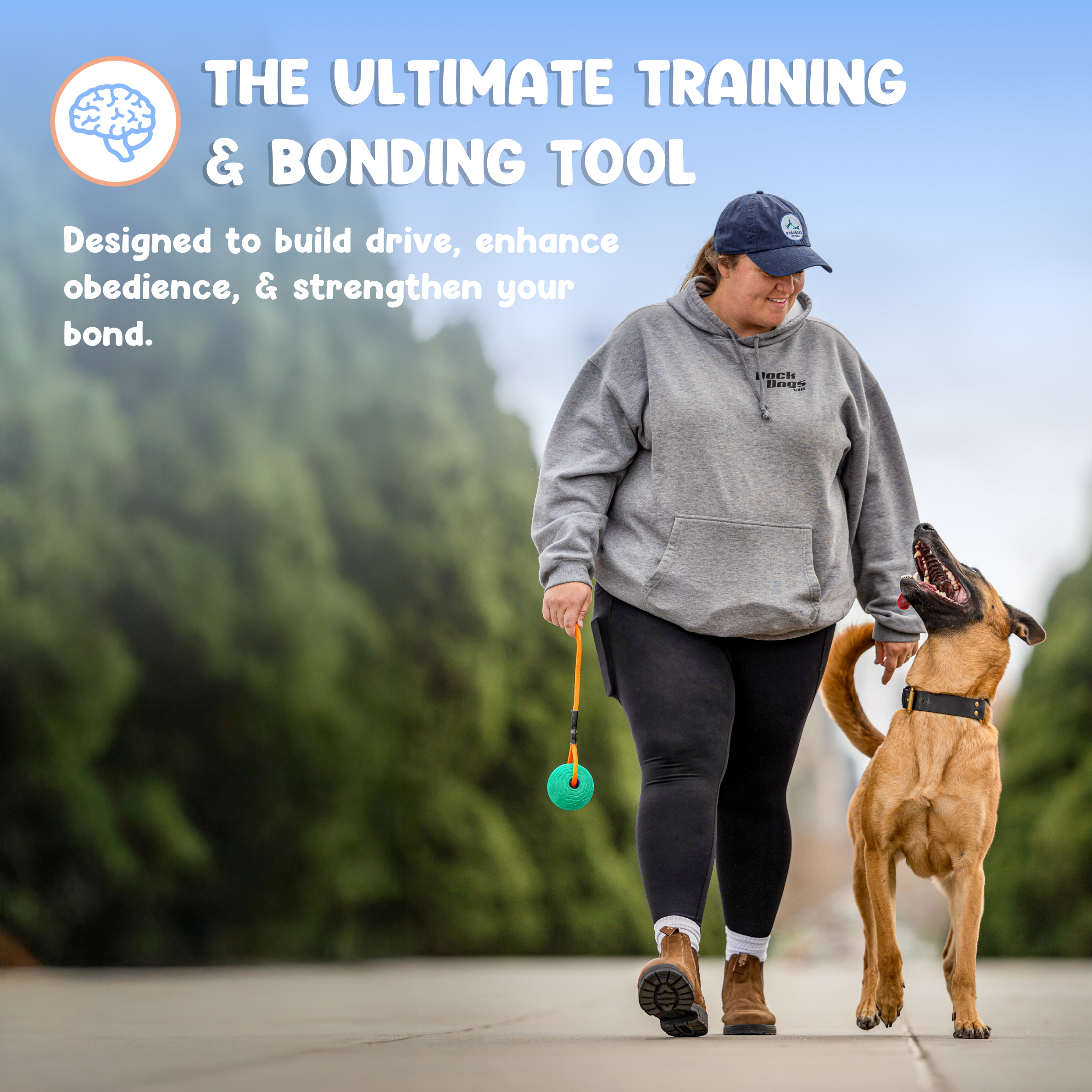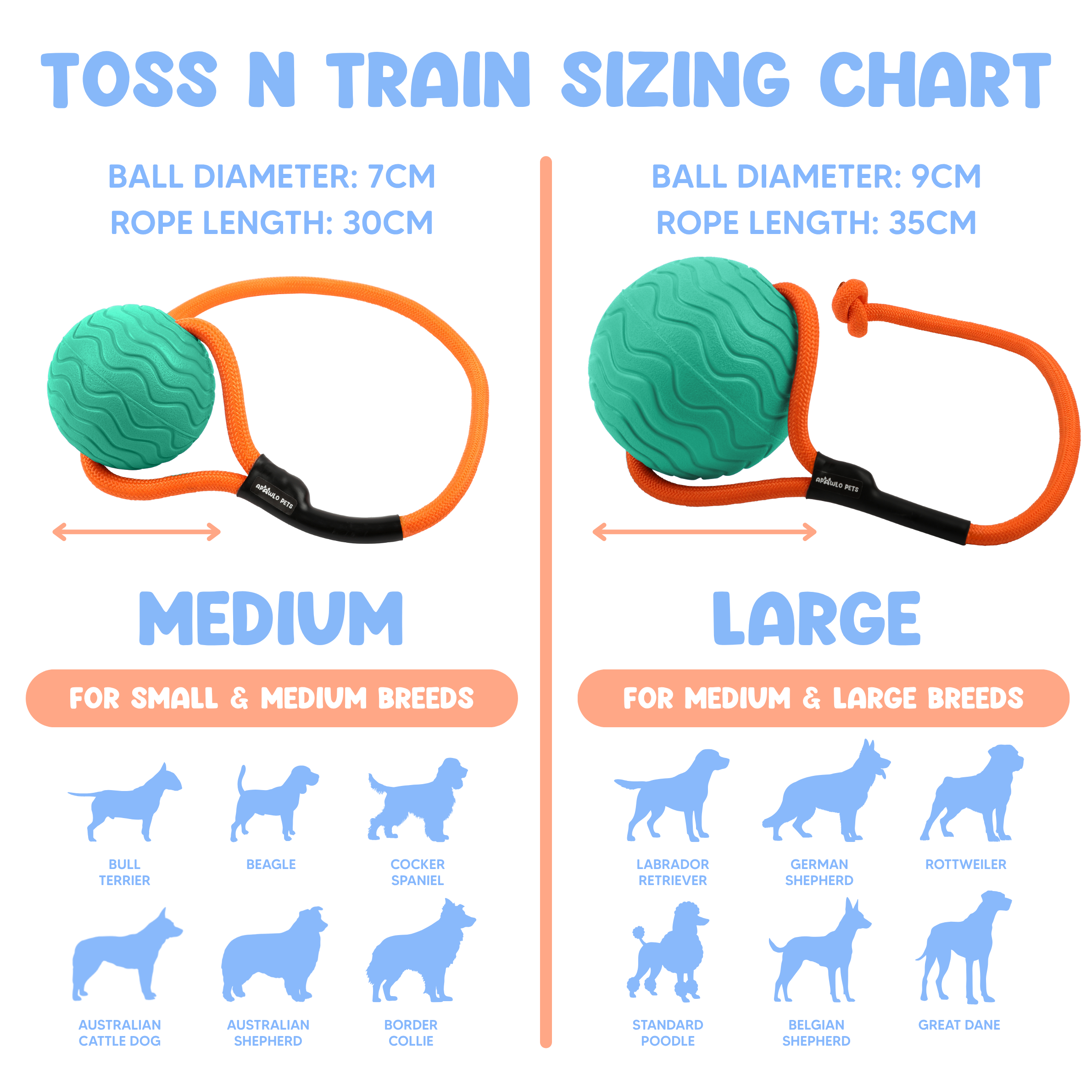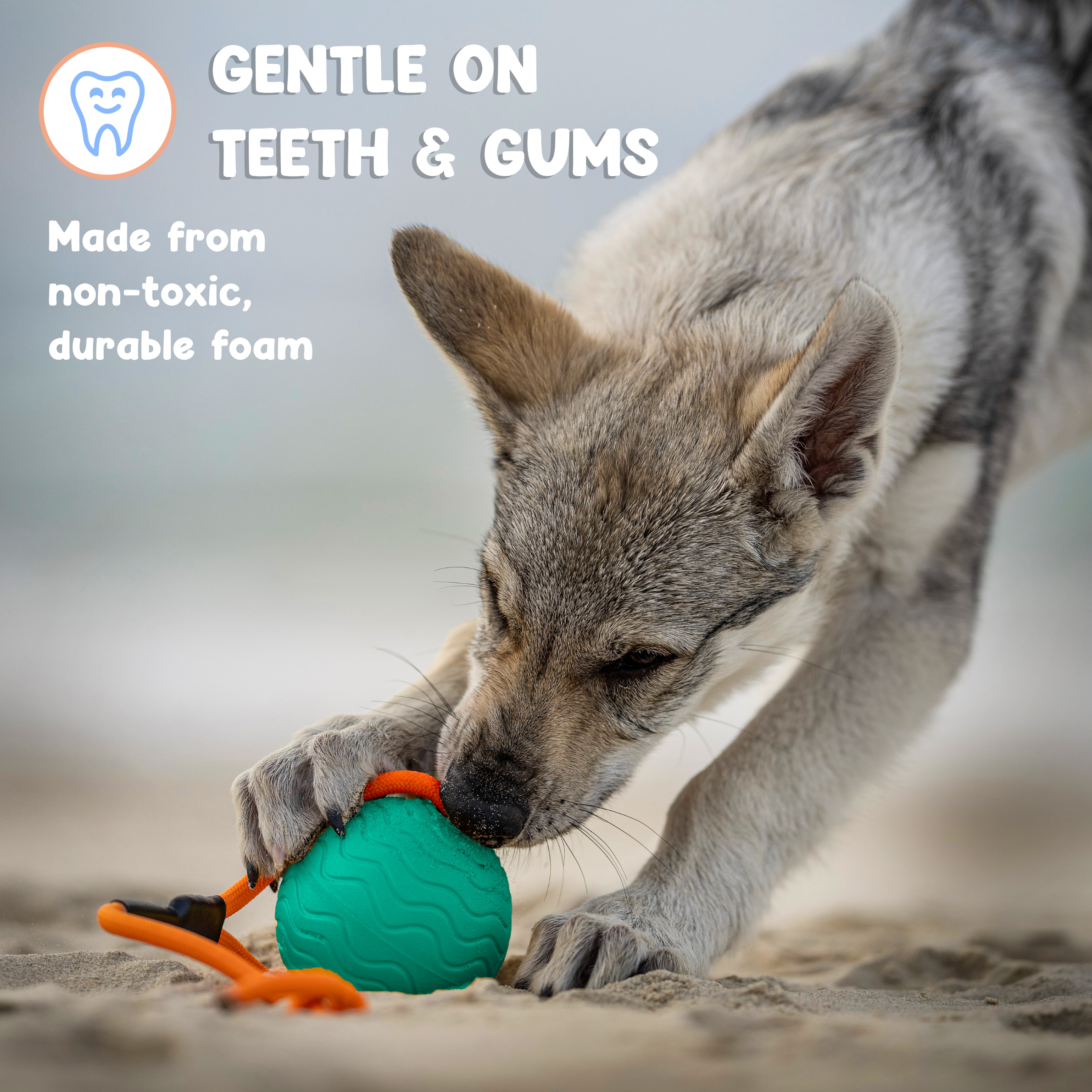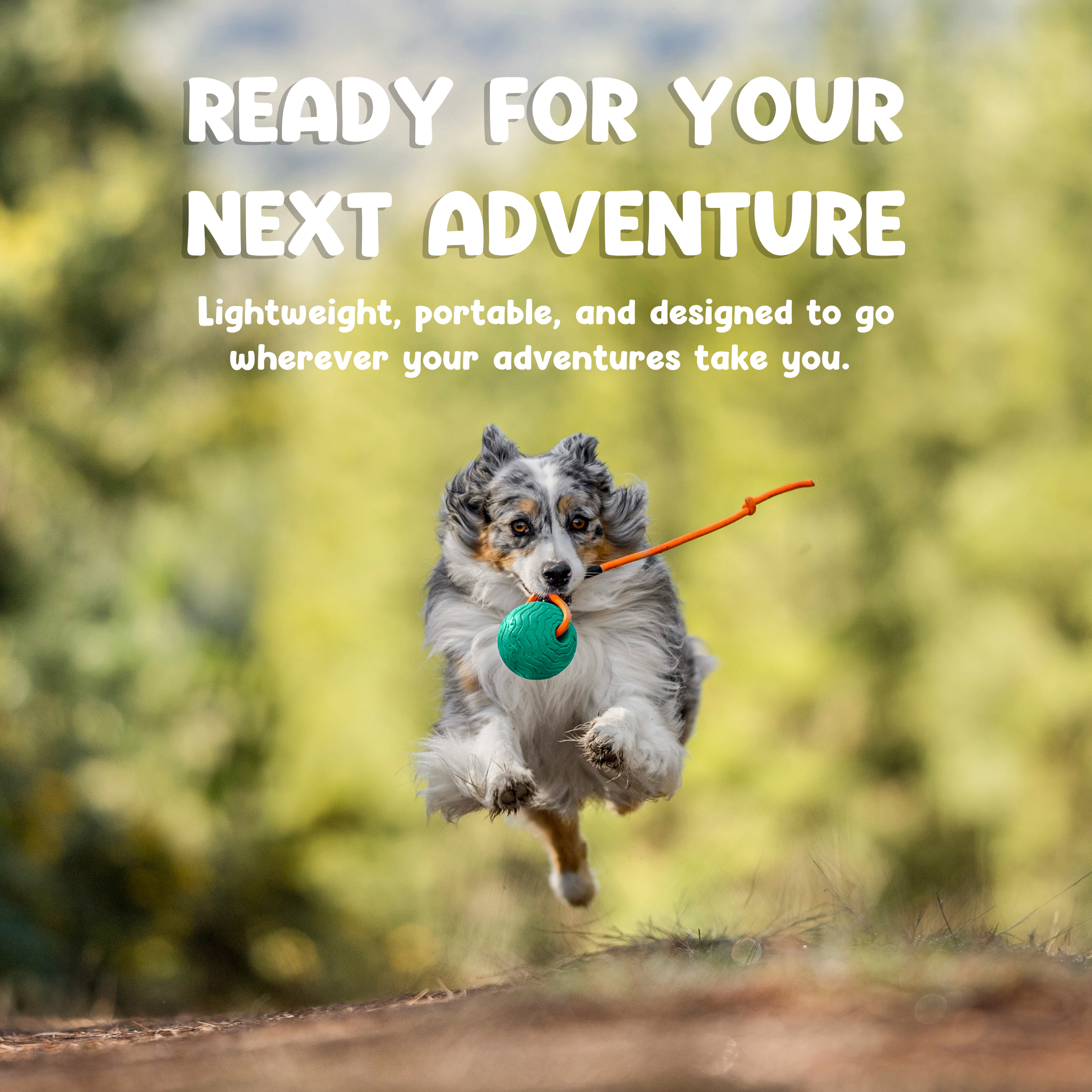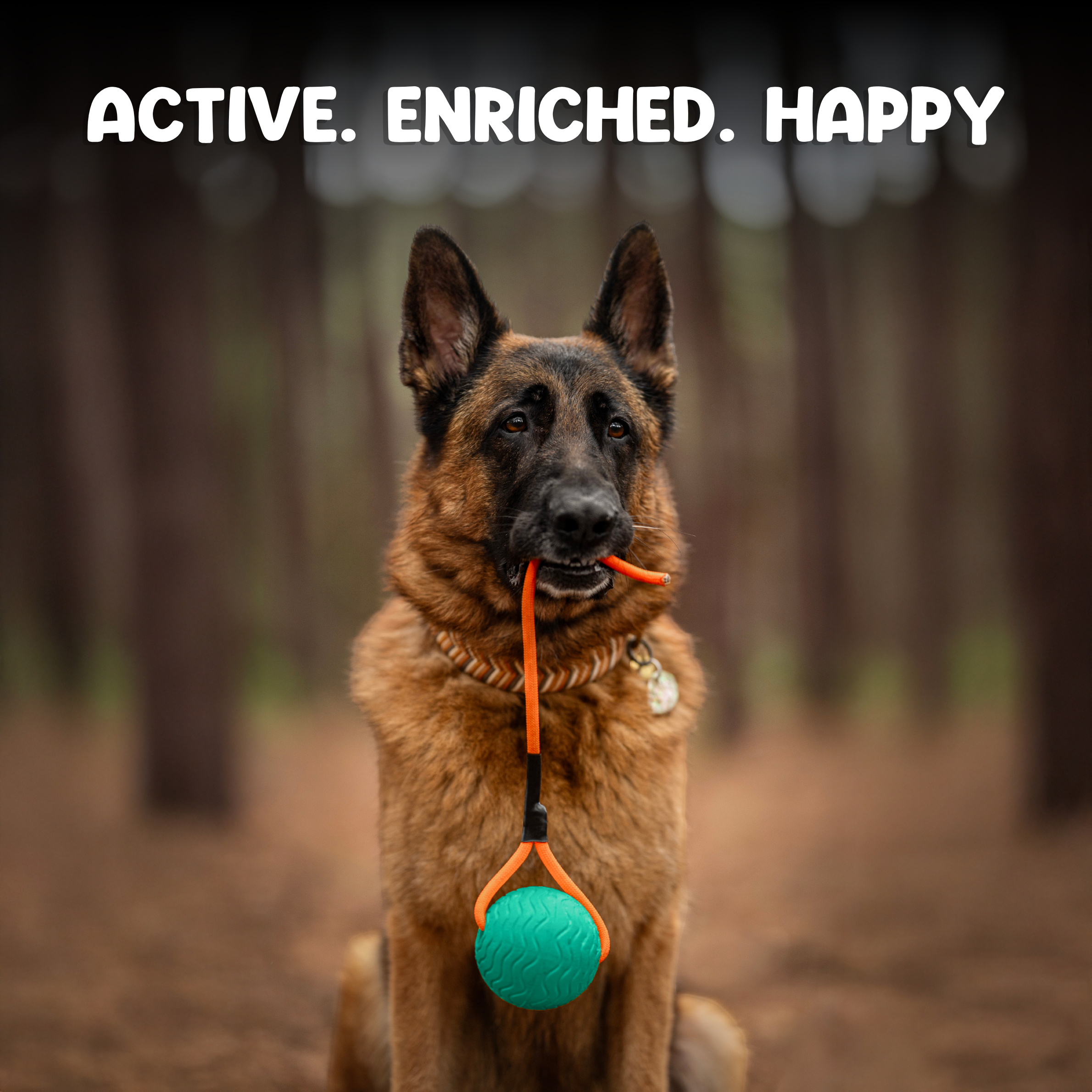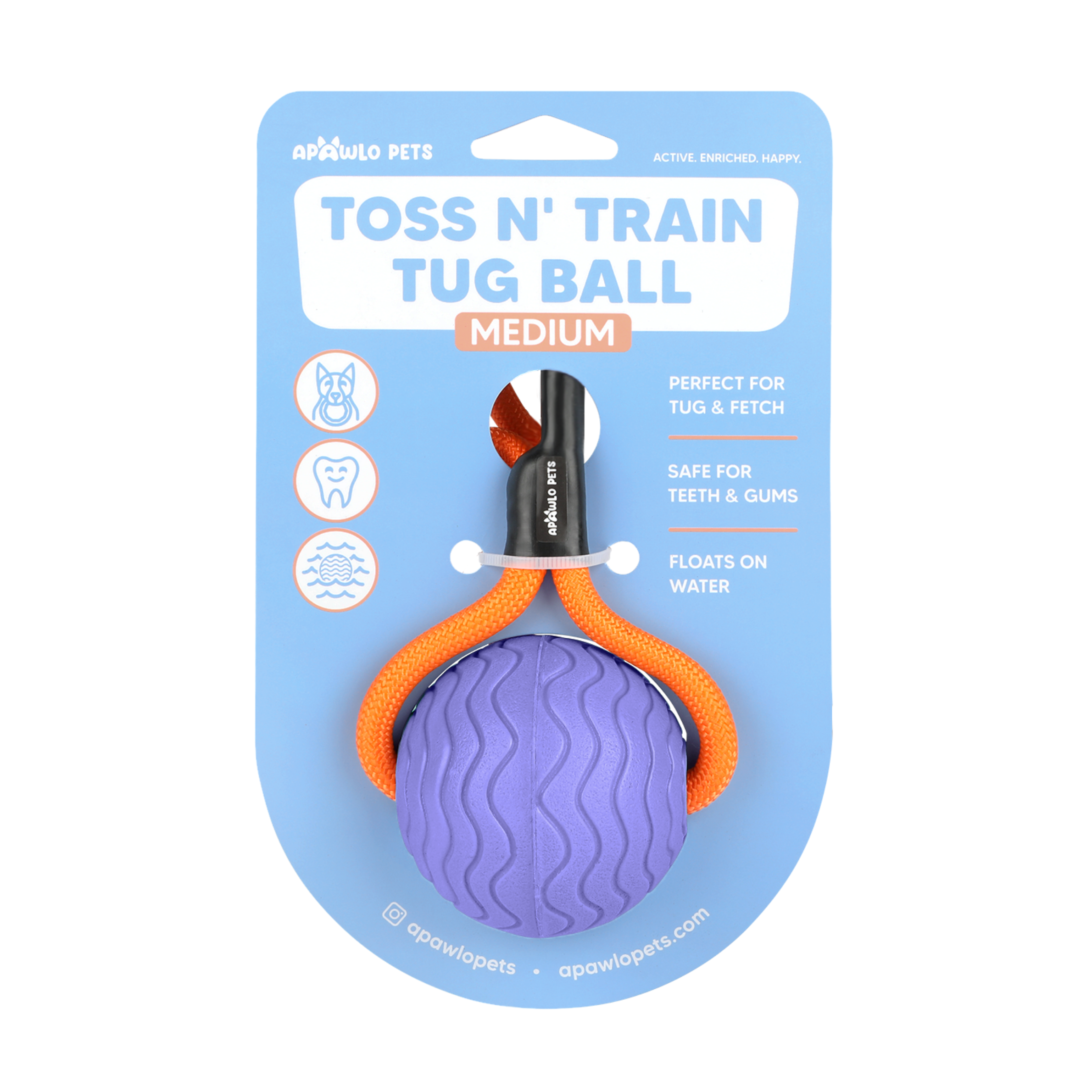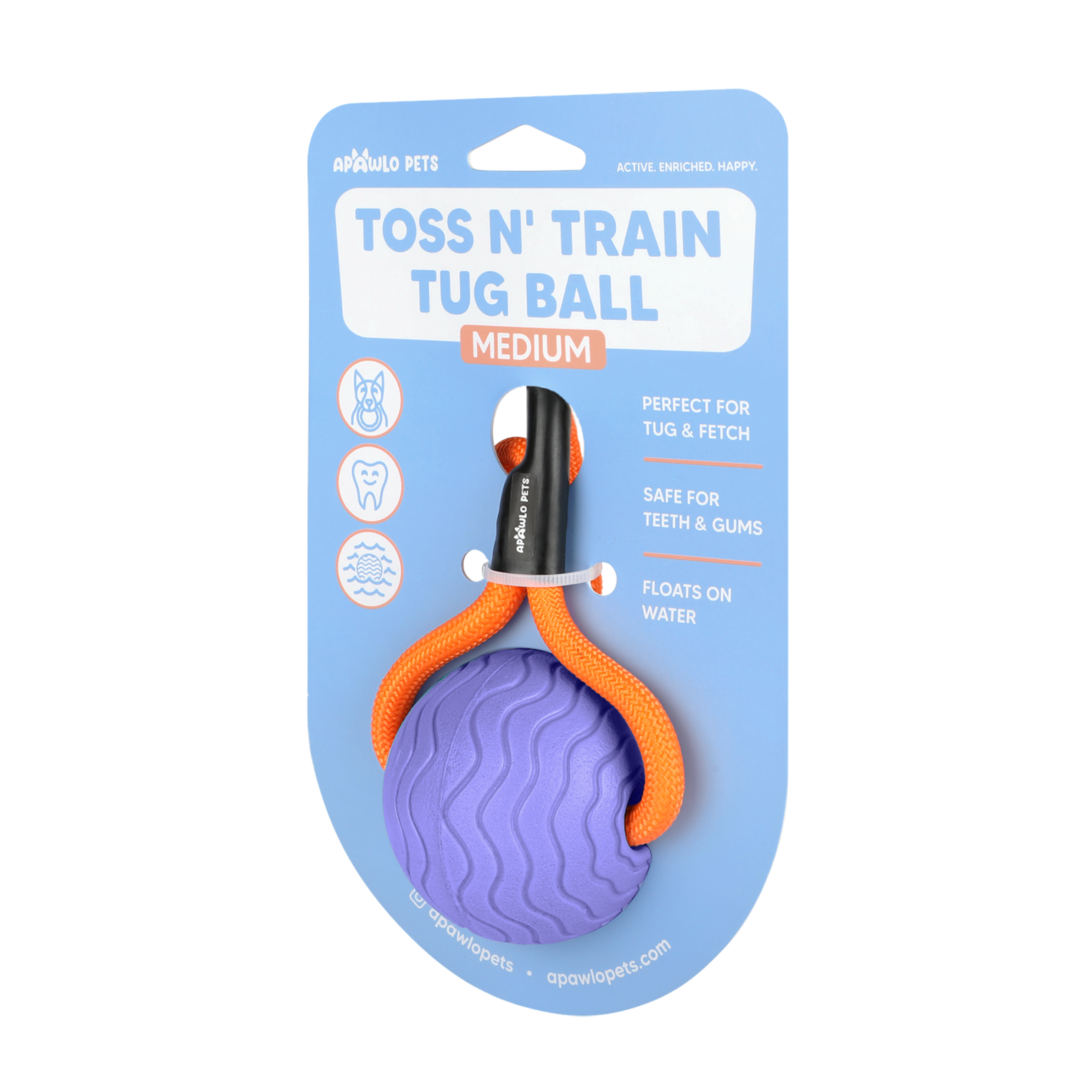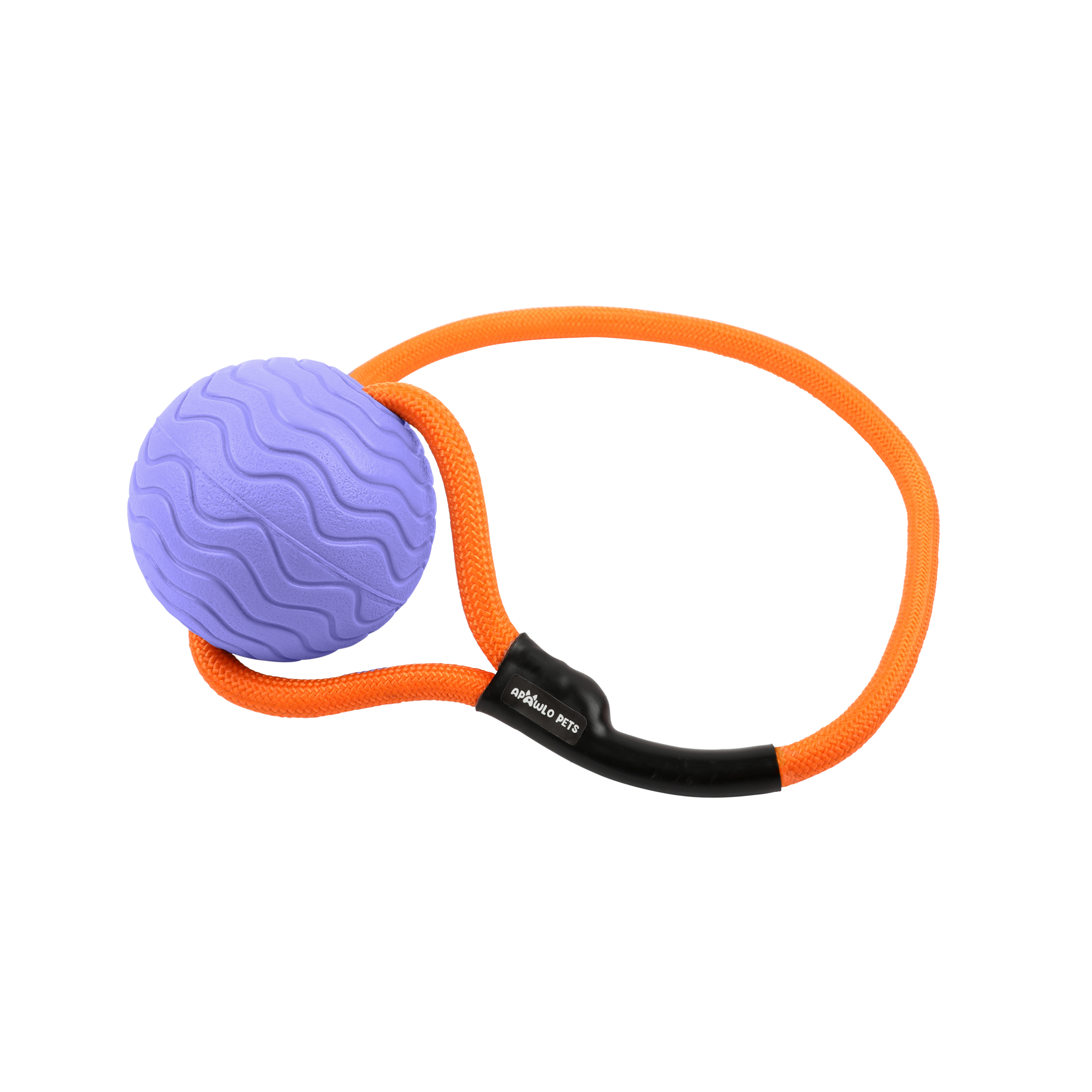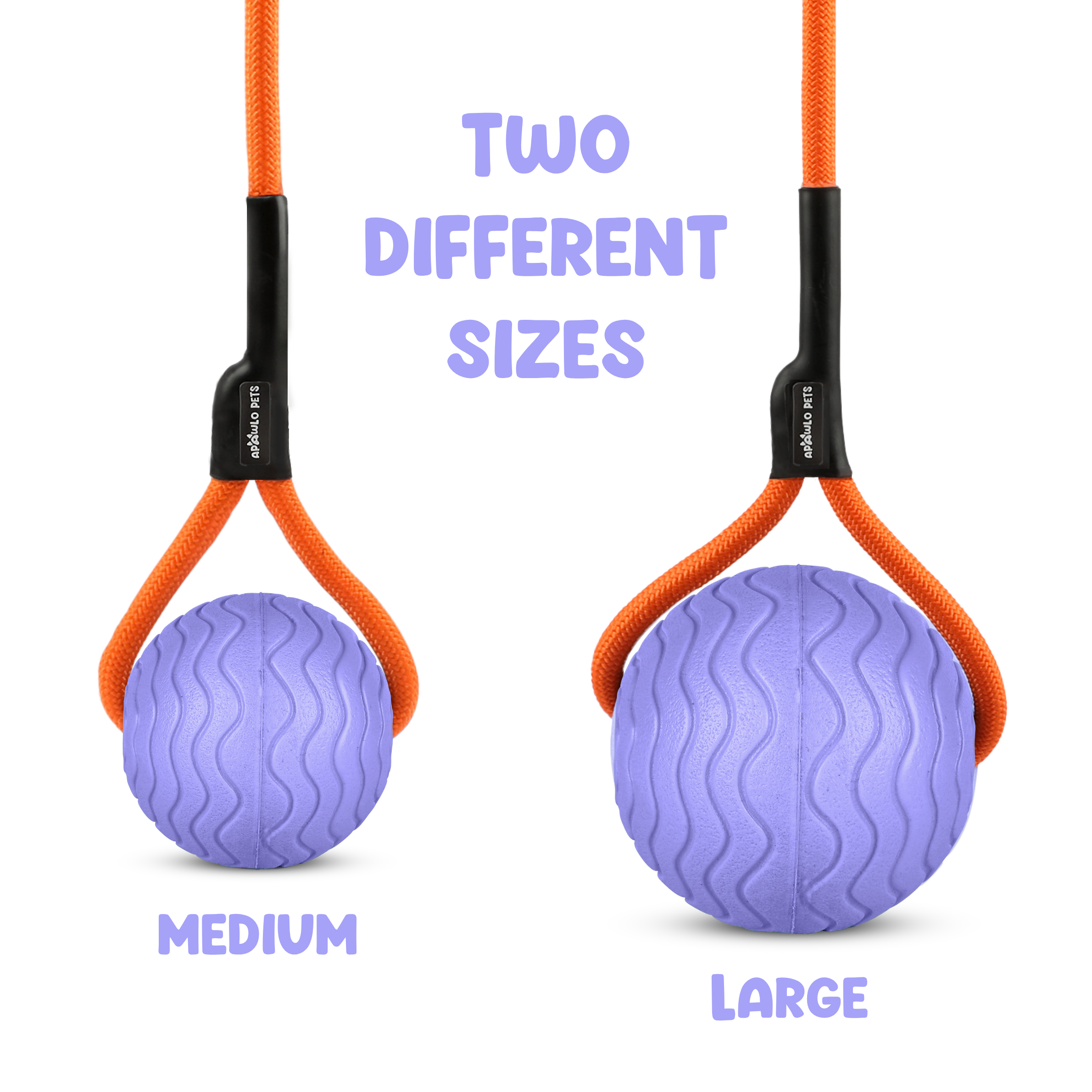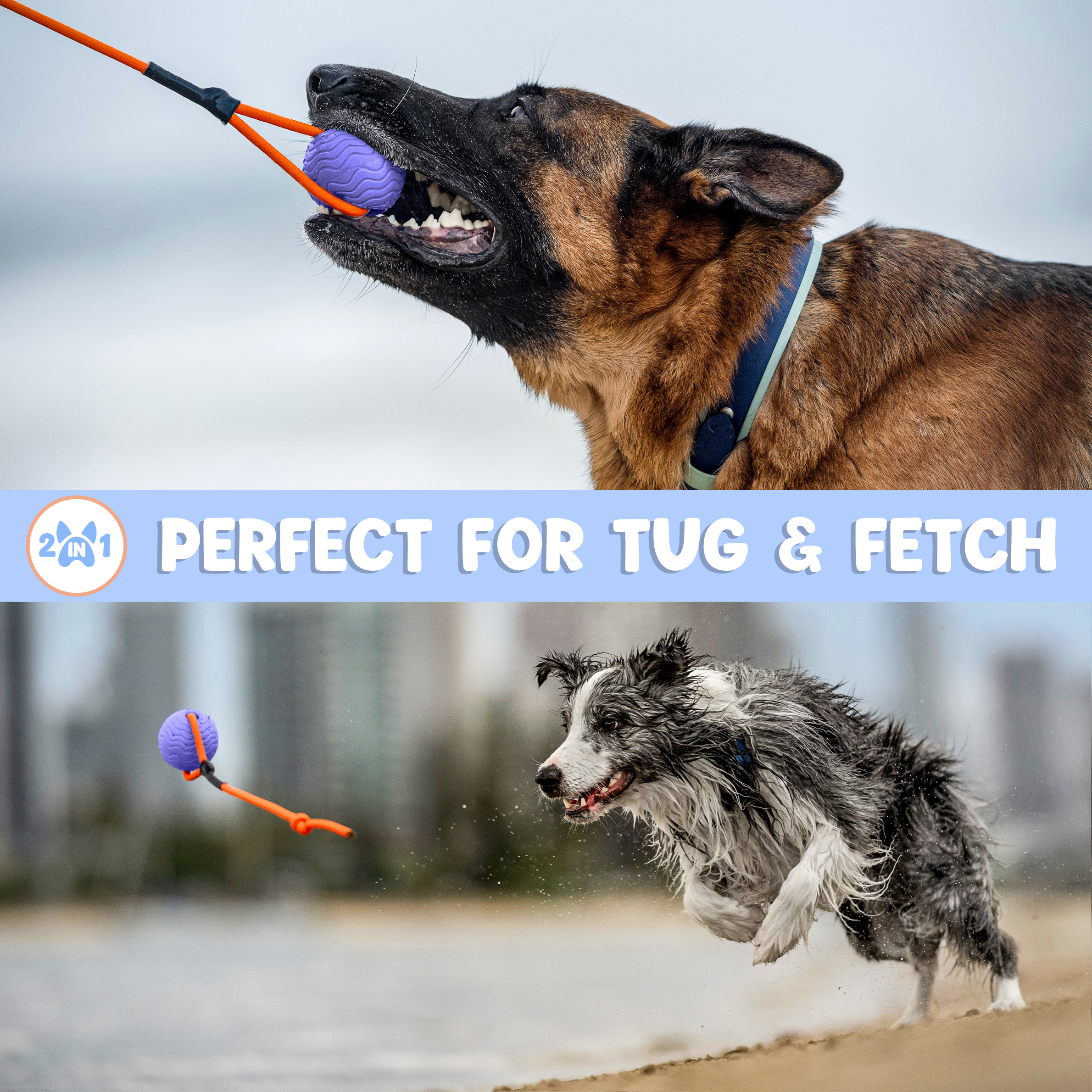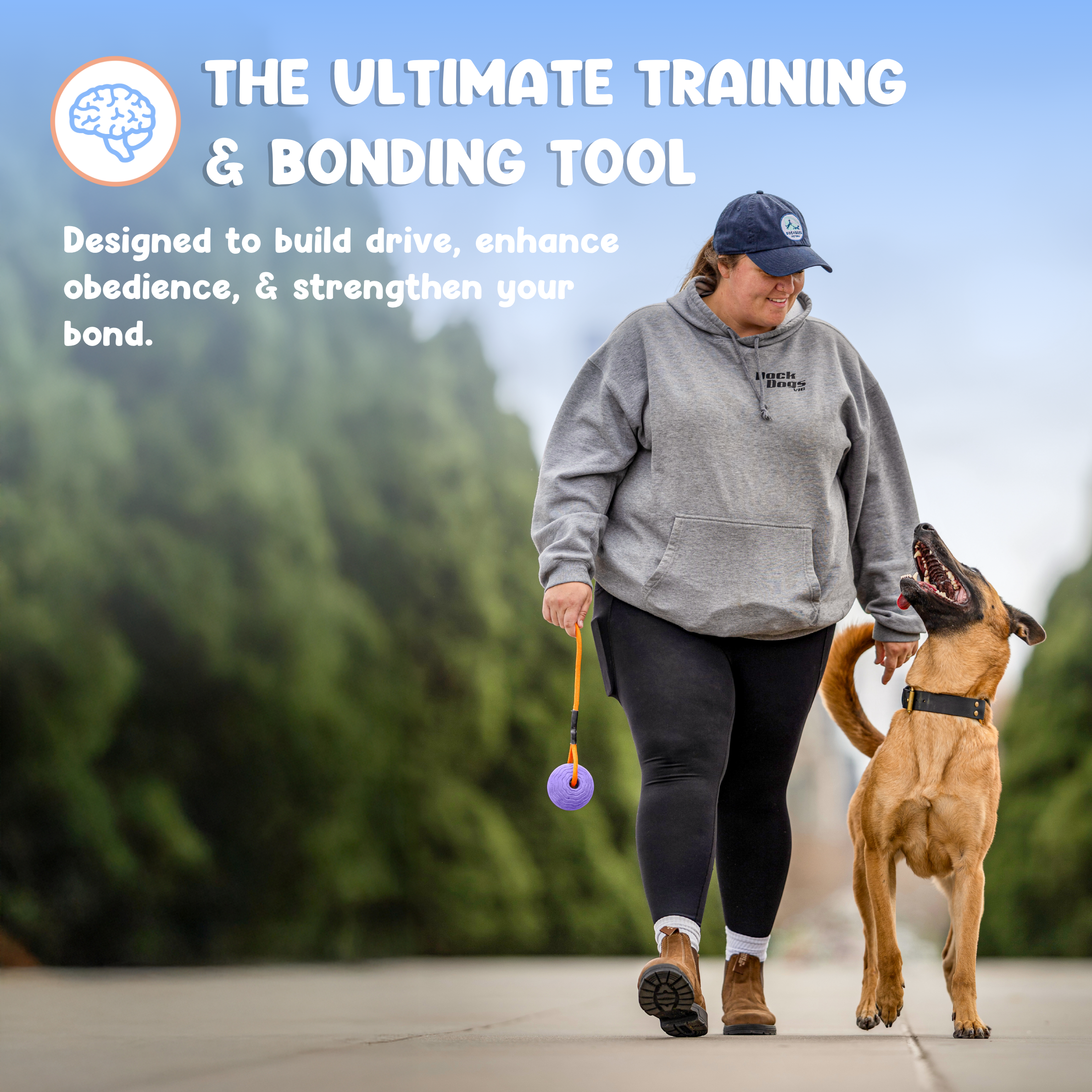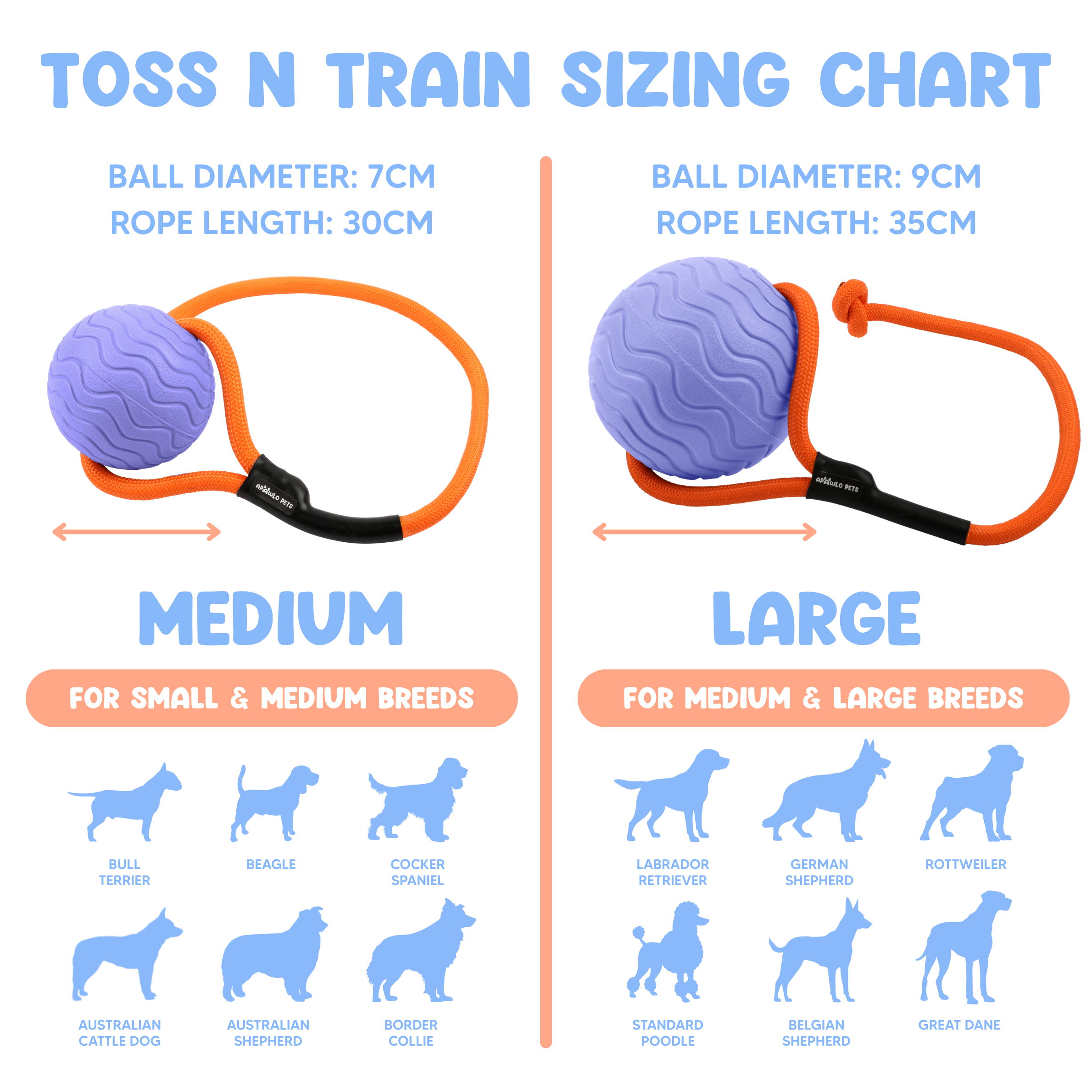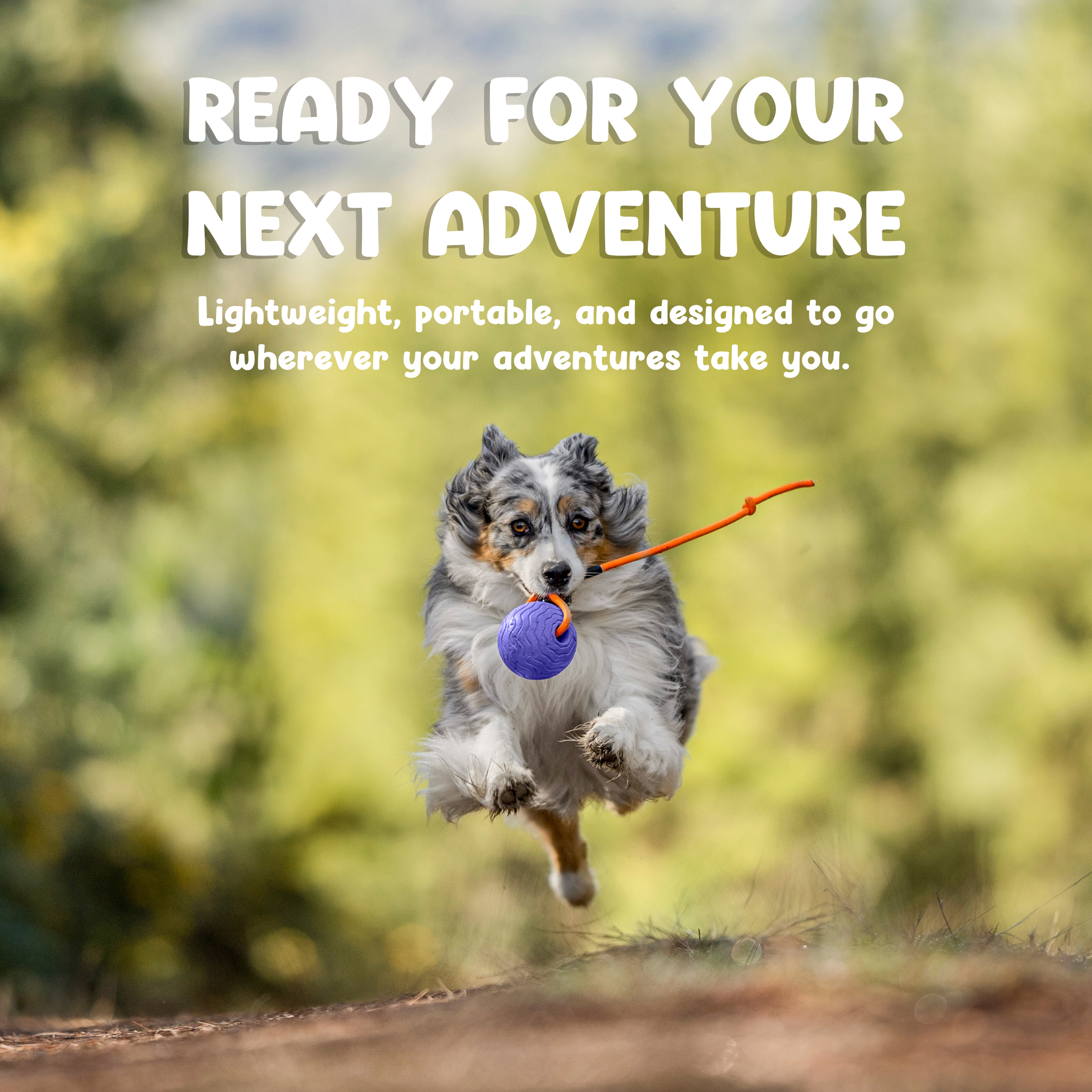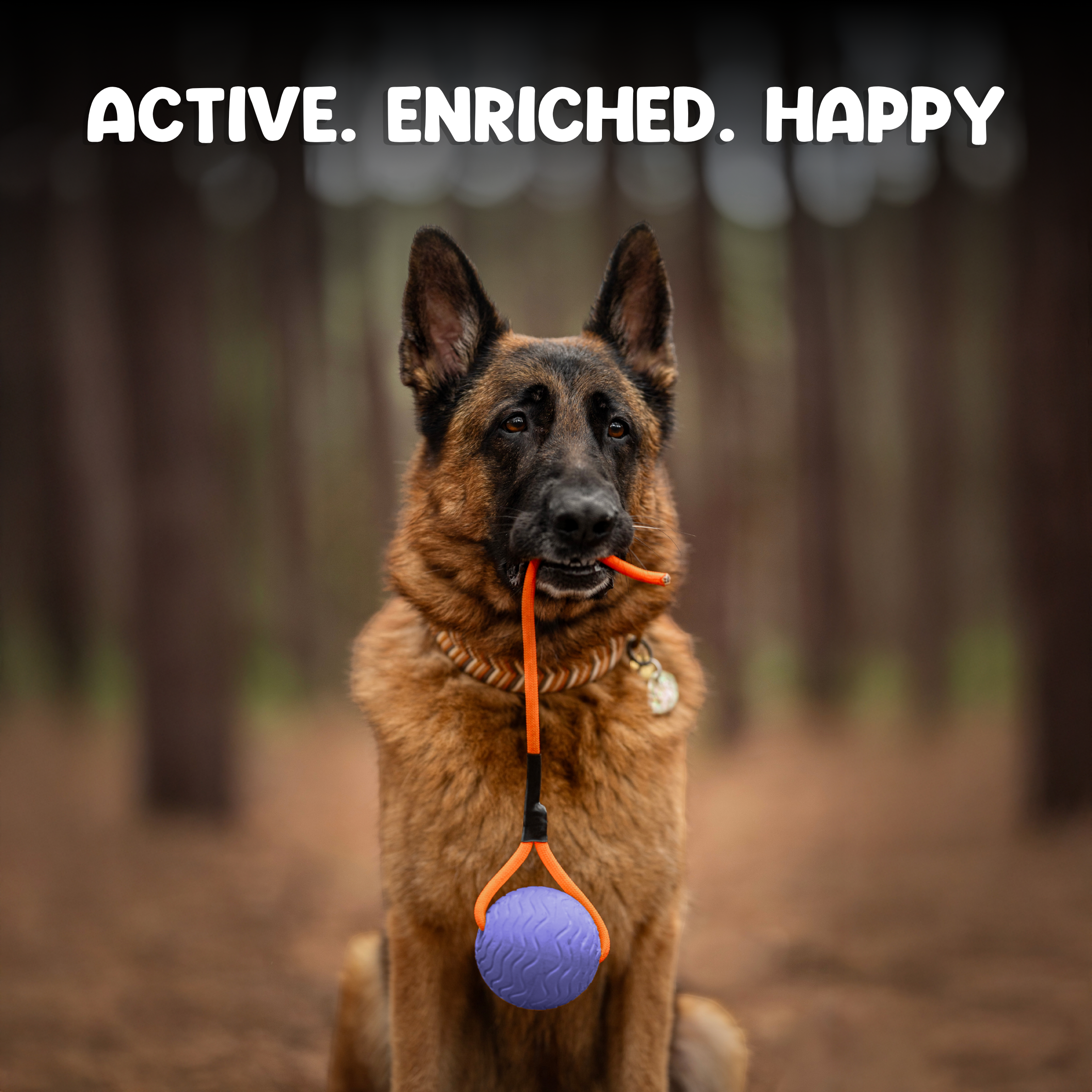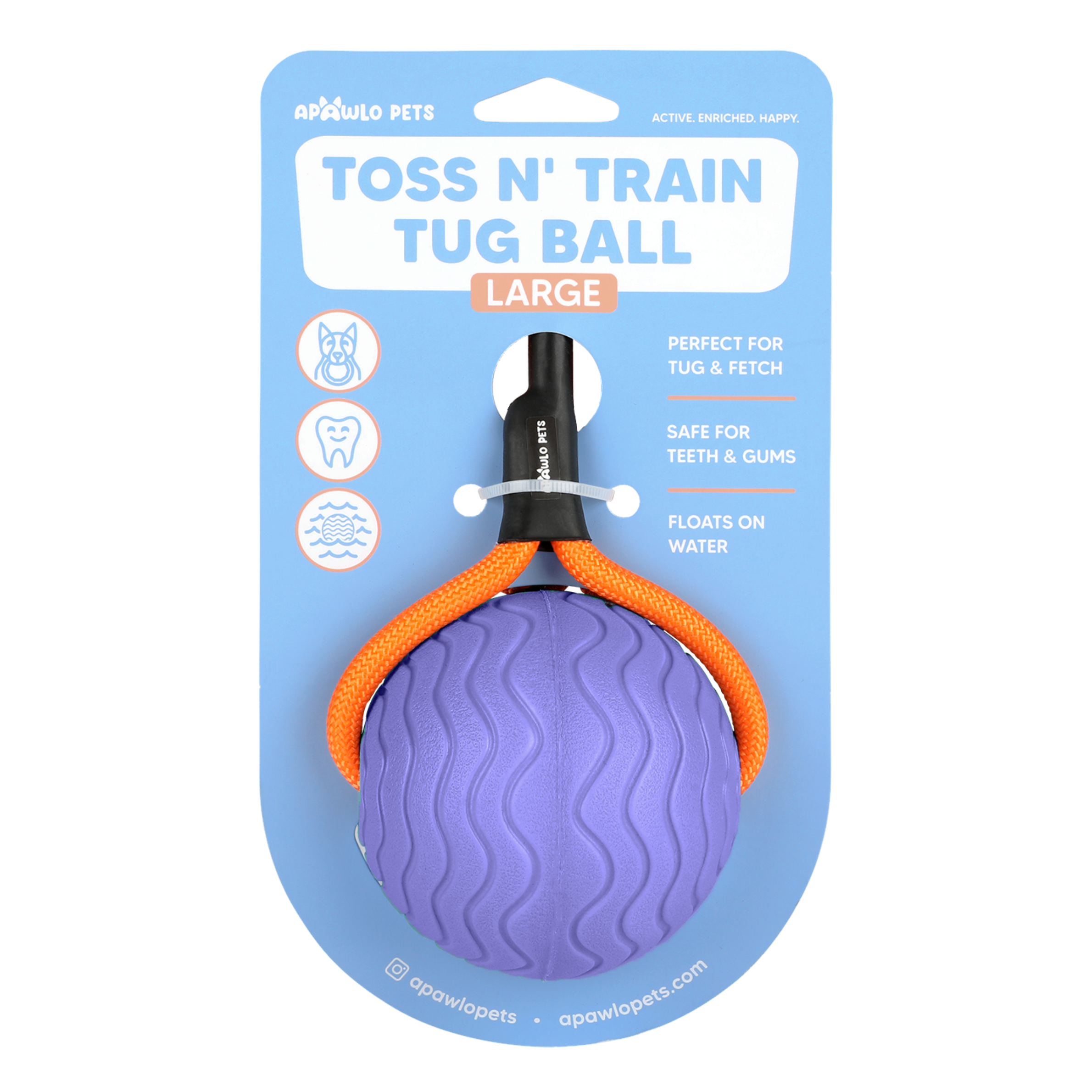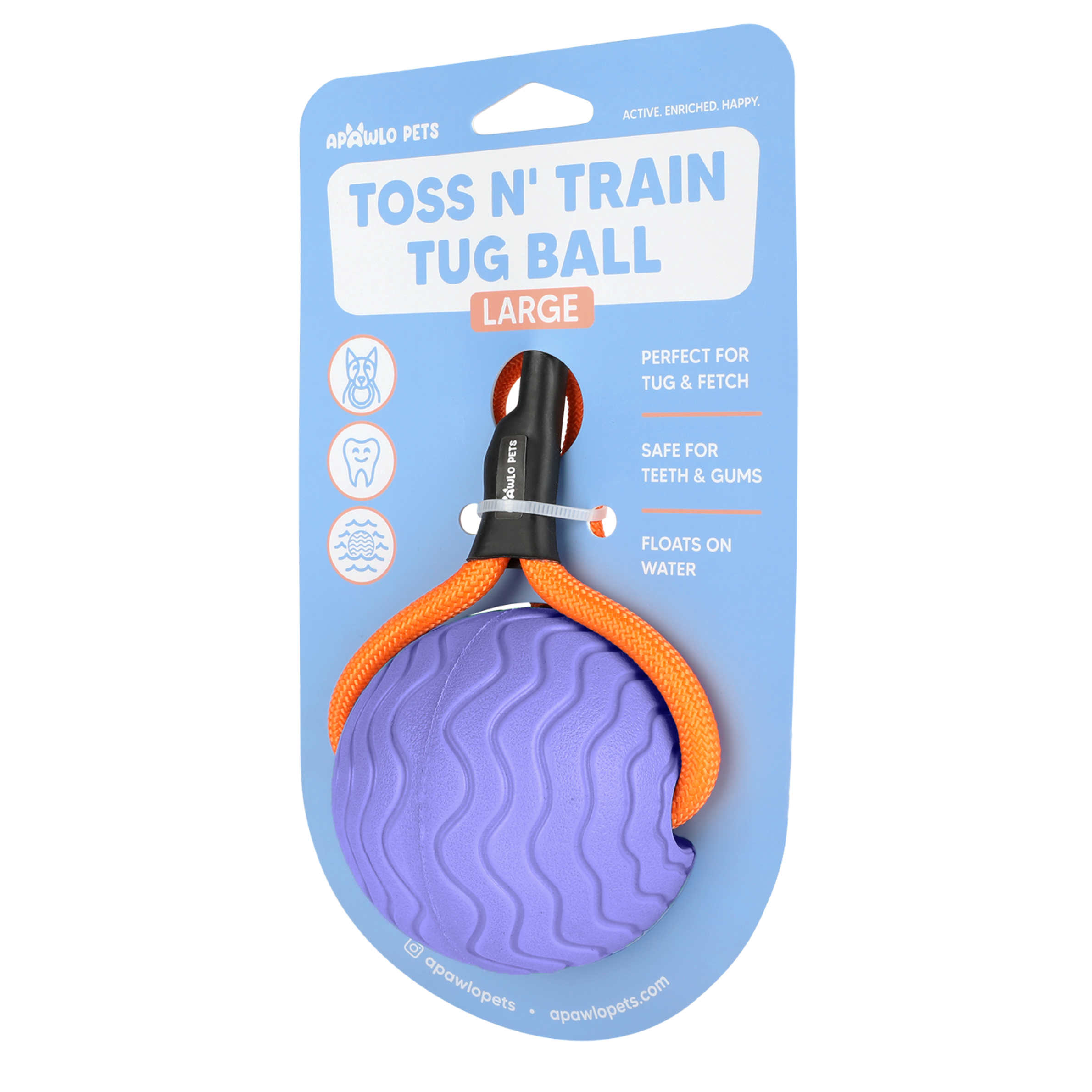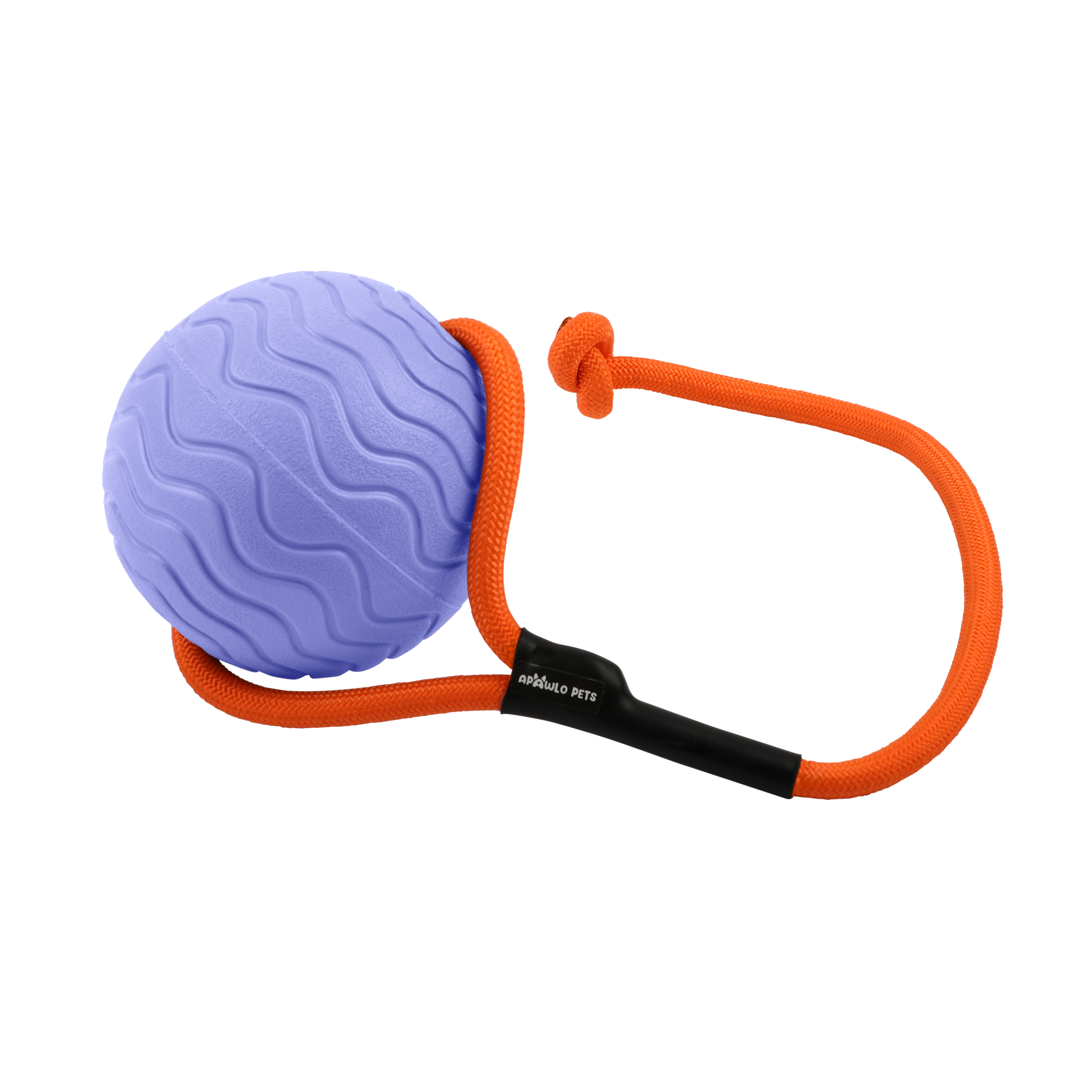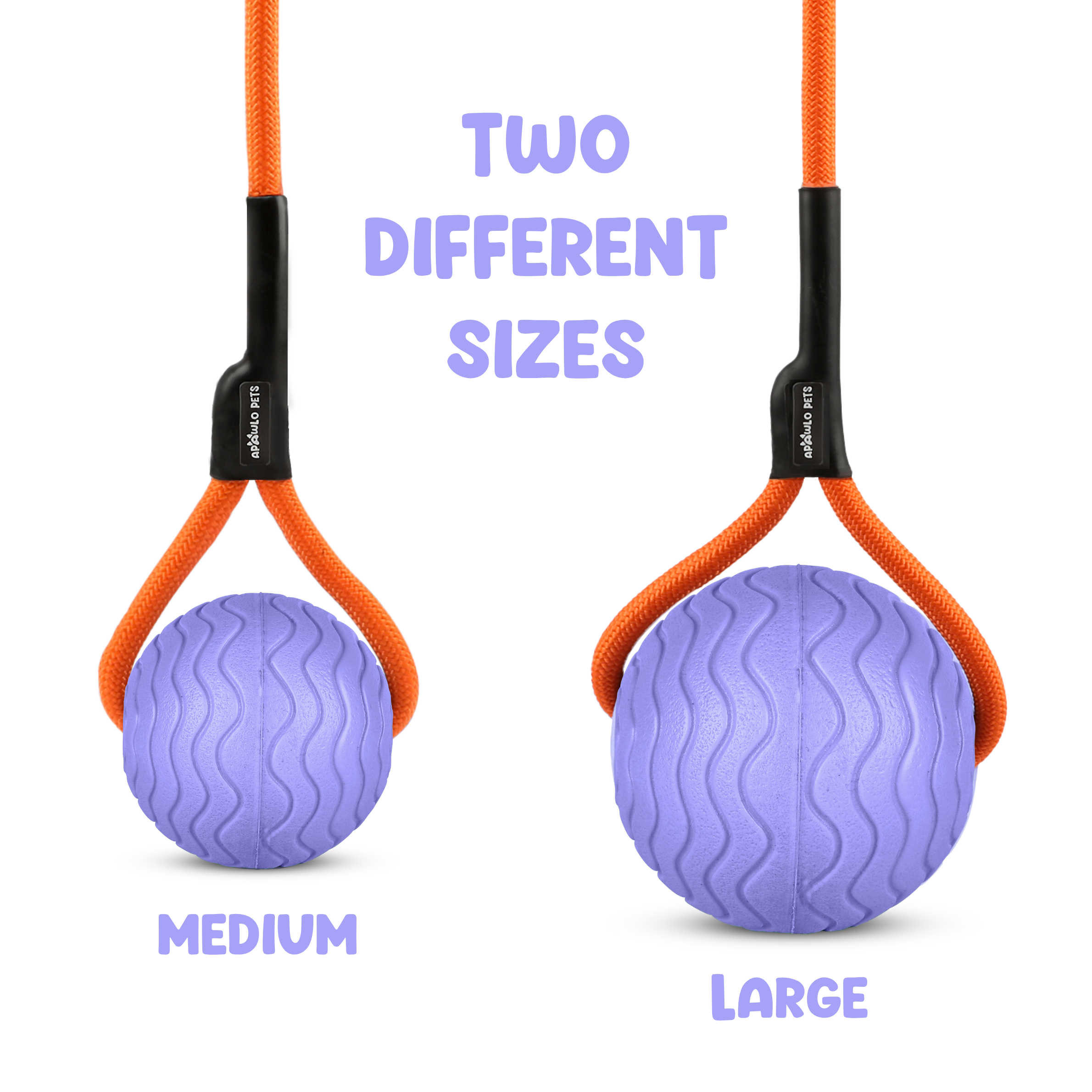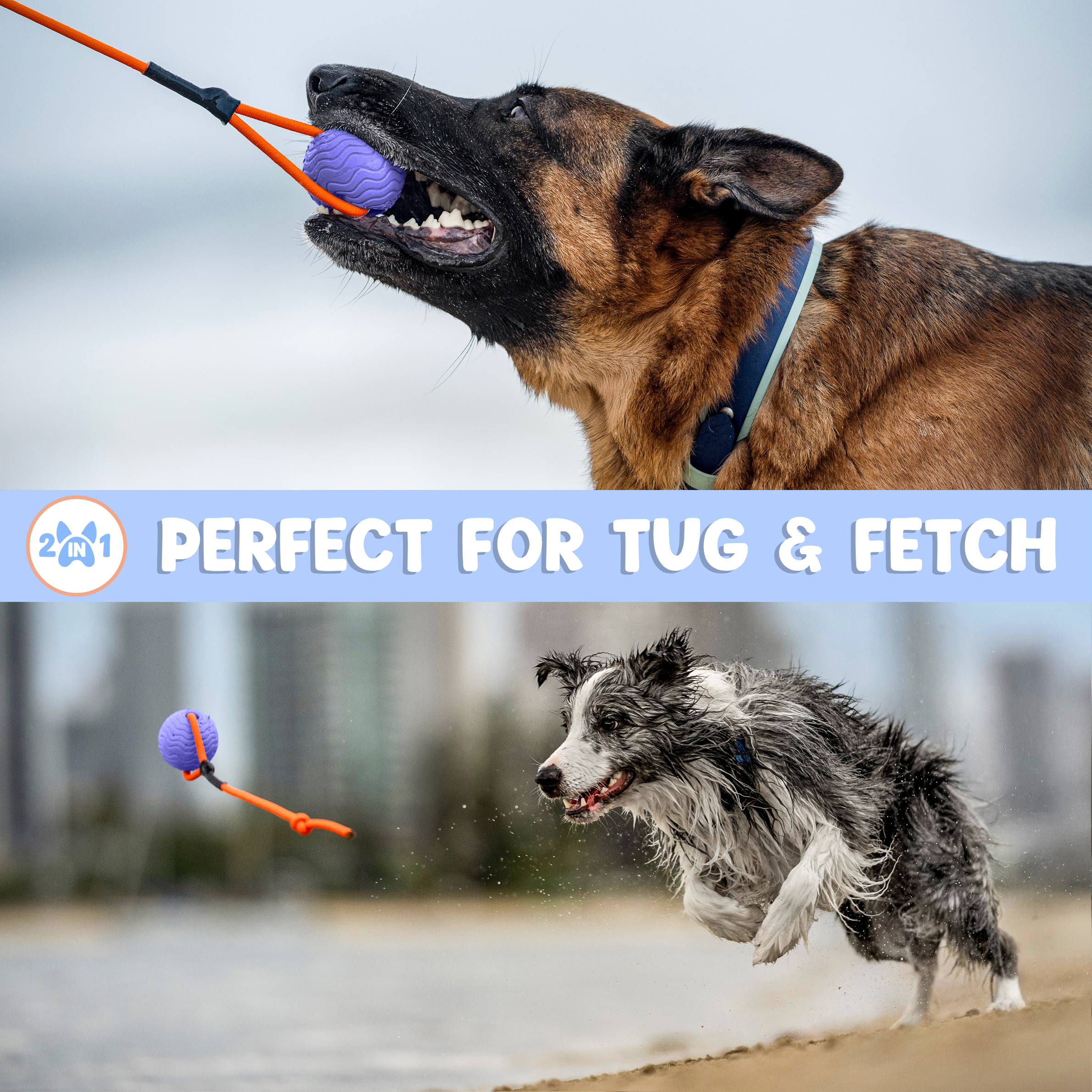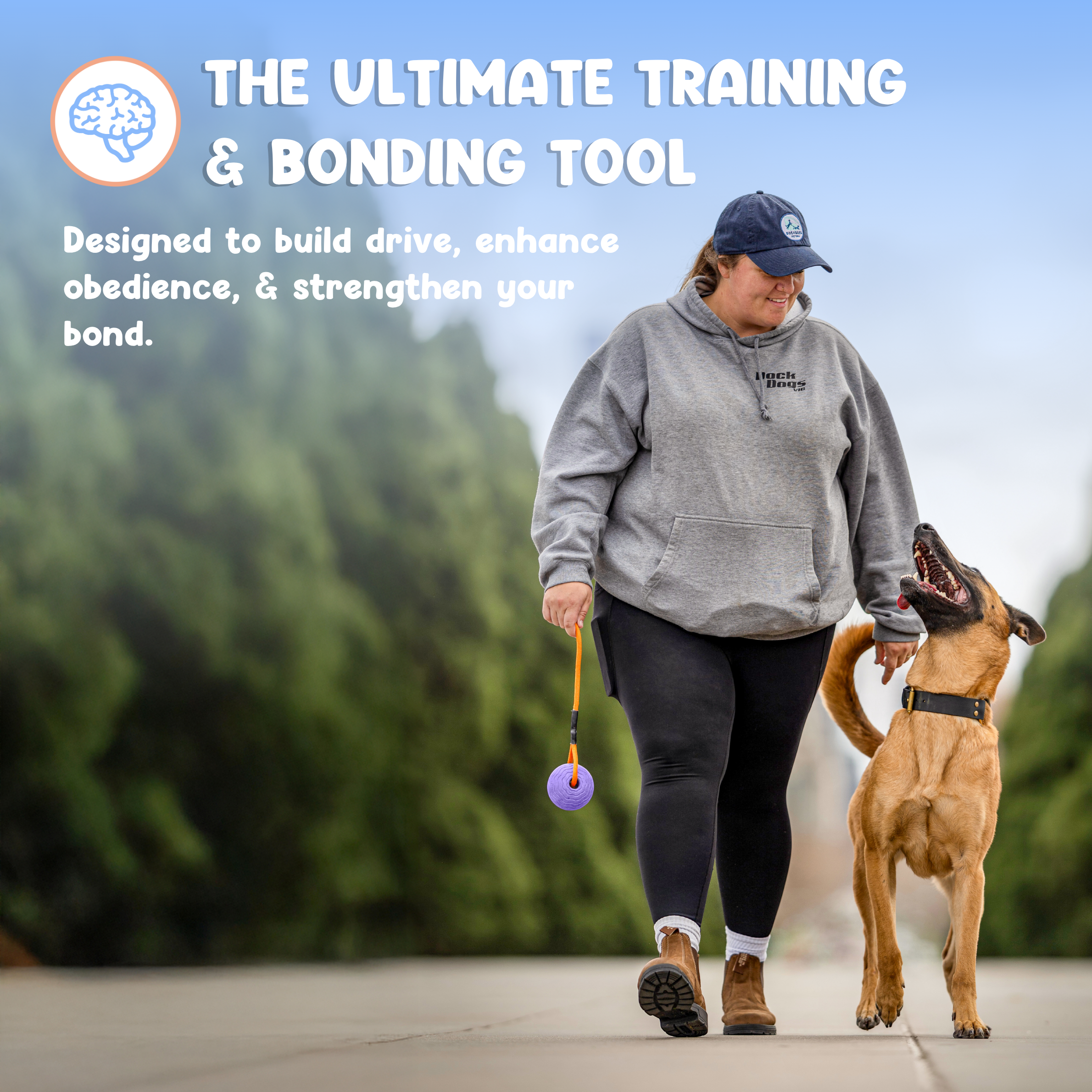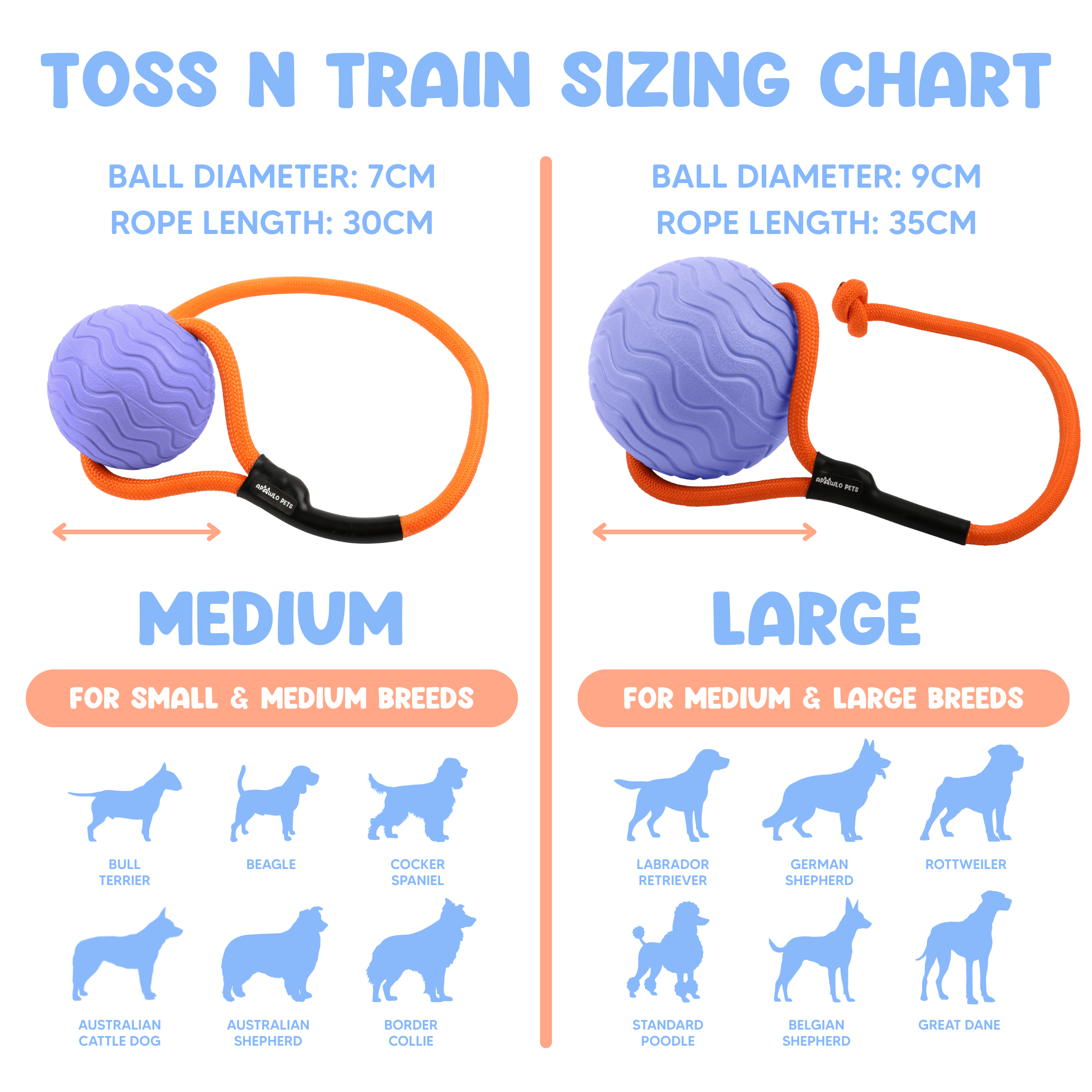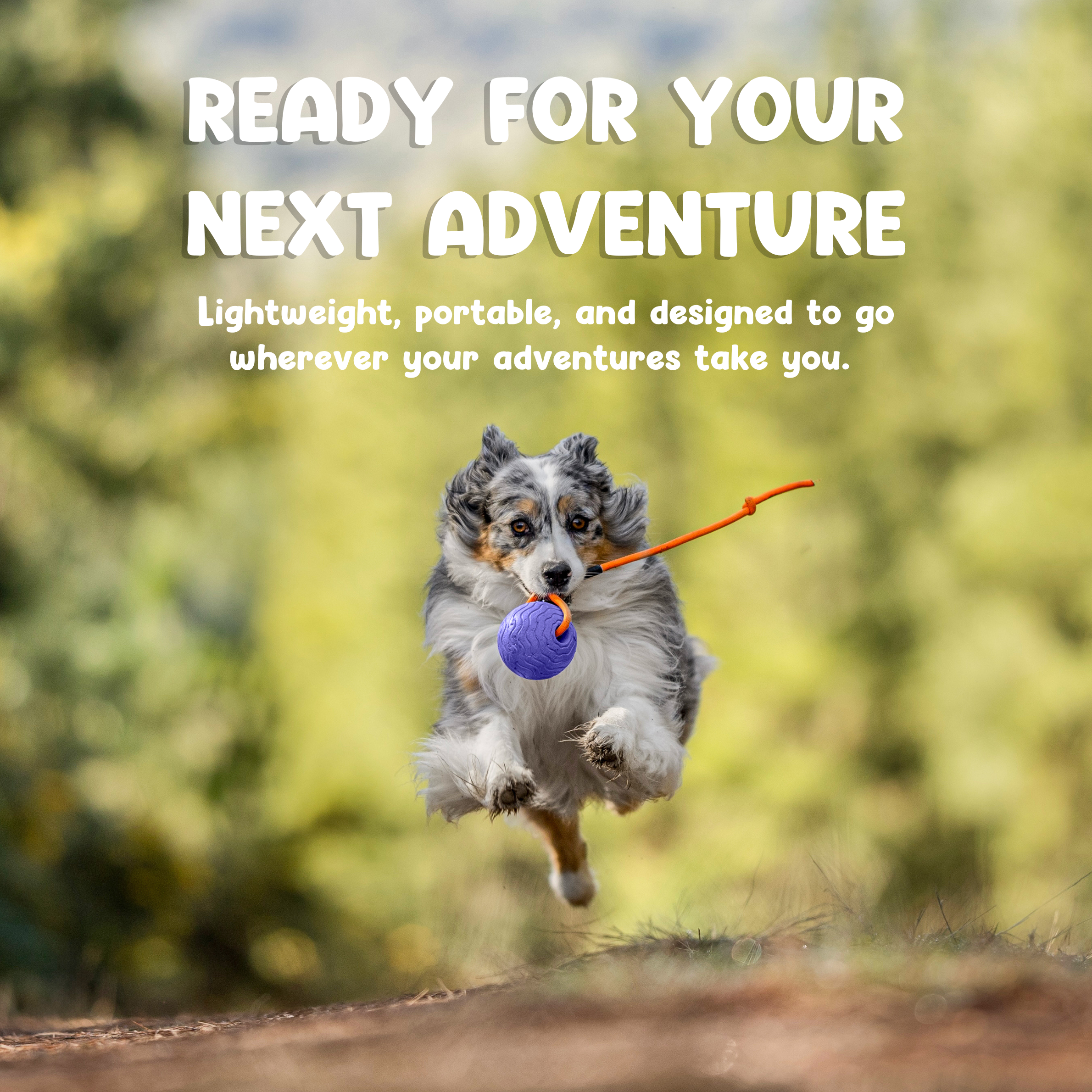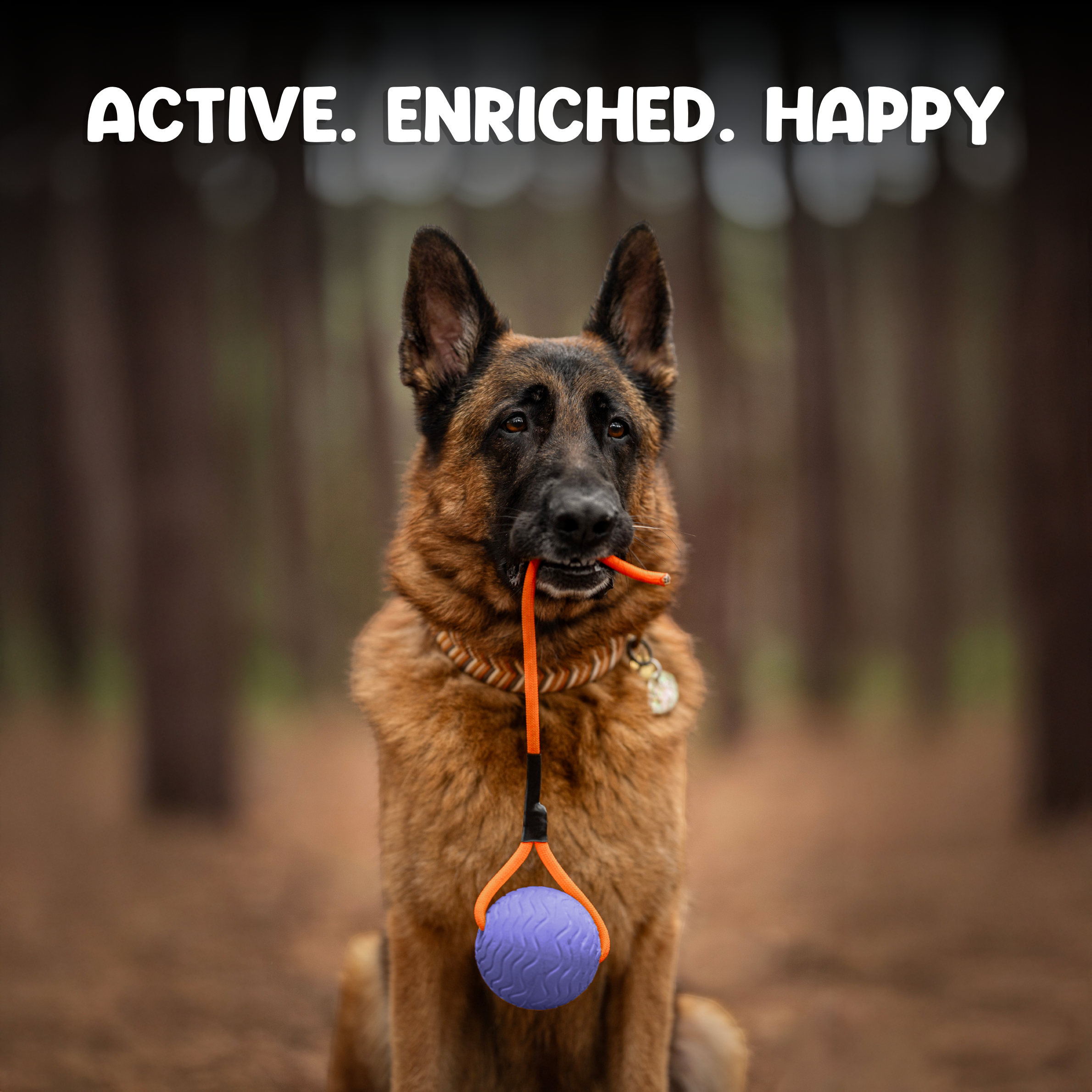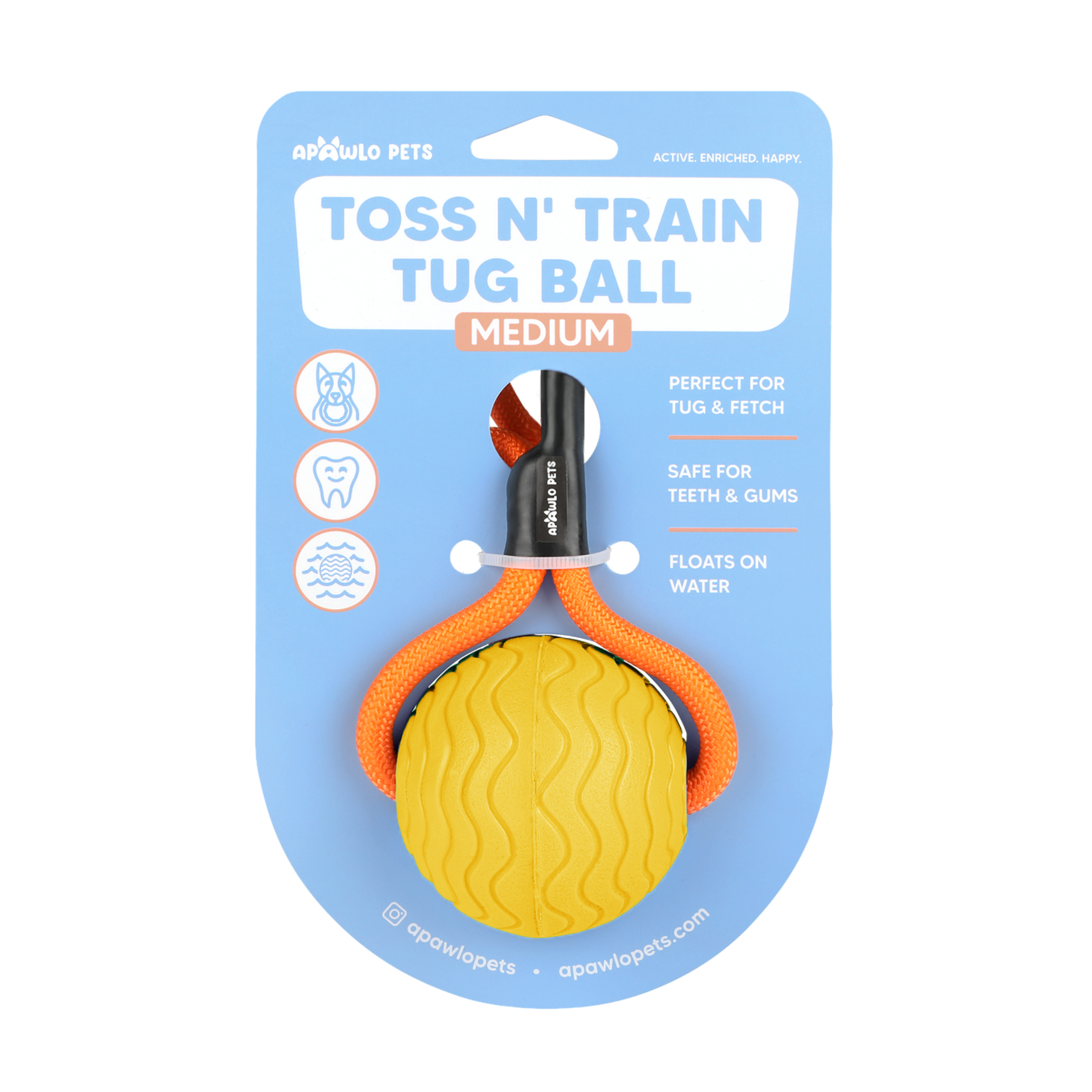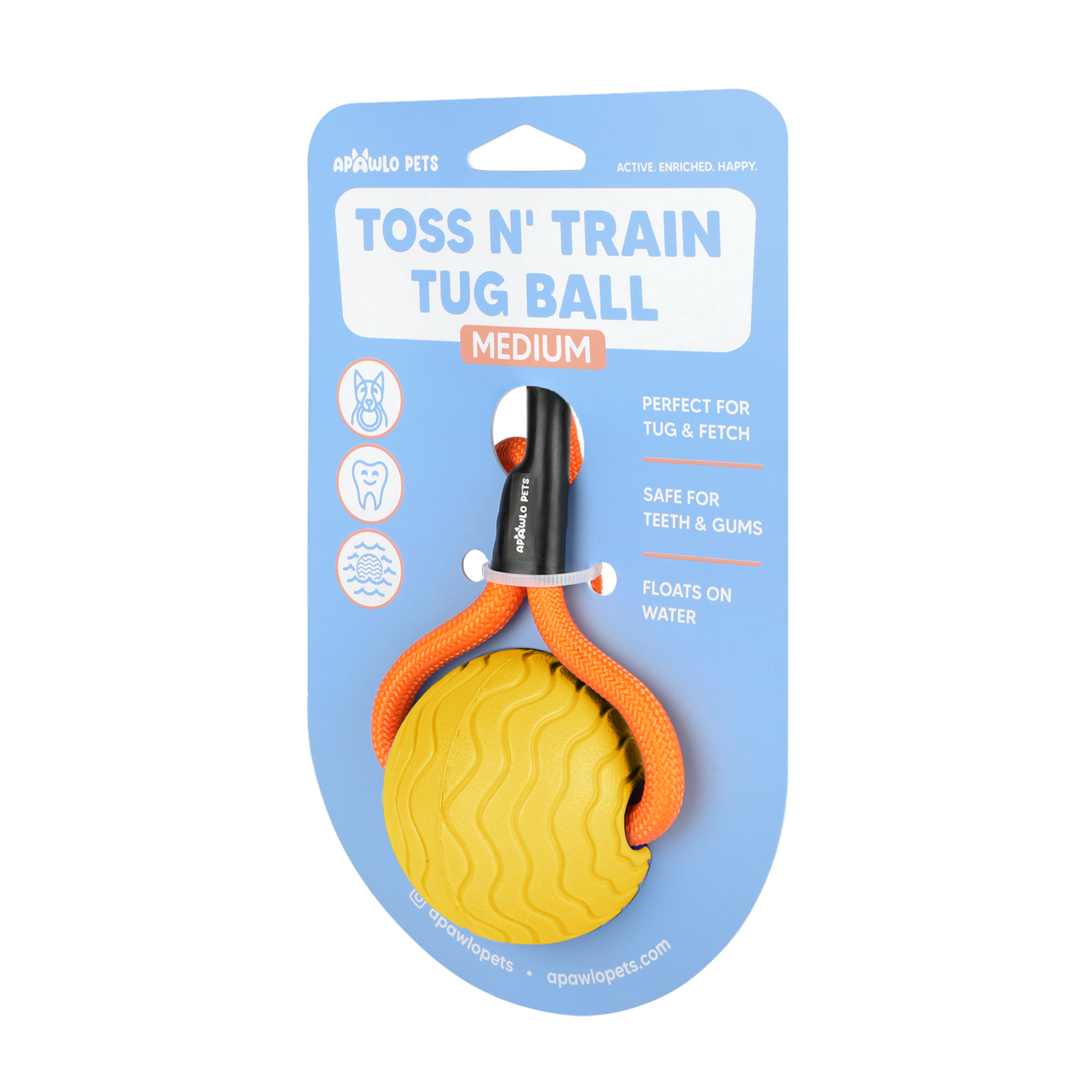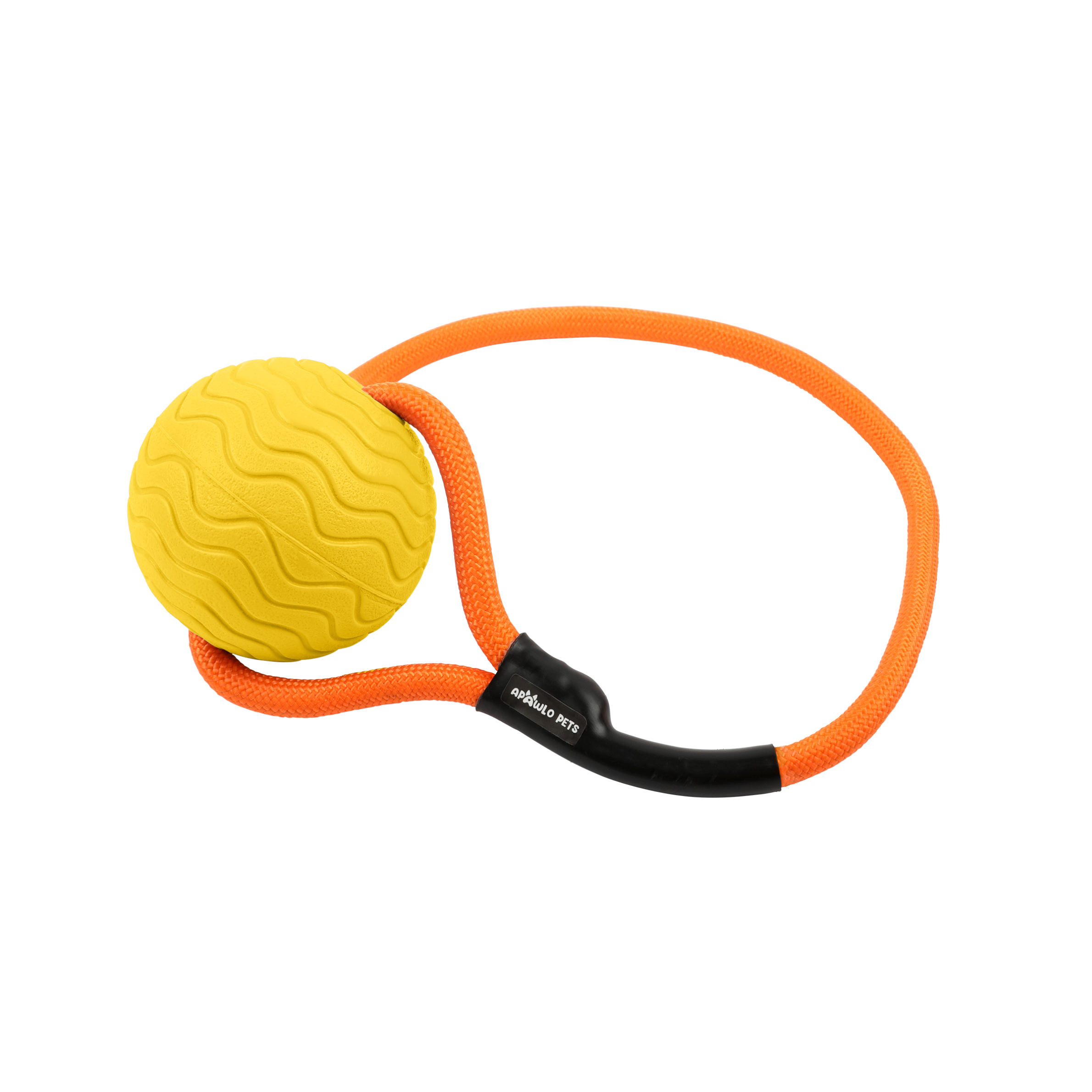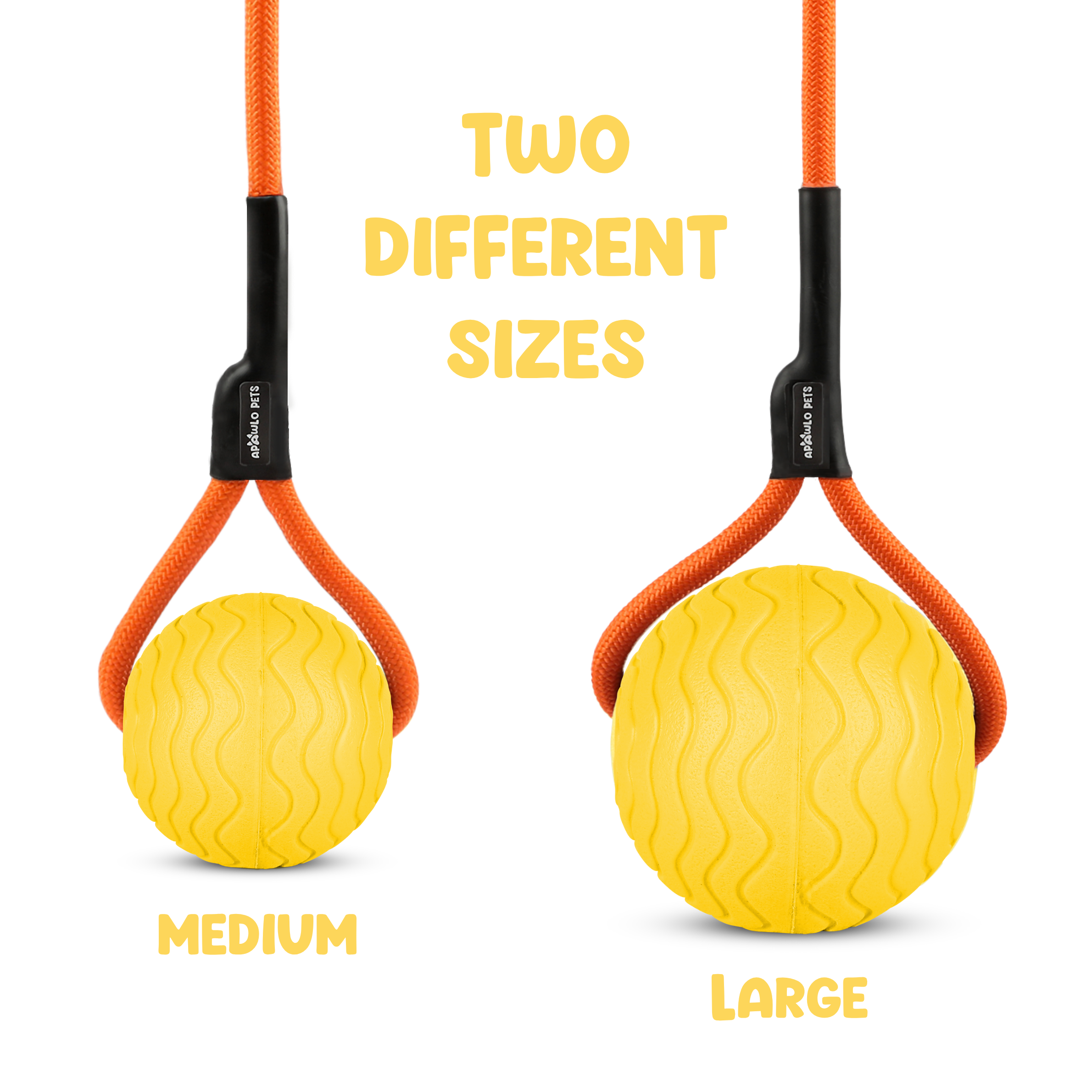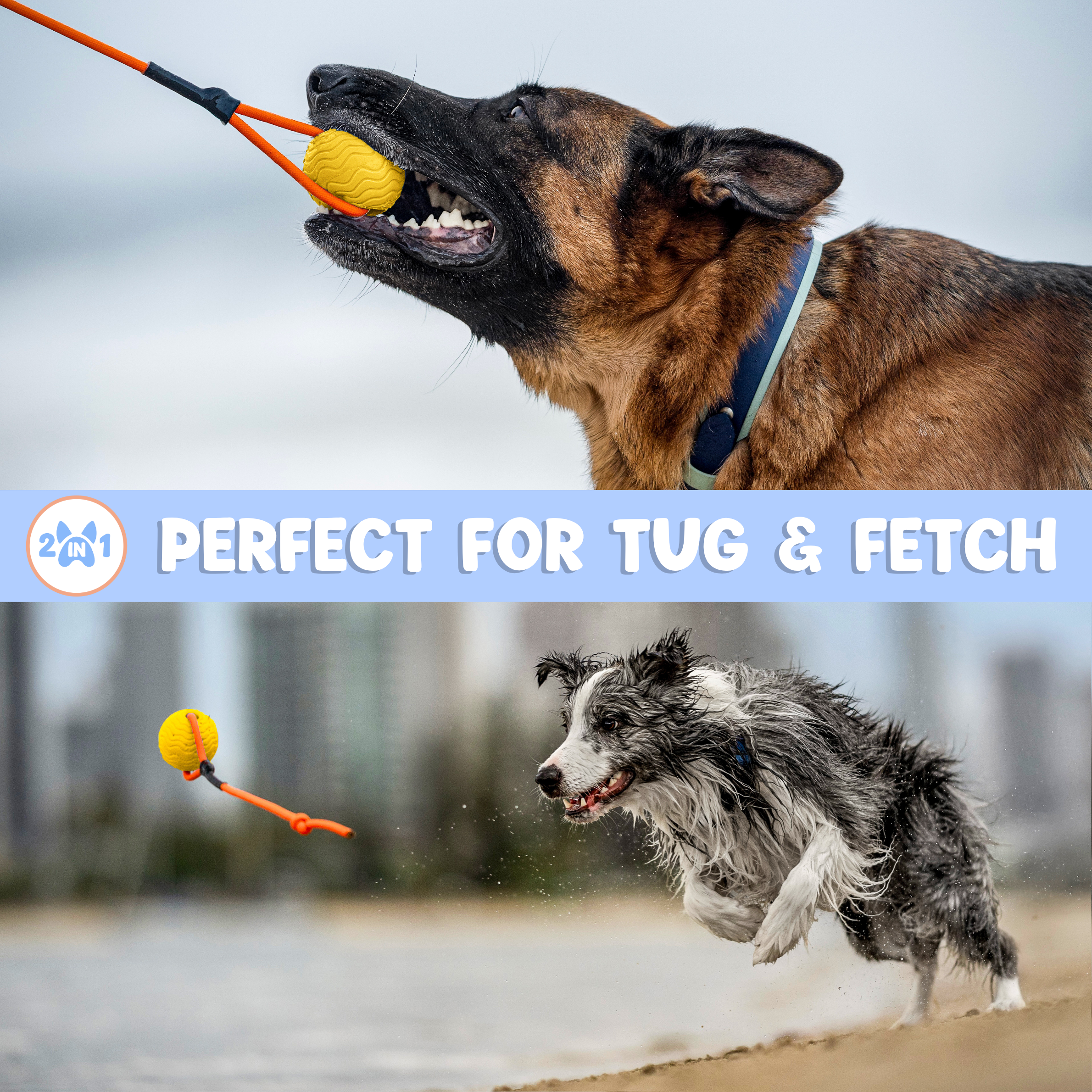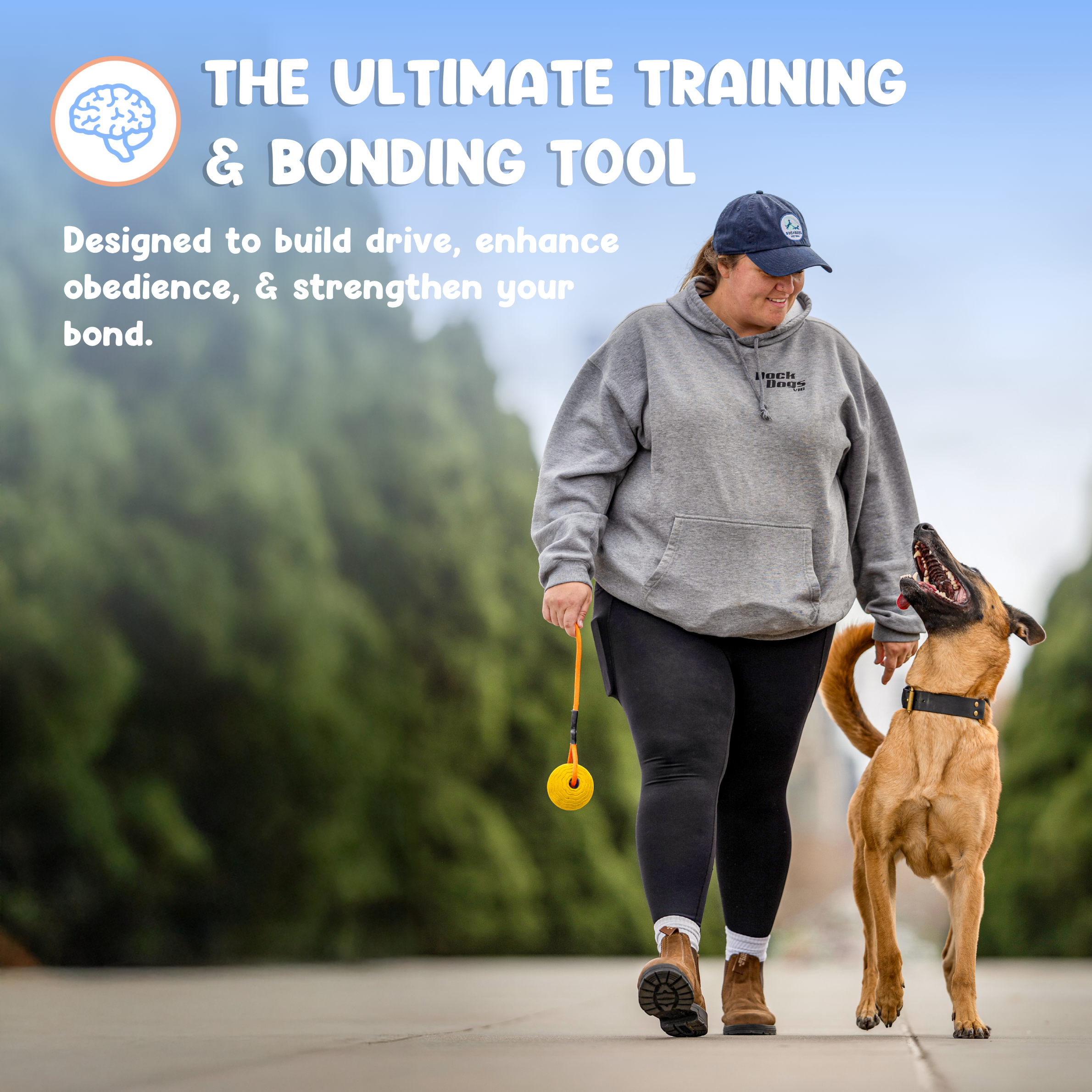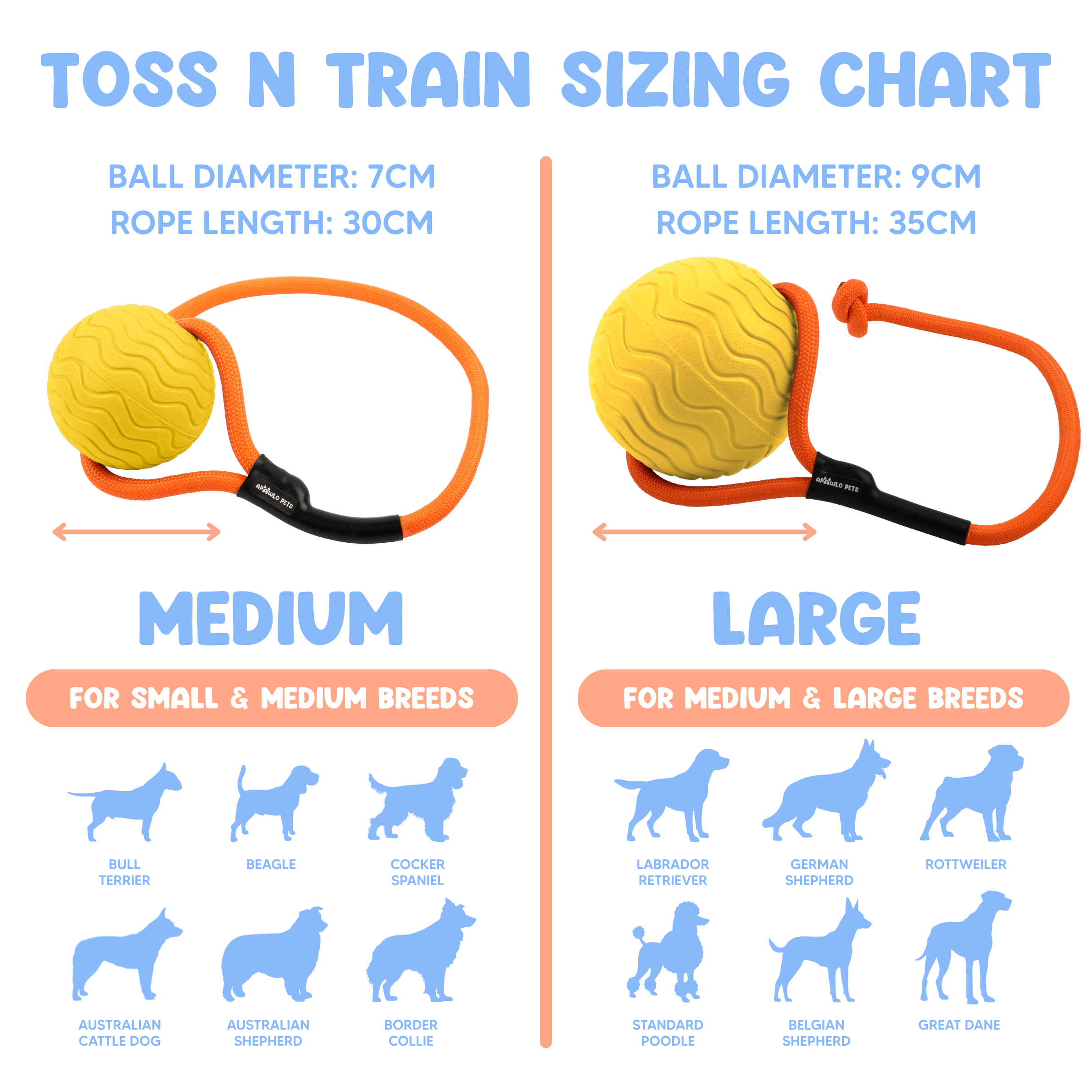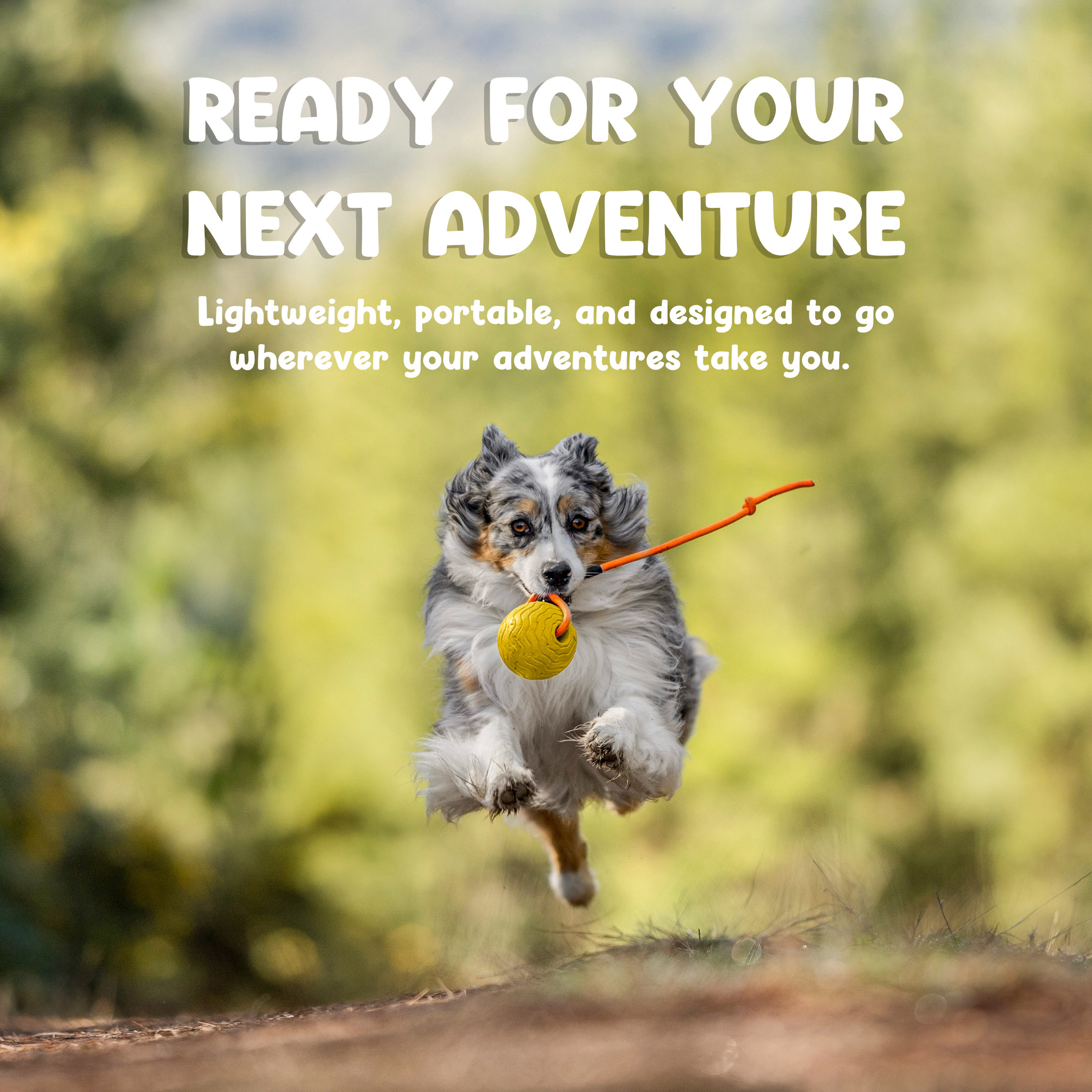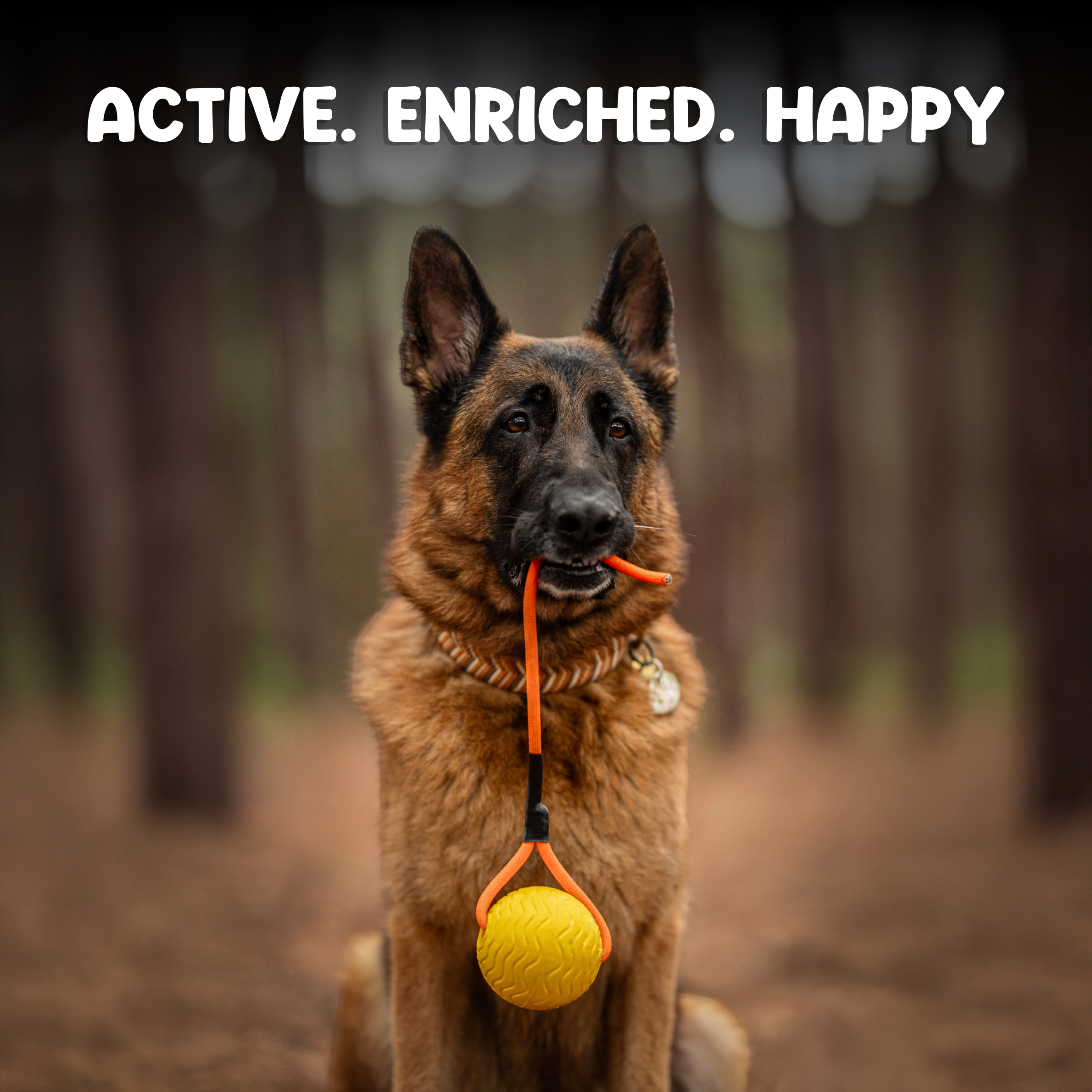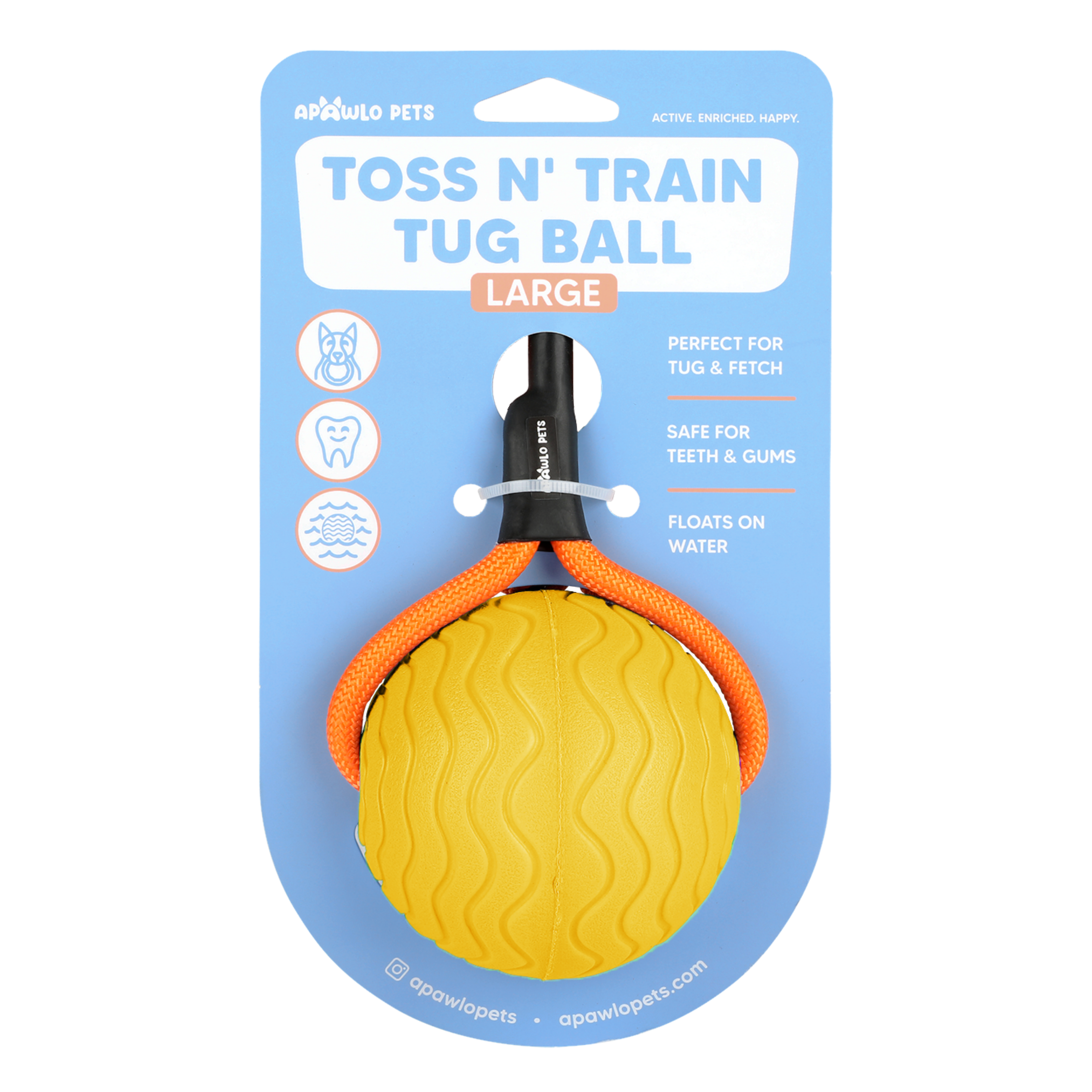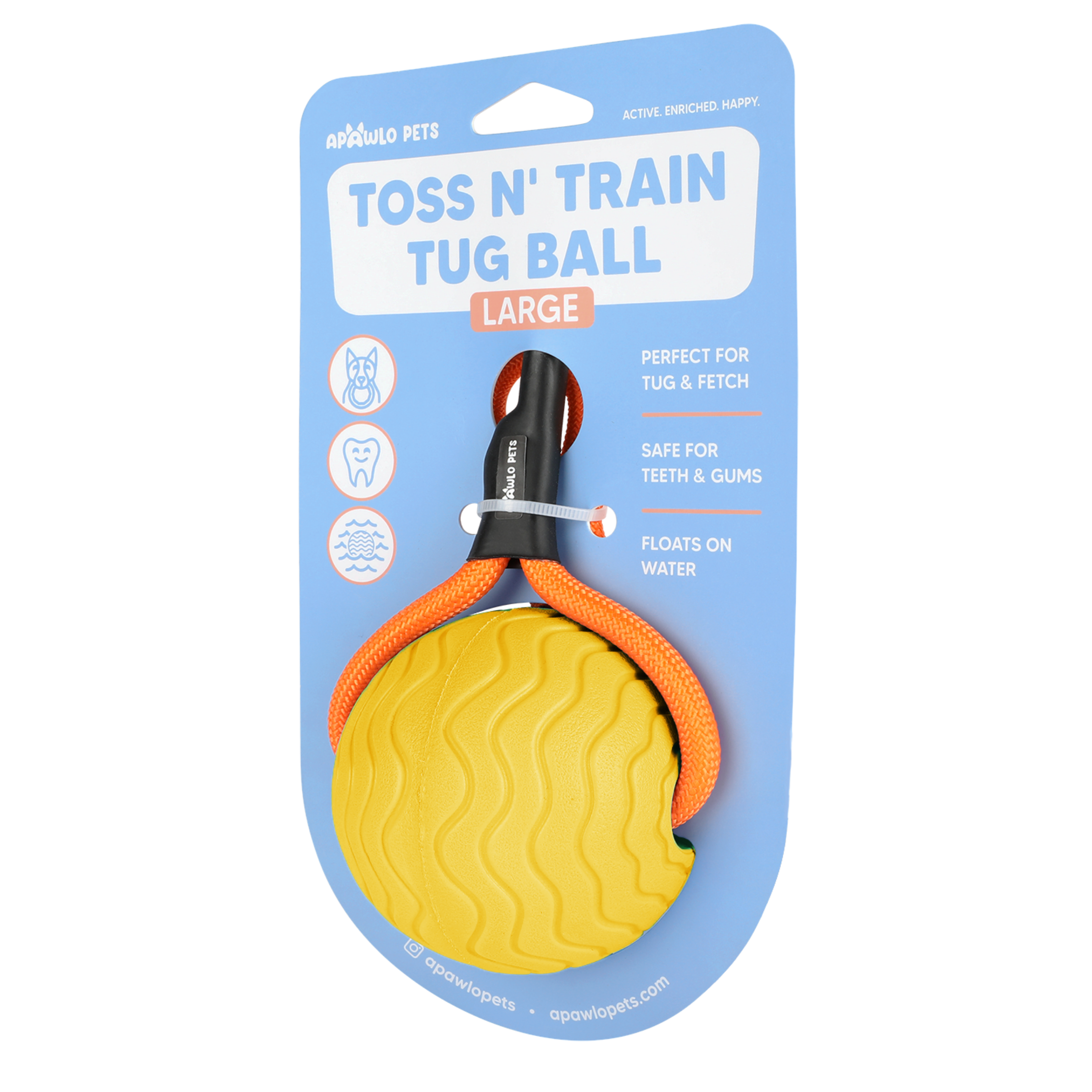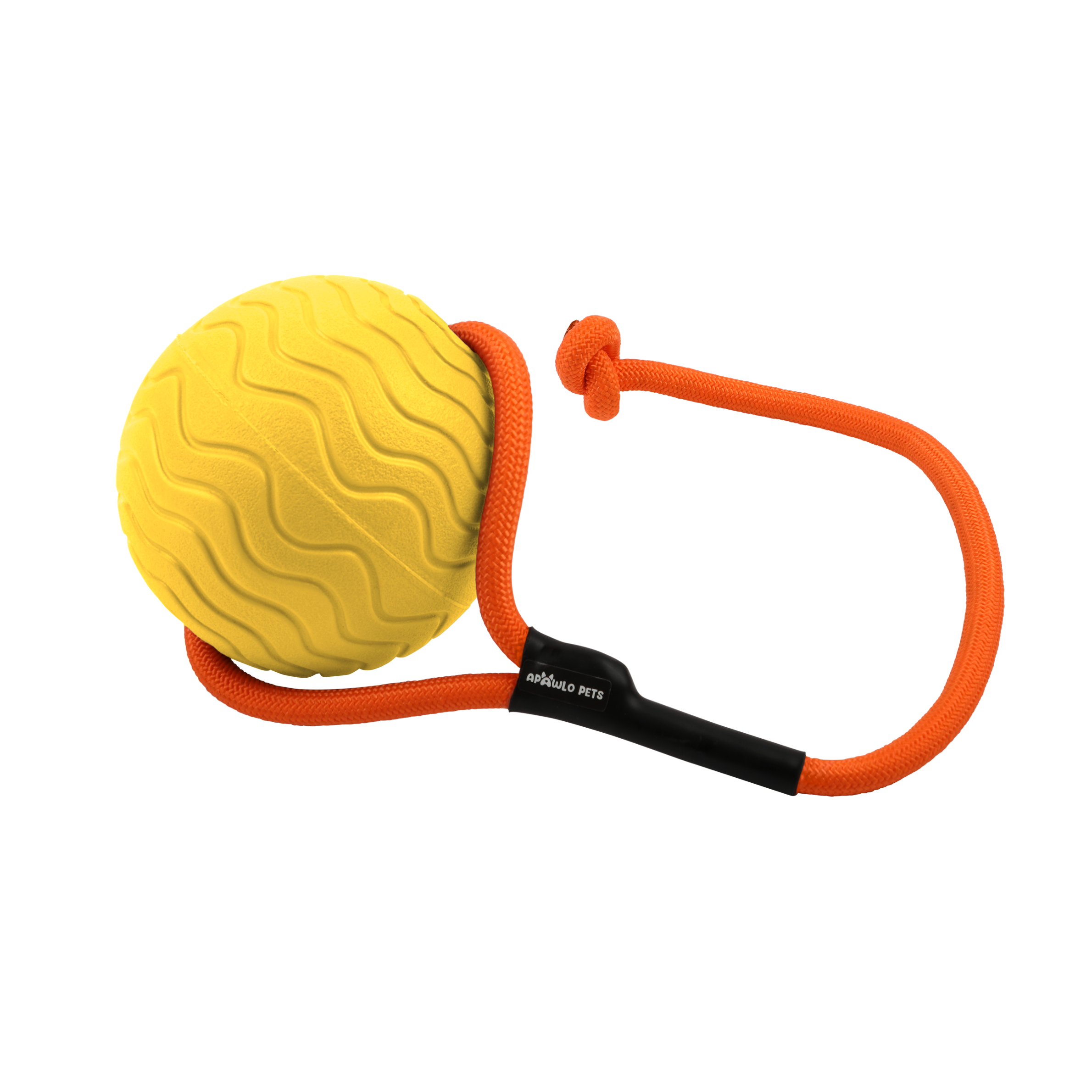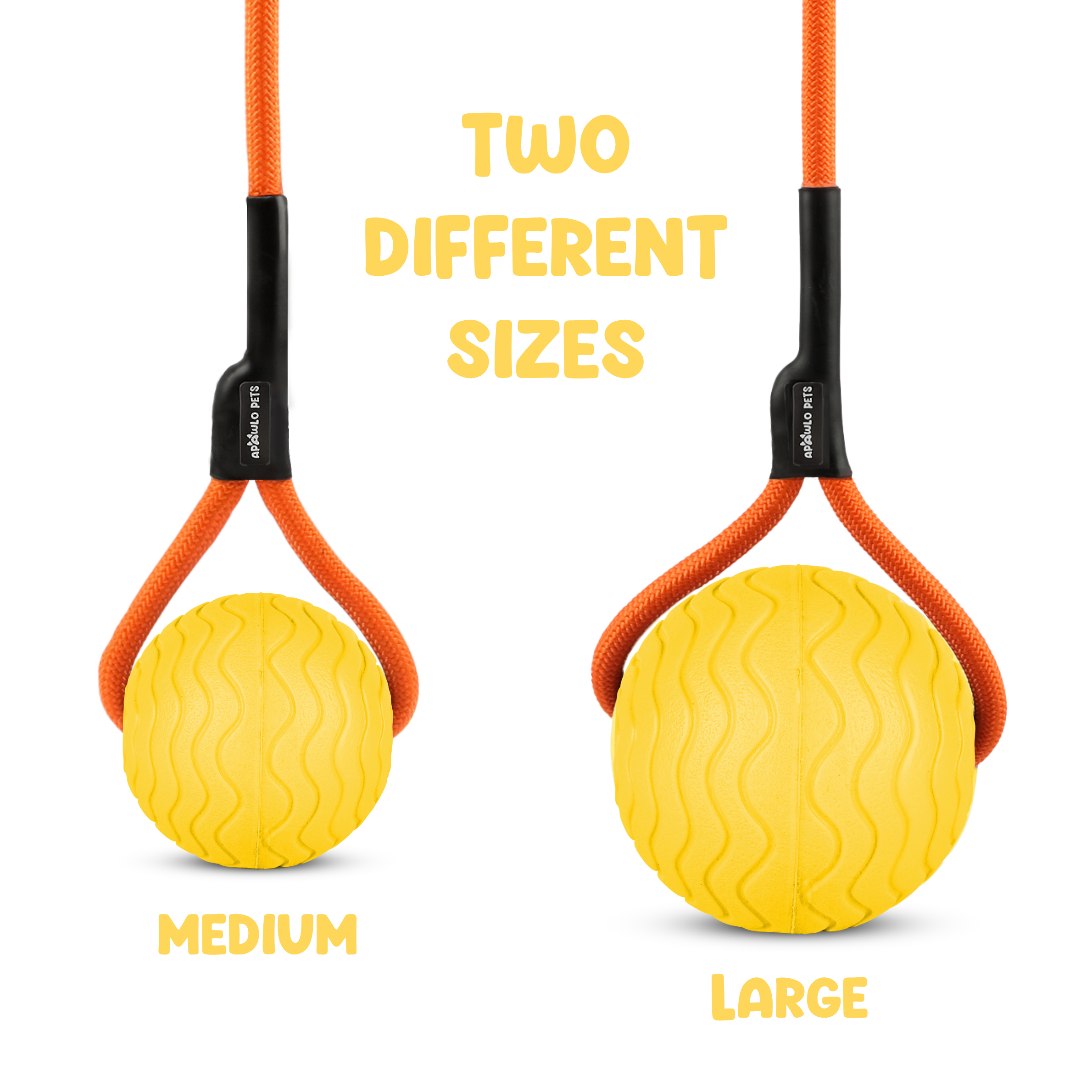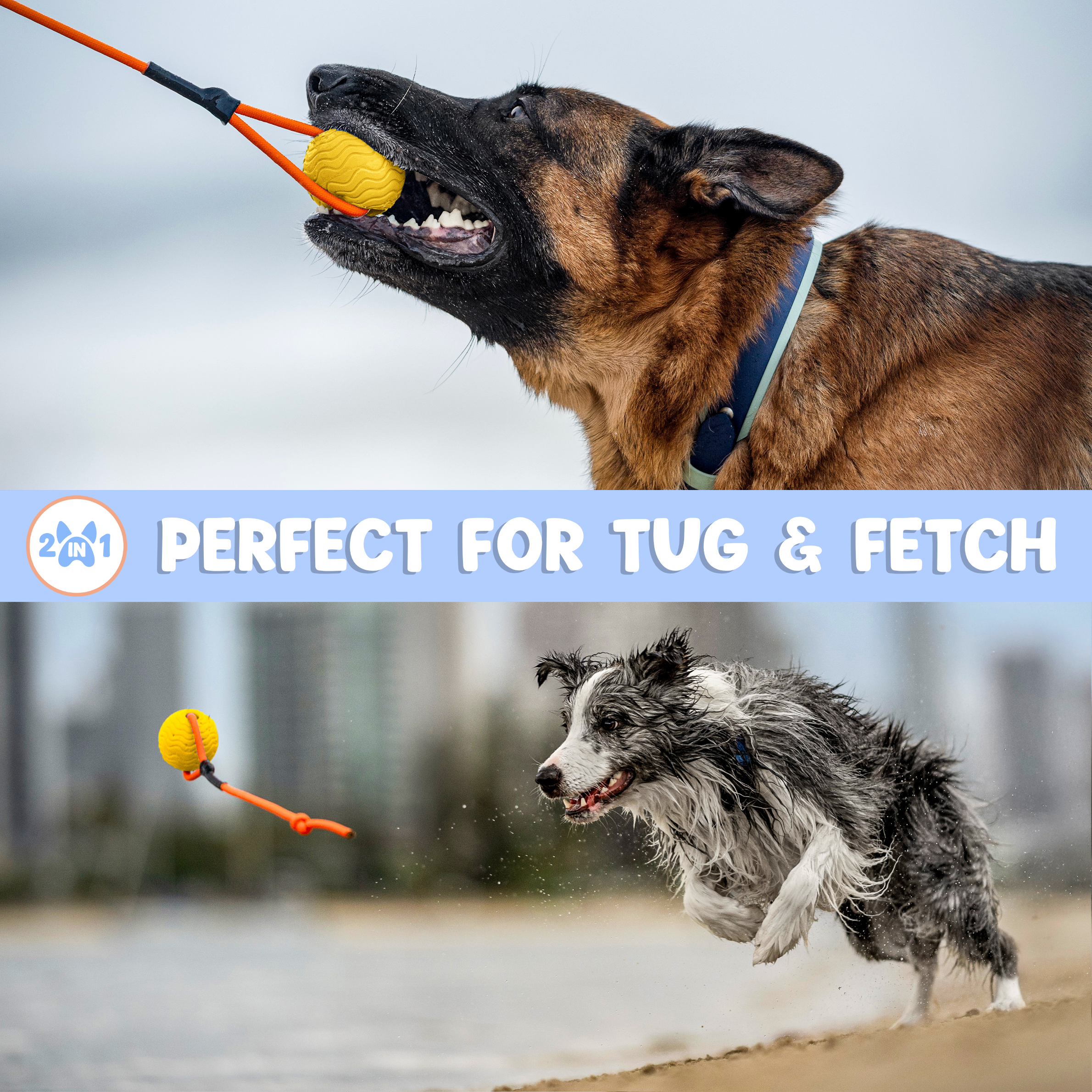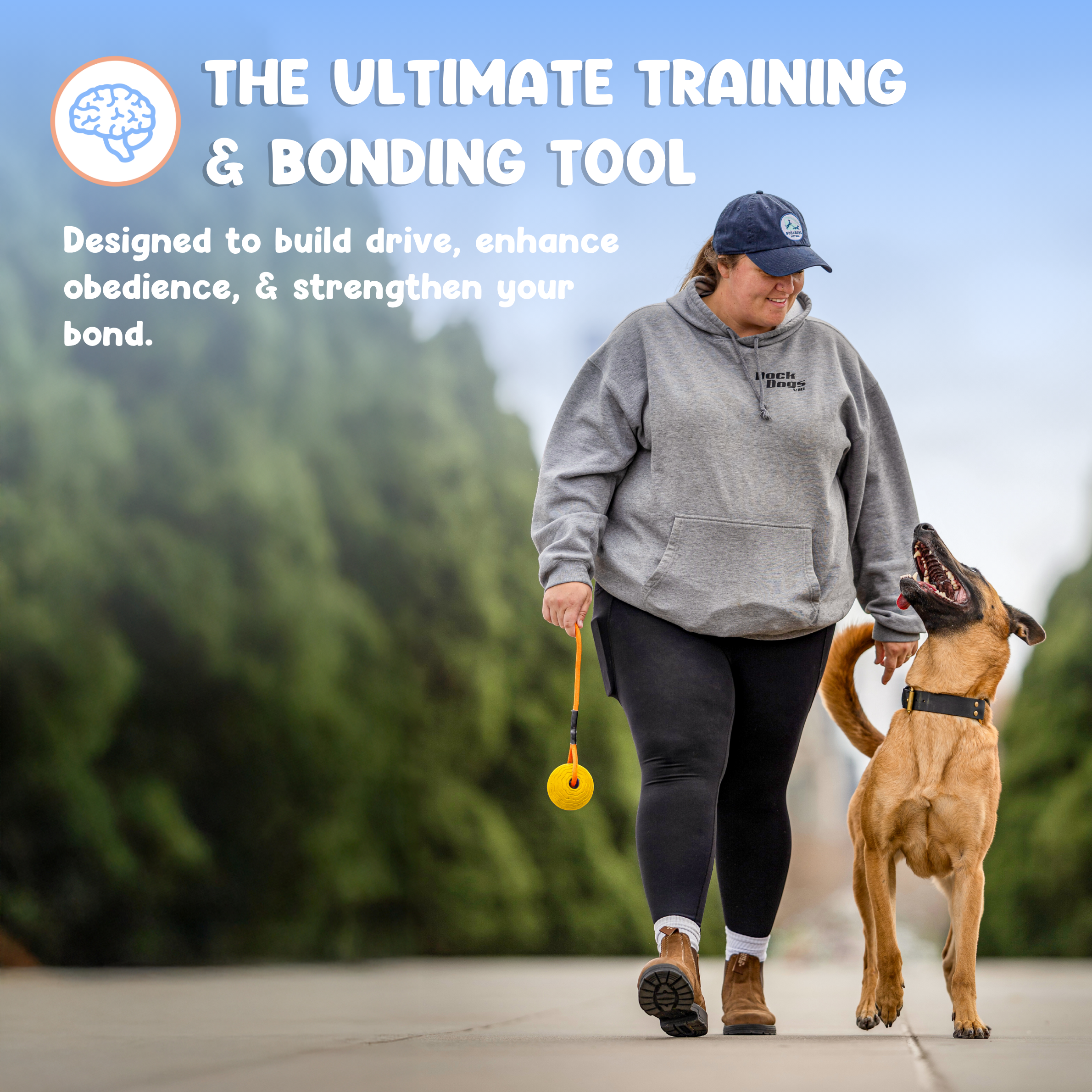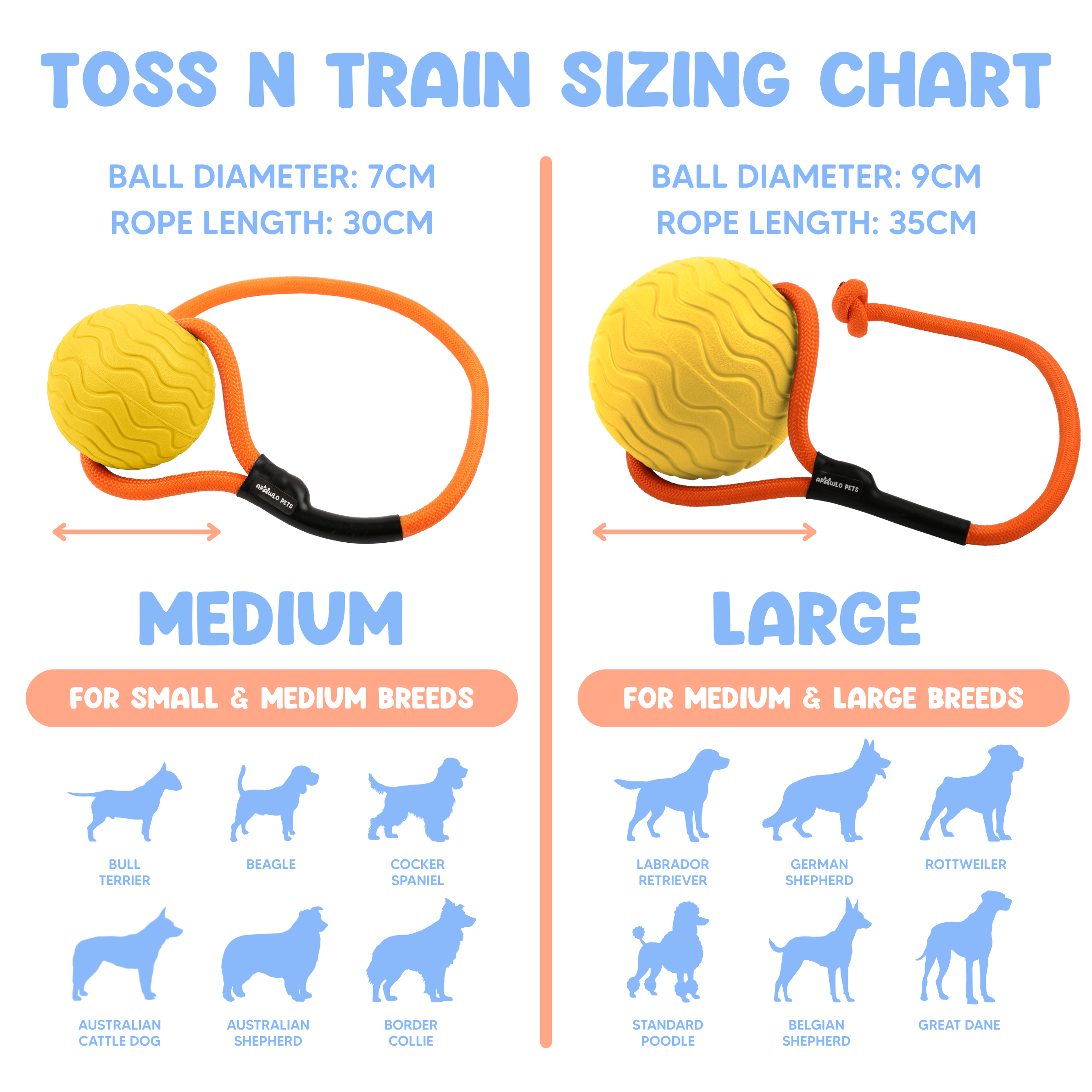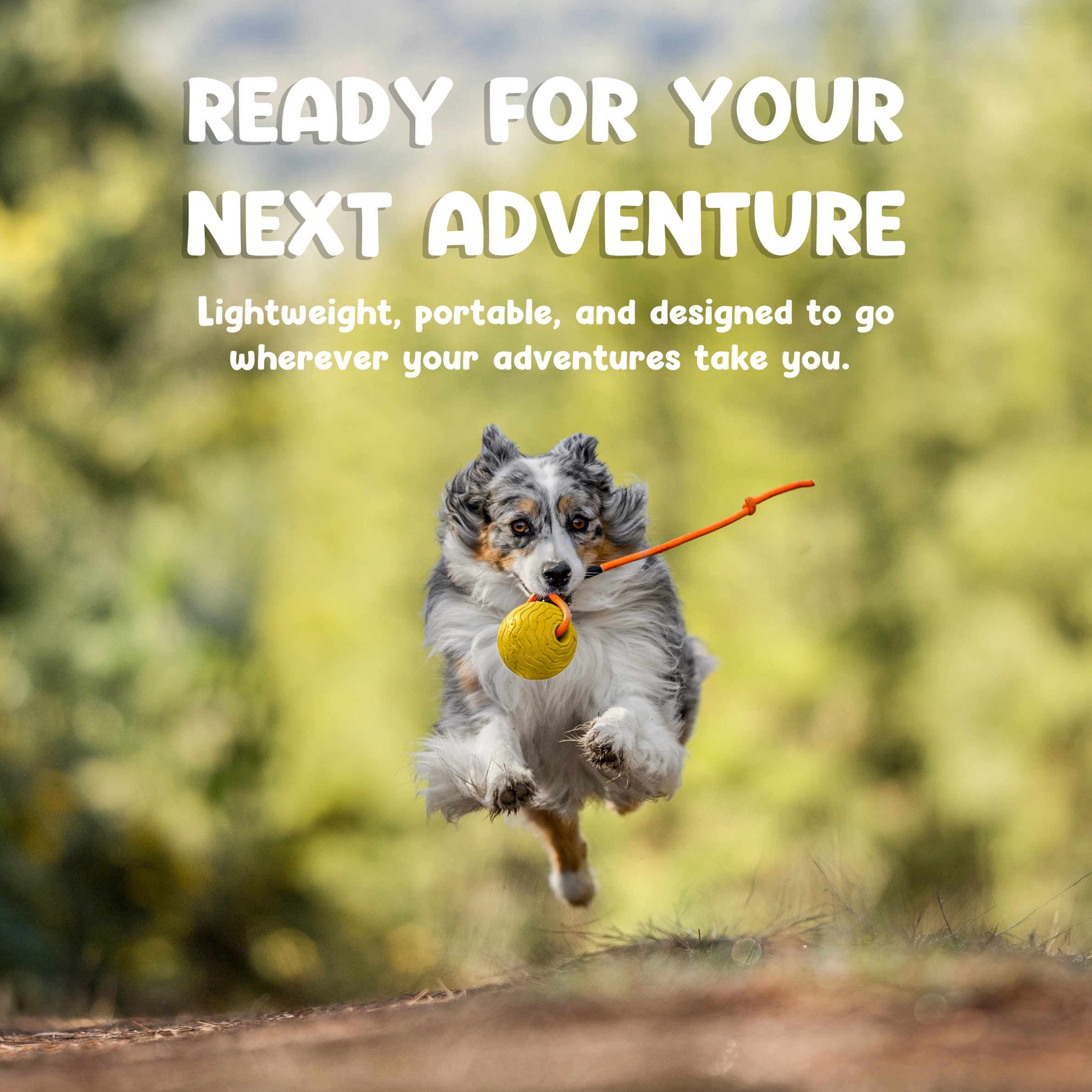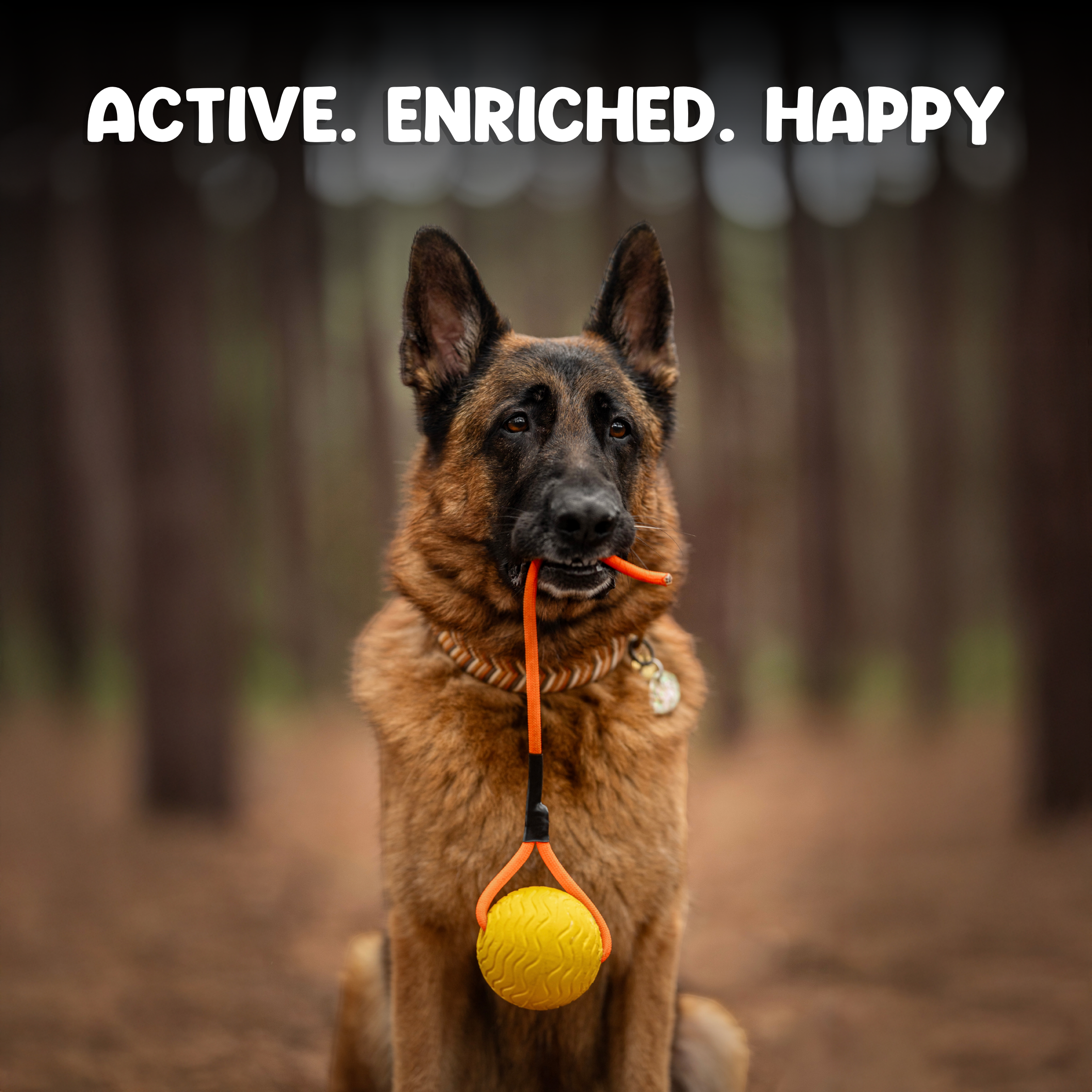Reactive Dog Behaviour: Causes, Signs, and How to Manage It
Reactive dog behaviour can feel daunting for many pet parents. When your dog barks, lunges, or growls at the sight of other dogs, people, or even moving objects, it can turn simple walks into stressful outings. But reactivity doesn’t mean your dog is aggressive or bad or naughty—it’s often rooted in fear, anxiety, or frustration.
The good news is, reactivity is common and manageable with the right approach. By learning to understand your dog’s triggers and body language, and applying positive, consistent strategies, you can help your pup feel safer, calmer, and more confident in their everyday life.

What Is Reactive Behaviour in Dogs?
Reactive dog behaviour refers to an exaggerated response to certain triggers in the environment. Instead of calmly observing or ignoring a stimulus, a reactive dog might bark, lunge, or growl. These behaviours don’t necessarily mean a dog is truly aggressive; more often, they stem from fear, anxiety, overexcitement, or frustration.
Common triggers for reactive behaviour include:
-
Other dogs
-
Unfamiliar people
-
Fast-moving objects like bicycles, skateboards, or runners
-
Loud sounds such as trucks or fireworks
-
Wildlife, livestock, or other animals
For many dogs, these situations can feel overwhelming, and their reactions serve as a way to release built-up stress or cope with fear, frustration, or over-arousal.
It’s also important to understand the difference between reactivity and aggression. While they may appear similar on the surface, true aggression stems from an intent to cause harm, whereas reactivity is typically a response to frustration, overstimulation, or insecurity. Recognising this distinction is key to supporting your dog with patience and the right training approach.

Recognising the Signs of Reactivity
Reactivity doesn’t just “come out of nowhere”. Most dogs give plenty of hints before they bark, lunge, or growl—it’s just up to us to notice them. By learning to spot these signals early, you can step in before your dog feels overwhelmed and help them succeed in tricky situations.
Decoding Dog Body Language
Dogs speak through body language long before they make a sound. Some common stress signals include:
-
Tail tucked low
-
Whale eye (showing the whites of their eyes)
-
Lip licking or yawning when not tired
-
Stiff posture or frozen movement
-
A sudden closed mouth
These are your pup’s way of saying, “I’m not comfortable right now.” Picking up on these subtle cues lets you create space or redirect before things escalate.
Leash Reactivity
Many pups find the world a little more intense when they’re on a leash. Since they can’t move away from what worries them, they might bark, pull, or lunge to try to cope. This is especially common on walks when surprises—like another dog turning the corner—happen fast.
The good news? You can set your dog up for calmer walks by giving them more room to breathe.
Crossing the street, changing direction, or simply stepping aside creates distance and gives your pup time to process. Over time, they’ll learn that you’ve got their back, and the world won’t feel quite so overwhelming.
The Zones of Reactivity
A helpful way to understand reactivity is through “zones,” which show how close your dog is to going over threshold. Many trainers explain this using a traffic-light style model—the zones of reactivity (see graphic).

Source: Spirit Dog Training
To make progress, aim to keep your dog in the yellow zone, where they’re aware of the trigger but calm enough to learn. If they slip into orange or red, it’s a sign the trigger is too close or intense, and you’ll need to adjust the environment by taking more space.
Causes of Reactive Dog Behaviour
Reactive behaviour doesn’t appear out of nowhere. For many dogs, it’s the result of a combination of genetics, lack of critical period socialisation, life experiences, training, and even health. Understanding the “why” behind your dog’s reactivity is the first step in helping them feel calmer and more secure.
Health-Related Causes
Sometimes reactivity isn’t about behaviour at all—it’s about health. Dogs experiencing pain, discomfort, or sensory decline (such as hearing or vision loss) may react defensively when they feel vulnerable.
Because of this, a vet check should always be the first step if you notice sudden or severe changes in your dog’s behaviour. Ruling out medical issues ensures you’re not overlooking an underlying problem that training alone can’t fix.
Genetics
Some dogs inherit a predisposition to heightened sensitivity or reactivity through their genetic makeup. Just as people can be born with different temperaments, the breeding of certain dogs may result in them being more susceptible to sensitivities in their environment. Genetics alone doesn’t determine behaviour, but it can set the baseline for how a dog processes the world around them and copes with minor to major stressors.

Breed Characteristics
Beyond individual genetics, some dog breeds are simply wired to be more alert and responsive to their surroundings.
Herding breeds, for example, were bred to react quickly to movement, while guardian breeds may naturally be more territorial and protective. This doesn’t mean these dogs are destined to be reactive, but it does increase the likelihood for reactive behaviours to manifest. This means they often need extra socialisation, training, structure, and outlets for their instincts and energy compared to more sociable, easy-going breeds.
Lack of Socialisation
Early socialisation is a critical part of a puppy’s development. Dogs that miss out on positive exposure to different people, dogs, places, and sounds may grow up feeling uncertain or fearful when they encounter them later in life. Without these early experiences, the world can seem unpredictable and overwhelming, making reactivity more likely.
If you’re raising more than one young pup, our guide on raising two puppies together offers tips for creating those positive early interactions and building stronger social skills.
Training and Confidence
Training goes well beyond teaching commands—it’s about changing your dog’s emotional experience and giving them reliable tools to cope. For reactivity, progress comes from working under threshold and pairing the trigger with high-value reinforcement (systematic desensitisation + counter-conditioning) so the trigger predicts positive things.
Start by building alternative behaviours and redirecting your dog’s attention. Helpful exercises include rewarding check-ins with you, reinforcing alternative behaviours that are incompatible with reactive behaviours, loose-lead walking, and patterned U-turns—to help provide a clear, friction-free path to your dog in tough moments.
Just as important is appropriate management. Set your dog up for success by taking paths with fewer distractions, creating space when needed, and providing your dog with decompression time. This prevents trigger stacking—where multiple small stressors accumulate and overwhelm your dog’s ability to stay calm.
Rebuilding your dog’s confidence takes patience. There aren’t quick fixes—real progress comes through consistent, thoughtful practice that strengthens your dog’s belief in their safety and your leadership.

Trigger Stacking
Reactivity doesn’t always come from a single event. Dogs experience stress just like we do, and small stressors can stack up over the course of a day. A loud truck rumbling past in the morning, a rough play session at the park, or a headache can all add layers of stress.
By the time the last trigger shows up, your dog may tip over into a full-blown reaction, even if they normally cope with that situation. Recognising trigger stacking helps you understand why your dog might react more intensely some days than others.
When a dog has a reactive outburst, their body floods with stress hormones like adrenaline and cortisol. These chemicals don’t disappear instantly—depending on the dog, it can take hours to a full day for their system to return to baseline. If another trigger happens before the dog has recovered, they’re more likely to react again.
Building in recovery time, calm activities, and decompression walks gives their nervous system a chance to reset, making reactivity less likely during your next outing.
The Layered Stress Model
While Trigger Stacking can help explain short-term flare-ups, many reactive behaviours can stem from an underlying accumulation of stress—what trainers call the Layered Stress Model. This model, as refined by Chad Mackin, suggests that a dog's behaviour is influenced by multiple layers.
At the base are essentials like clear communication and good health, then layers like lifestyle, clarity in training, and leash use. On top of that come daily triggers—things like another dog suddenly appearing or a loud noise. When too many layers are unstable, even a small trigger can set off a big reaction.

This model highlights why it’s important to look beyond single incidents of reactivity. Supporting your dog’s overall well-being—from physical health and rest to clear training and a suitable lifestyle—helps peel back those stress layers so they’re less likely to “blow up” when faced with triggers or other stressful events.
How to Manage Reactive Dog Behaviour
Helping a reactive dog doesn’t mean “fixing” them overnight—it’s about setting them up for success with patience, structure, and a little creativity. By managing their environment, reshaping their associations, and getting support when needed, you can make the world feel a lot less overwhelming for your pup.
Breaking the Cycle of Reinforcement
Every time a dog rehearses reactivity—barking, lunging, or growling—and the trigger moves away, that behaviour gets reinforced. From the dog’s perspective, the strategy “worked,” which makes them more likely to repeat it next time. This creates a cycle of reinforcement that strengthens the very behaviour we’re trying to reduce.
To break this cycle, the first step is management—preventing opportunities for your dog to keep practising reactivity. This might mean giving more space to triggers or walking in quieter areas. The less your dog rehearses the unwanted behaviour, the easier it becomes to replace it.
Next, we need to shift toward reinforcing the behaviours we want instead—like disengaging from a trigger, checking in with you, or other calm, appropriate behaviours. The goal is to create a stronger reinforcement history for the desired behaviours than the history of reactive responses. The more often your dog is successful at these alternatives, the more naturally they’ll choose them over reacting.

Create a Supportive Environment
Think of the environment as your dog’s training stage—if it’s too intense, the performance won’t go well. A good rule of thumb is aiming for your dog to be at least 90% successful in these sessions. That means setting them up with the right distance, timing, and environment so they can consistently earn rewards for the right choices.
Don’t overwhelm them—just 4–5 quality repetitions per session is plenty, with breaks in between to allow for processing. You can also shake off any built-up stress with some play. Over time, this steady practice builds a reinforcement history of calm, confident behaviour that outweighs the old reactive patterns.
Counter-Conditioning Techniques
Reactivity is rooted in emotion, so the goal isn’t just to stop the barking—it’s to change how your dog feels about their triggers. This is where counter-conditioning comes in.
-
Find your dog’s threshold: Work at a distance where they notice the trigger but don’t react (yellow zone).
-
Pair triggers with rewards: Every time your dog sees the trigger, make amazing things happen. As we like to say, throw a party for your dog! Shower them with praise, treats, or engage in an exciting game of tug.
-
Take it slow: Gradual, consistent practice builds new associations over time.
Because progress can take weeks or even months, many pet parents find it helpful to track their sessions with tools like the Back to Basics Weekly Dog Training Planner. It keeps goals consistent and lets you see how far your dog has come. With patience and structure, your pup can go from “Uh oh, scary!” to “Oh hey, treats!”
Seek Professional Help
Sometimes, the most supportive step you can take is reaching out for expert guidance. Qualified trainers and behaviour professionals can create personalised training plans that suit your dog’s specific needs. In Australia, this may mean working with a certified trainer, veterinary behaviourist, or an accredited professional through organisations such as the National Dog Trainers Federation, Delta Institute, or APDT.
But remember—a certificate alone doesn’t always mean the trainer has the right experience for your dog. It’s worth doing your homework: read reviews, ask questions, and, if possible, talk to people who are heavily involved in the dog world. First-hand recommendations are often the best way to find someone skilled, compassionate, and proven with reactive dogs.
For dogs whose reactivity may be linked to deeper issues like anxiety or pain, a veterinary behaviourist can be invaluable. They combine medical insight with behaviour expertise to get to the root of what’s going on. Think of these professionals as your teammates—helping you and your pup move forward with confidence.

Conclusion: Helping Reactive Dogs Thrive
Reactive dog behaviour can feel overwhelming for pet parents, but it doesn’t define who your dog is. With the right mix of patience, consistency, and compassion, these challenges can become opportunities for growth and deeper connection.
Every small step—whether it’s staying calm during a walk or focusing on you instead of a trigger—is a victory worth celebrating. By creating safe environments, using effective reinforcement strategies, and seeking professional support when needed, you can help your dog build confidence and resilience in all situations.
In the end, addressing reactivity isn’t only about managing behaviours—it’s about nurturing trust, joy, and a calmer, happier life together.
Frequently Asked Questions About Reactive Dog Behaviour
Can puppies show signs of reactivity?
Yes, even young dogs can show reactivity when they feel overwhelmed. Early, gentle socialisation helps prevent it from becoming a long-term issue.
Do reactive dogs ever grow out of it naturally?
Some may settle as they mature, but most improve faster with training, guidance, and reinforcement history. Consistency helps them build confidence around triggers.
What equipment can make walks easier with a reactive dog?
The best equipment depends on your individual dog and their strength. The goal is to choose gear that helps your dog recover quickly after a reaction and gives you safe control.
For some, this might mean a well-fitted harness; for others, a sturdy collar, head halter, or double-ended lead works best. Pairing this with a treat pouch ensures you can reinforce calm behaviour right away.
Equipment isn’t a cure for reactivity, but the right setup can help assist in the process, making outings safer and more manageable.
Are certain times of day better for walking a reactive dog?
Yes, quieter times like early mornings or evenings reduce distractions. This makes walks calmer and more enjoyable for both of you.
Is it possible for a reactive dog to enjoy group classes or social activities?
With gradual training and the right setup, many reactive dogs can. Some do best in small, supportive classes tailored for sensitive pups, while others thrive in one-on-one coaching.
It’s also worth exploring dog sports, as many are surprisingly accommodating to reactive dogs. Activities like dock diving, nosework, rally, and trick training often provide plenty of space, structure, and controlled environments that set dogs up for success.
Every club is different, so it helps to talk to trainers and organisers in advance about your dog’s needs. Many are happy to make adjustments, such as giving extra space or letting you enter/exit separately, so you and your dog can still enjoy the experience!


